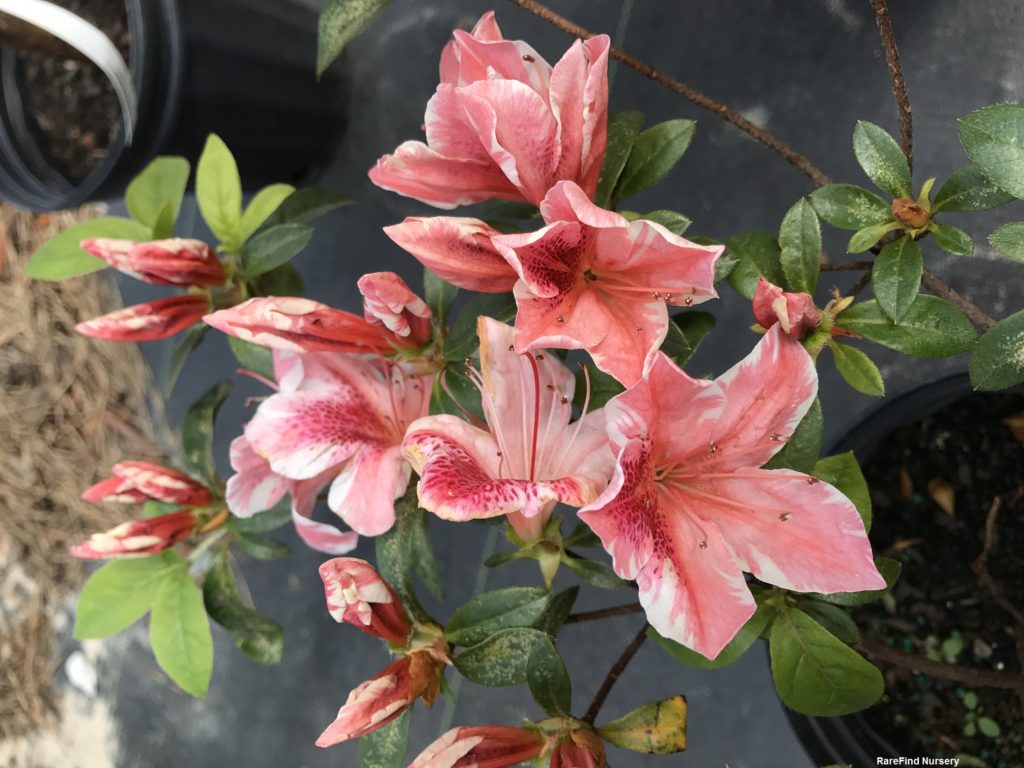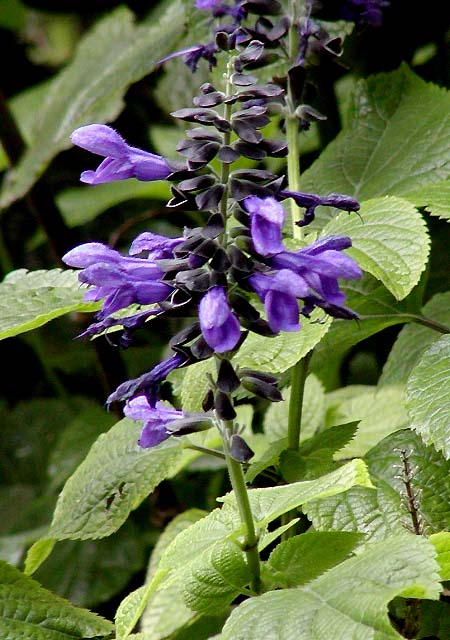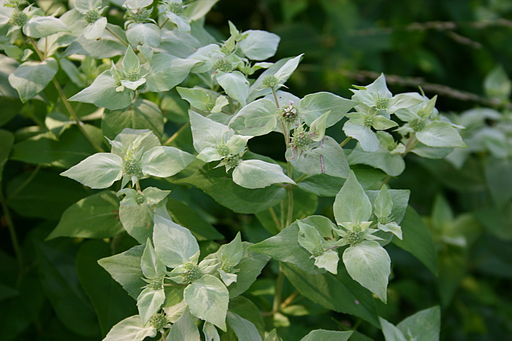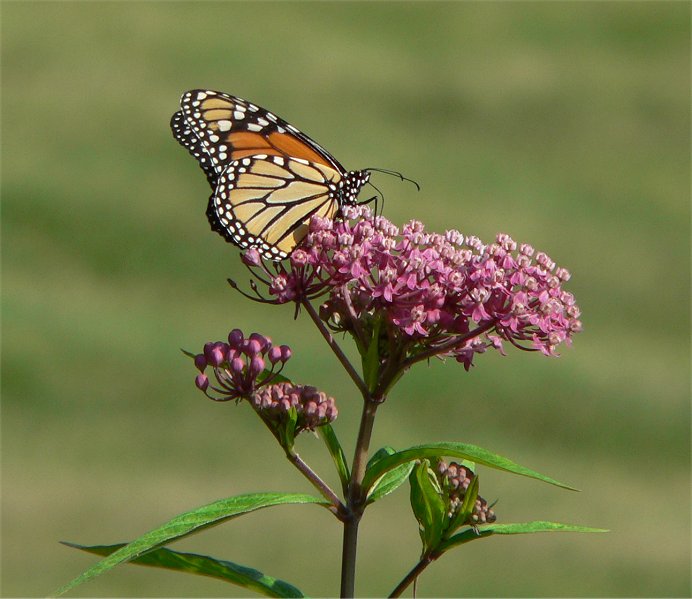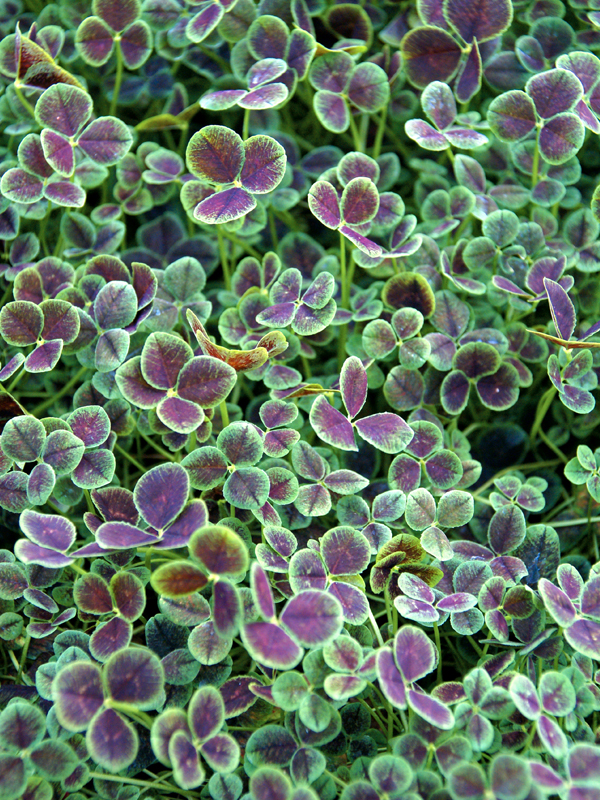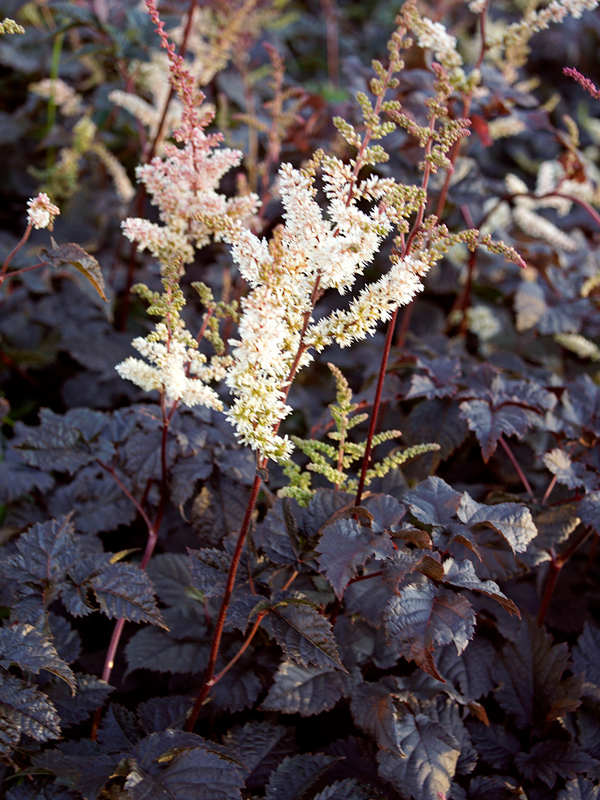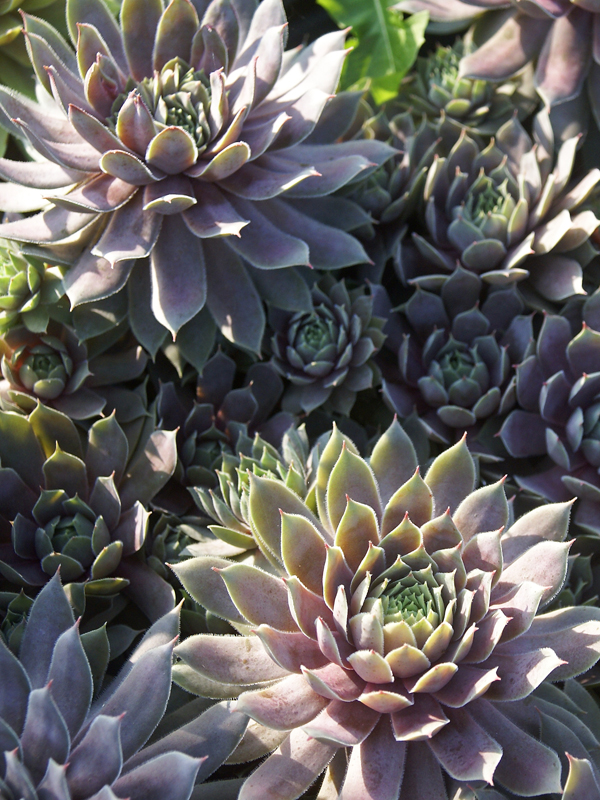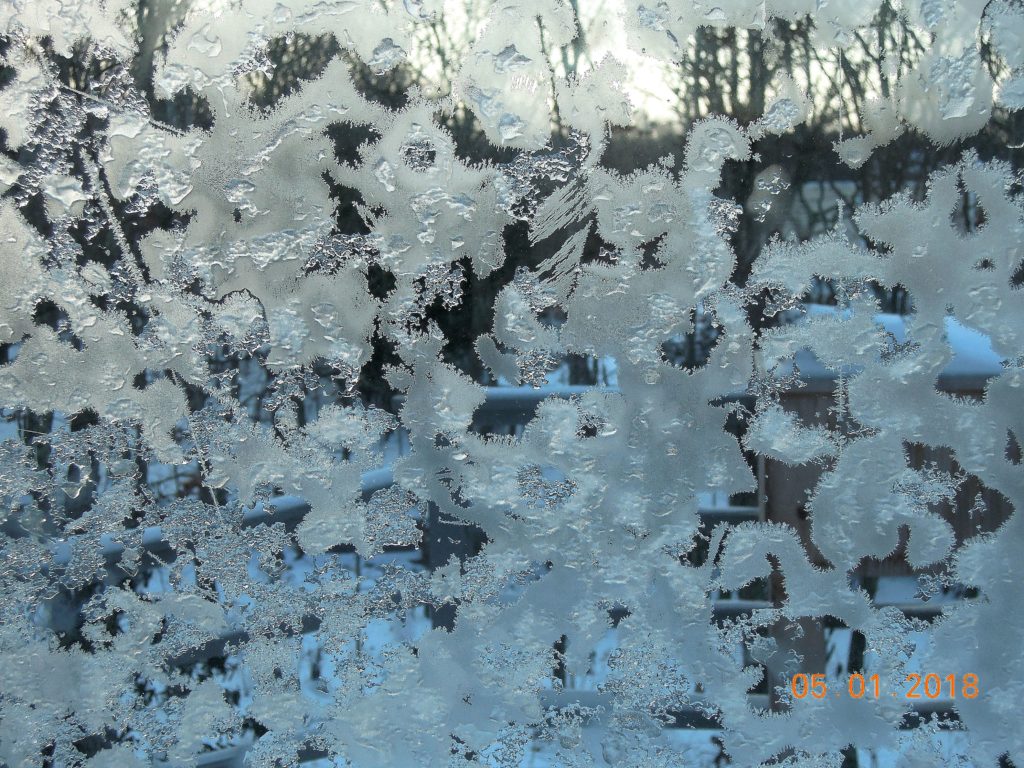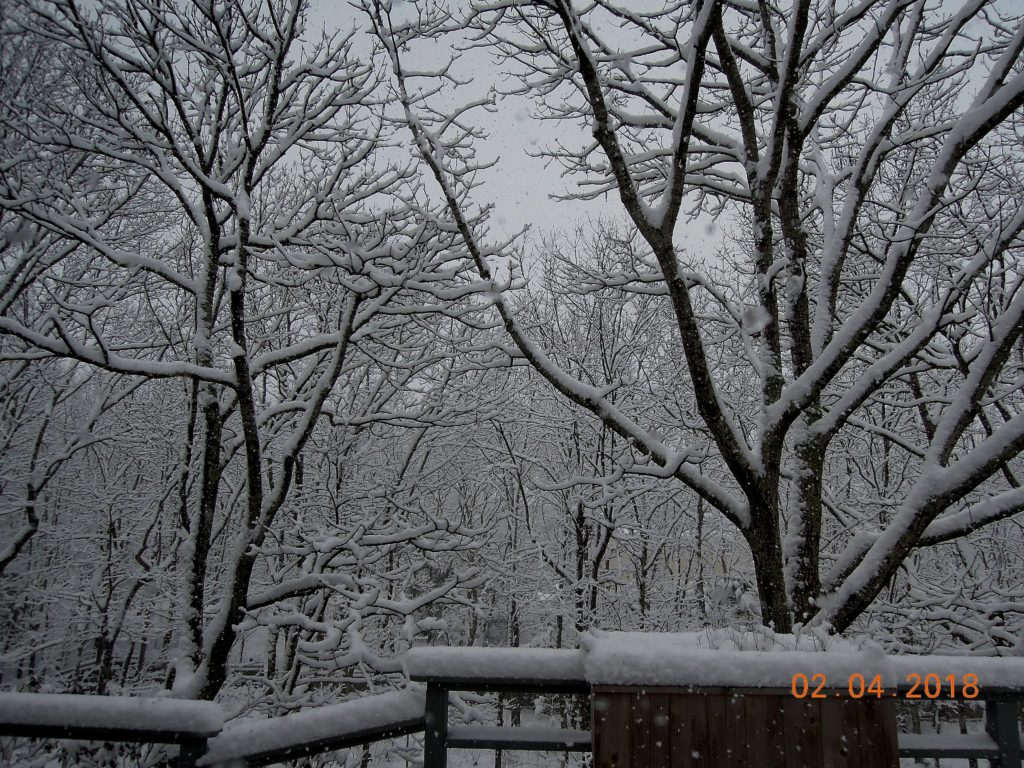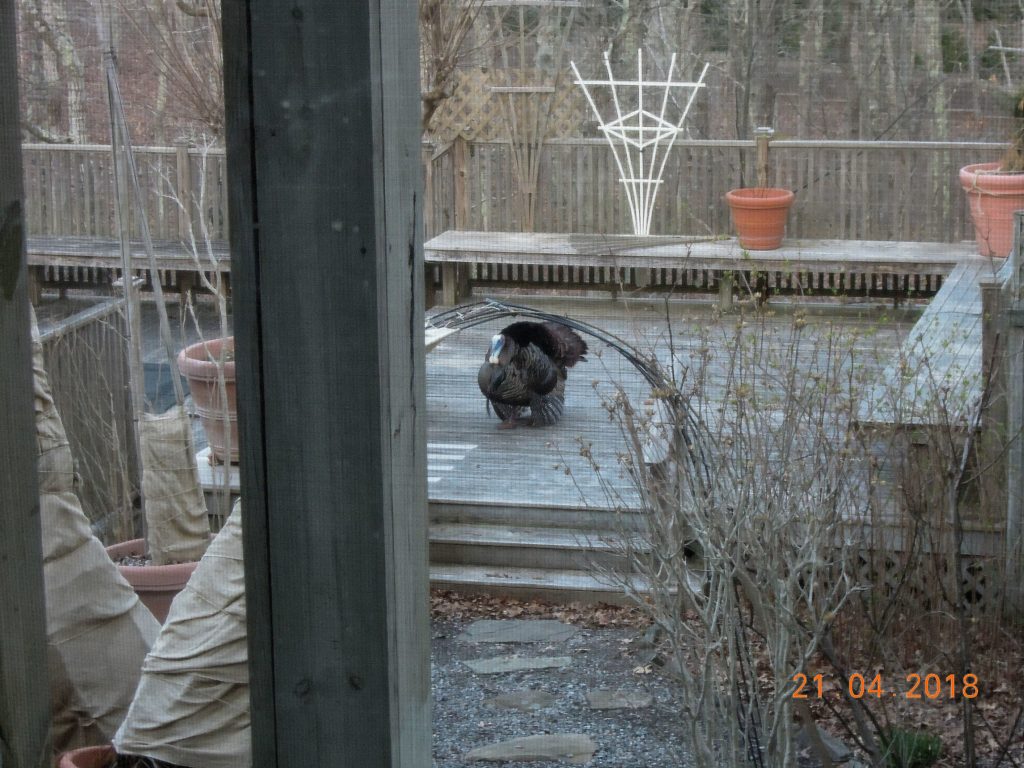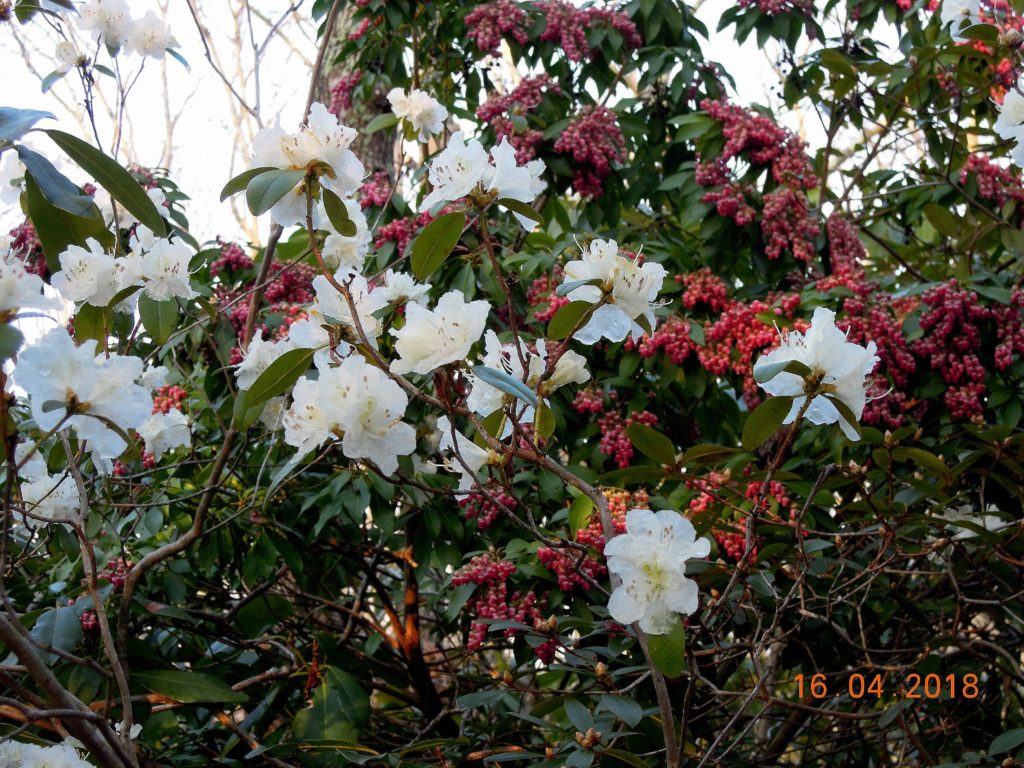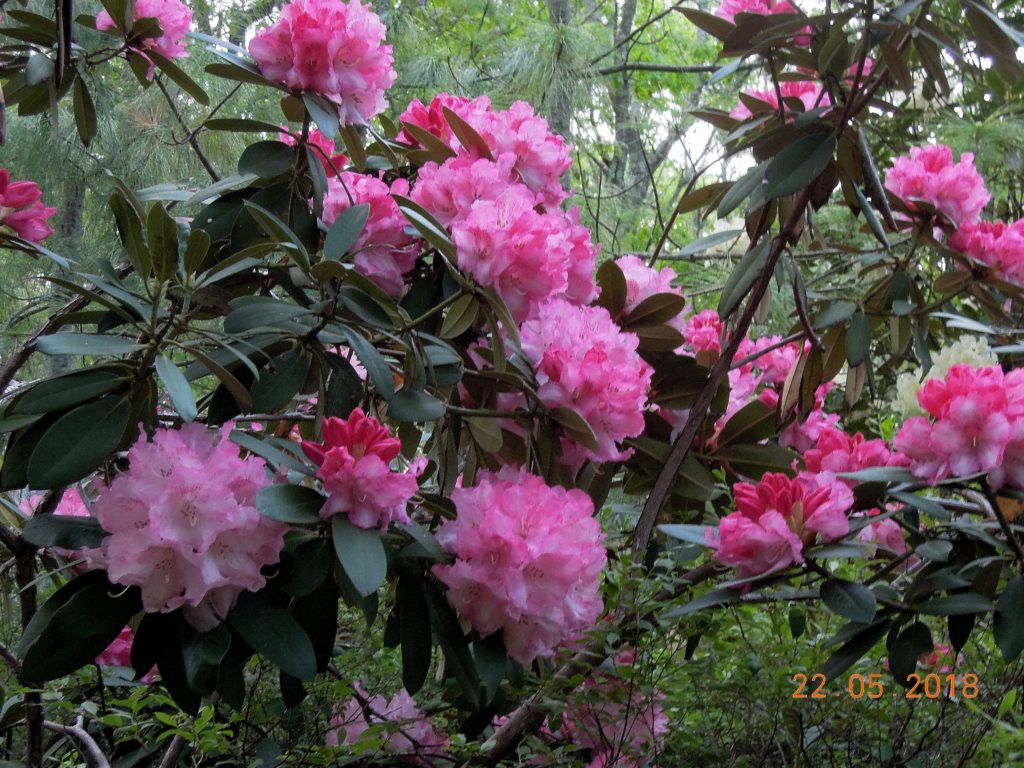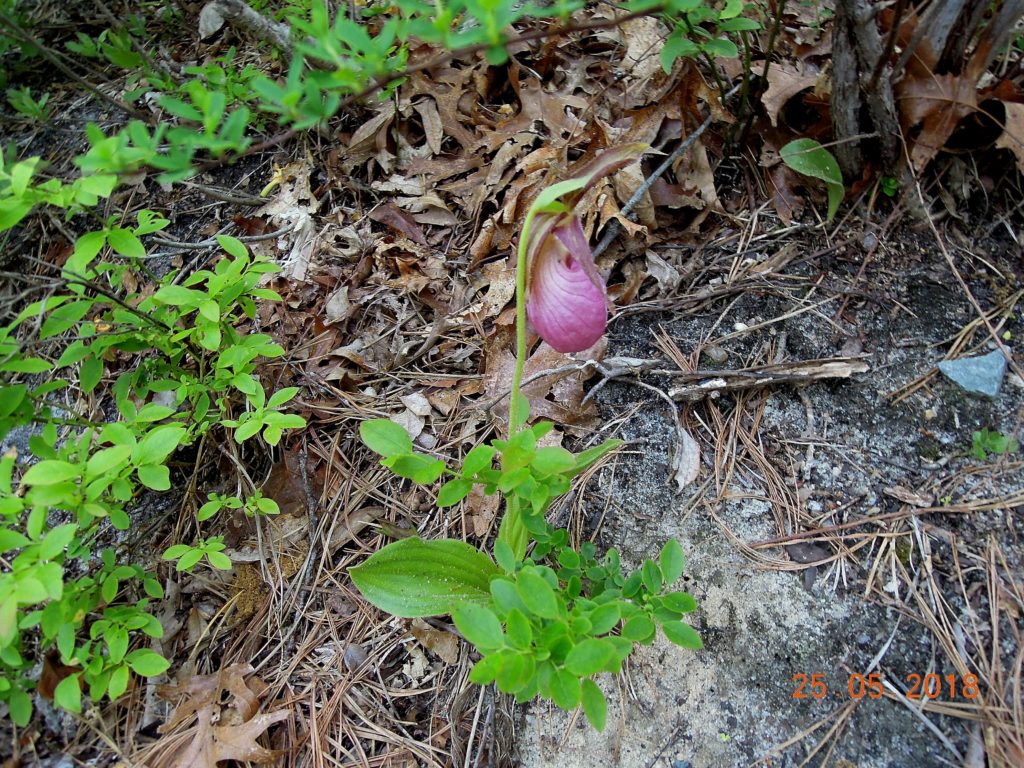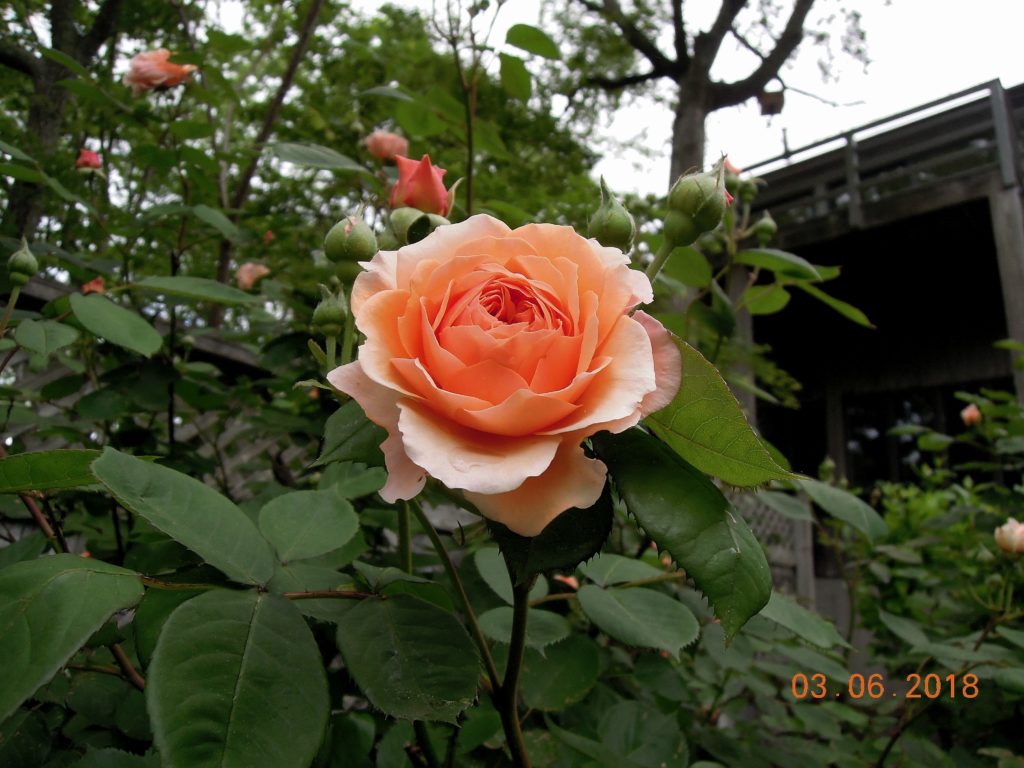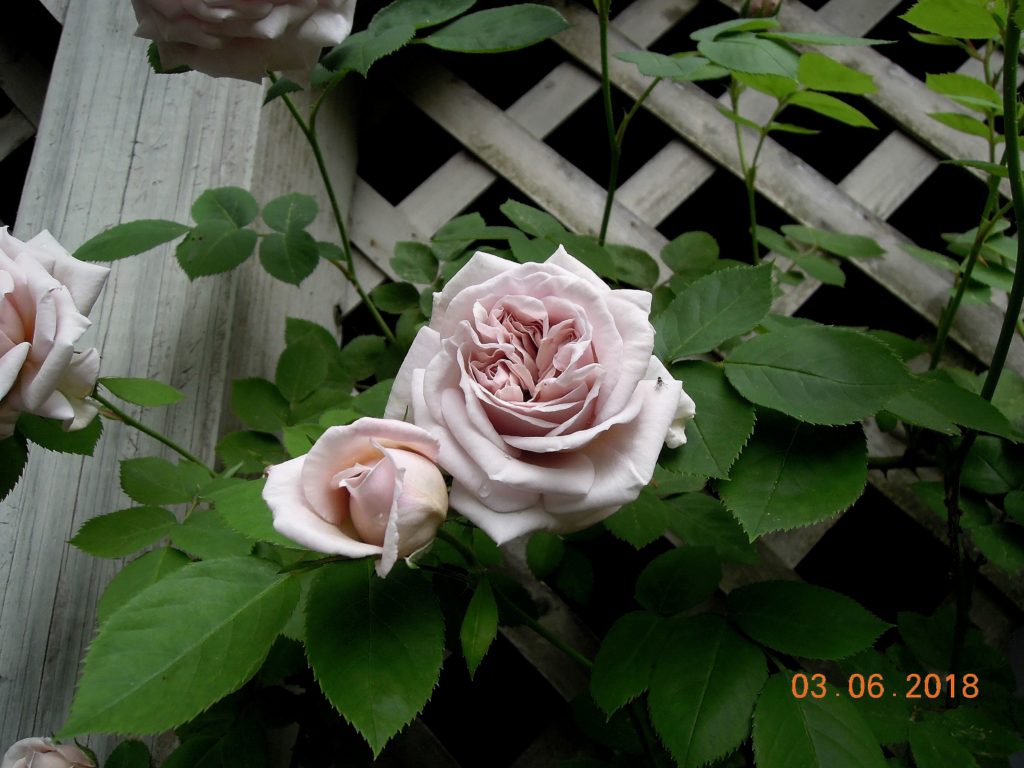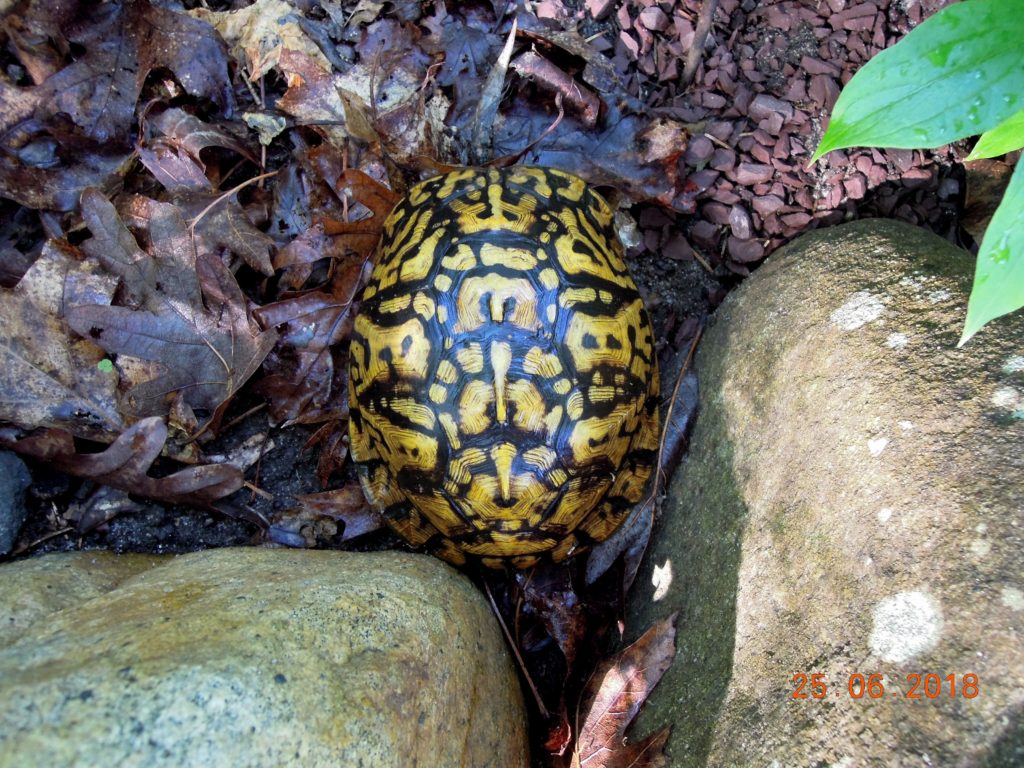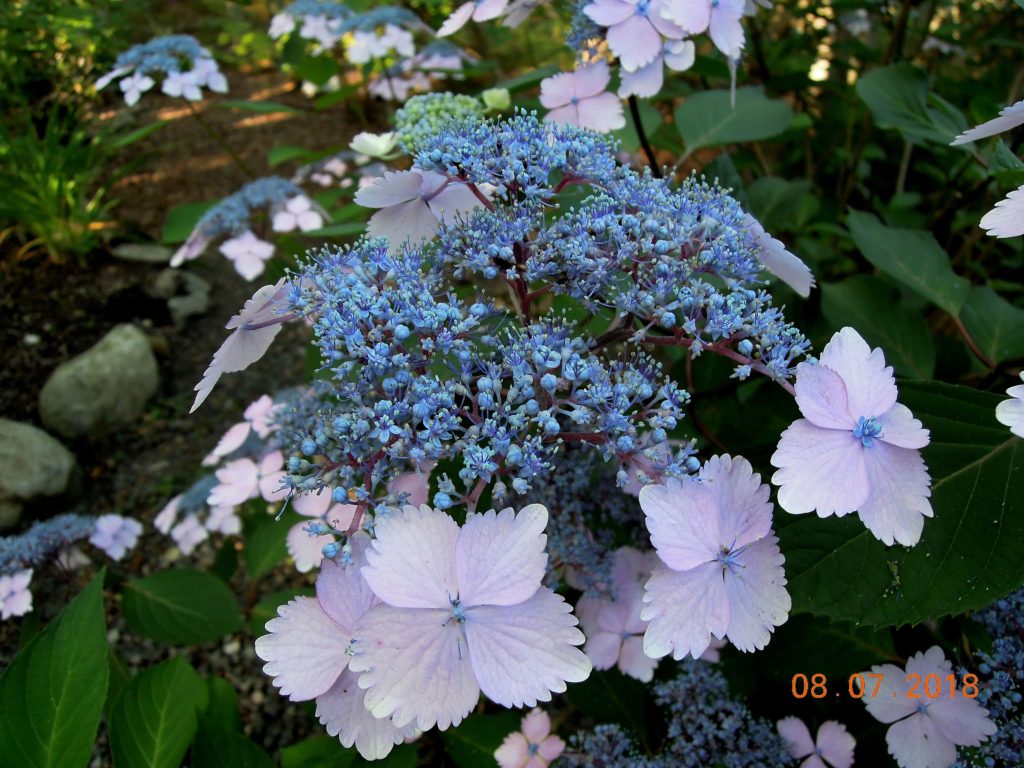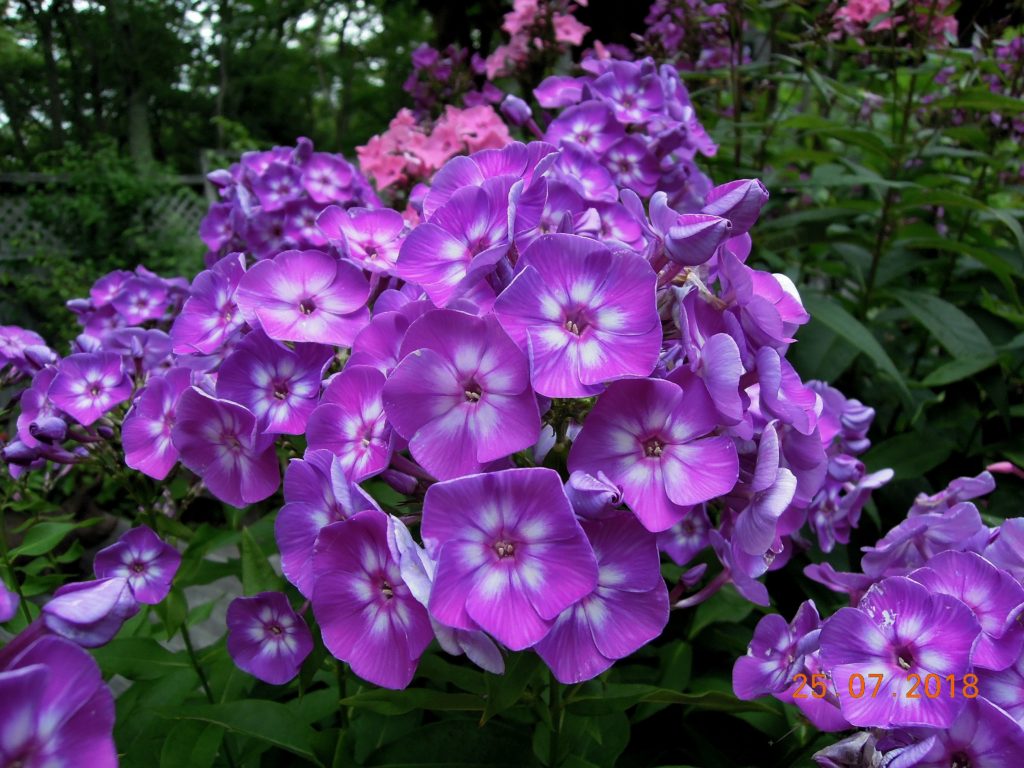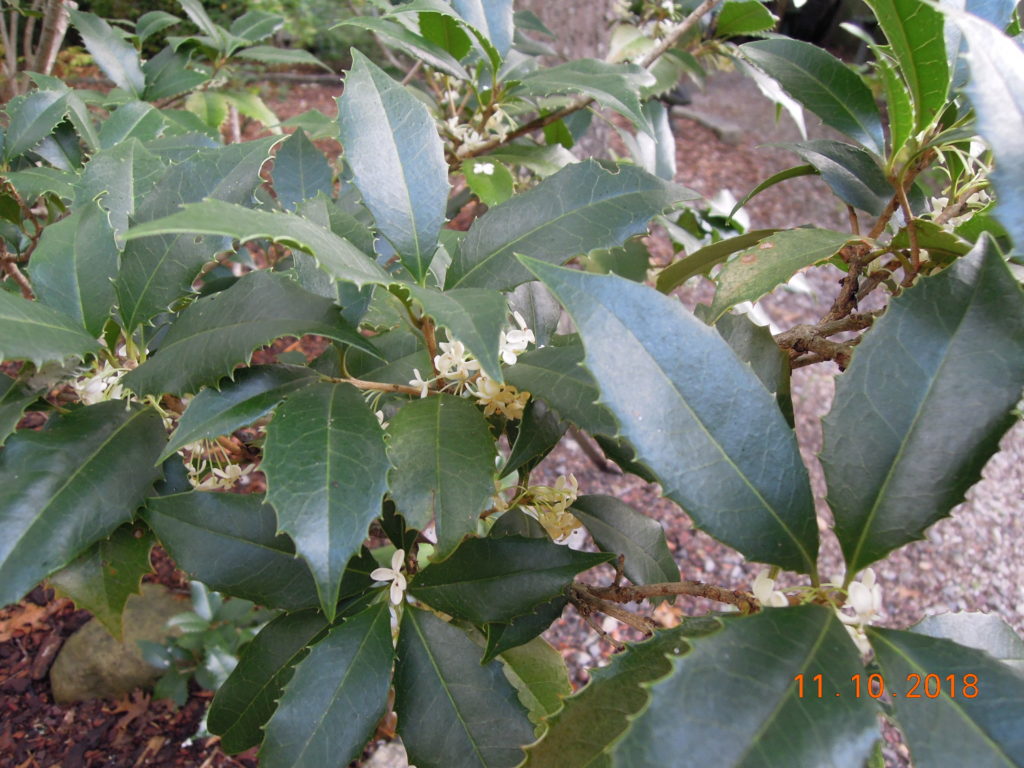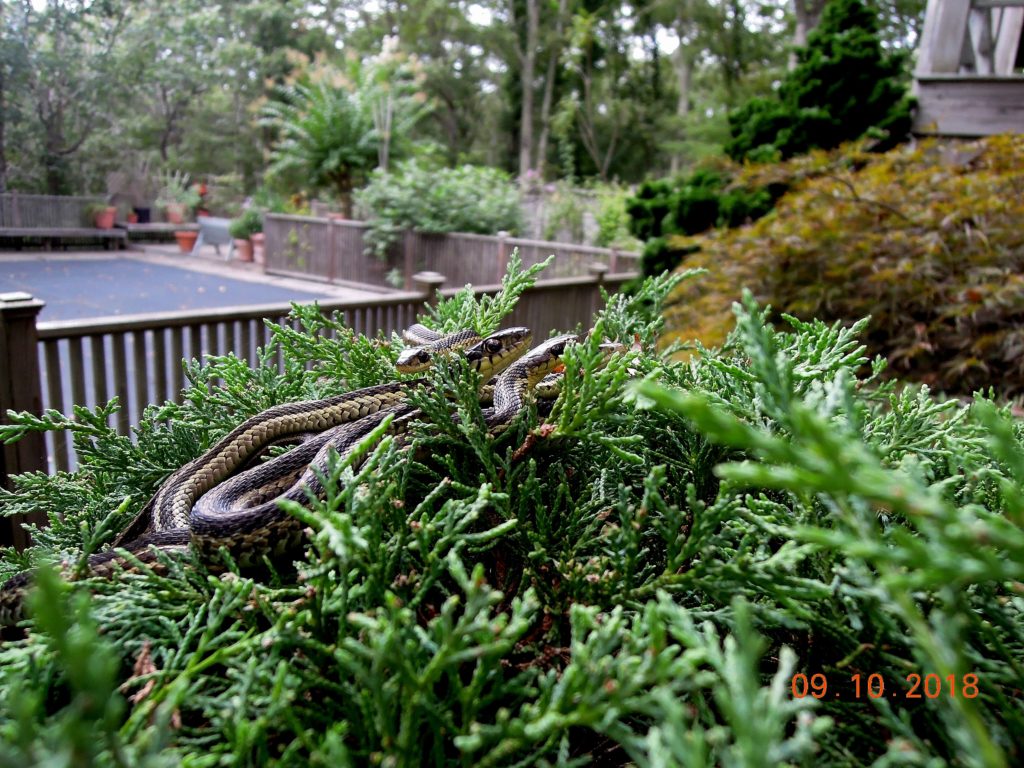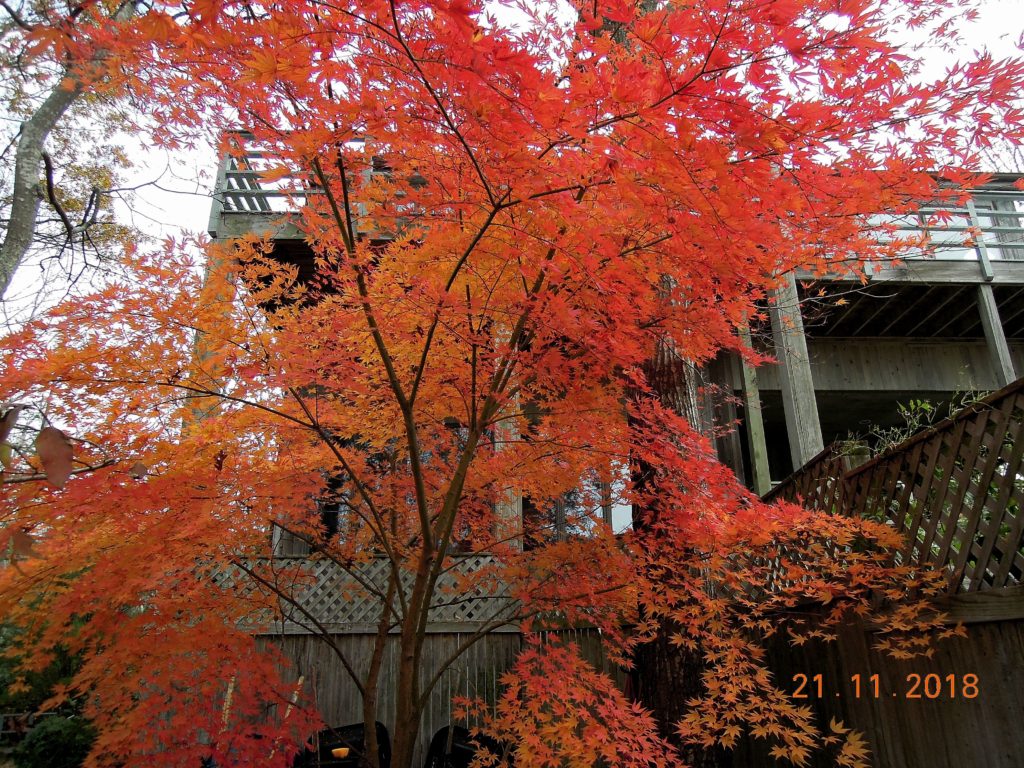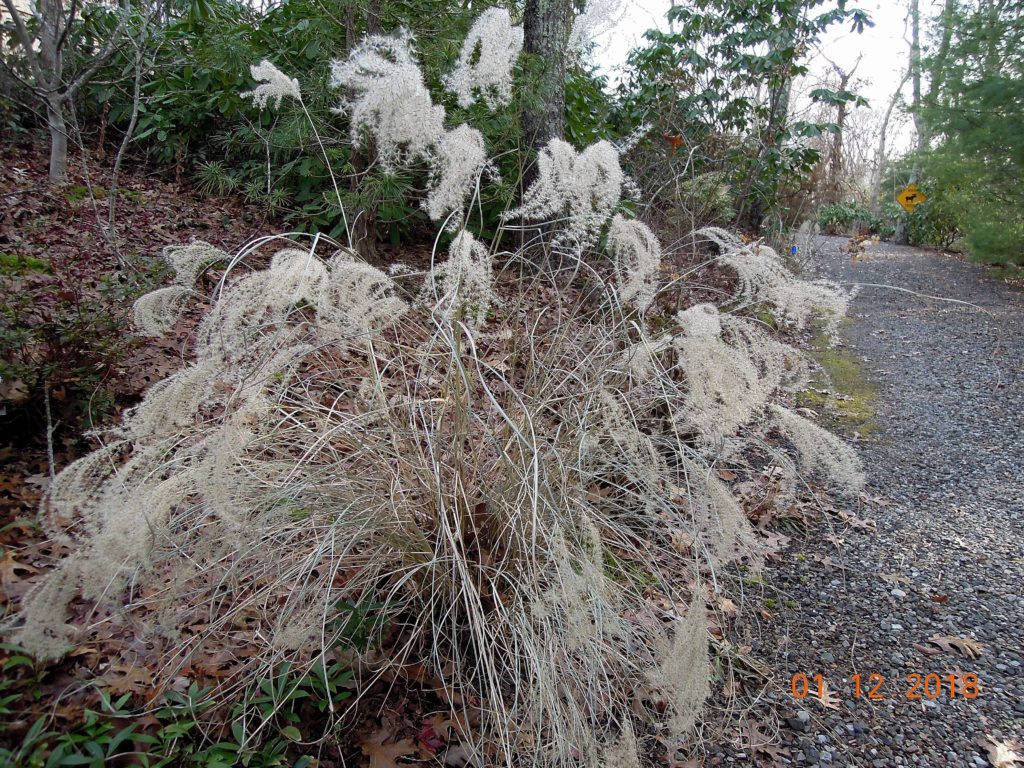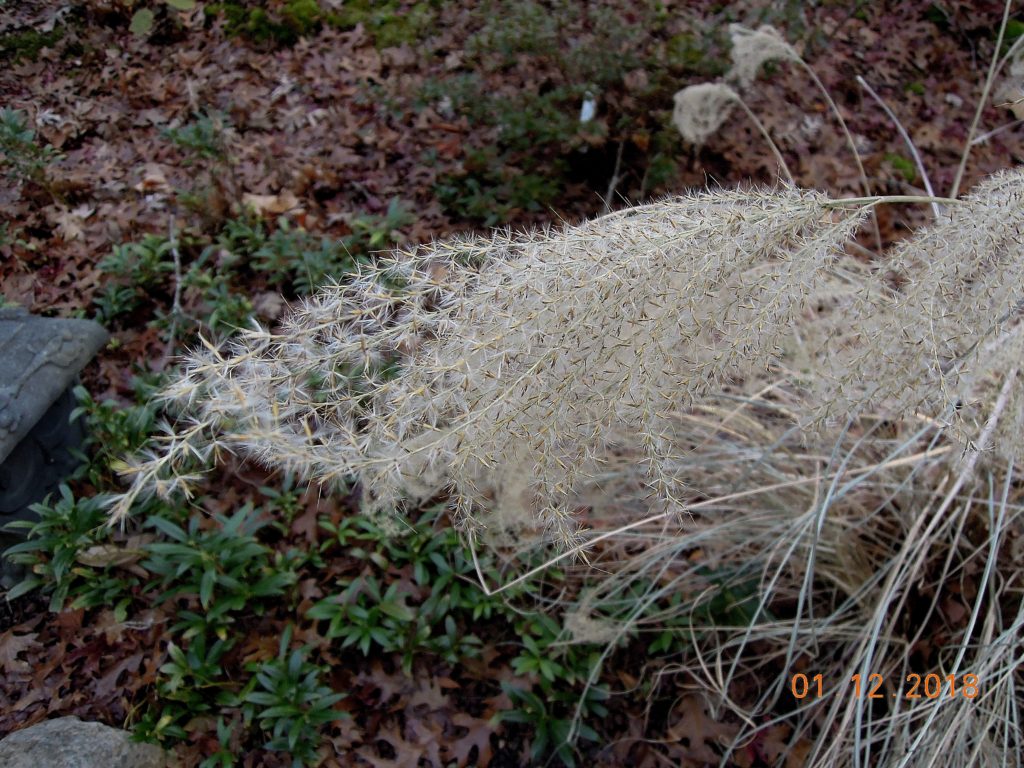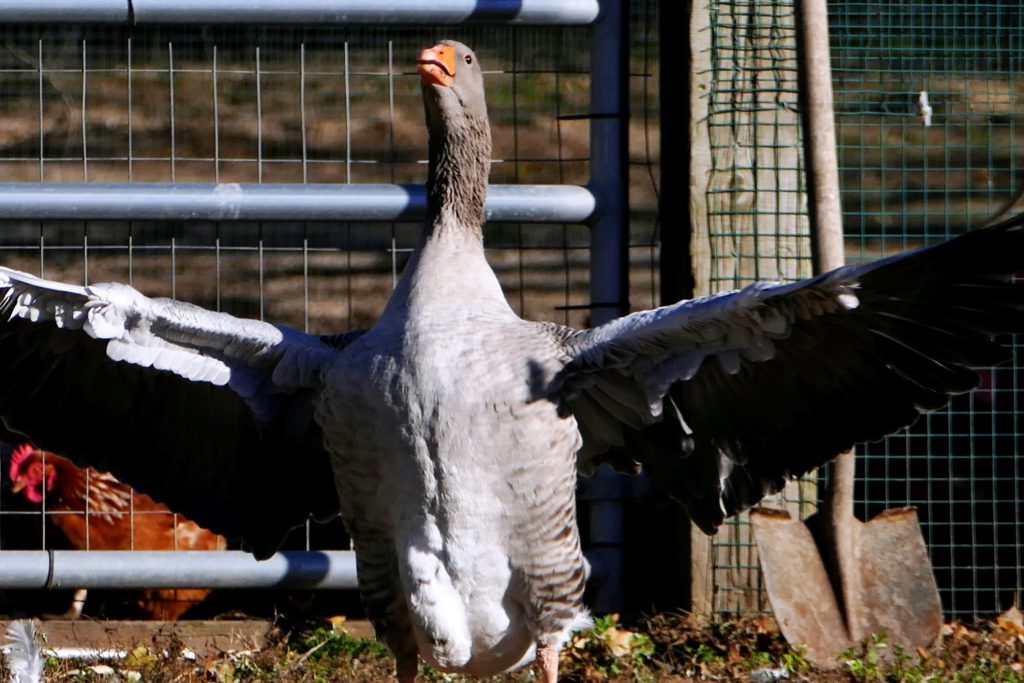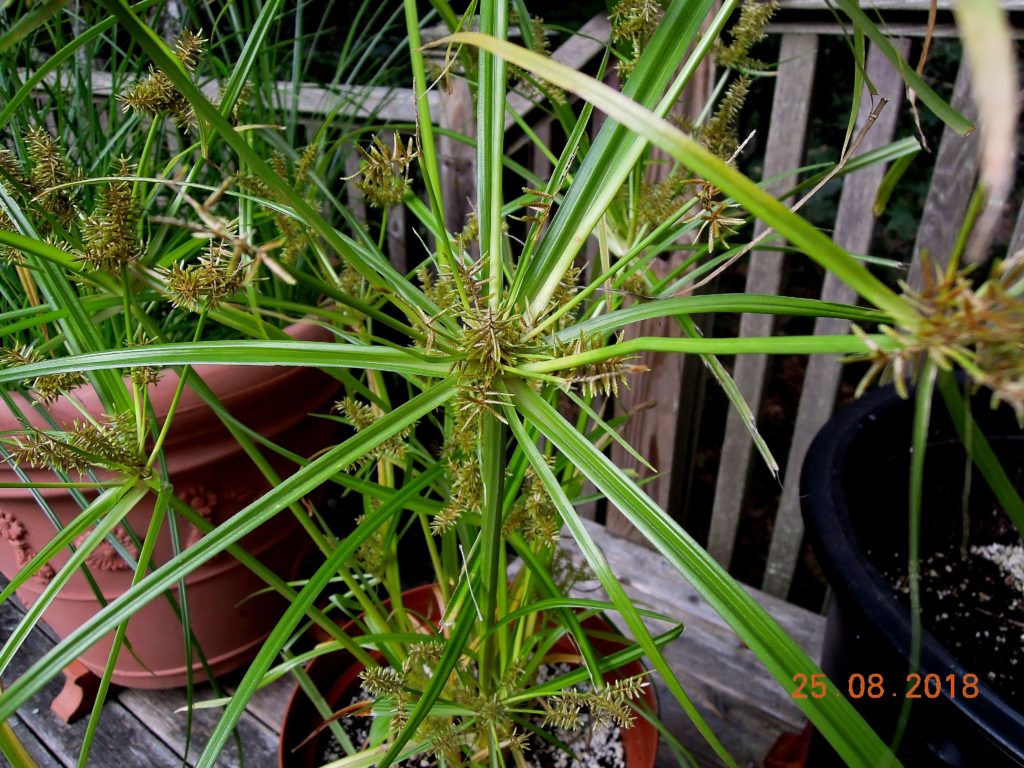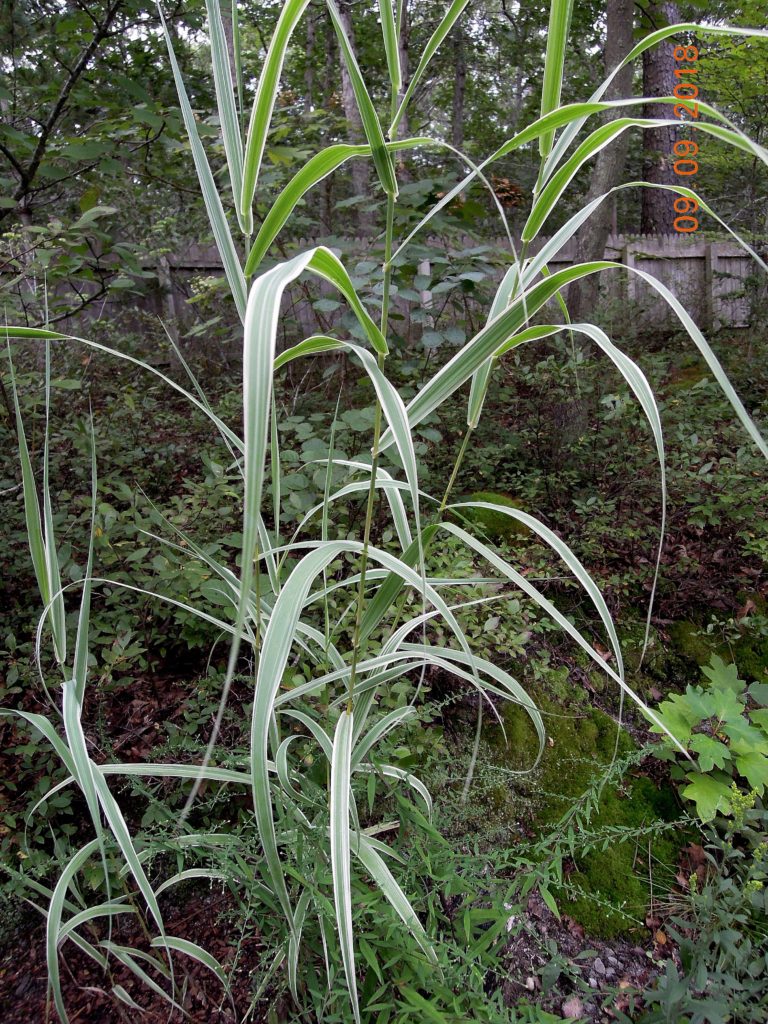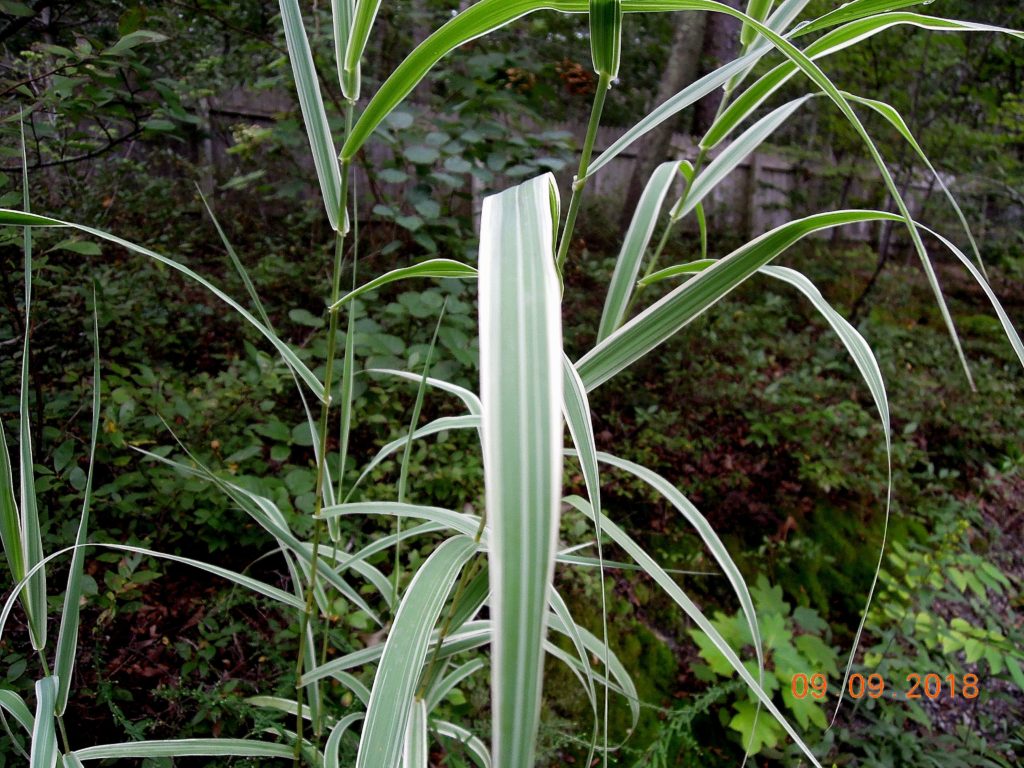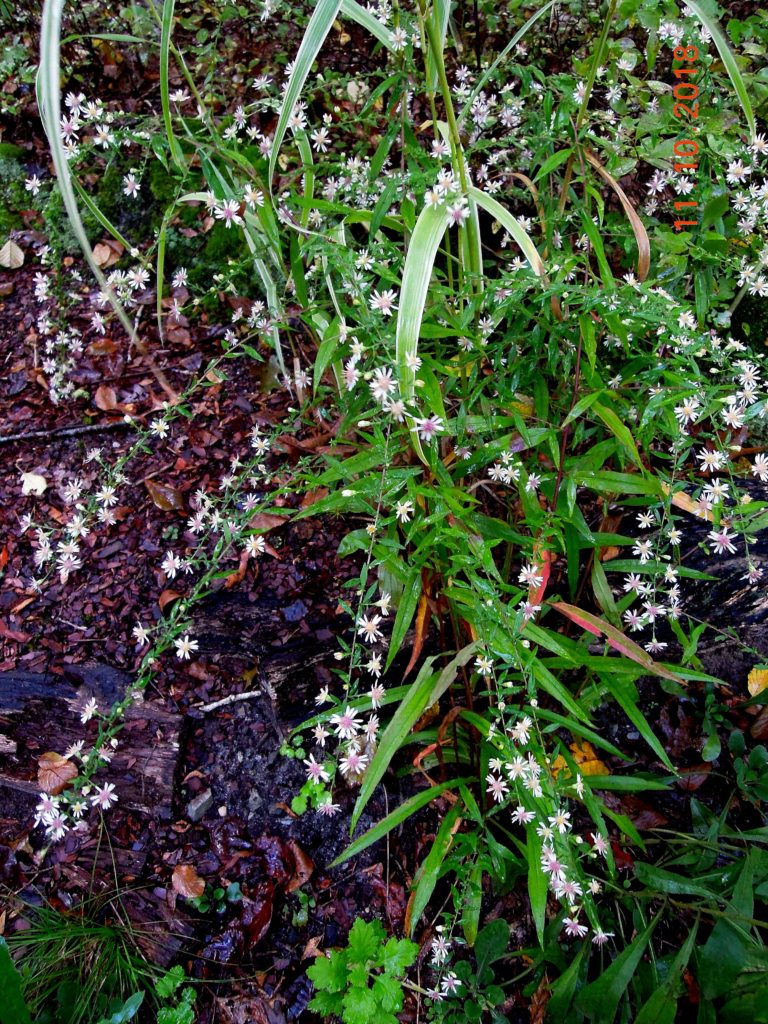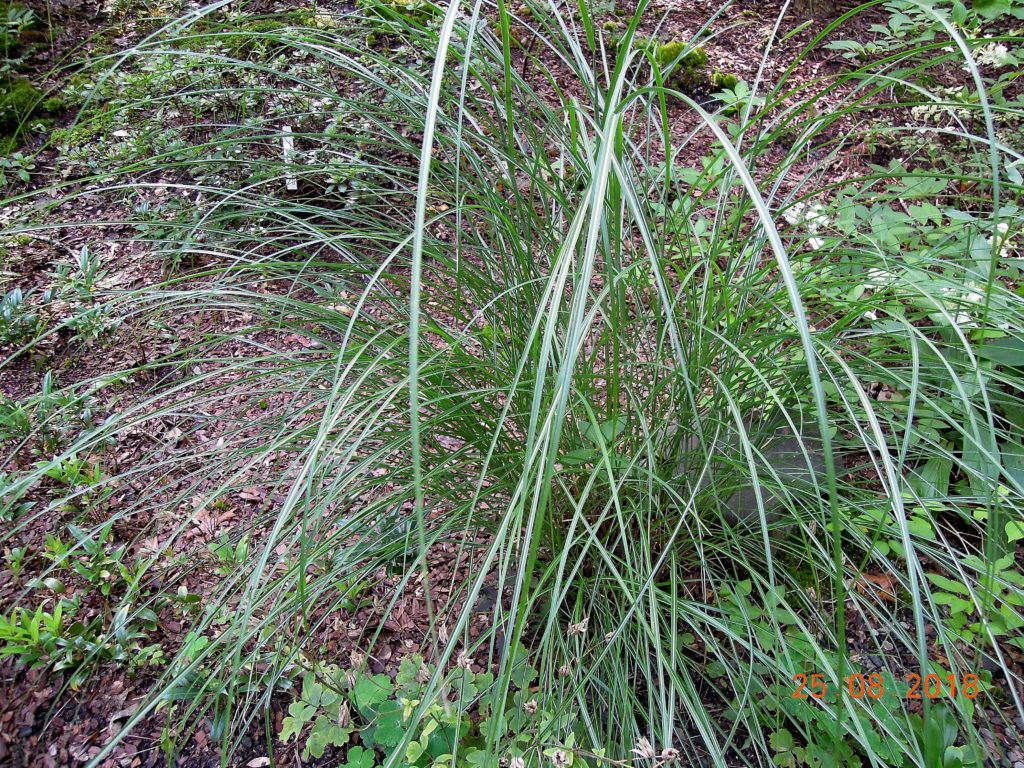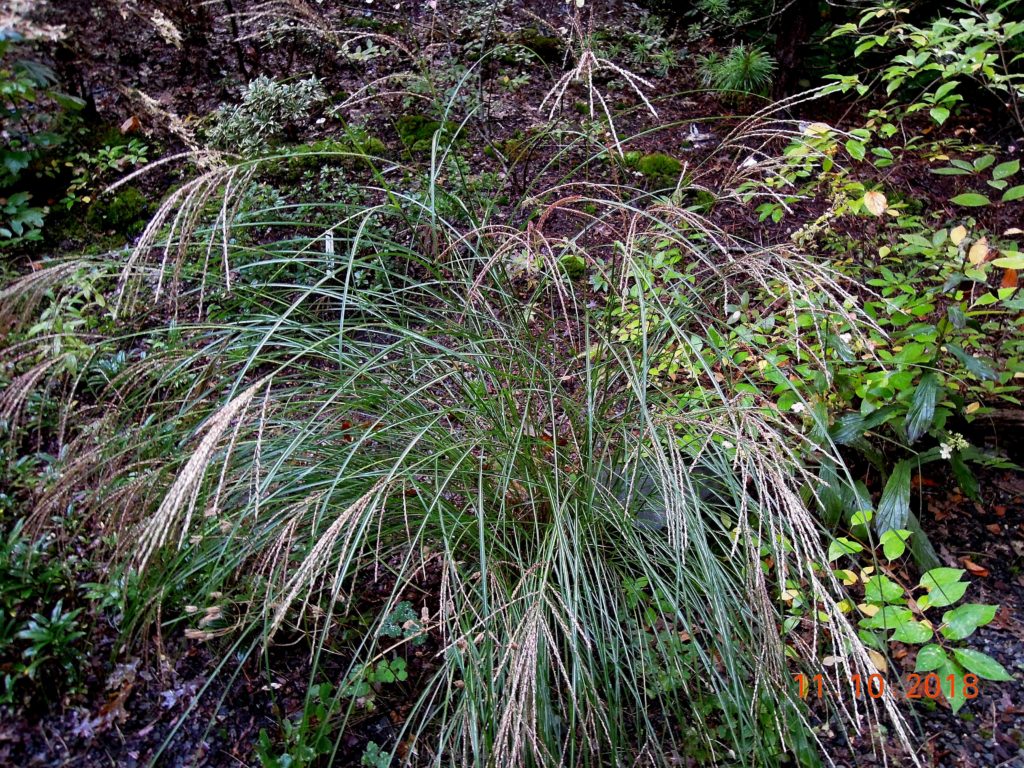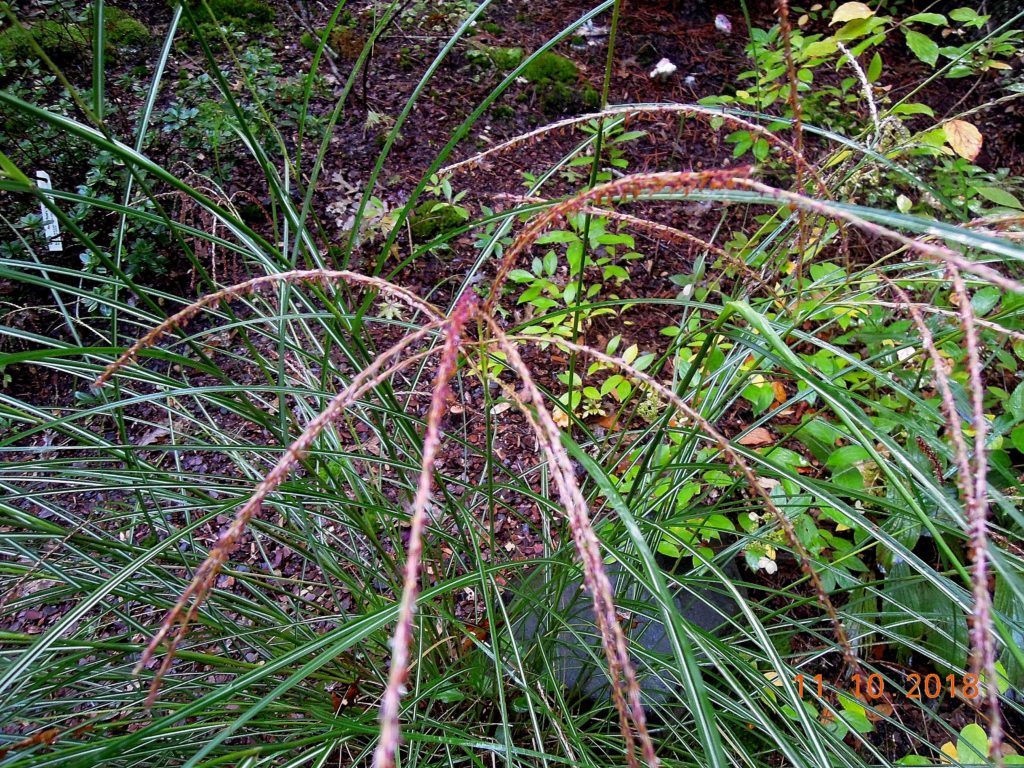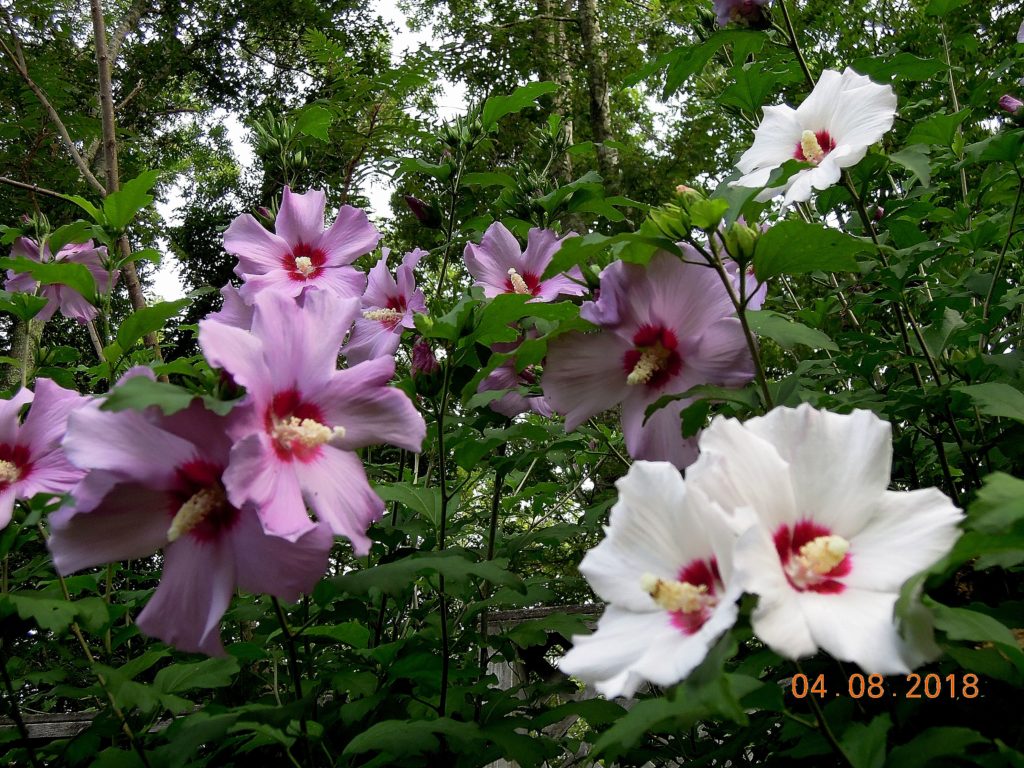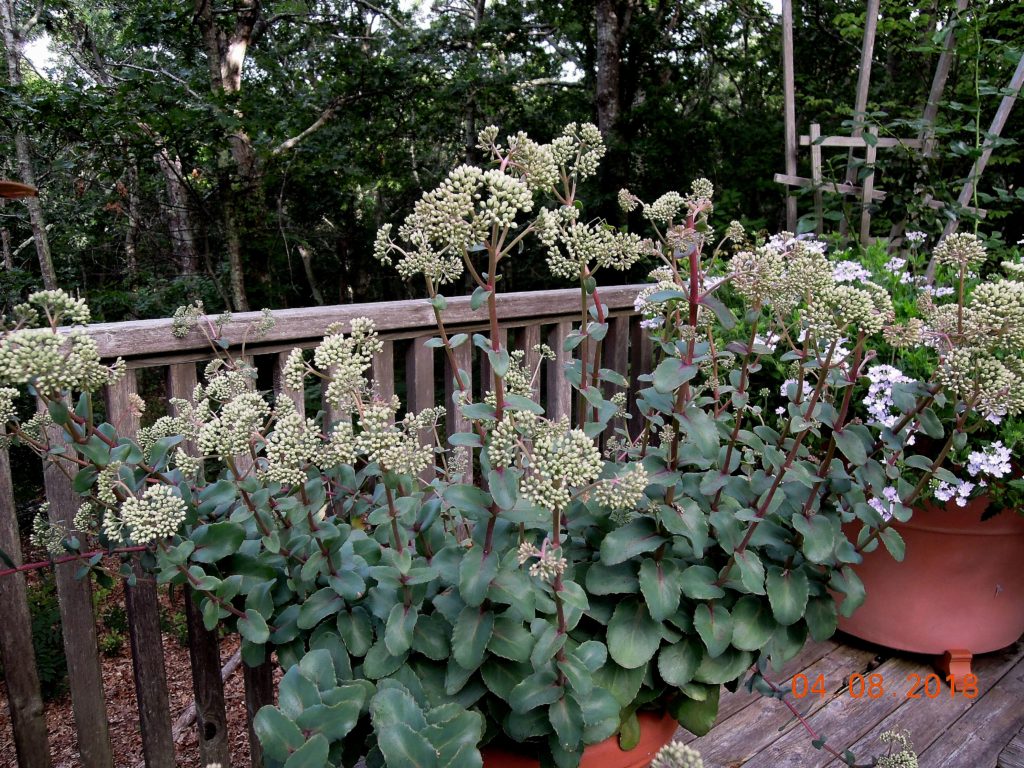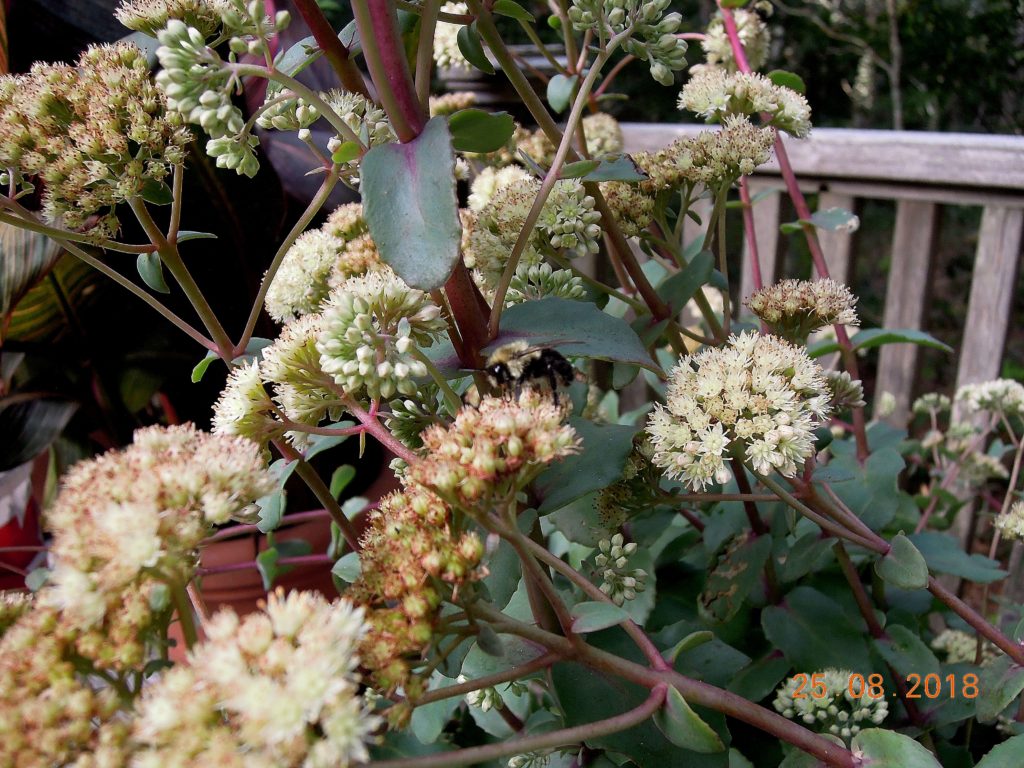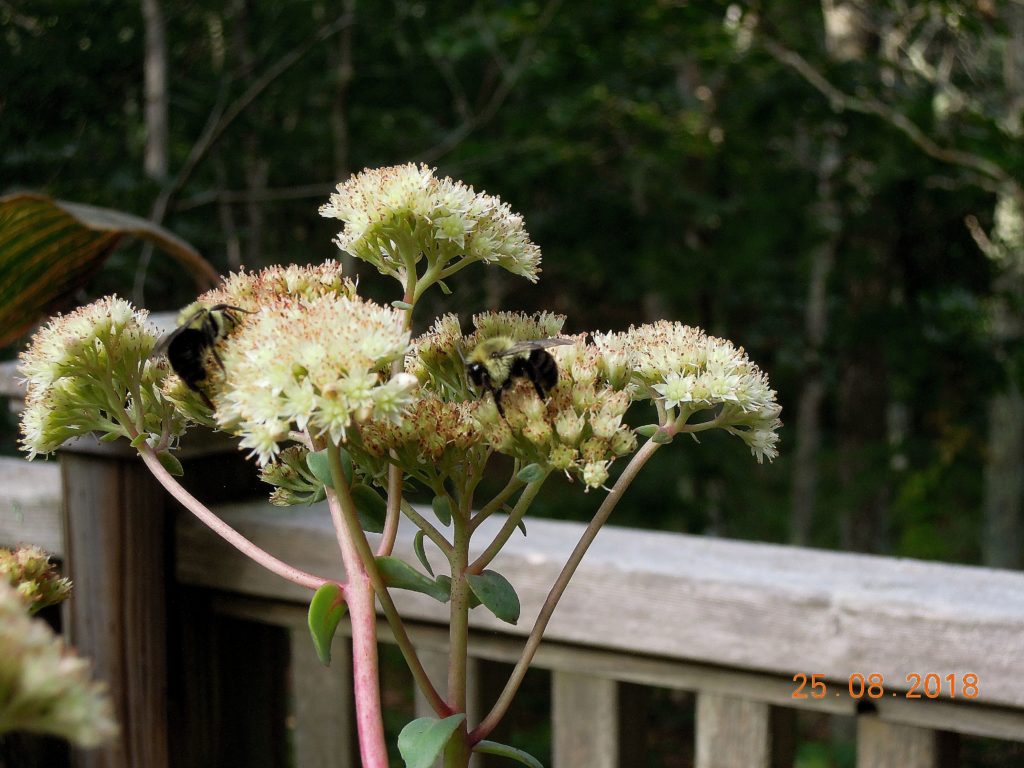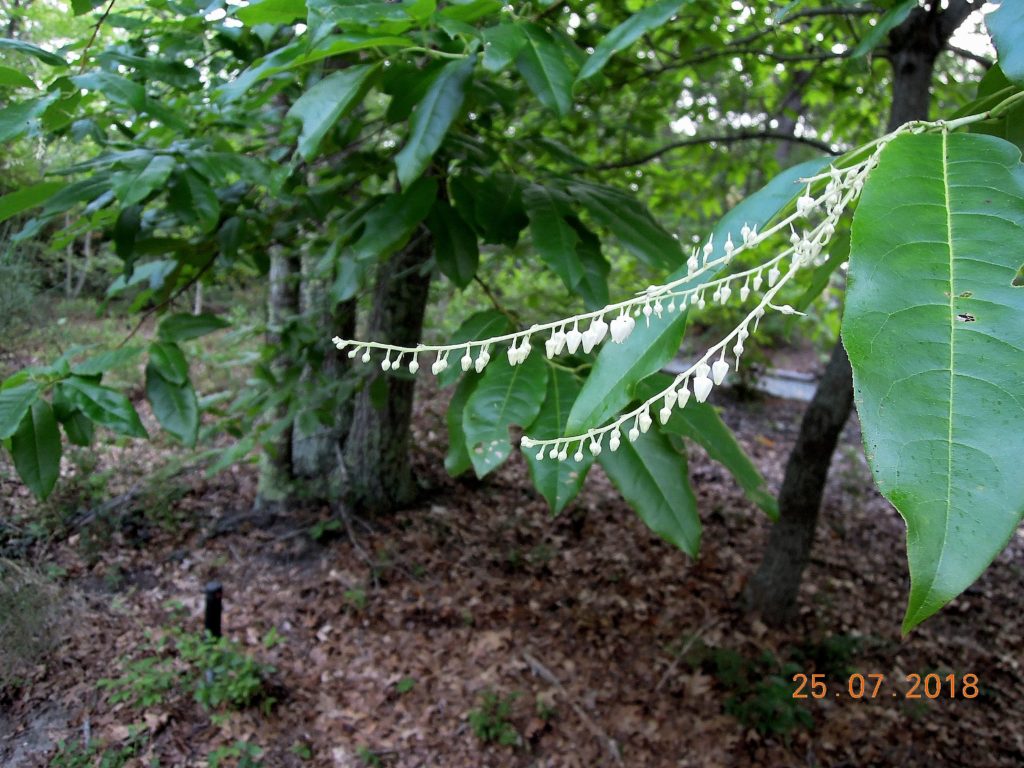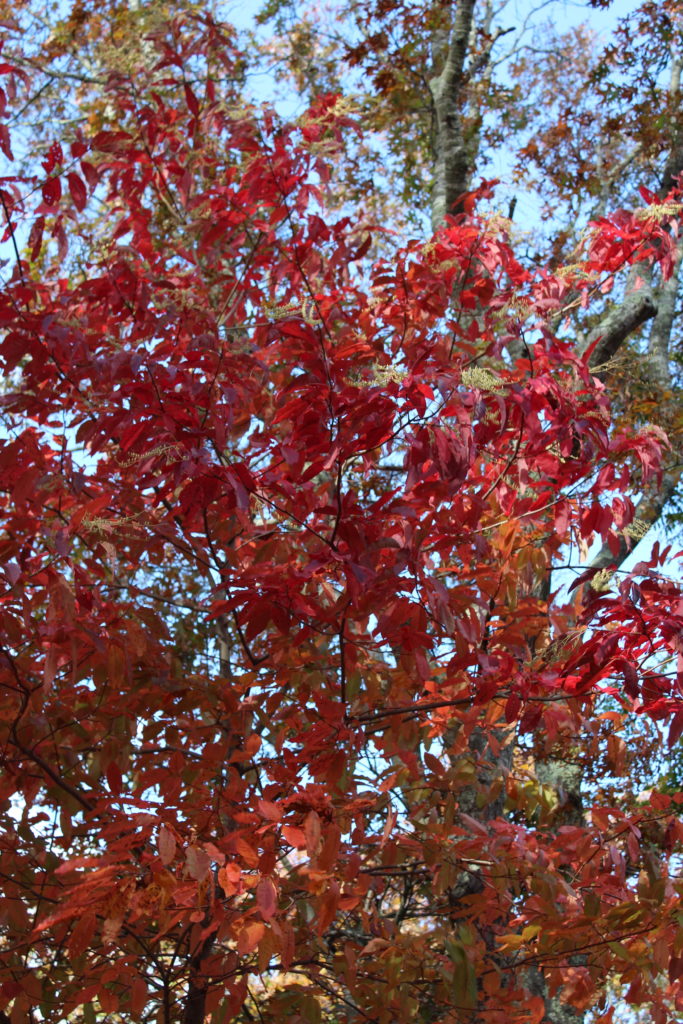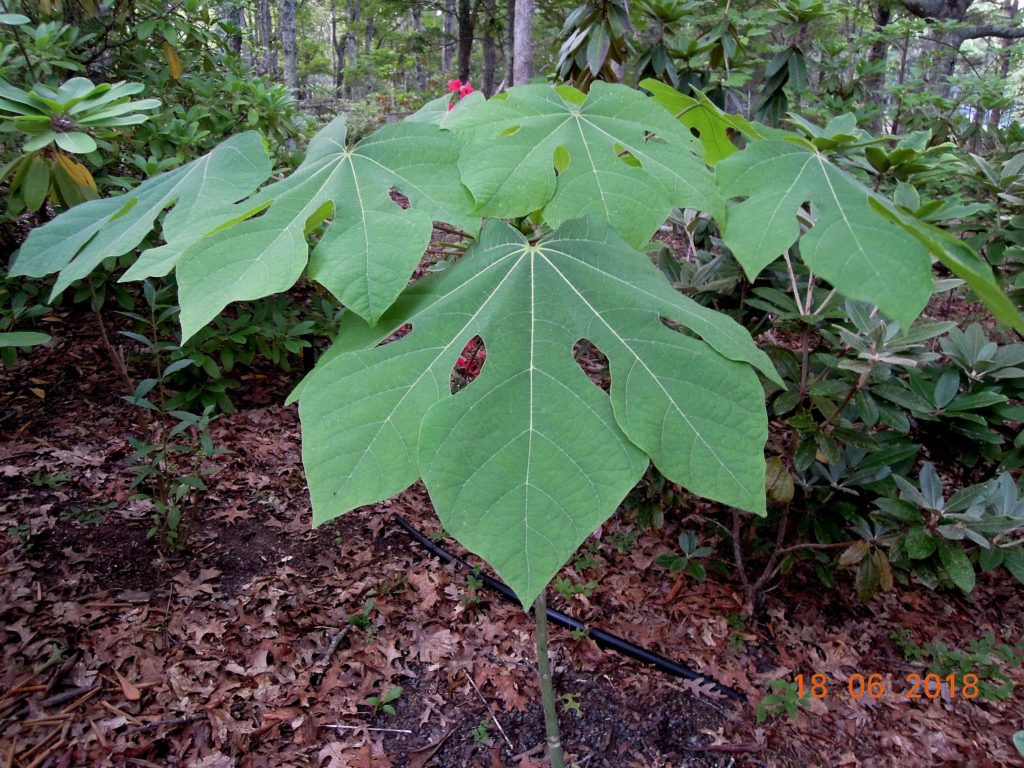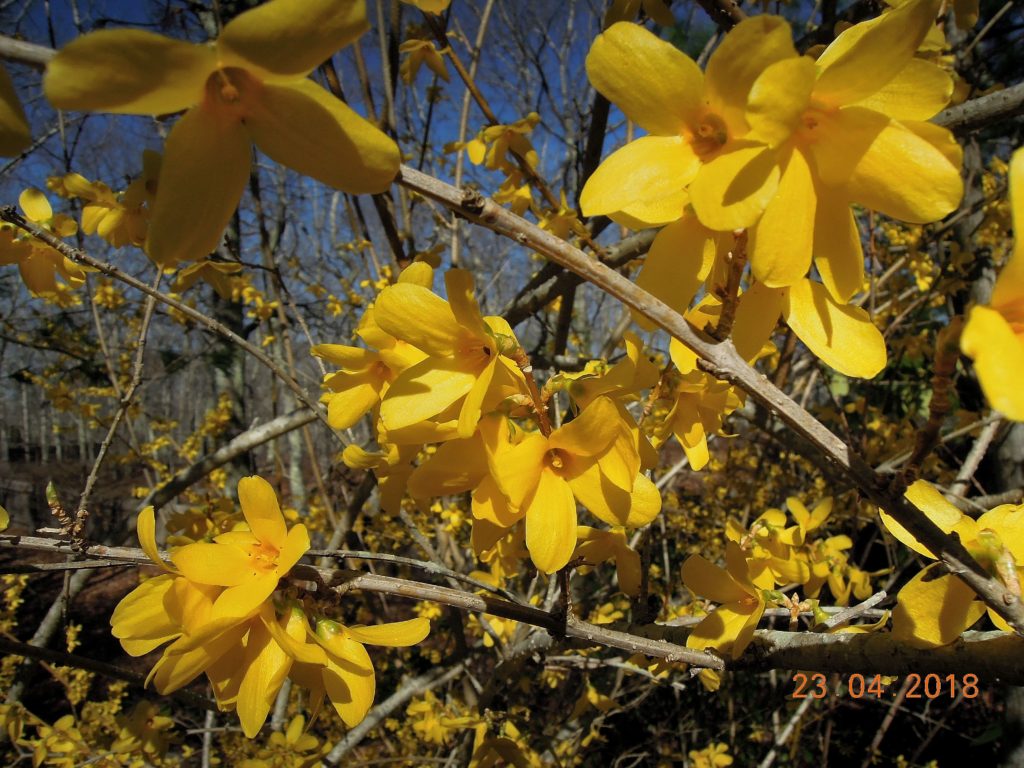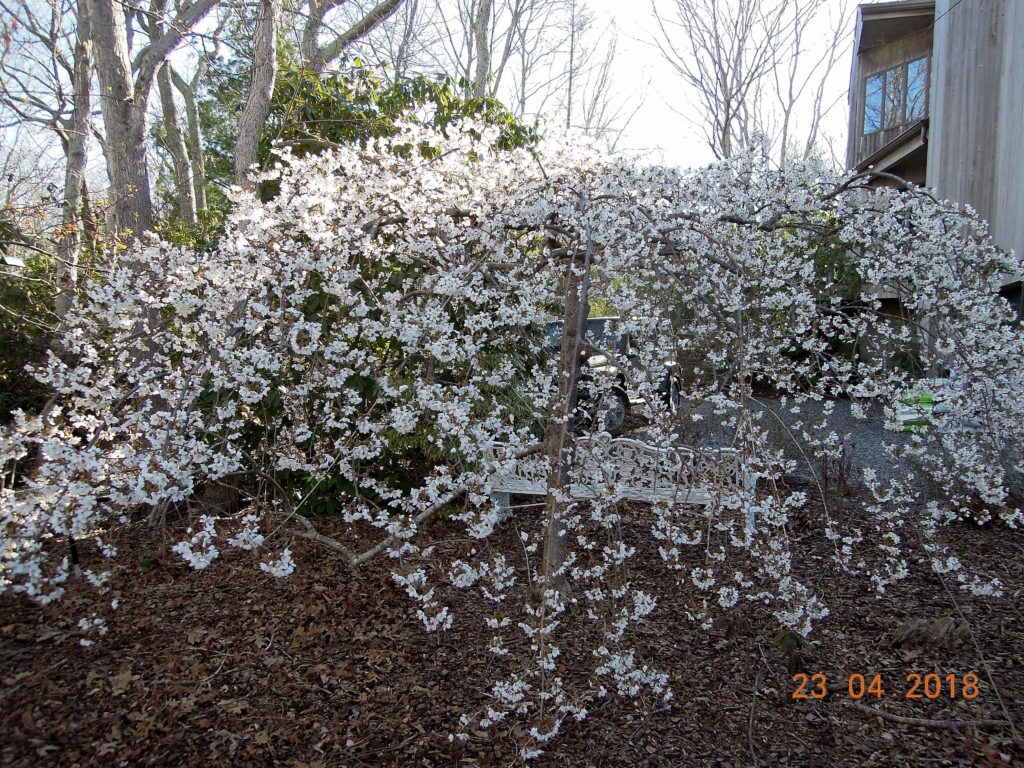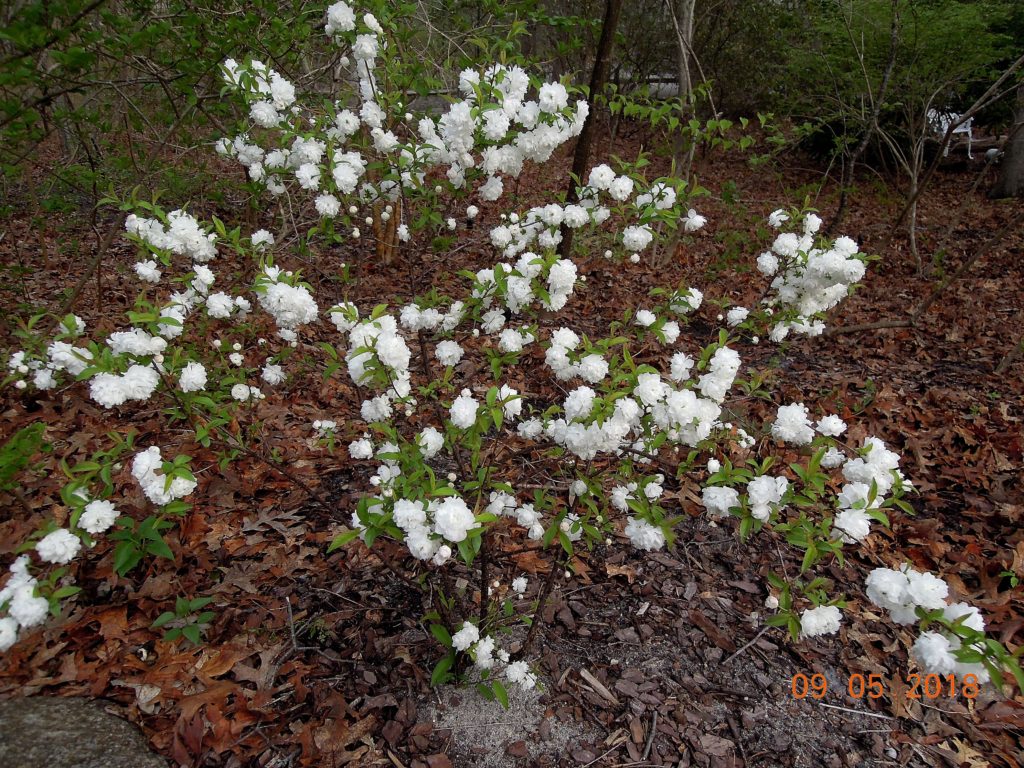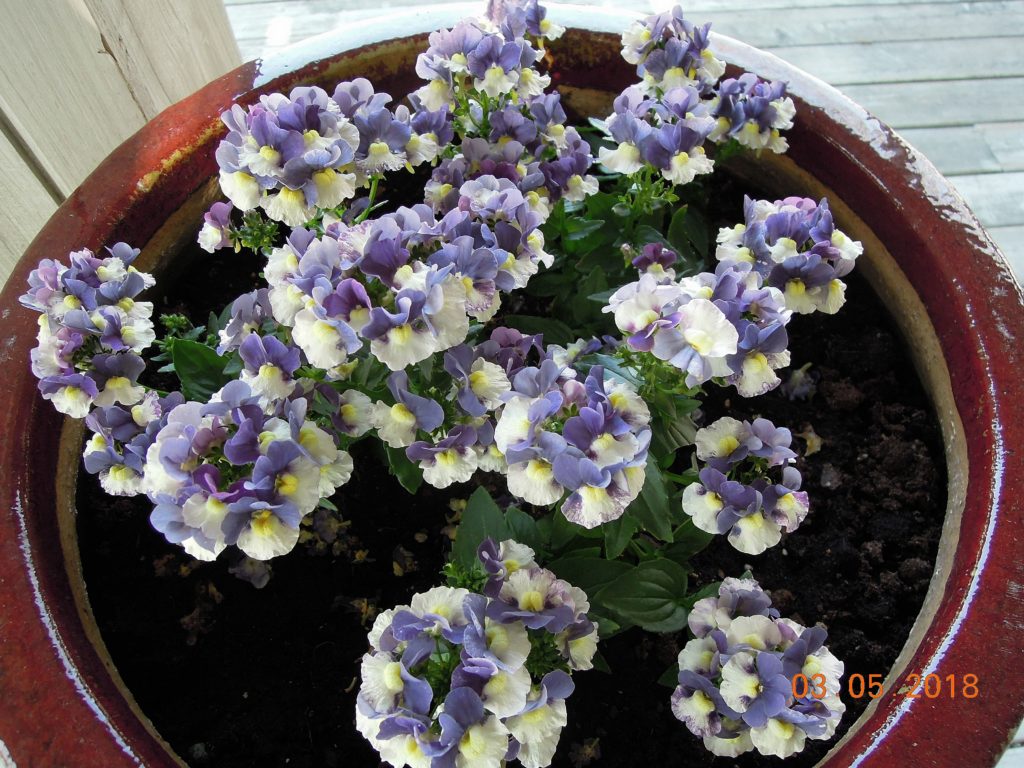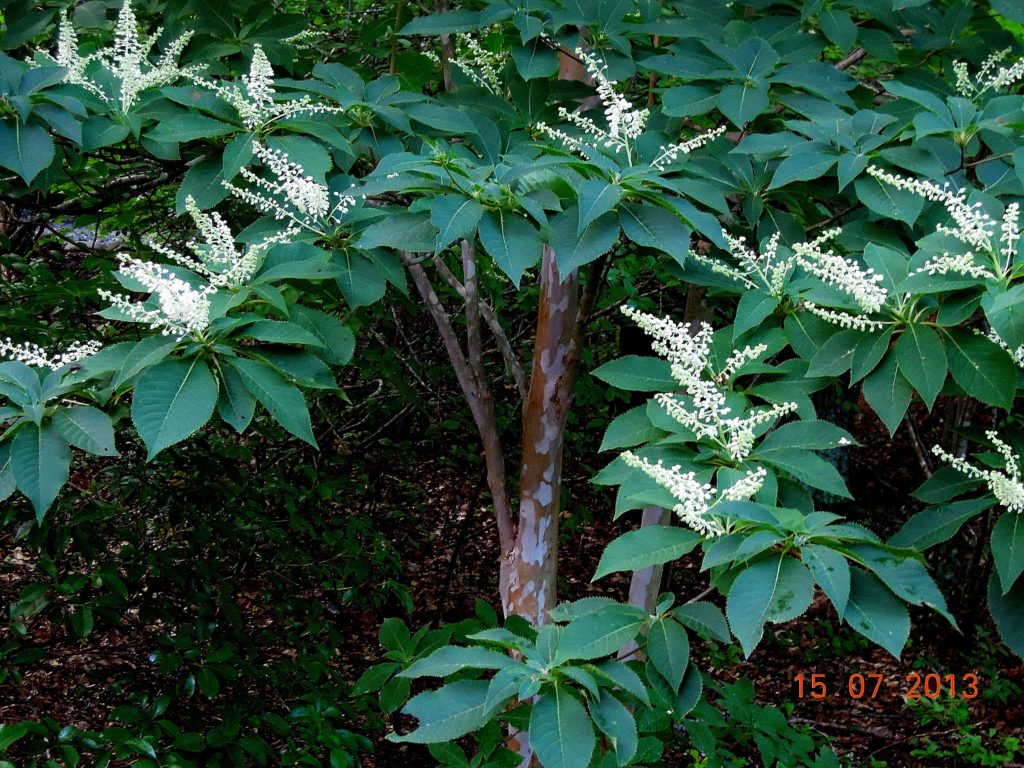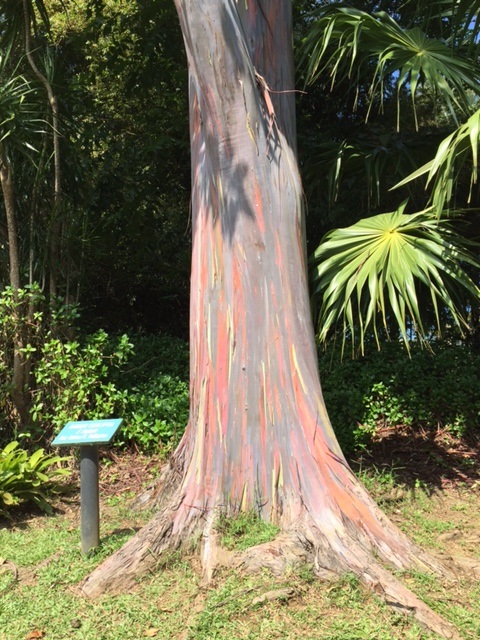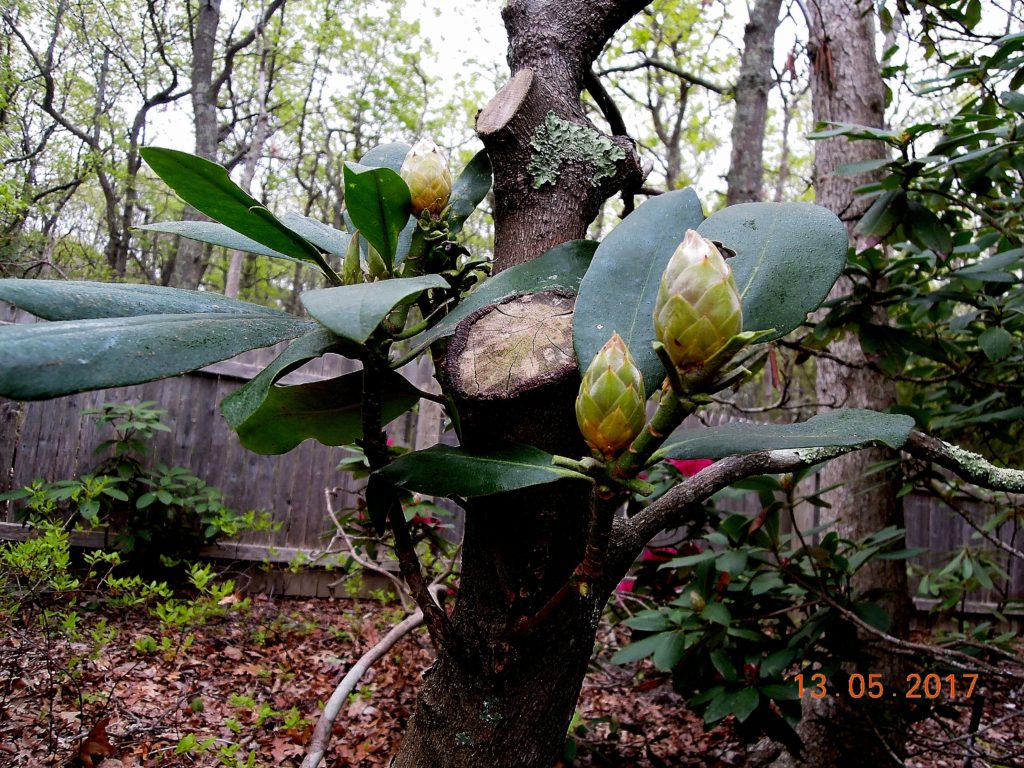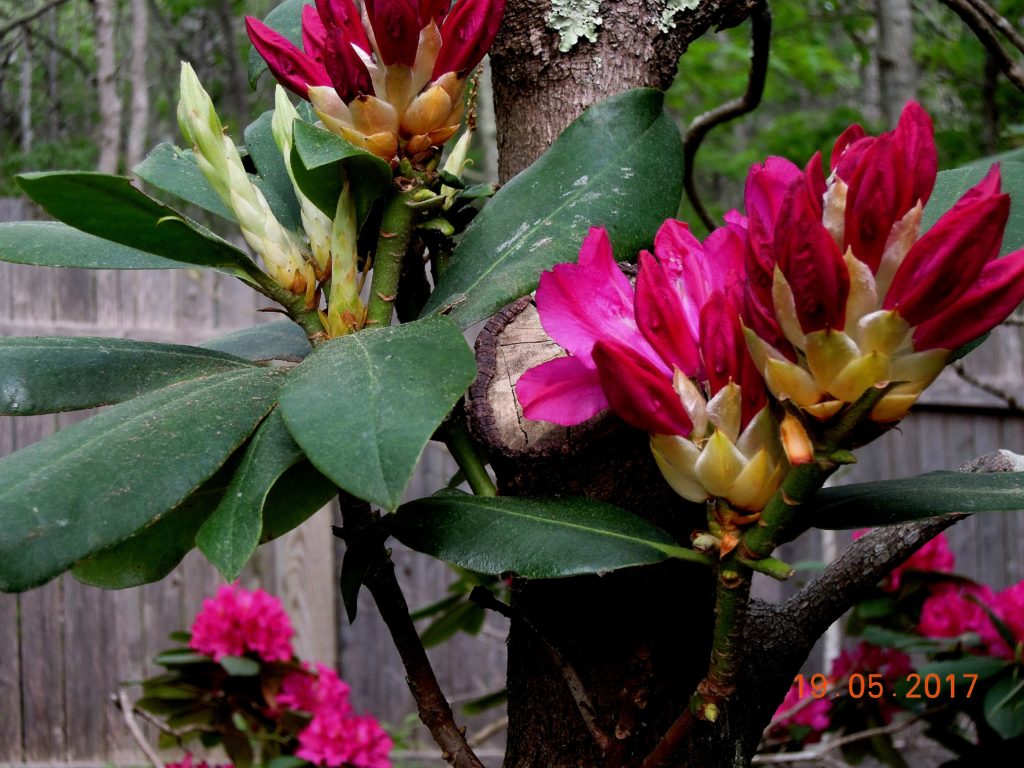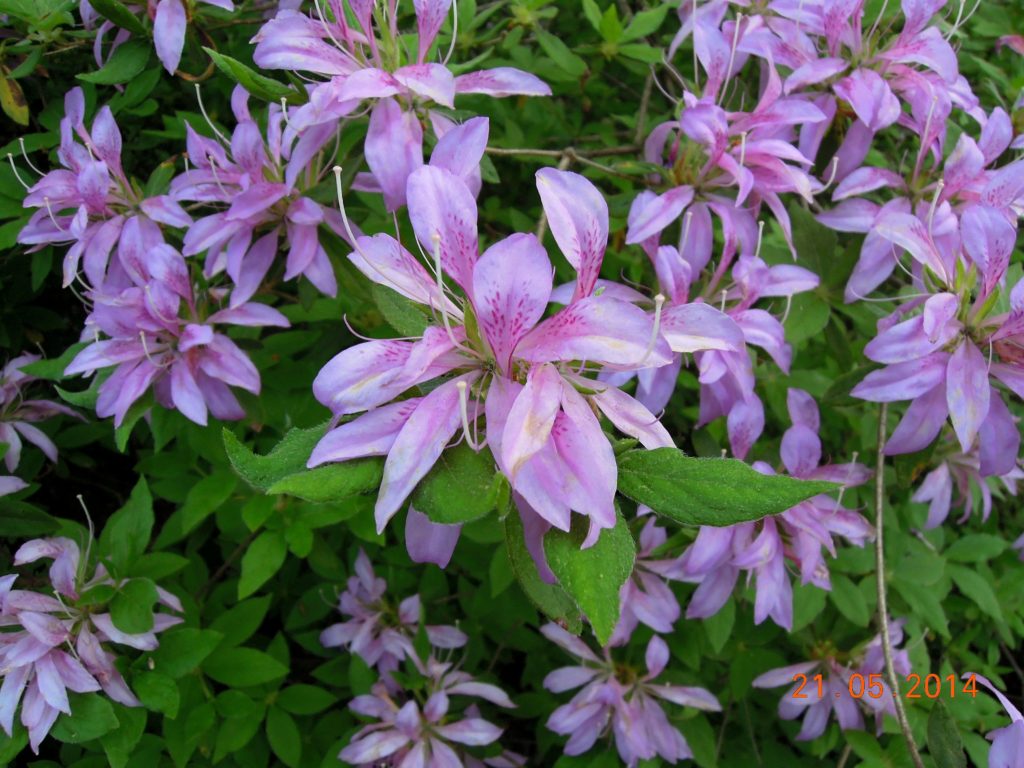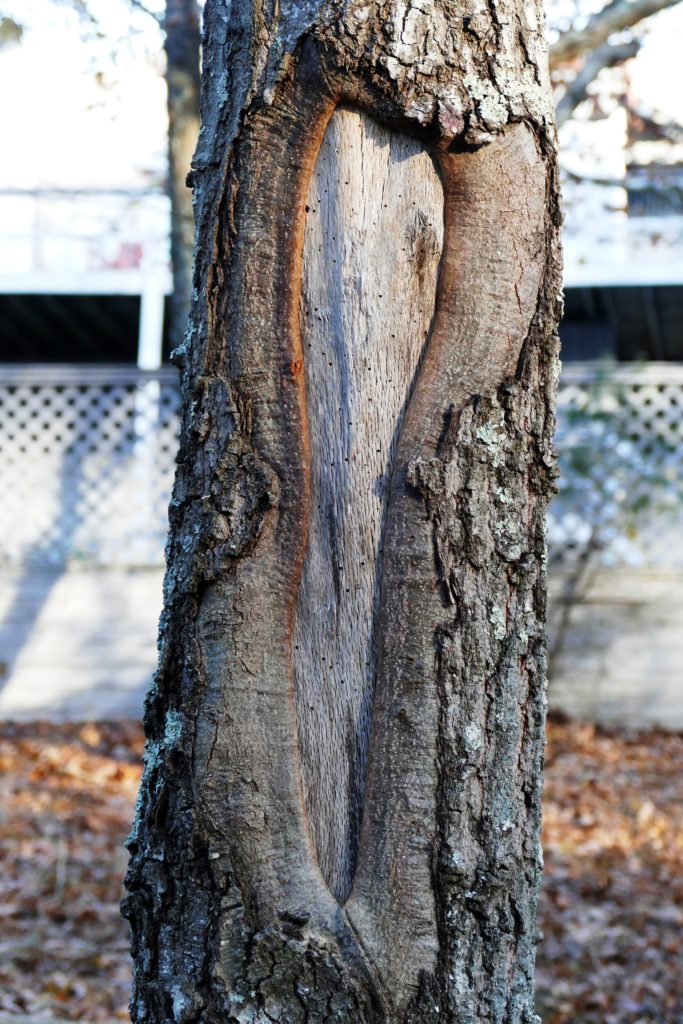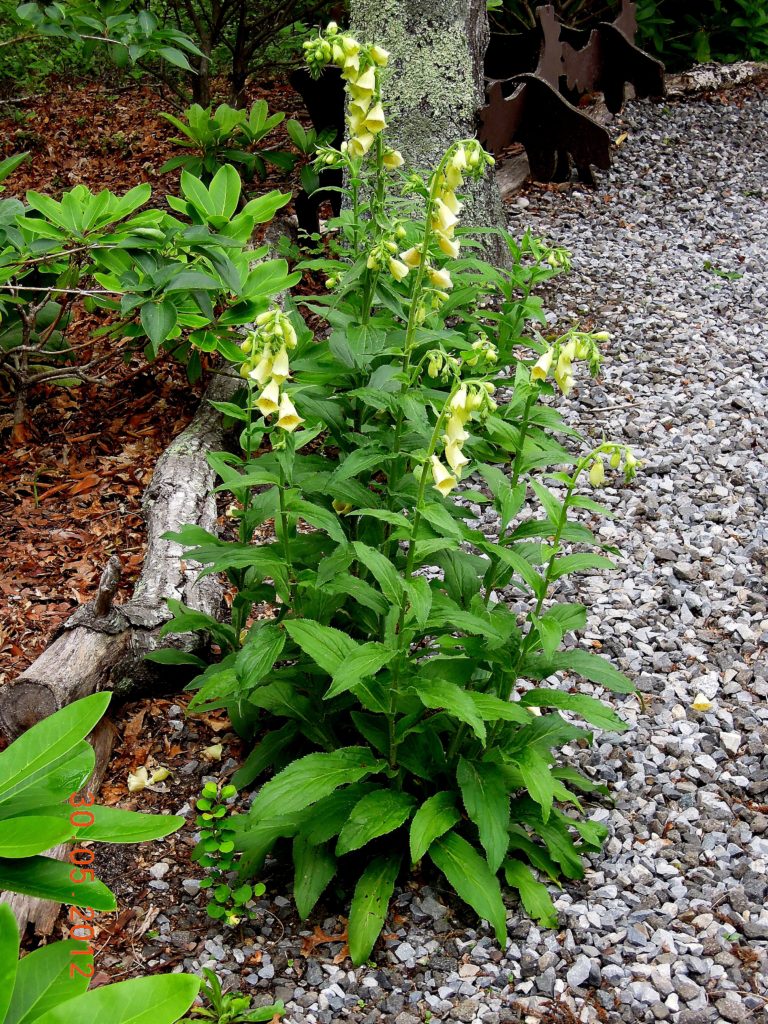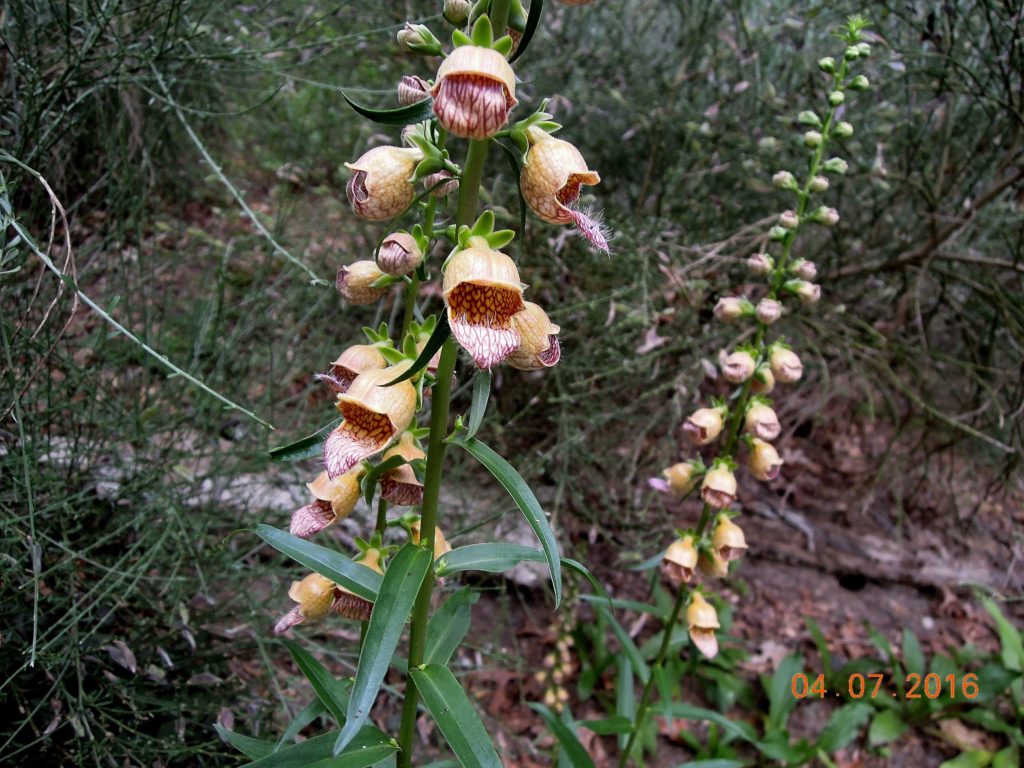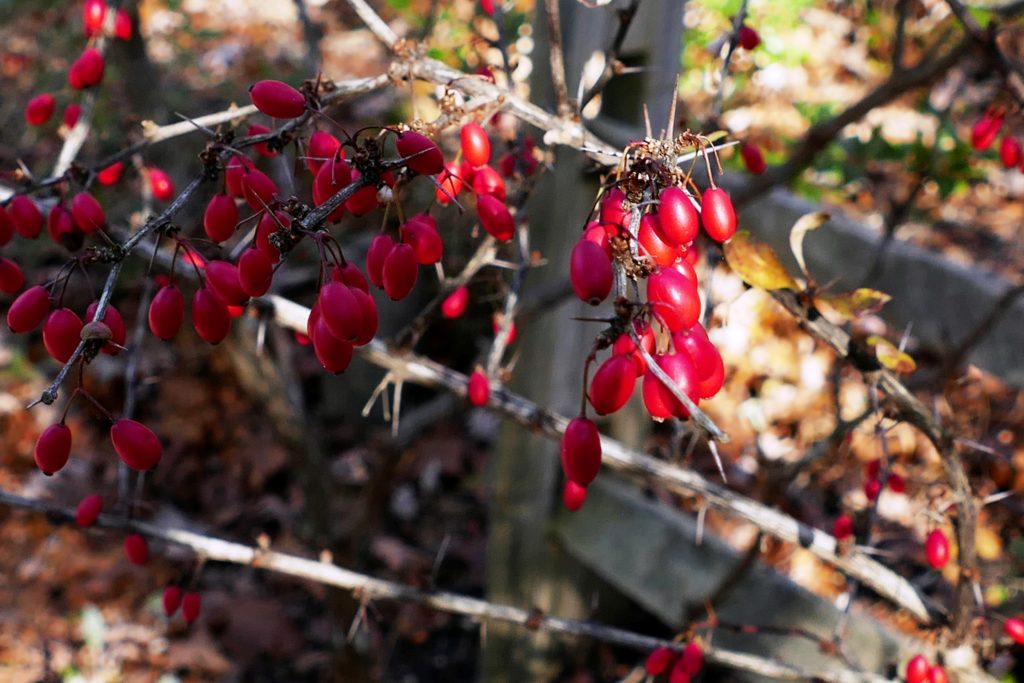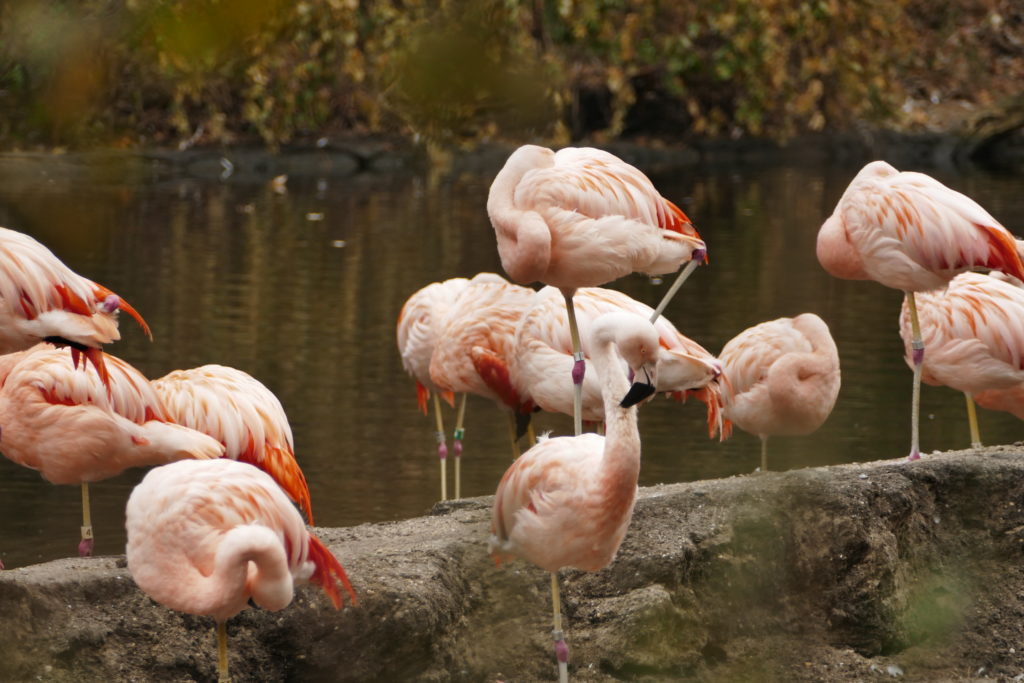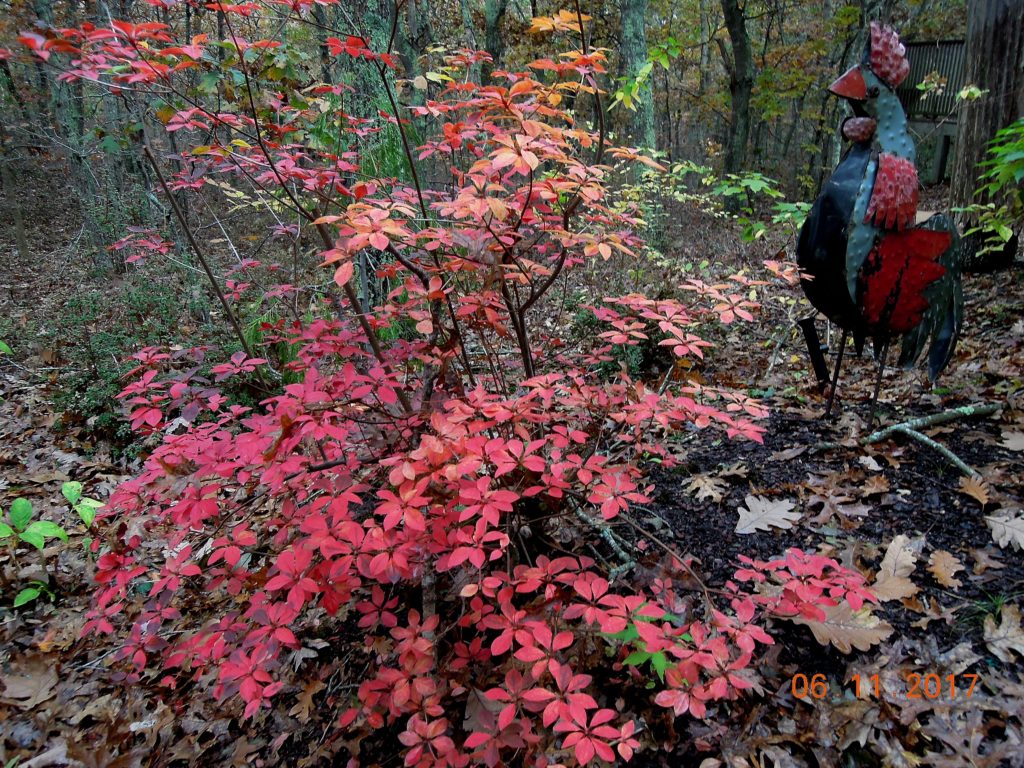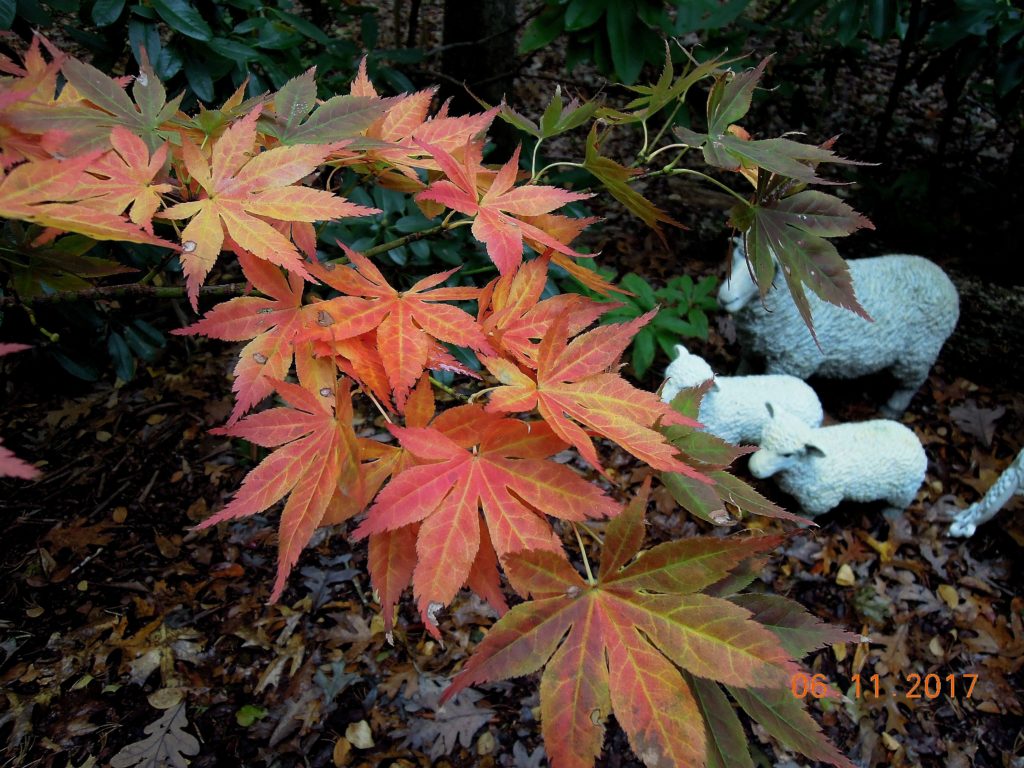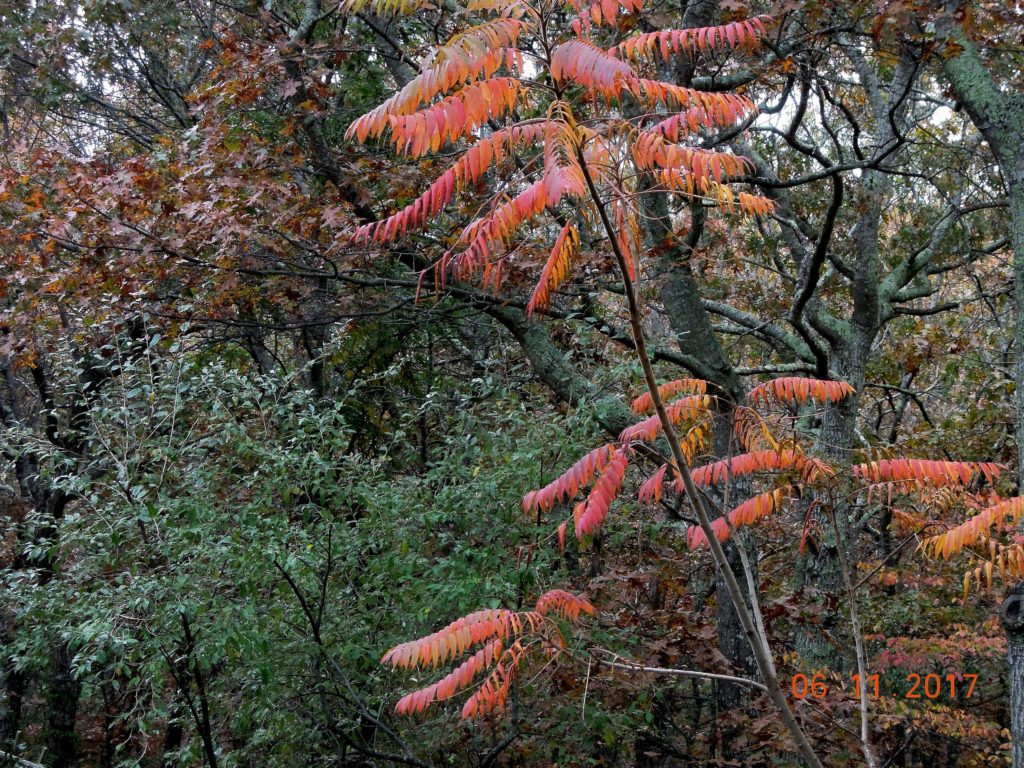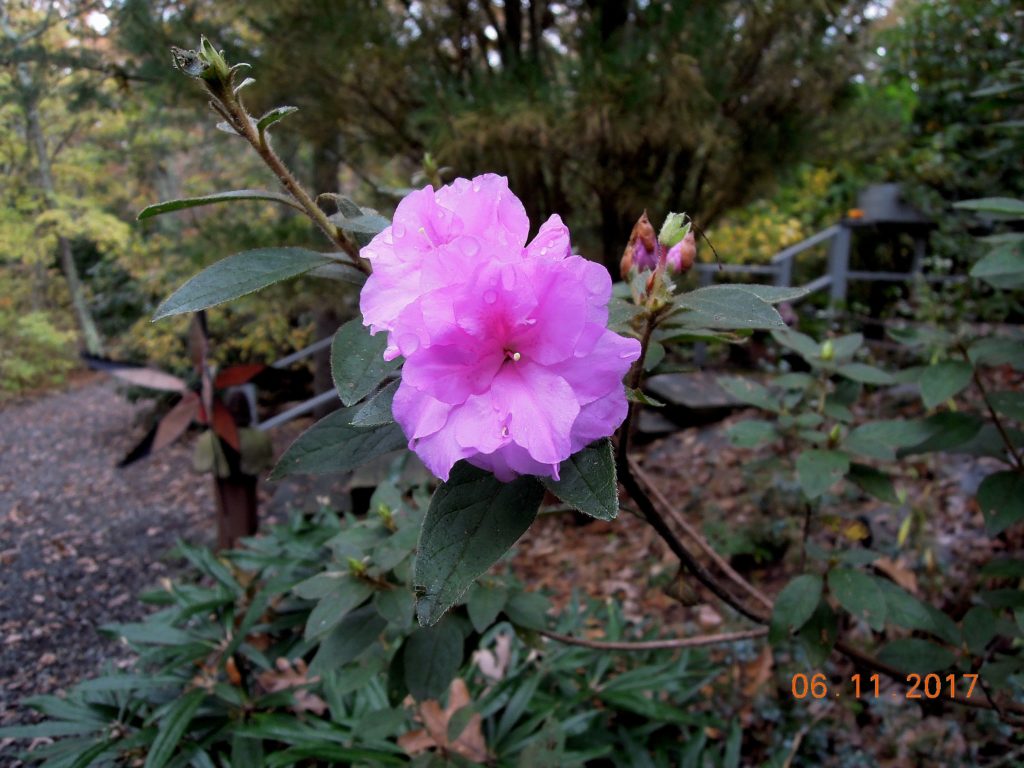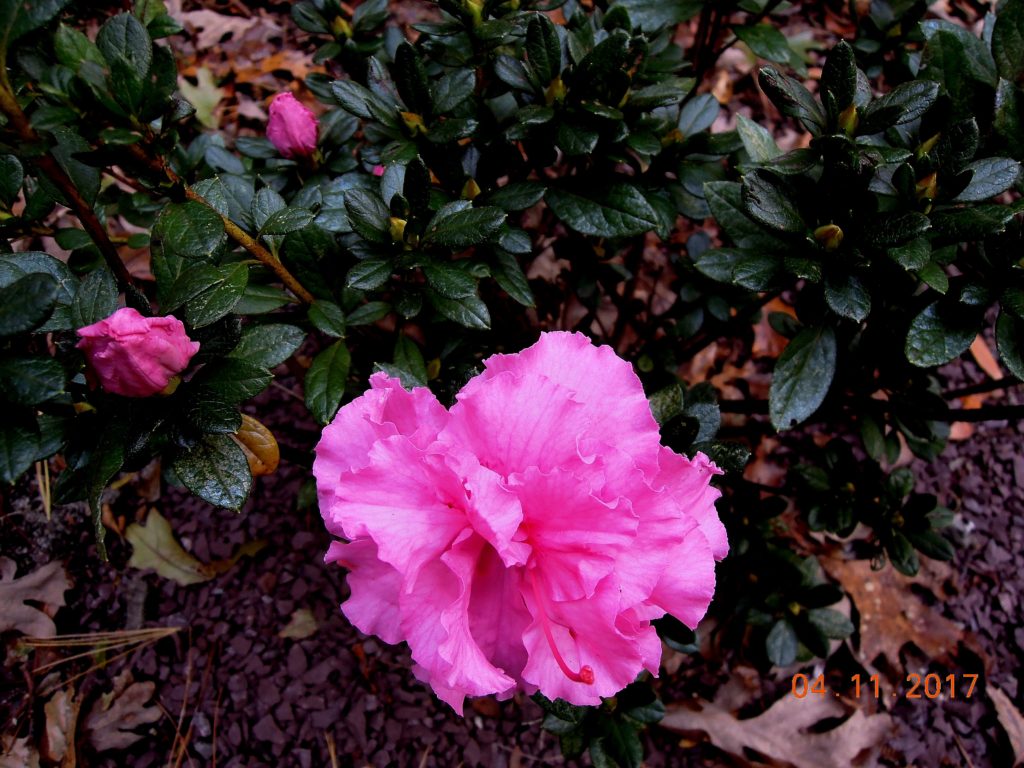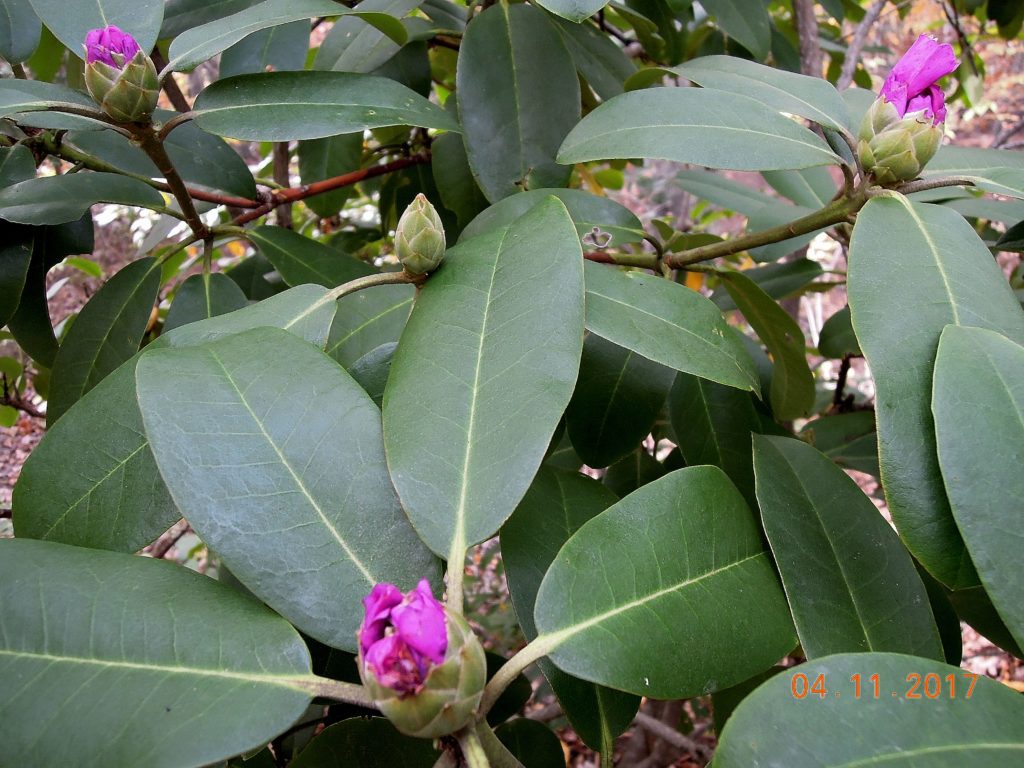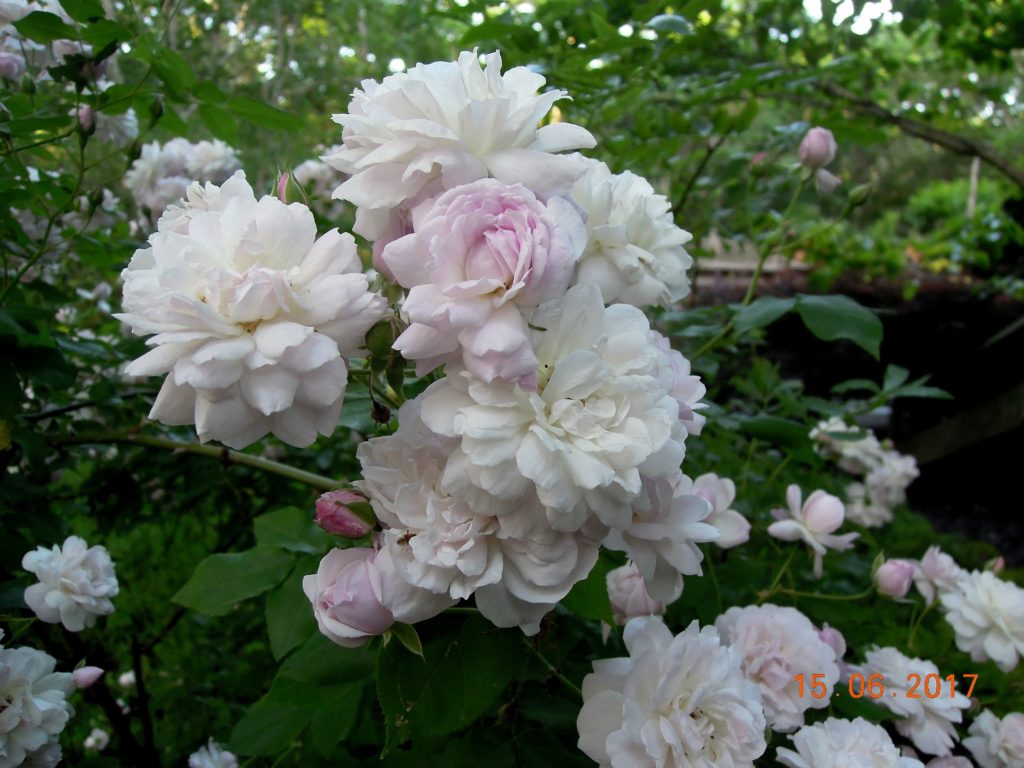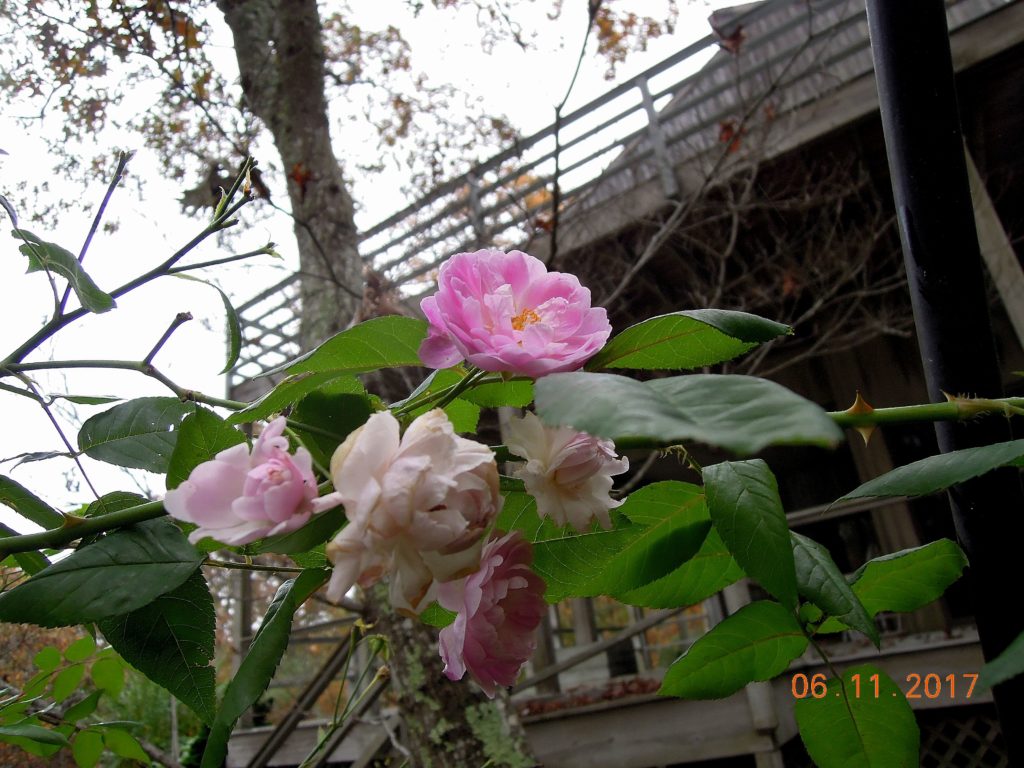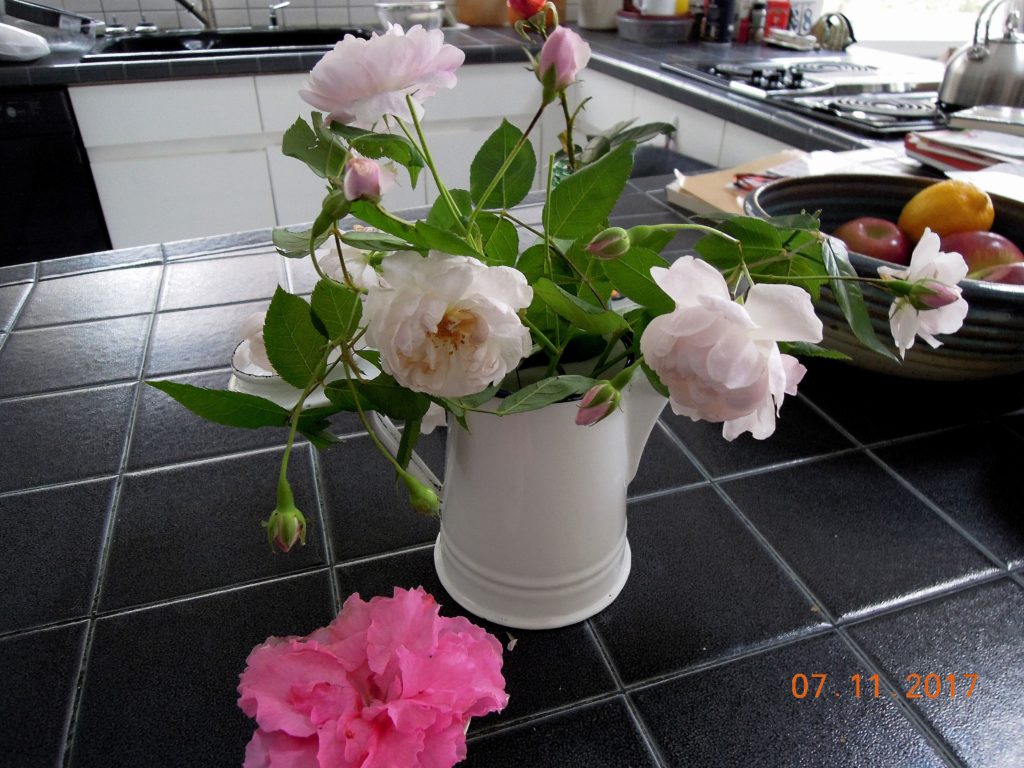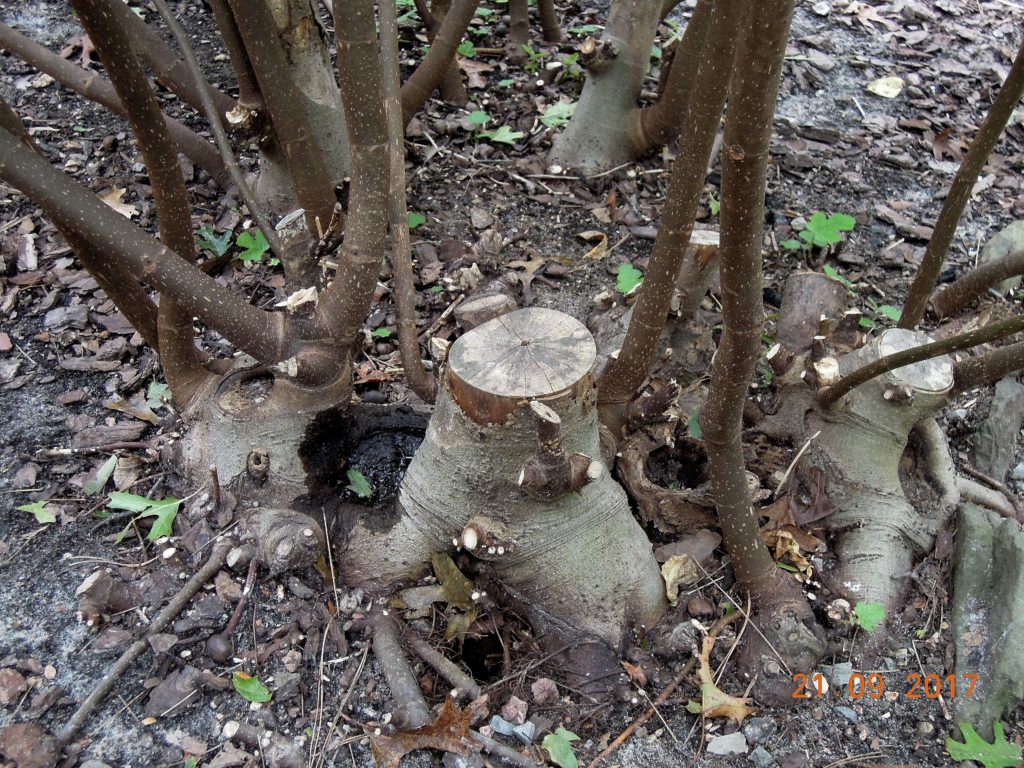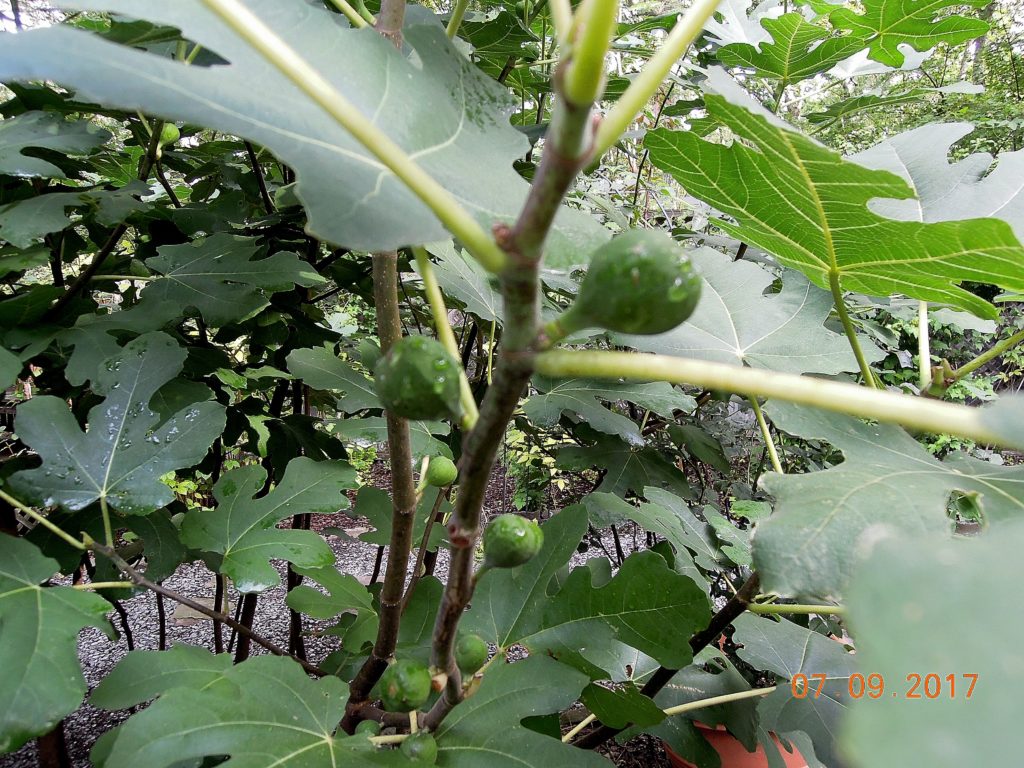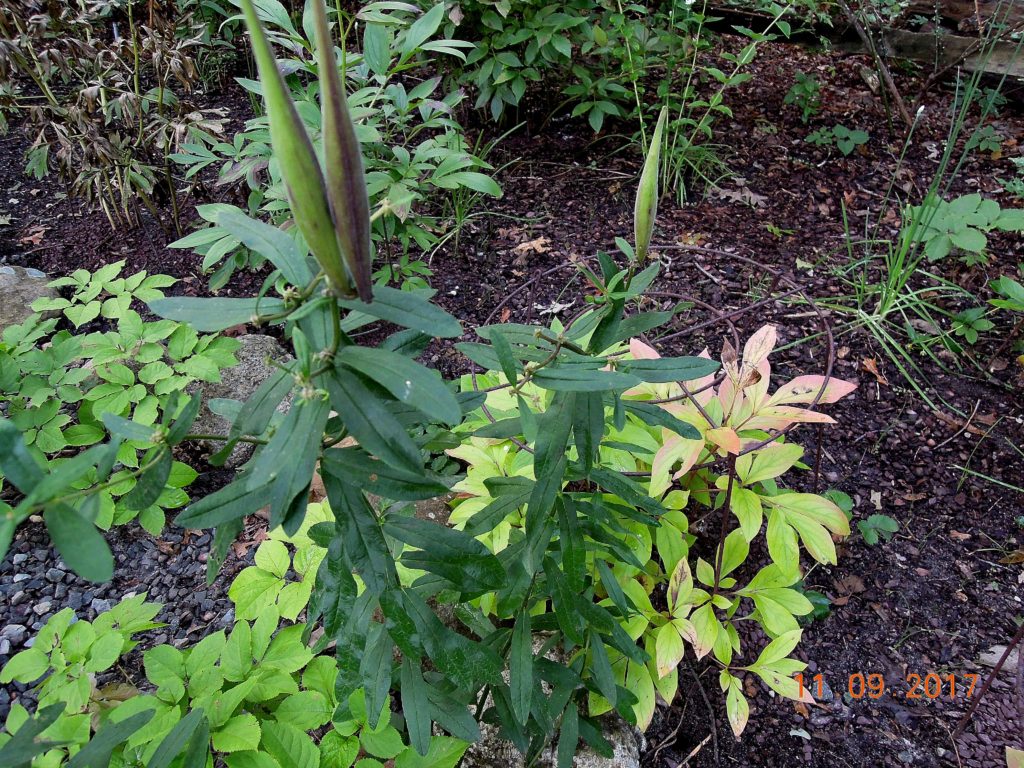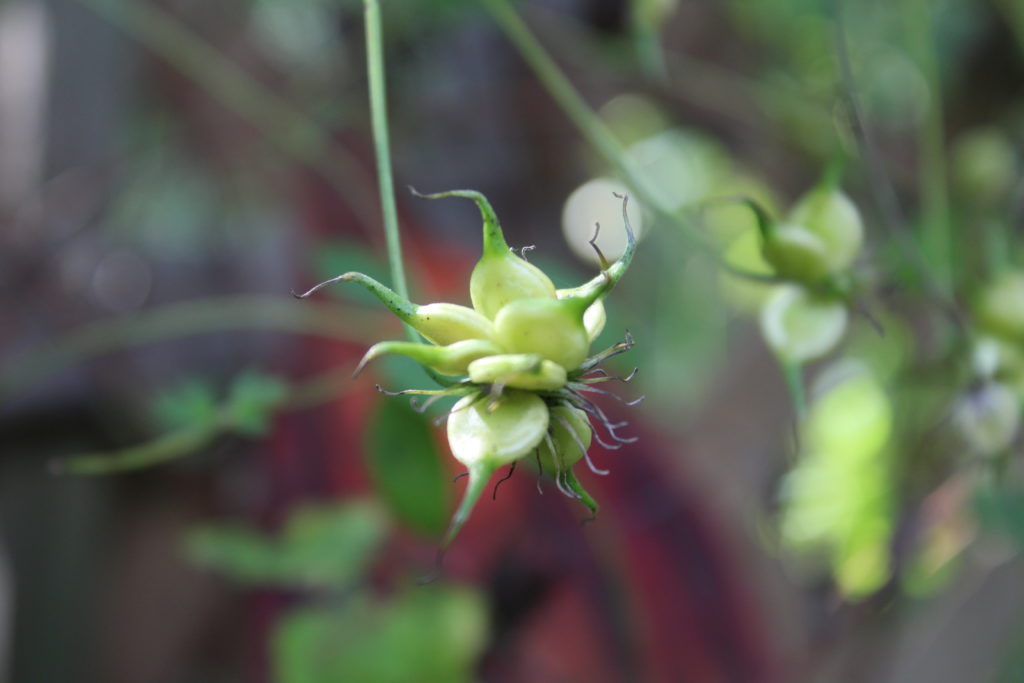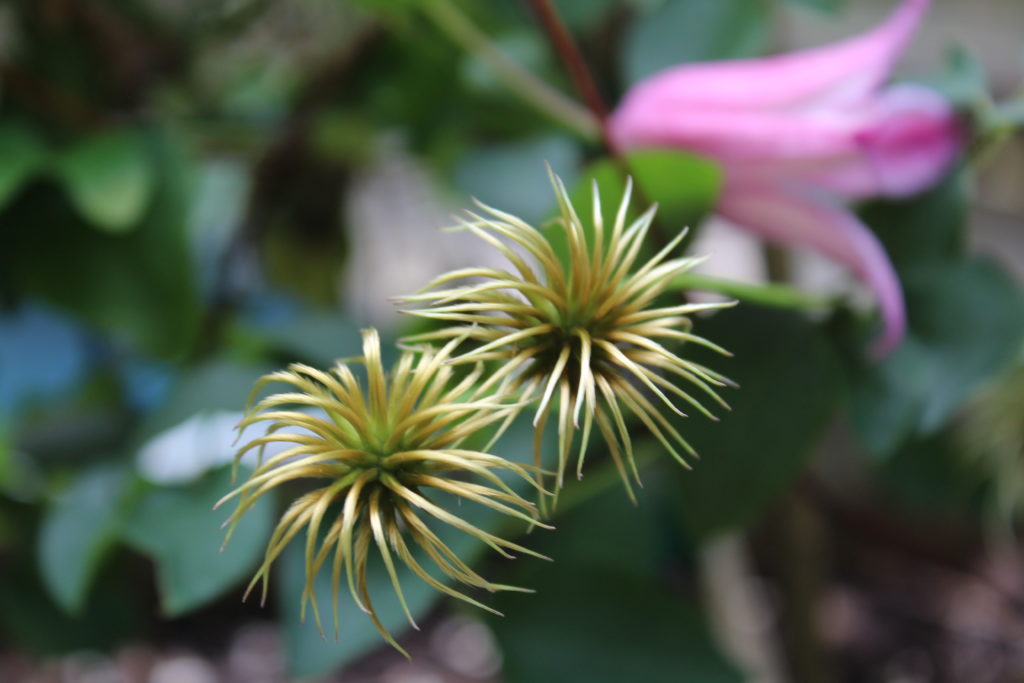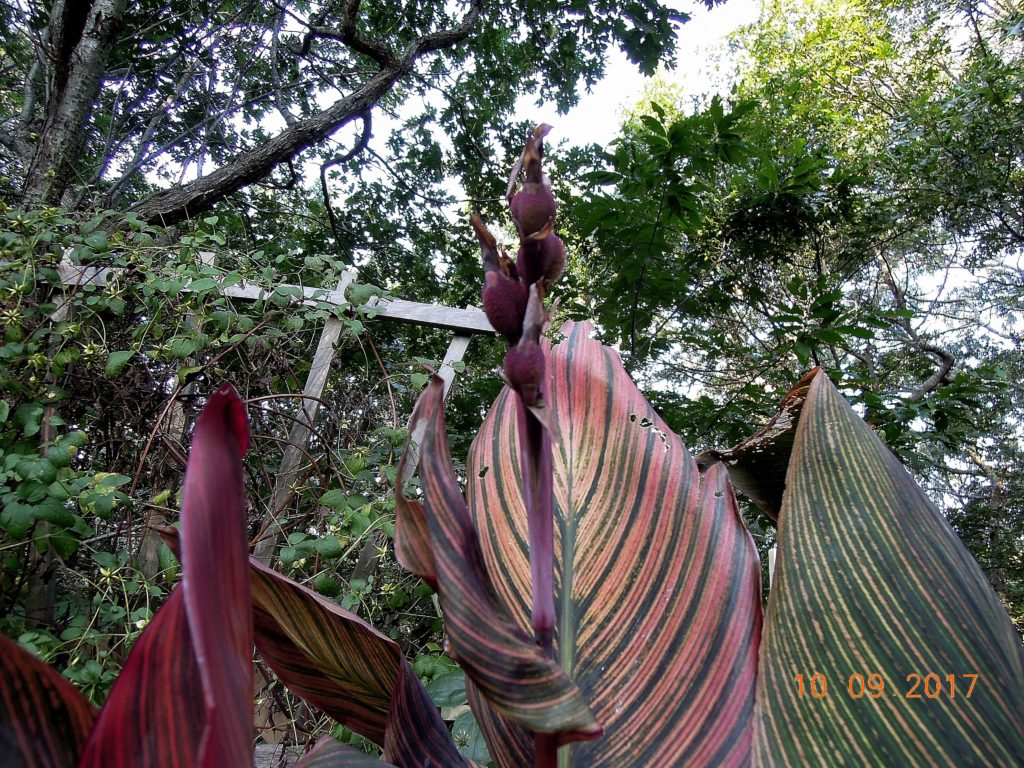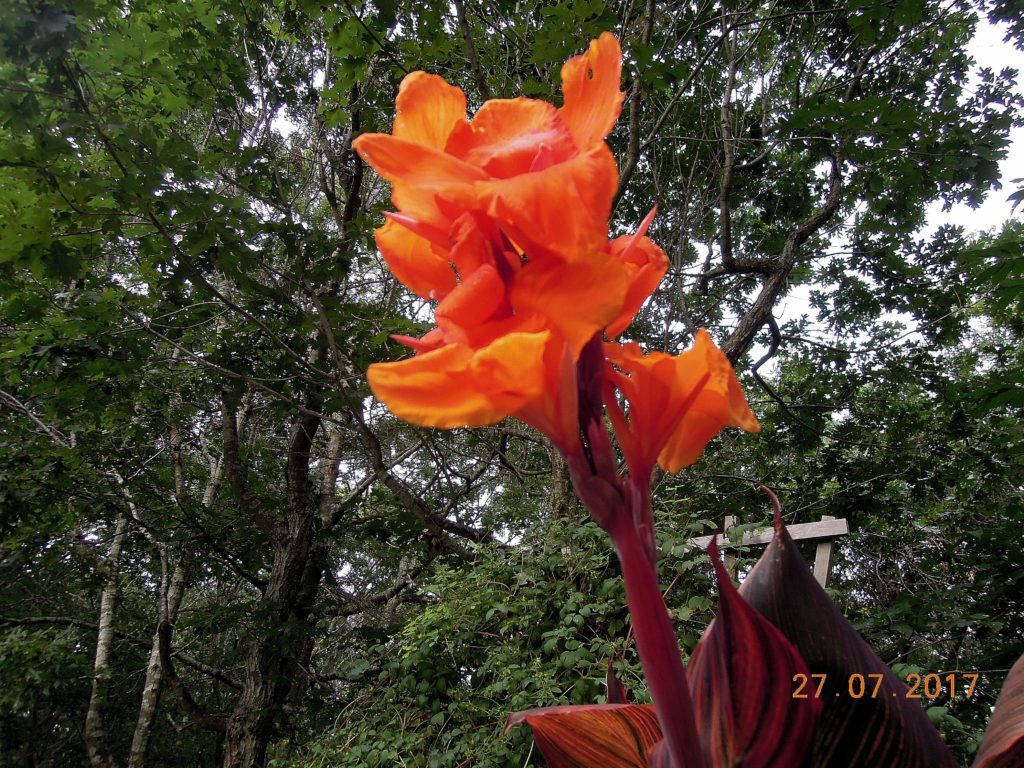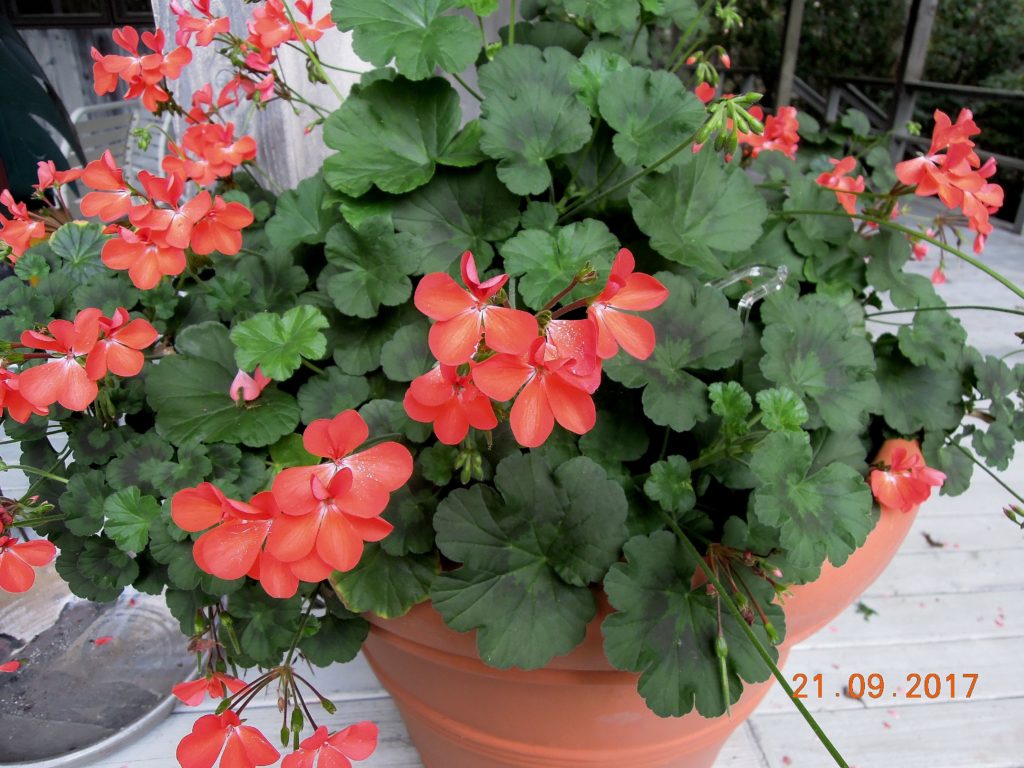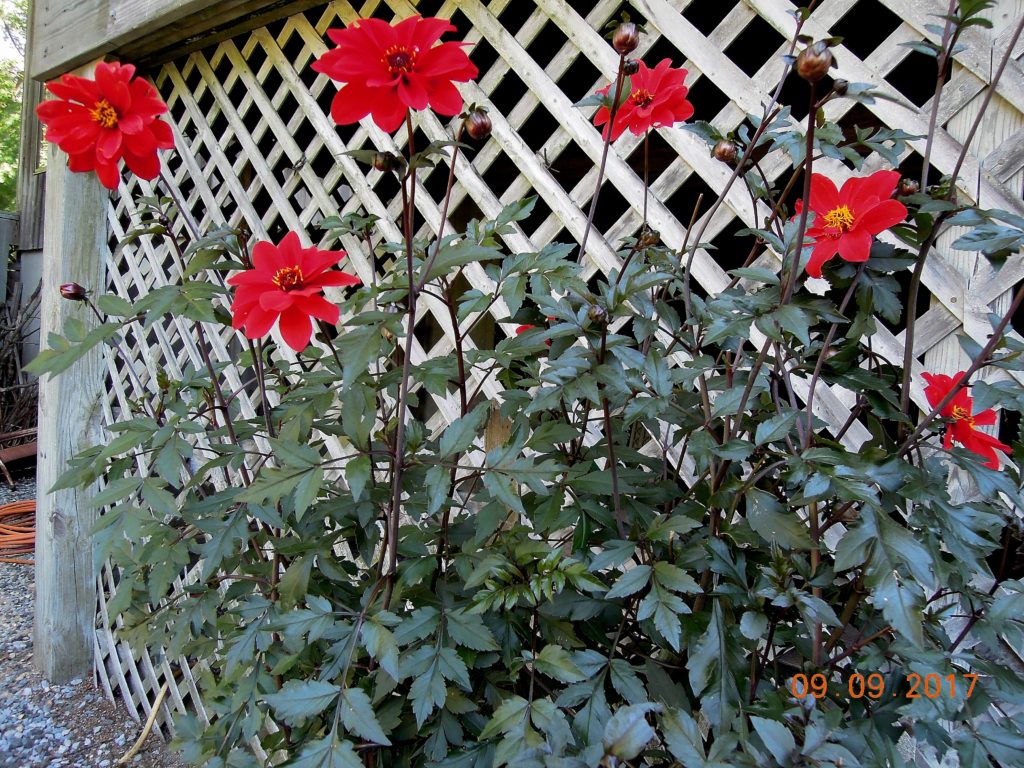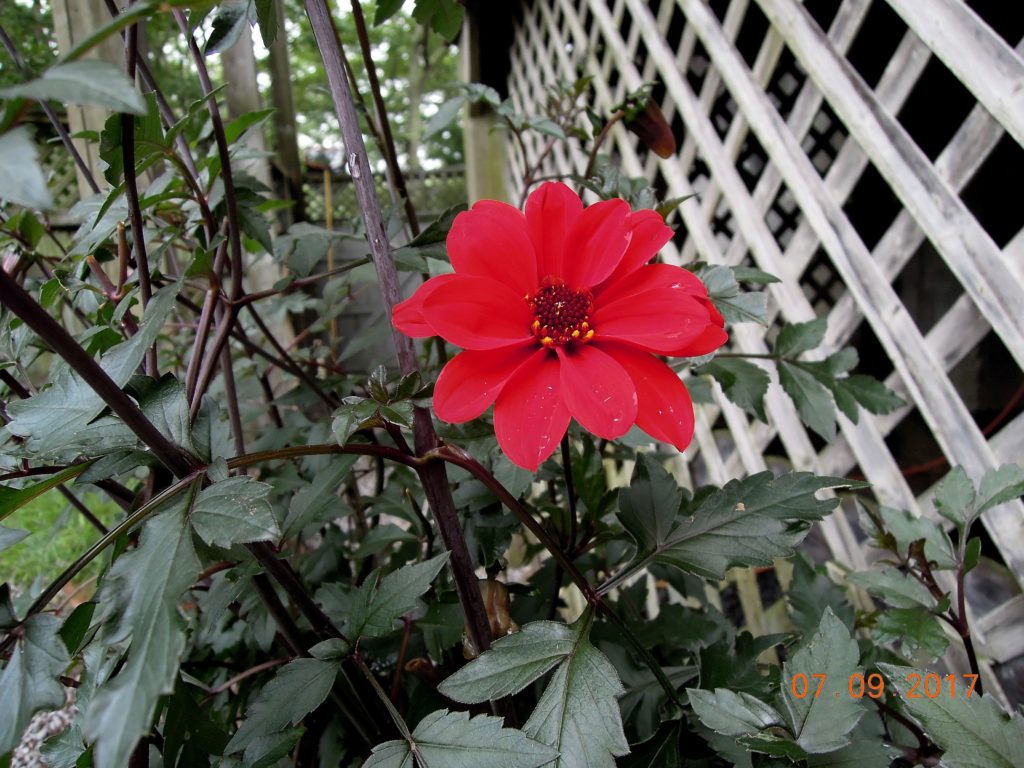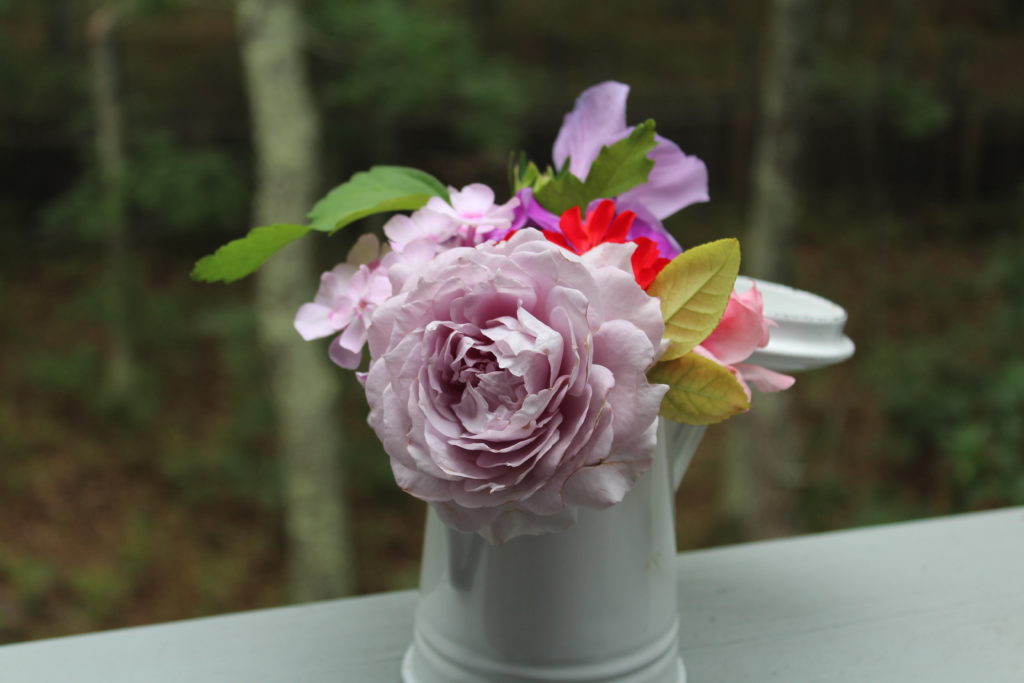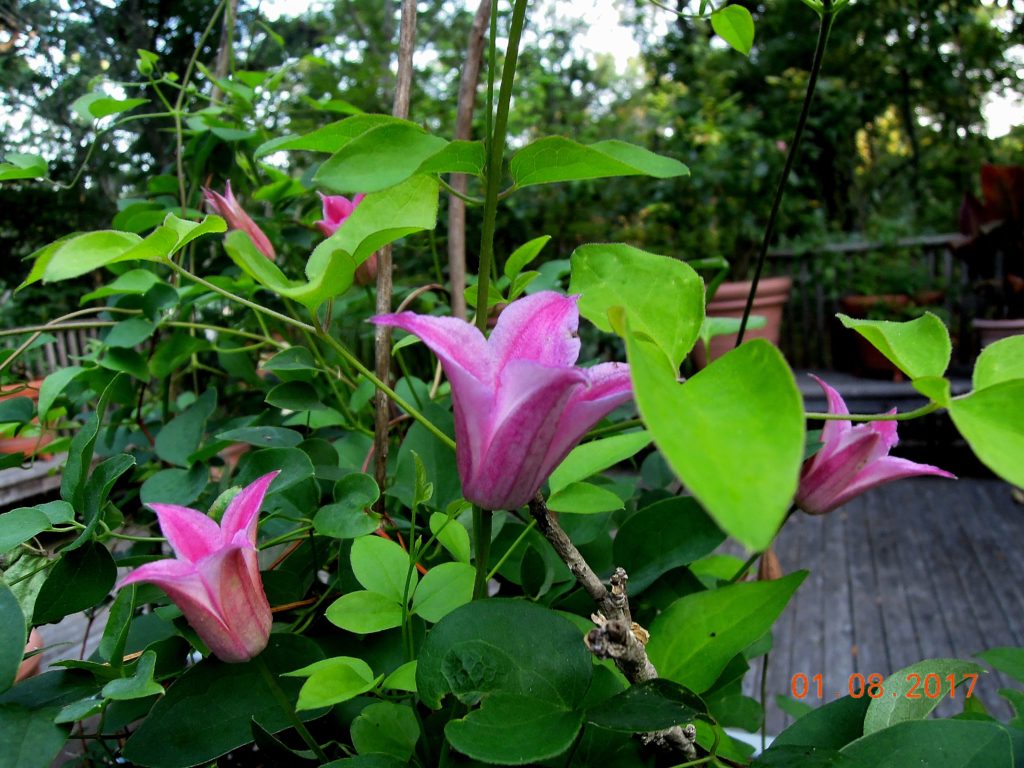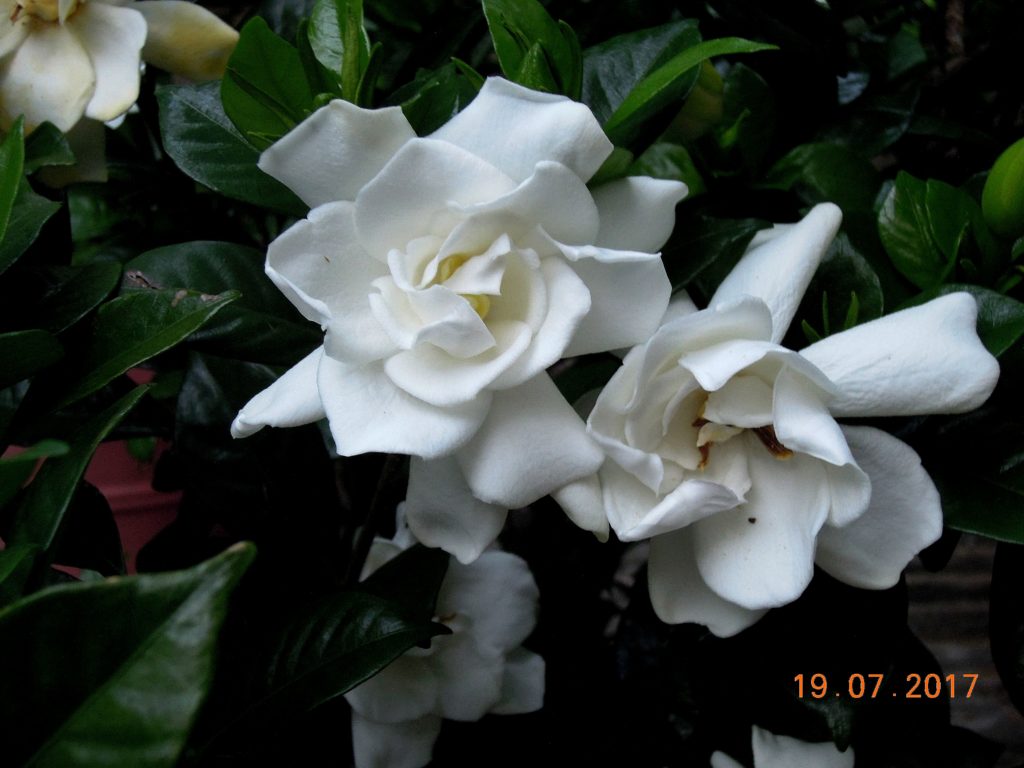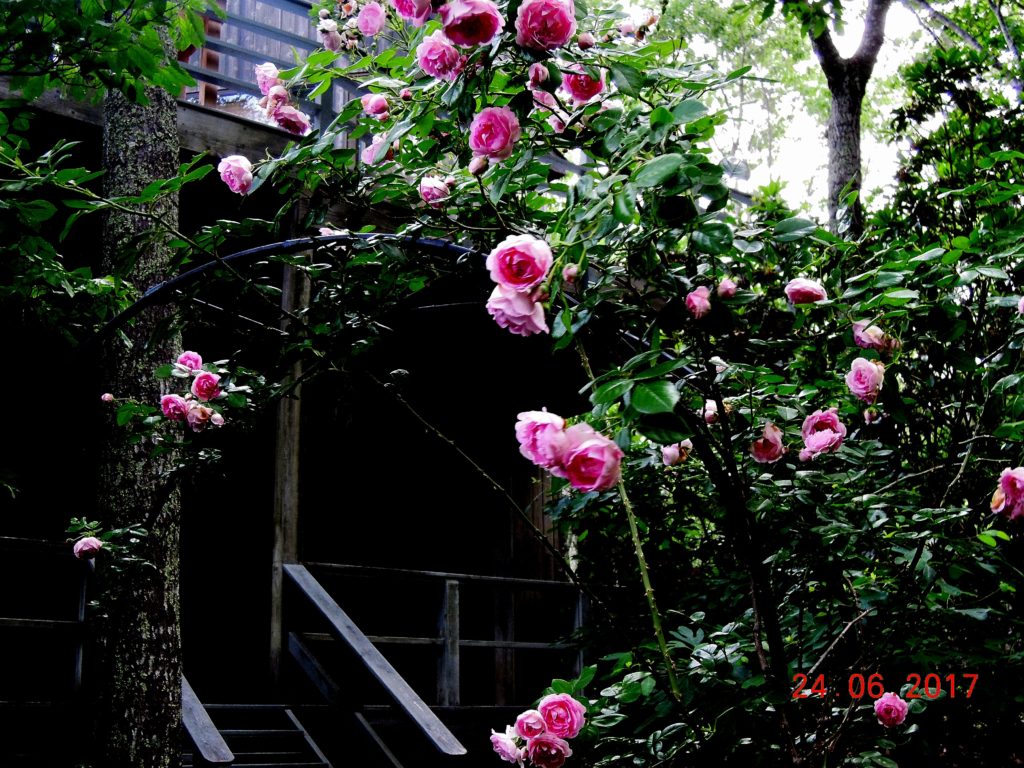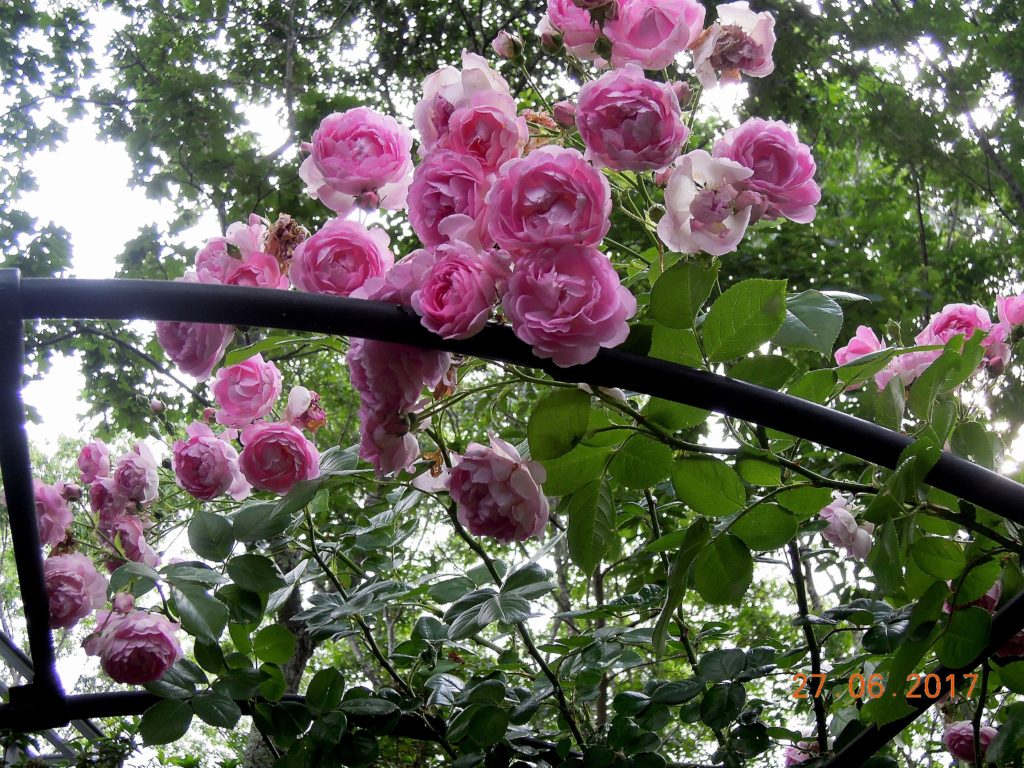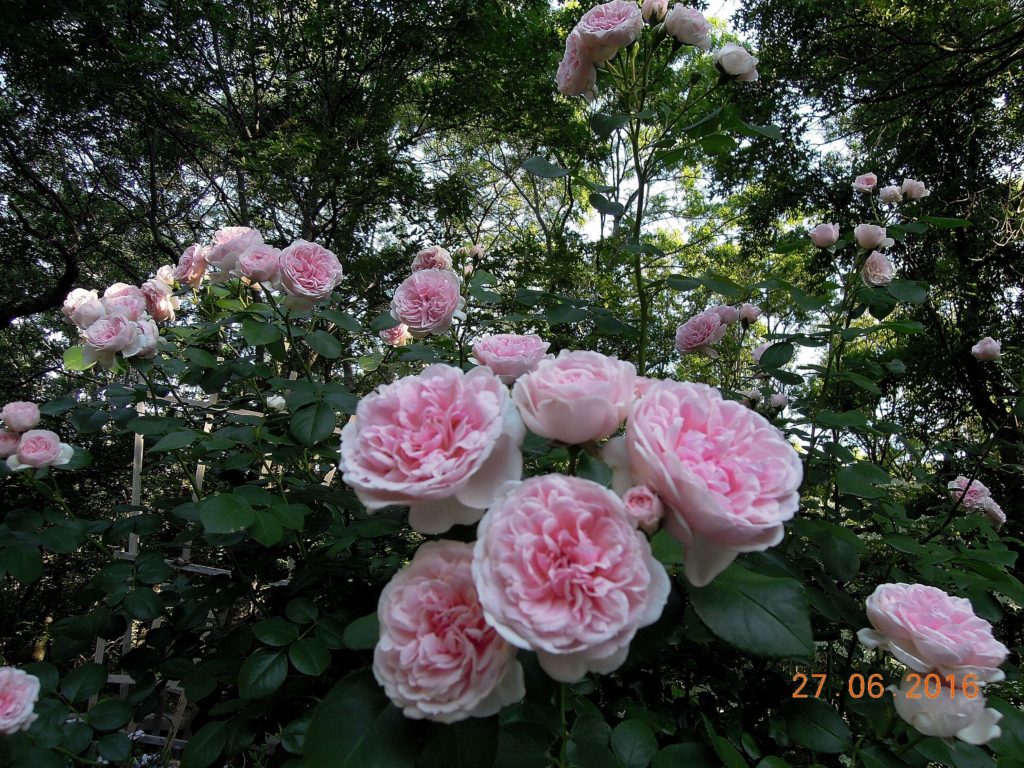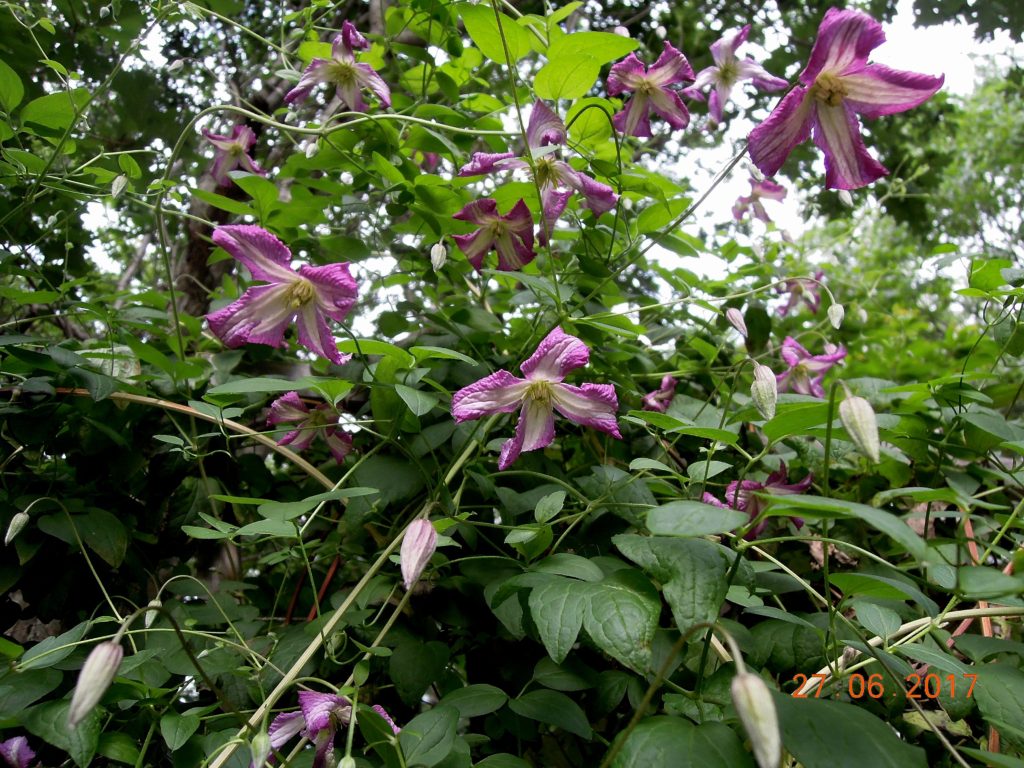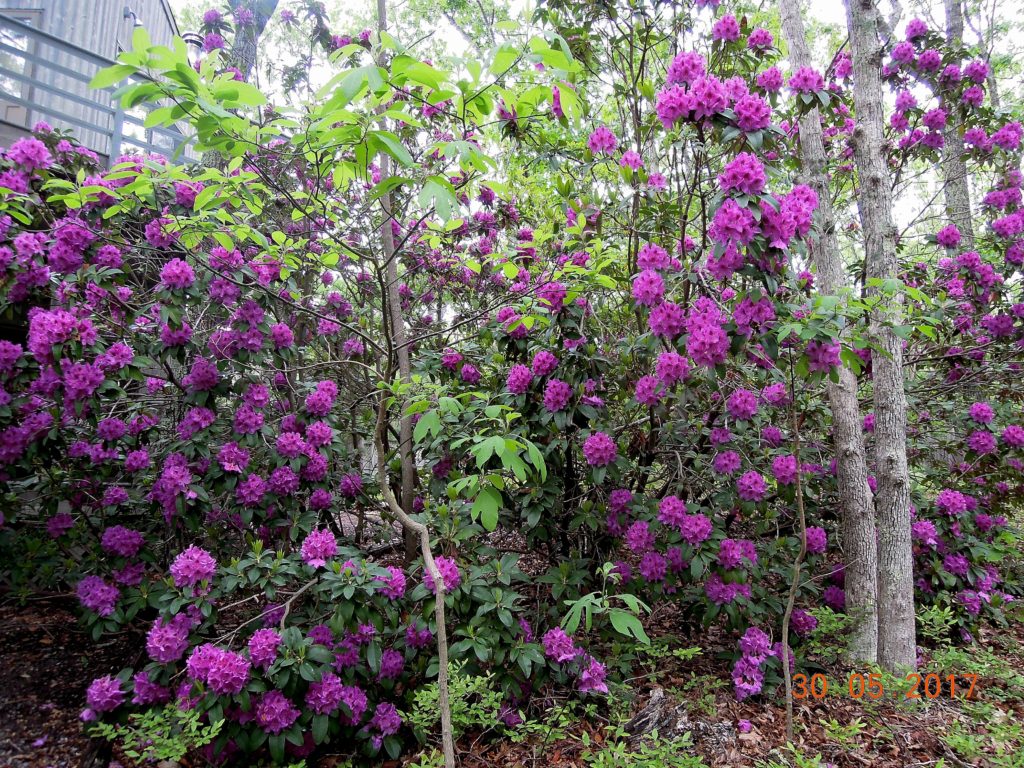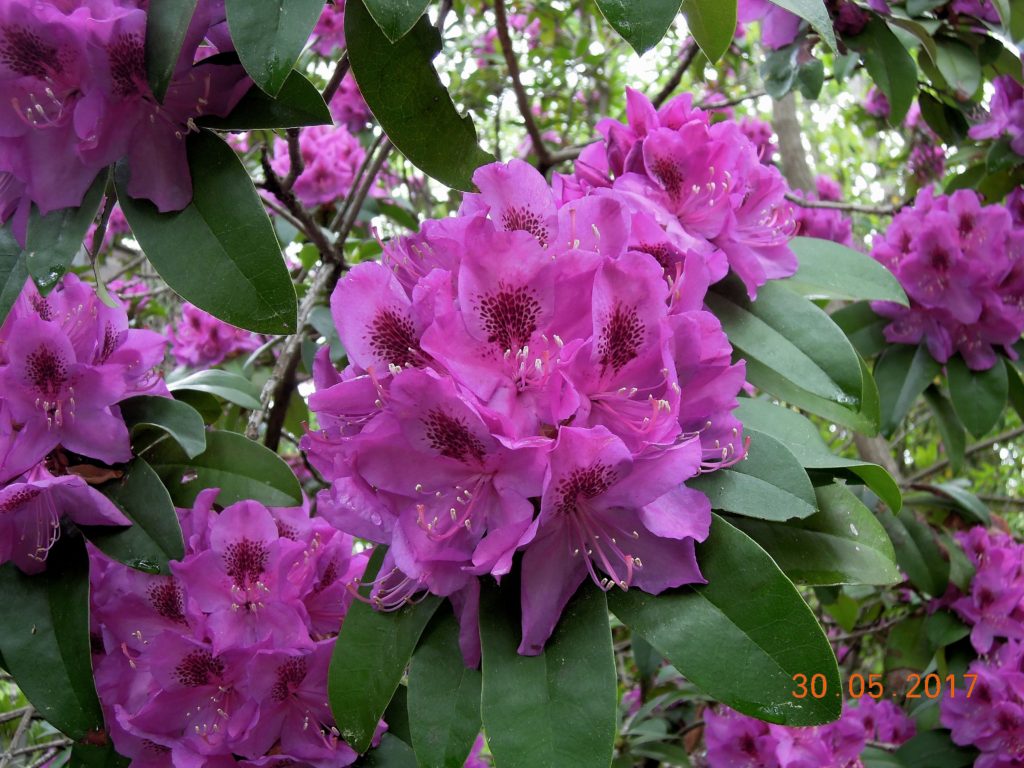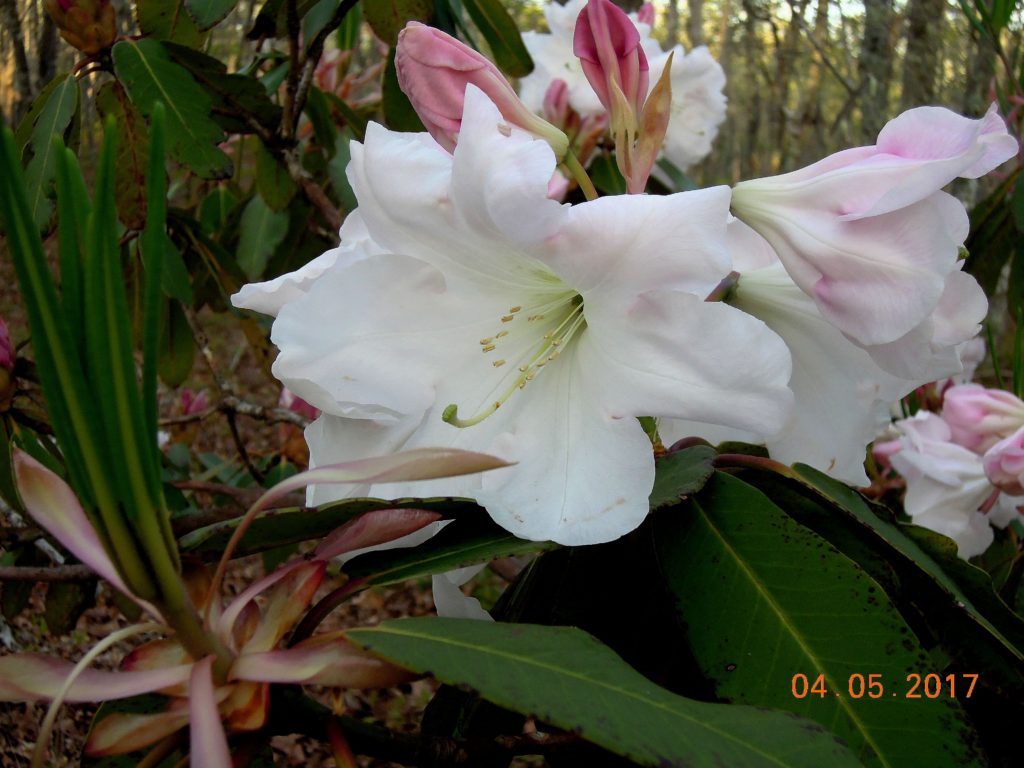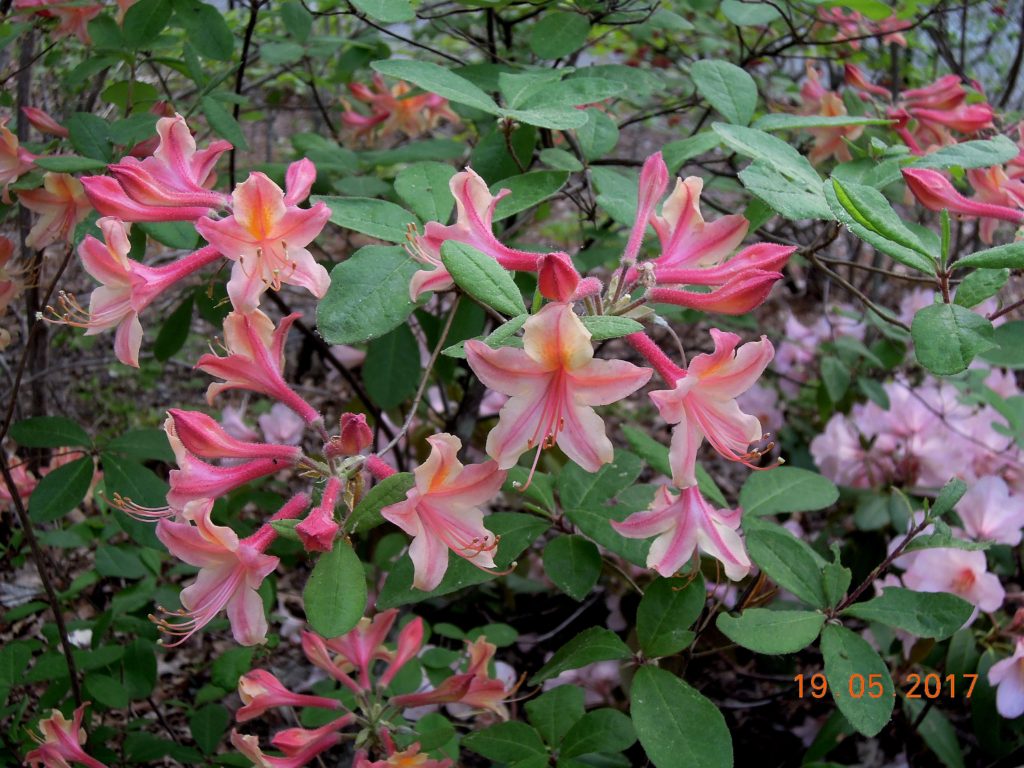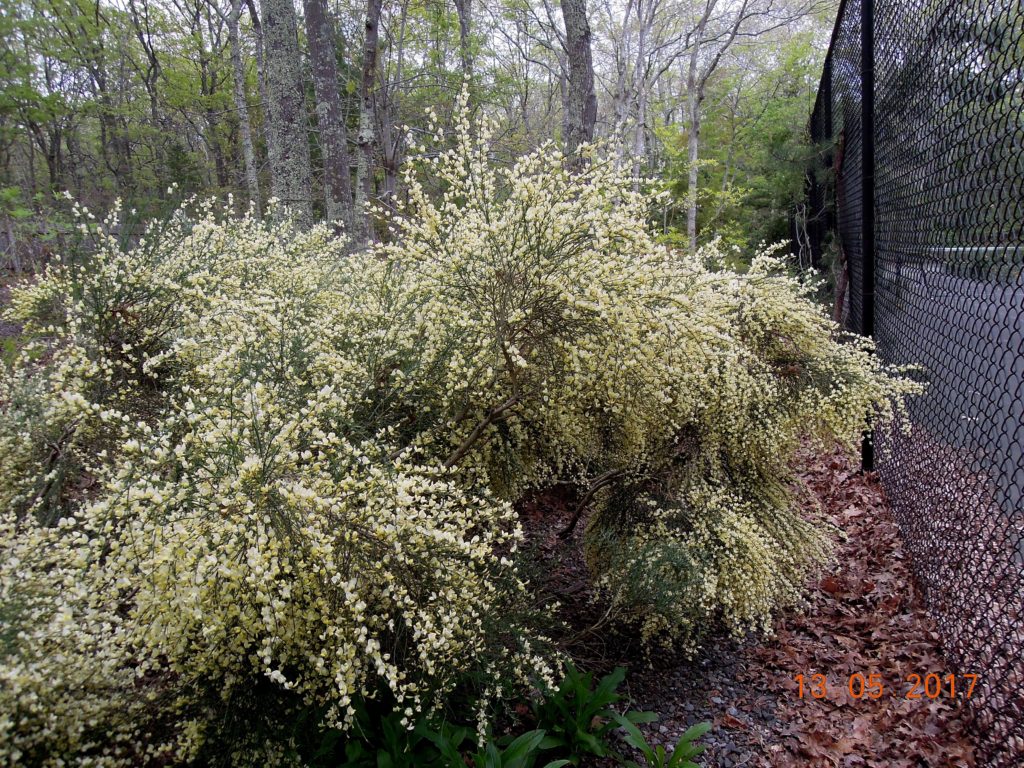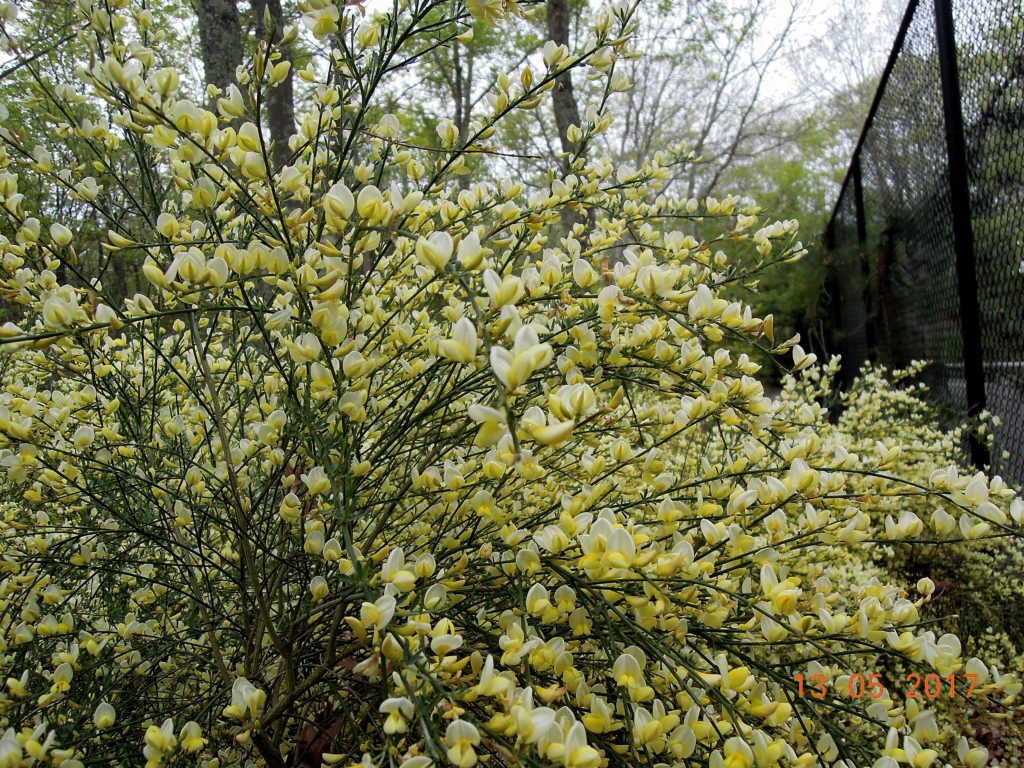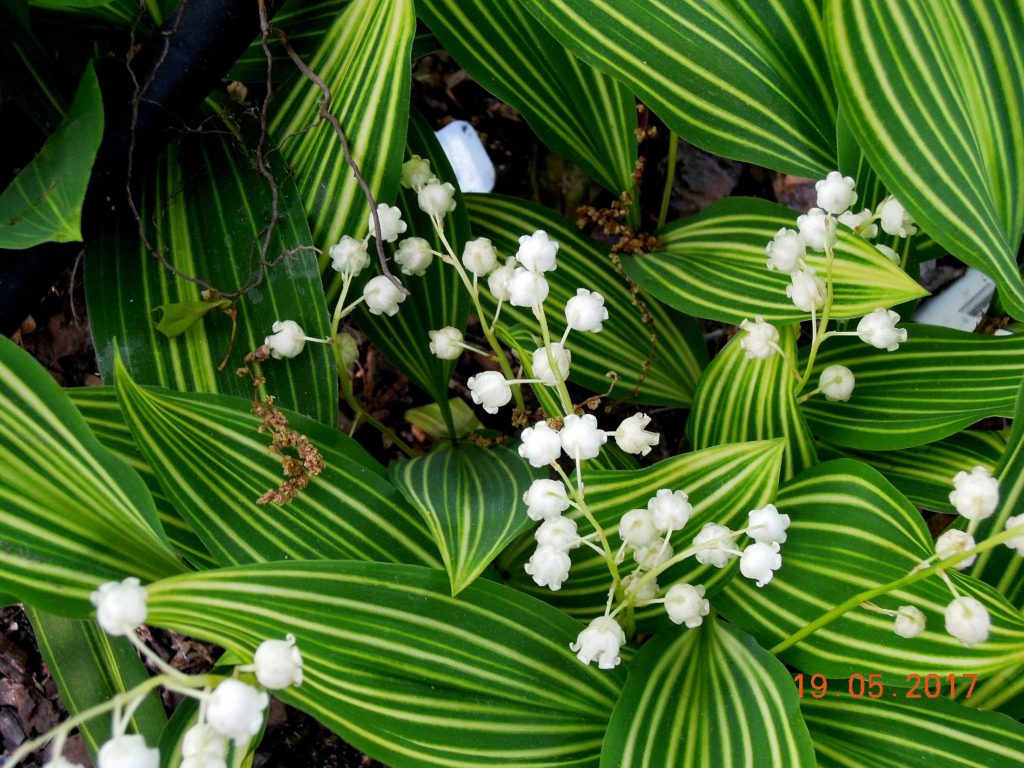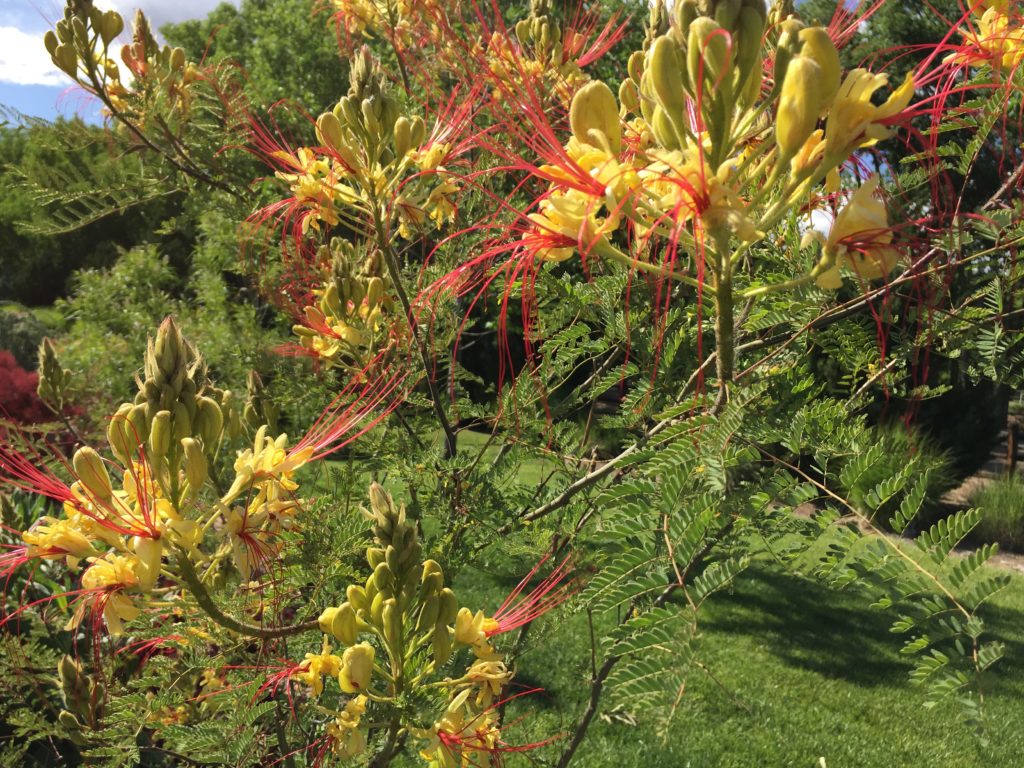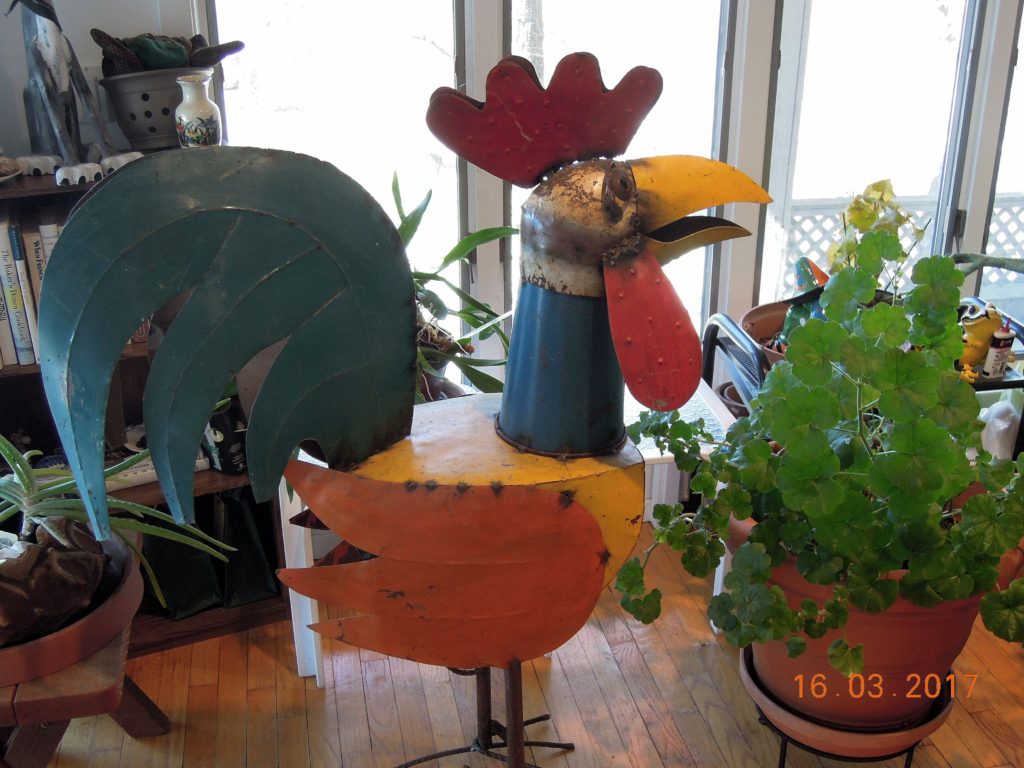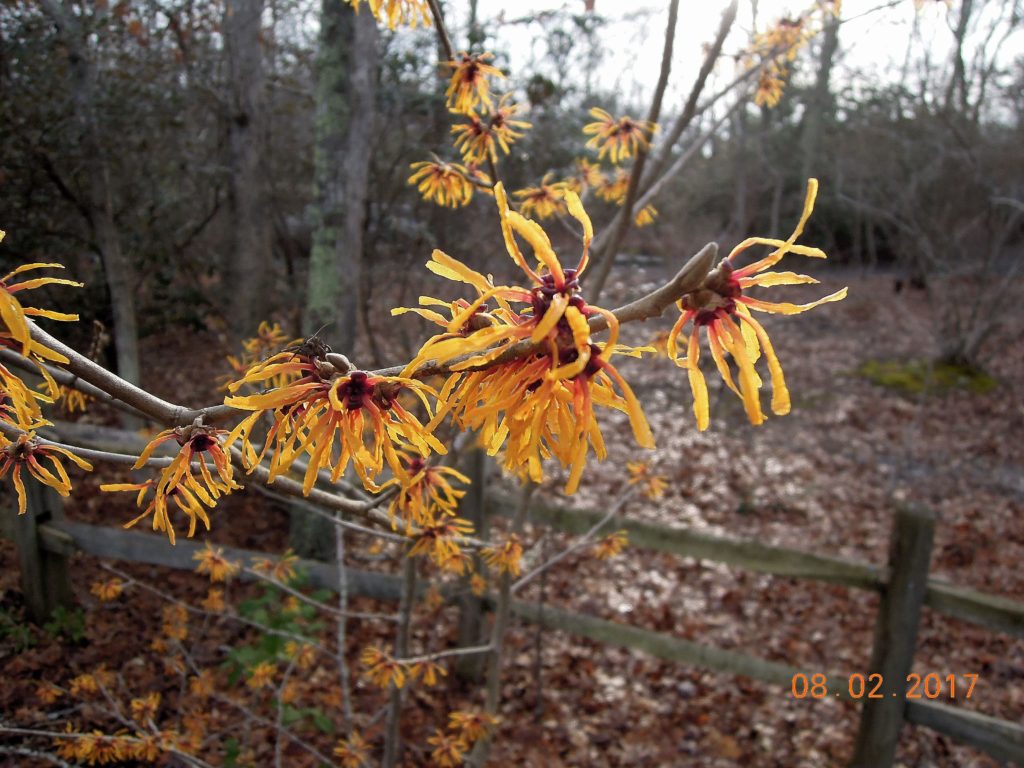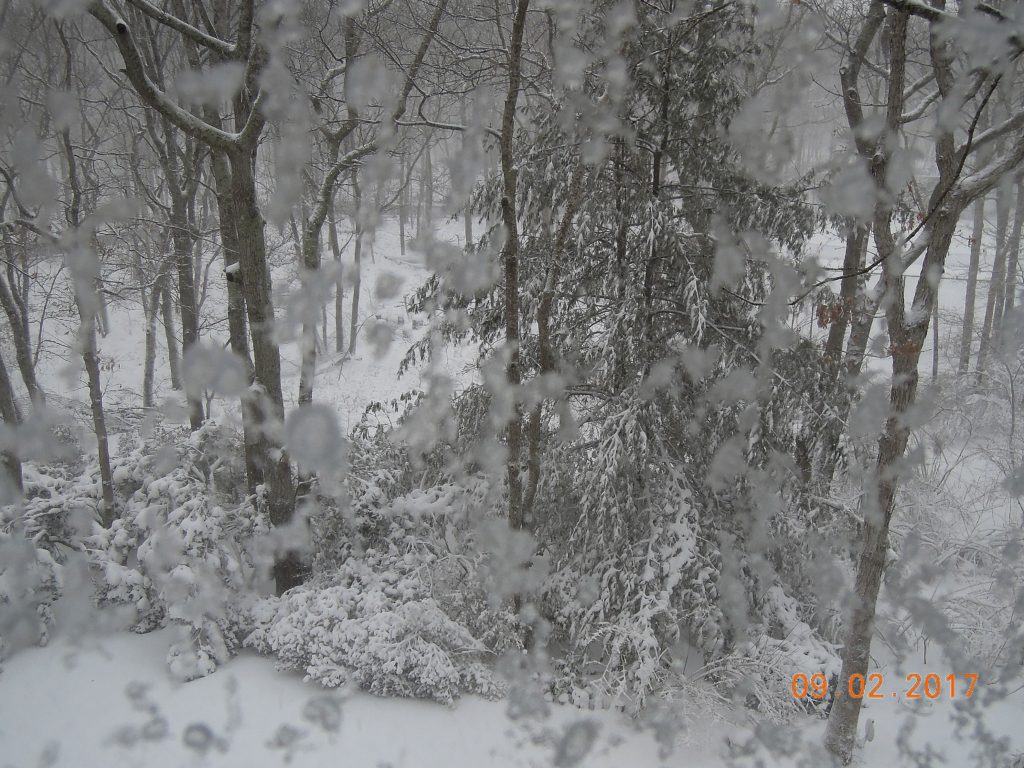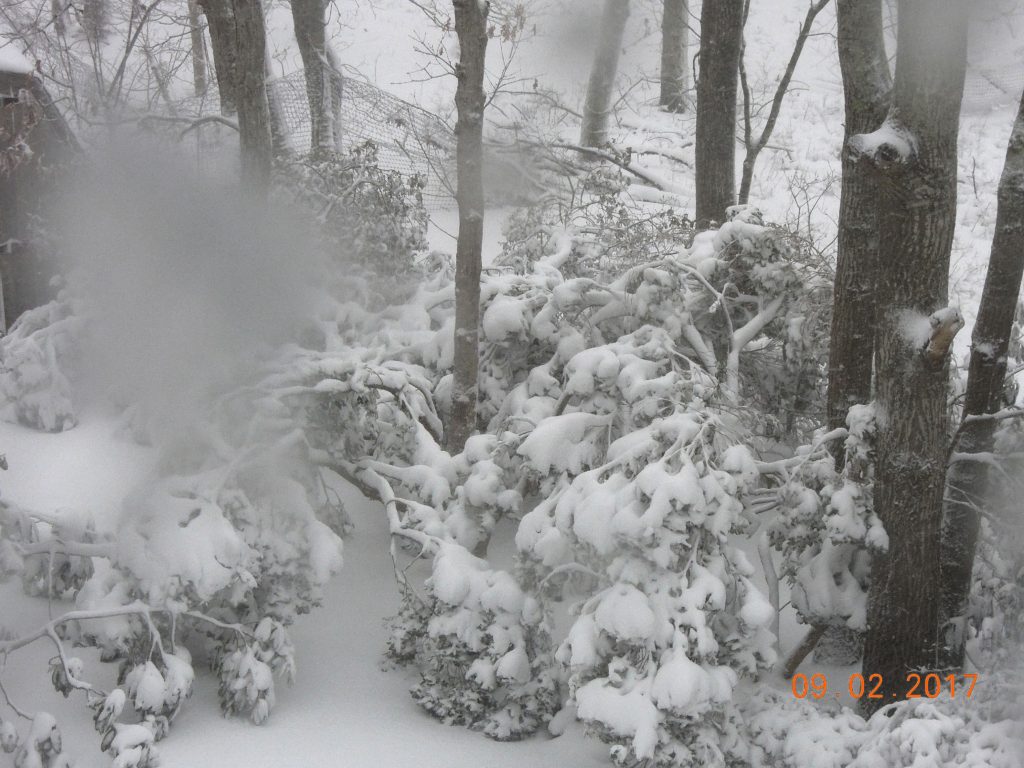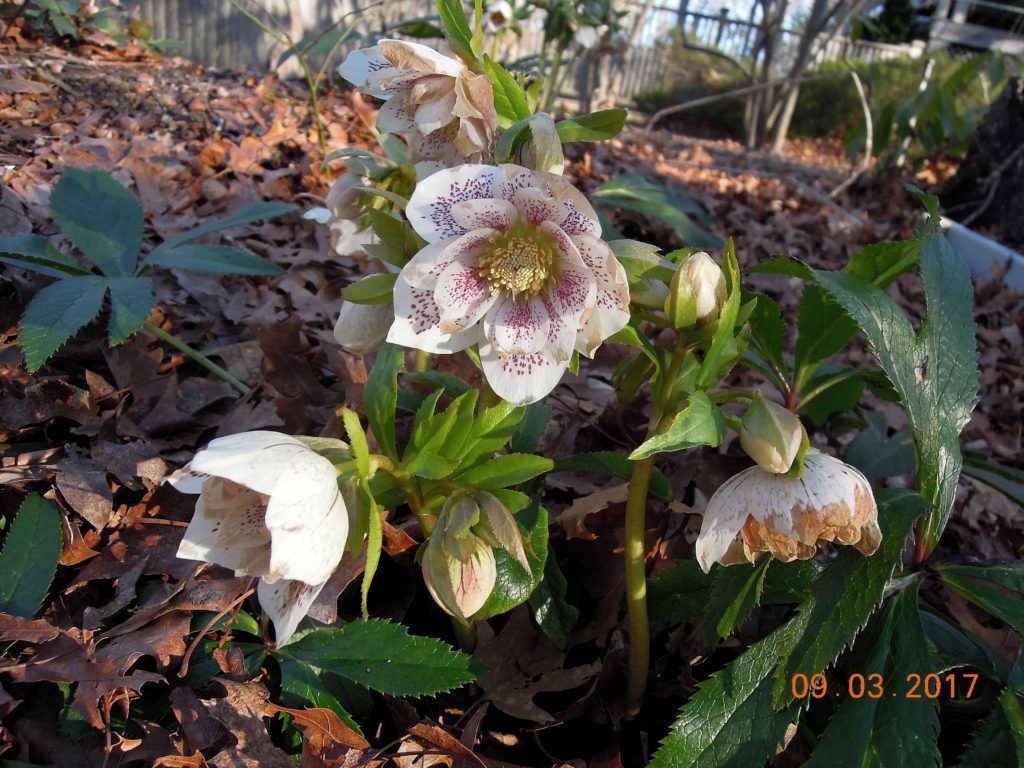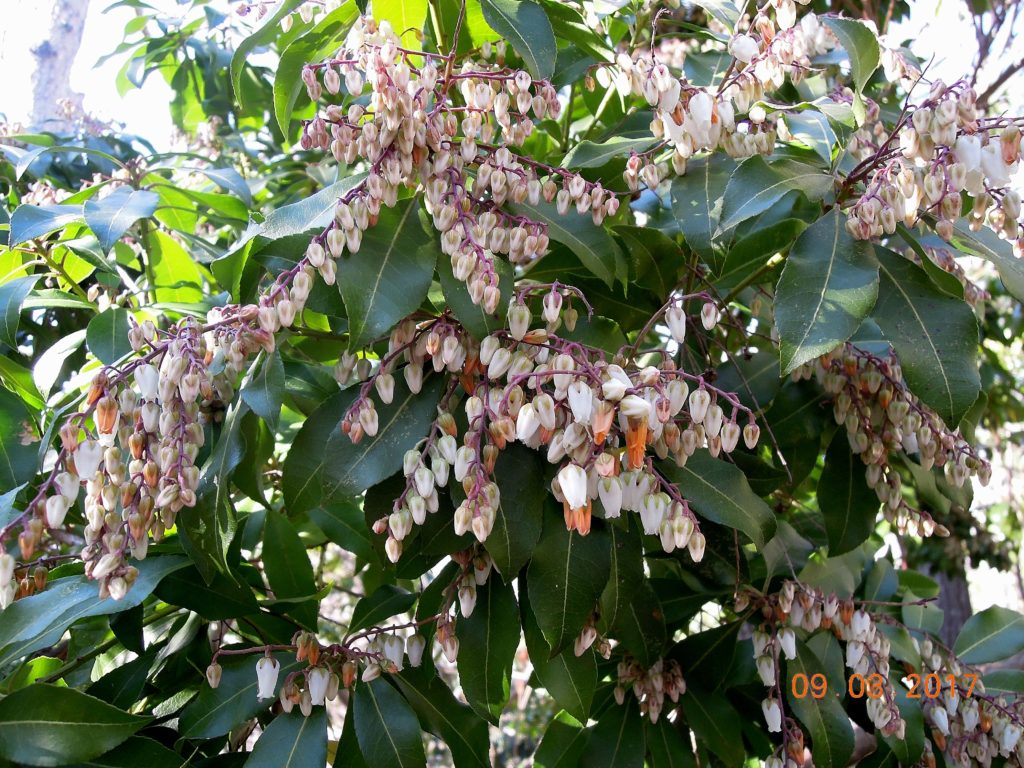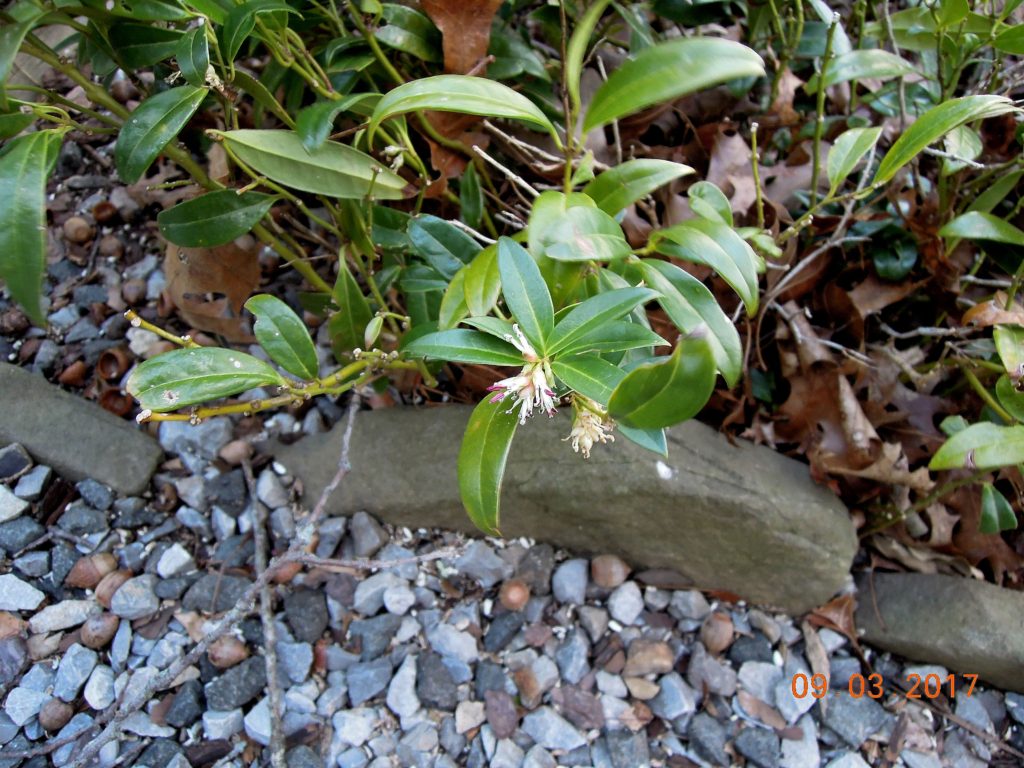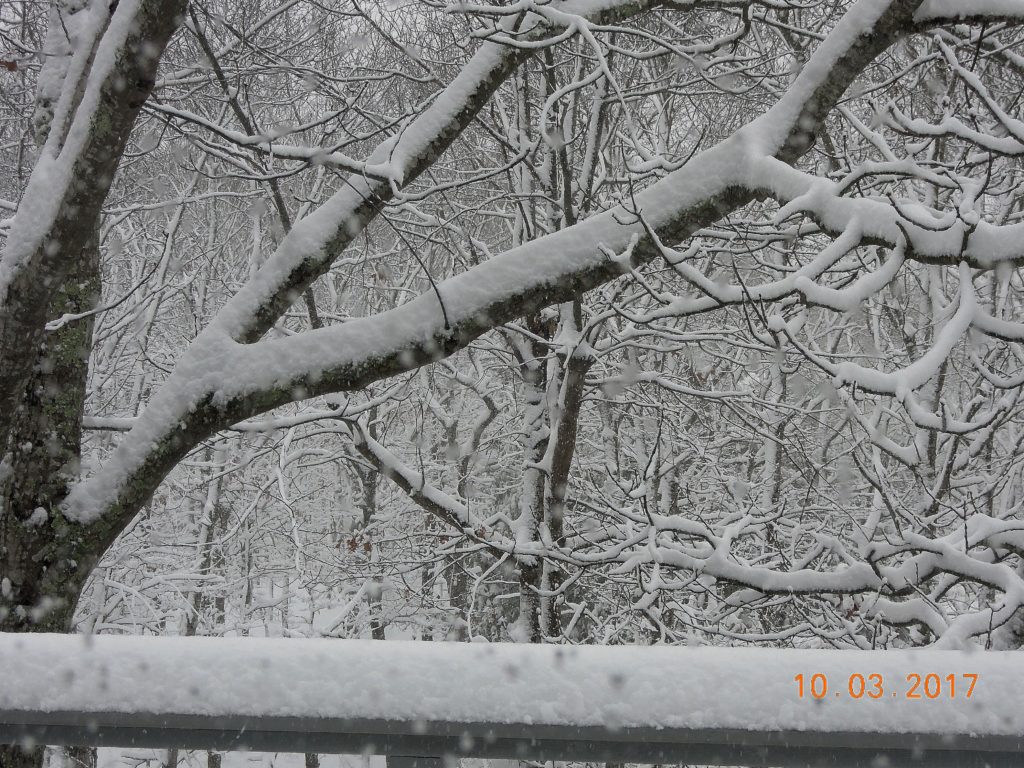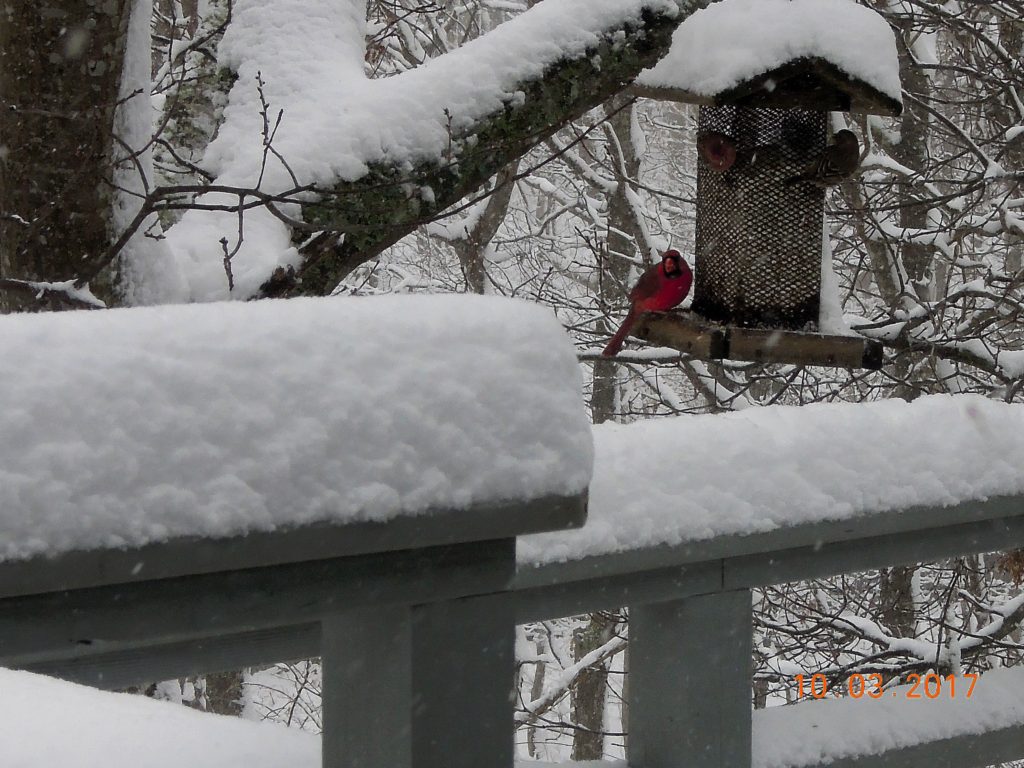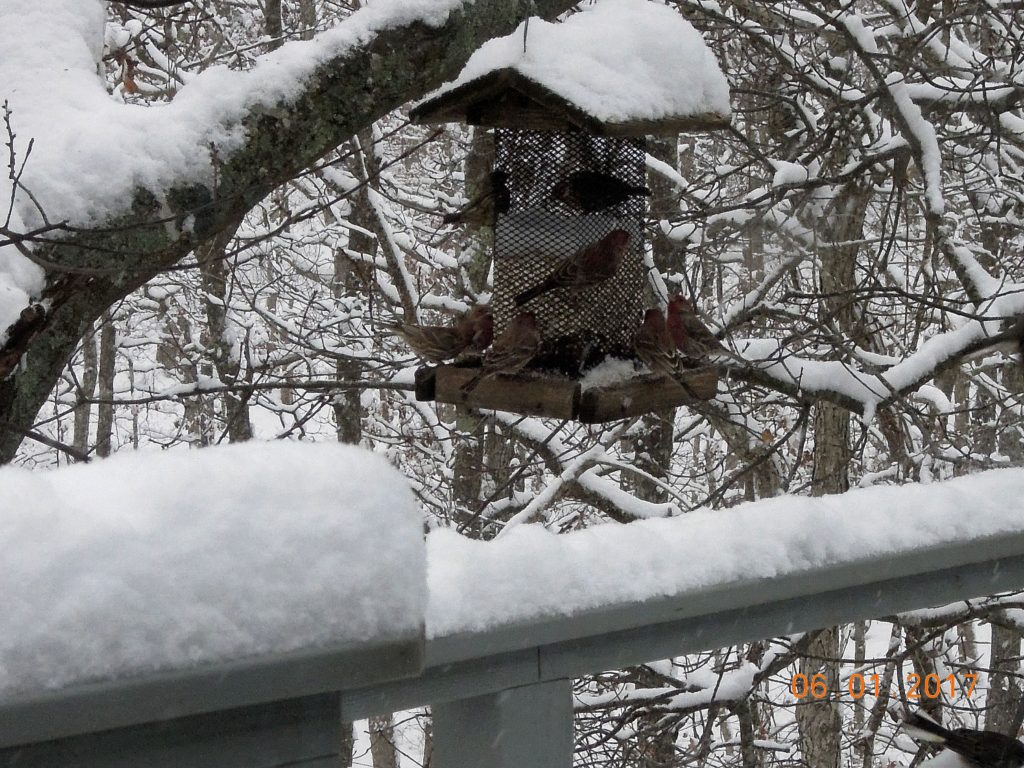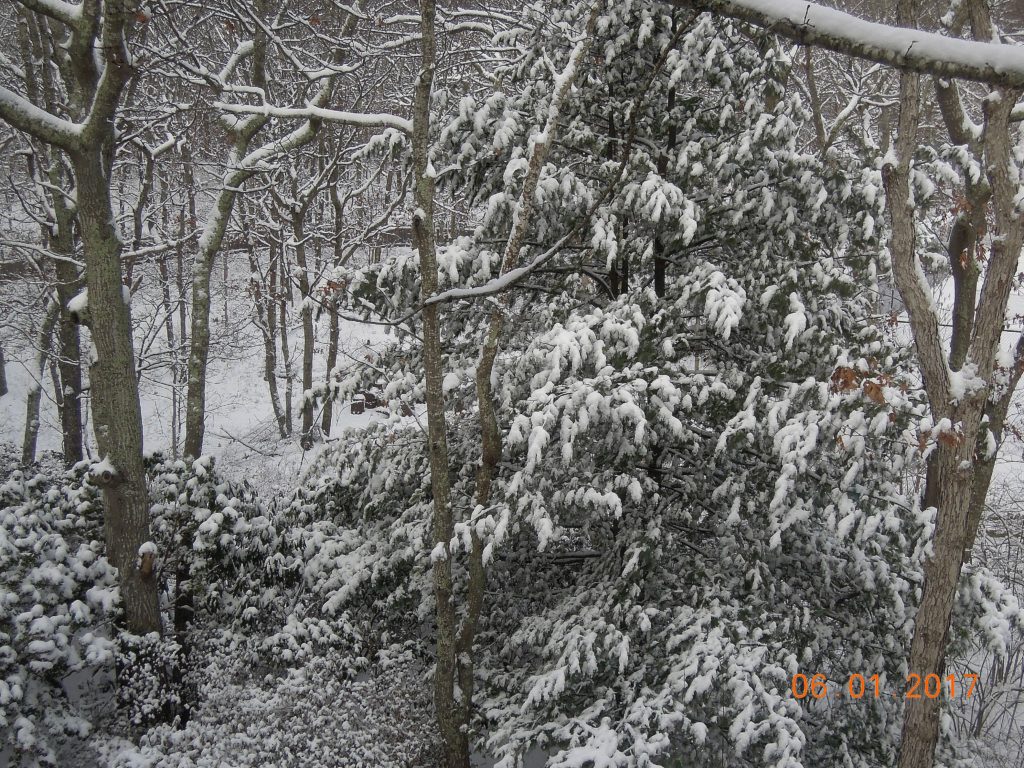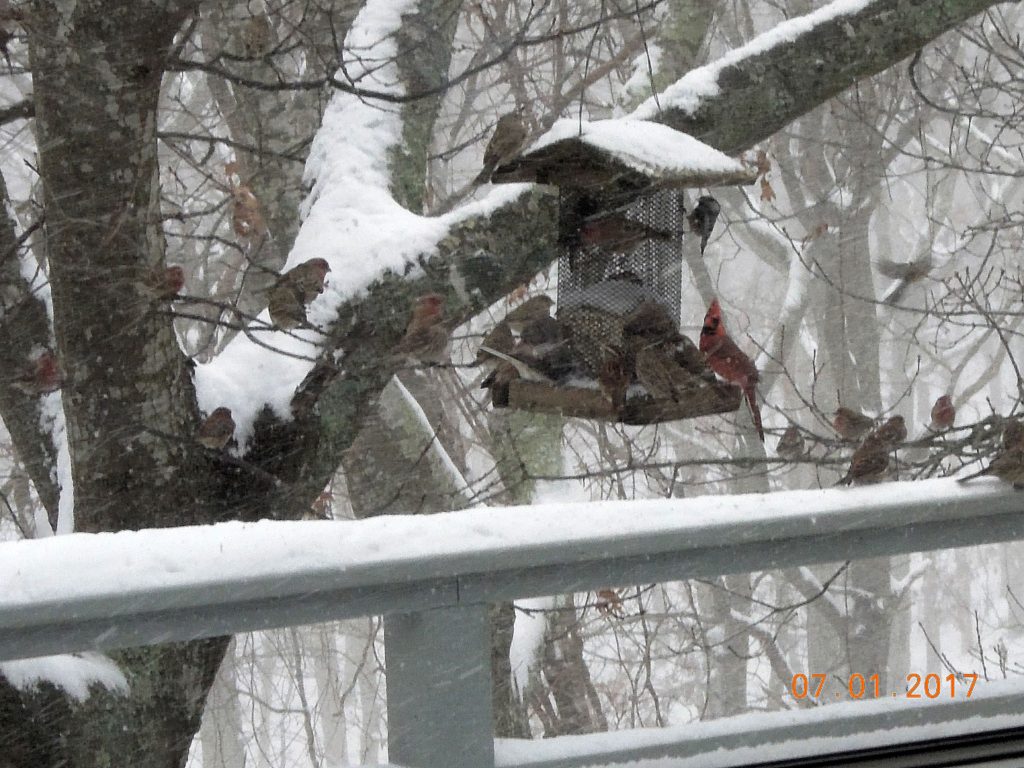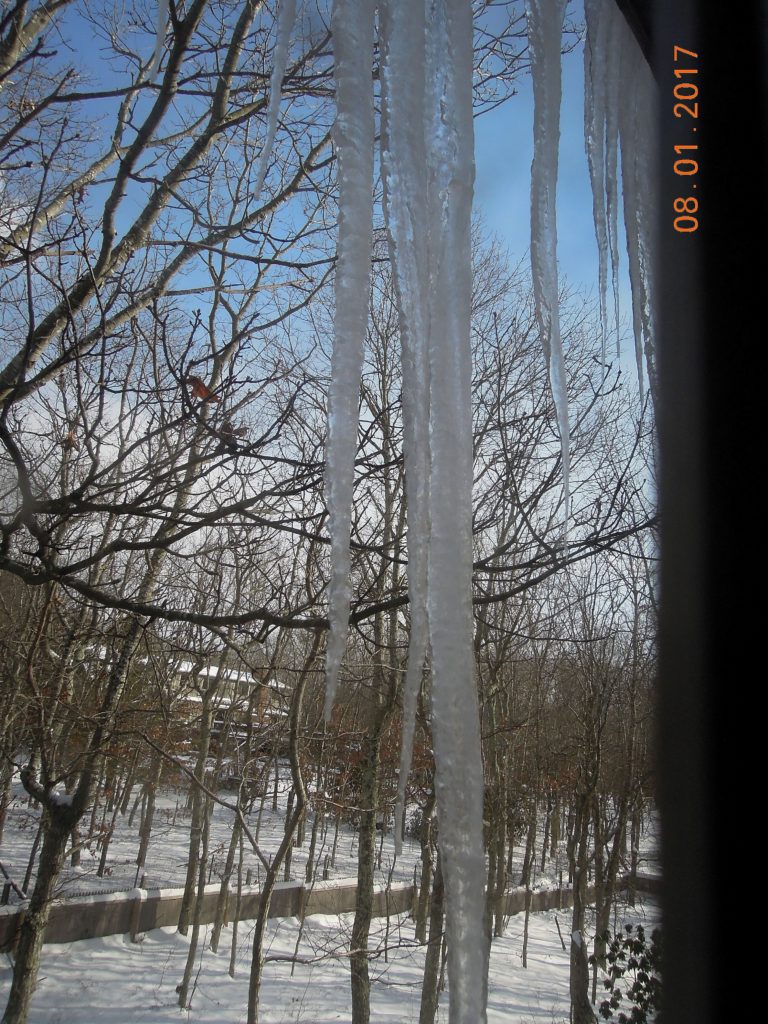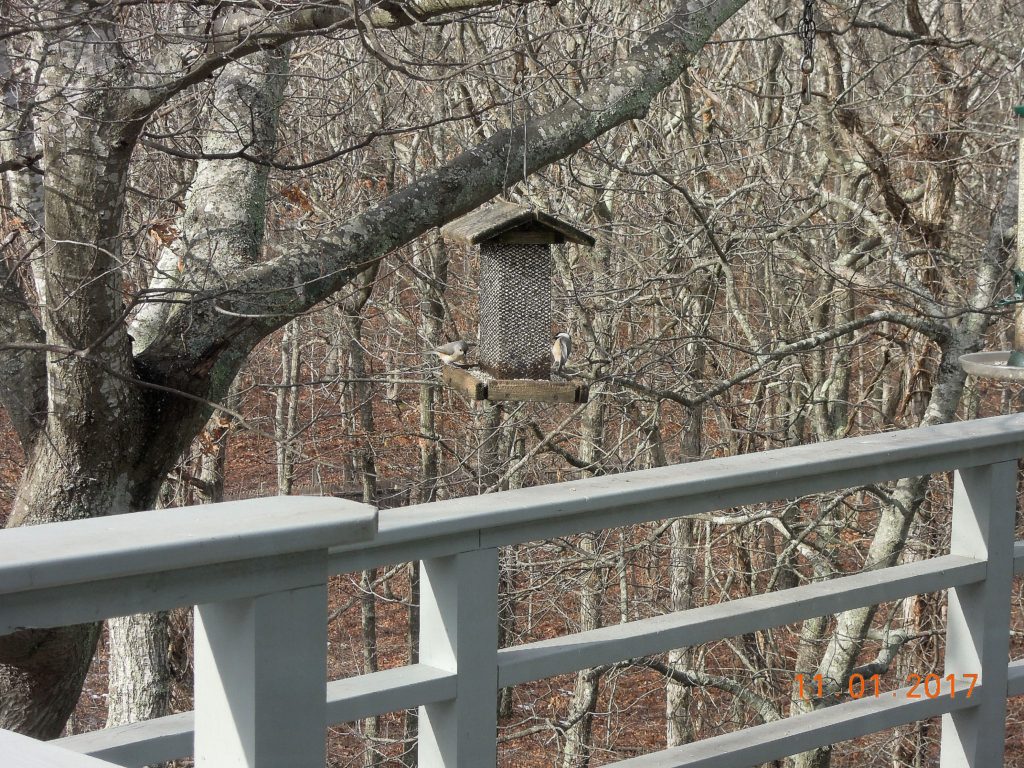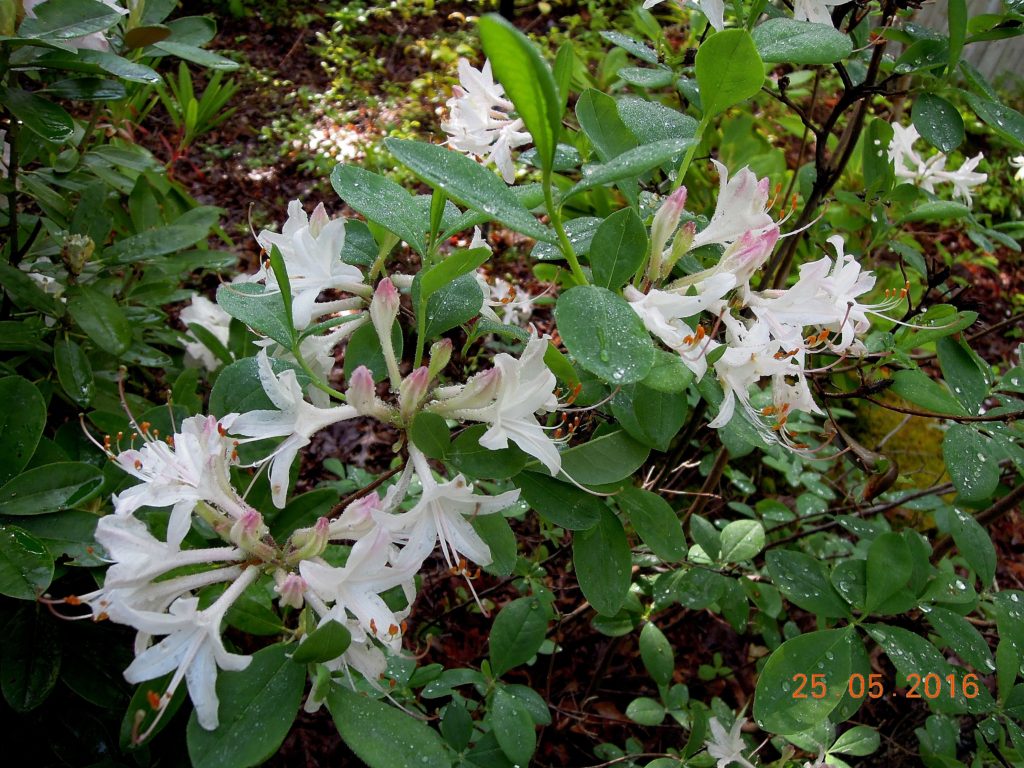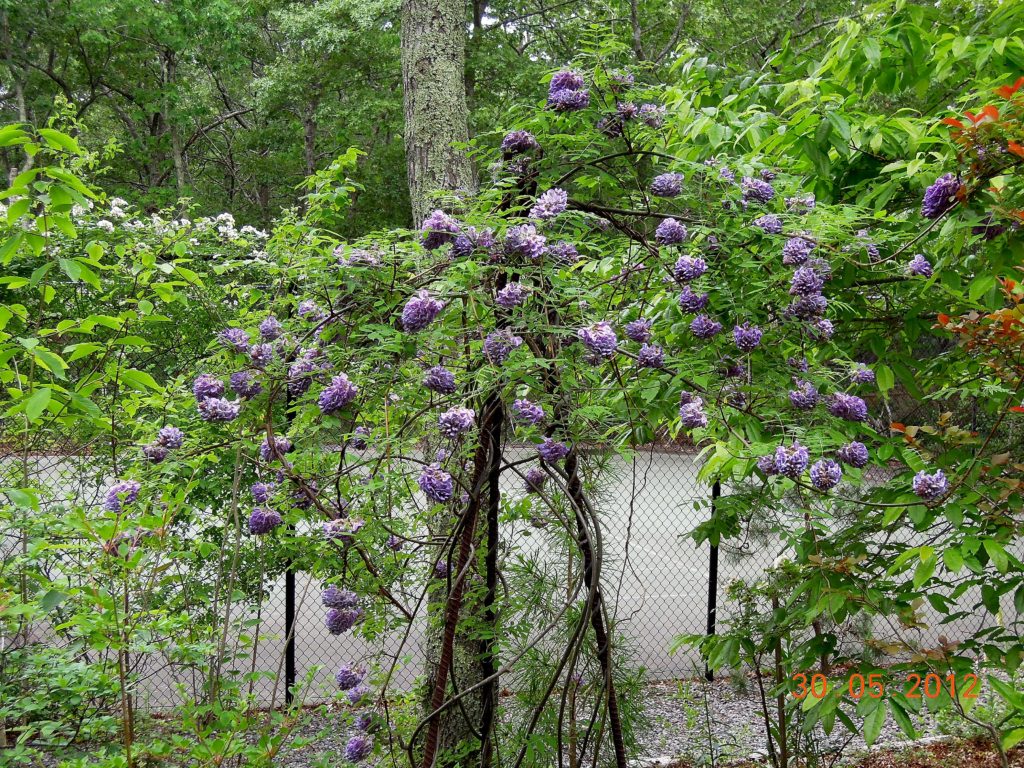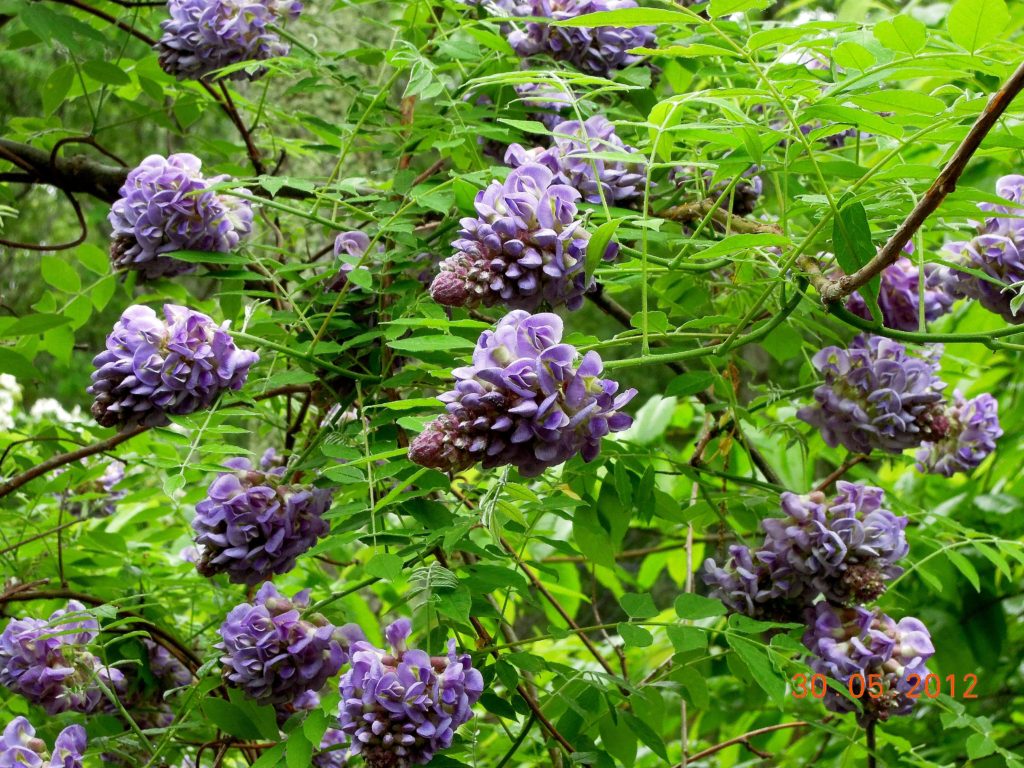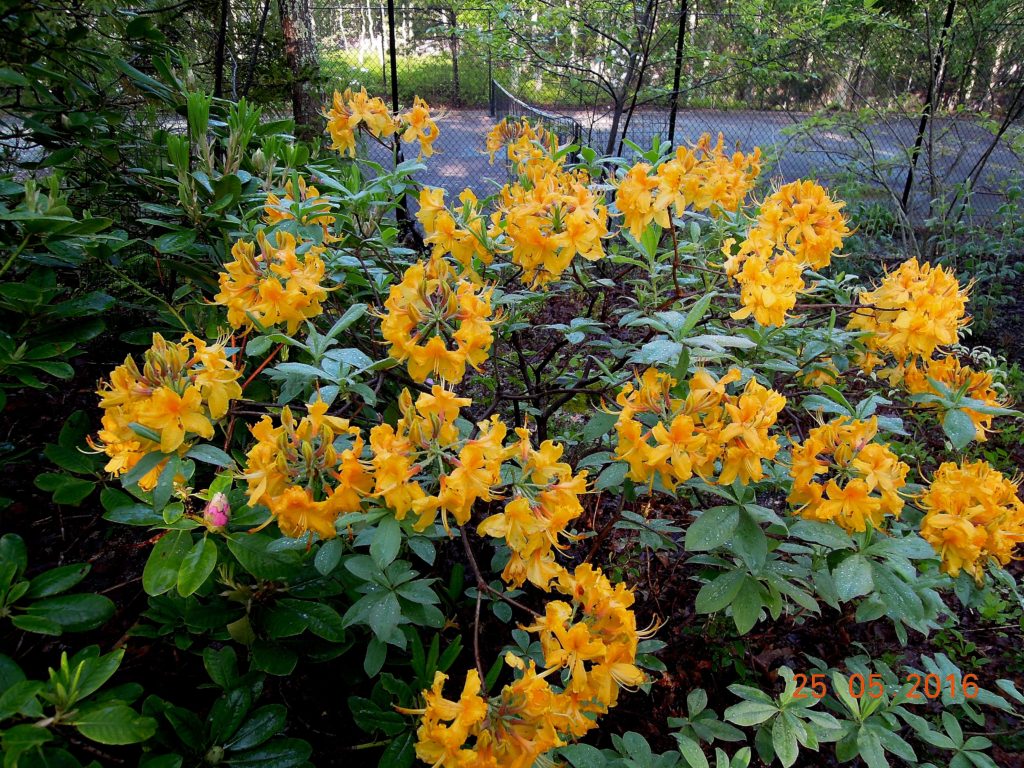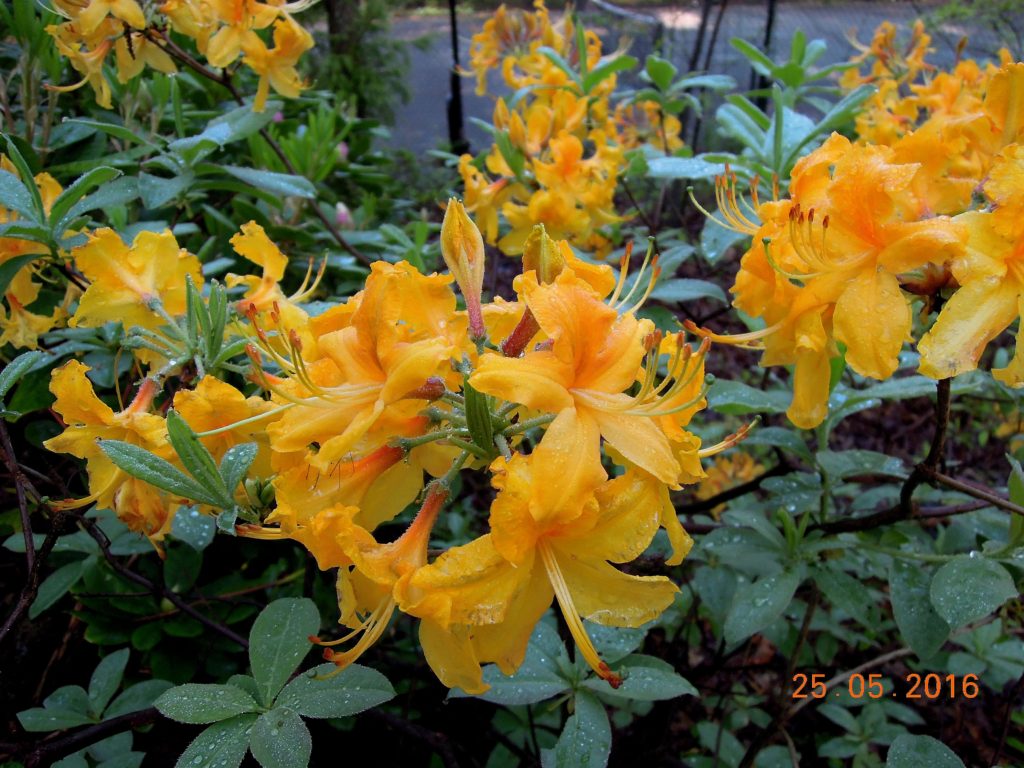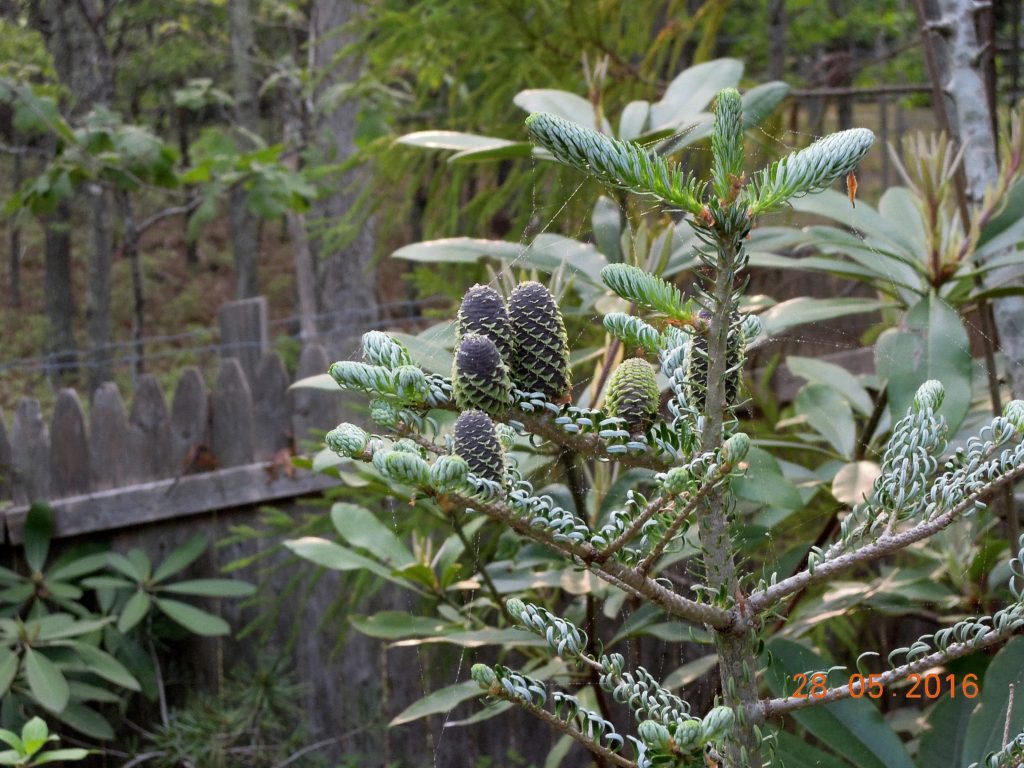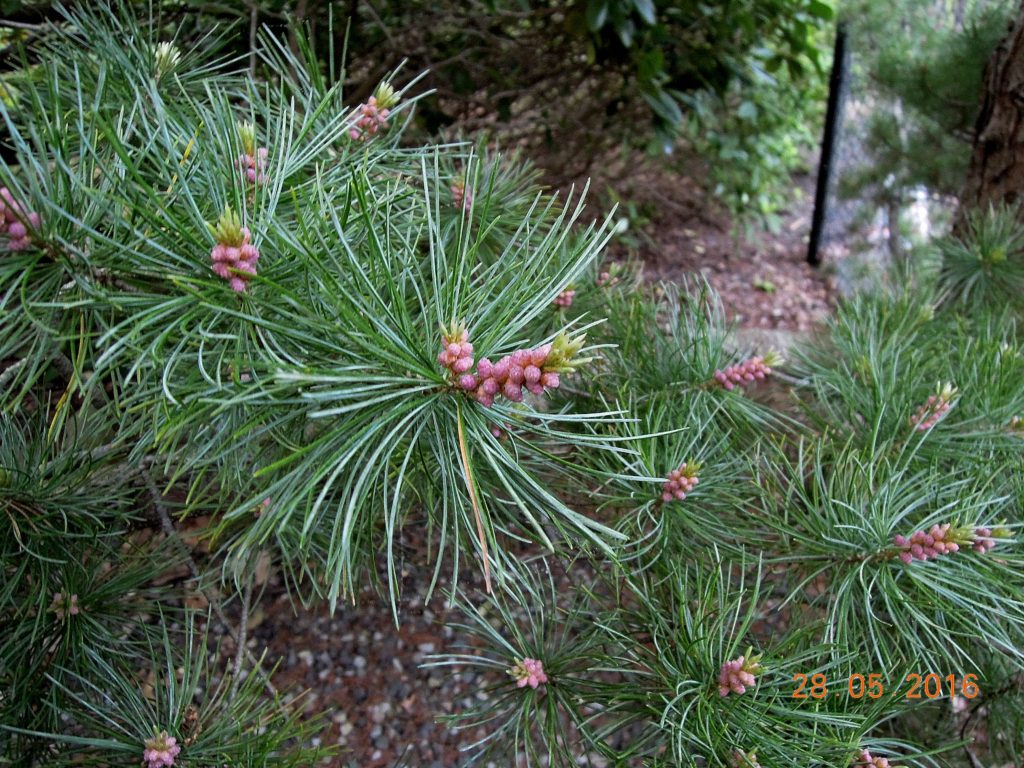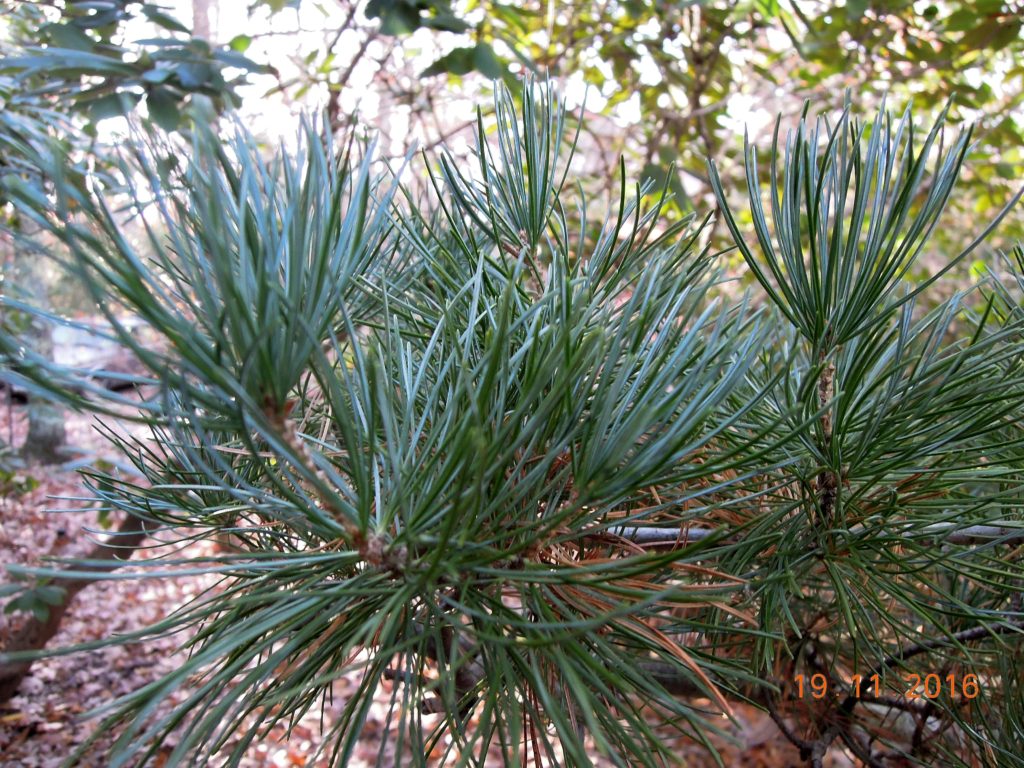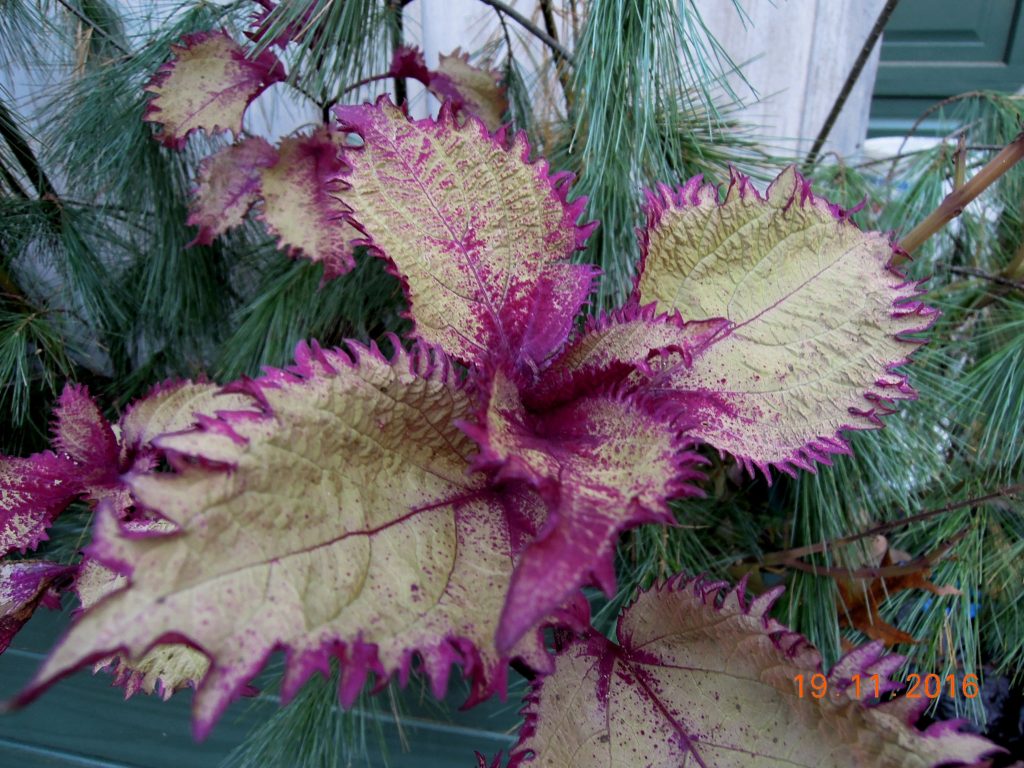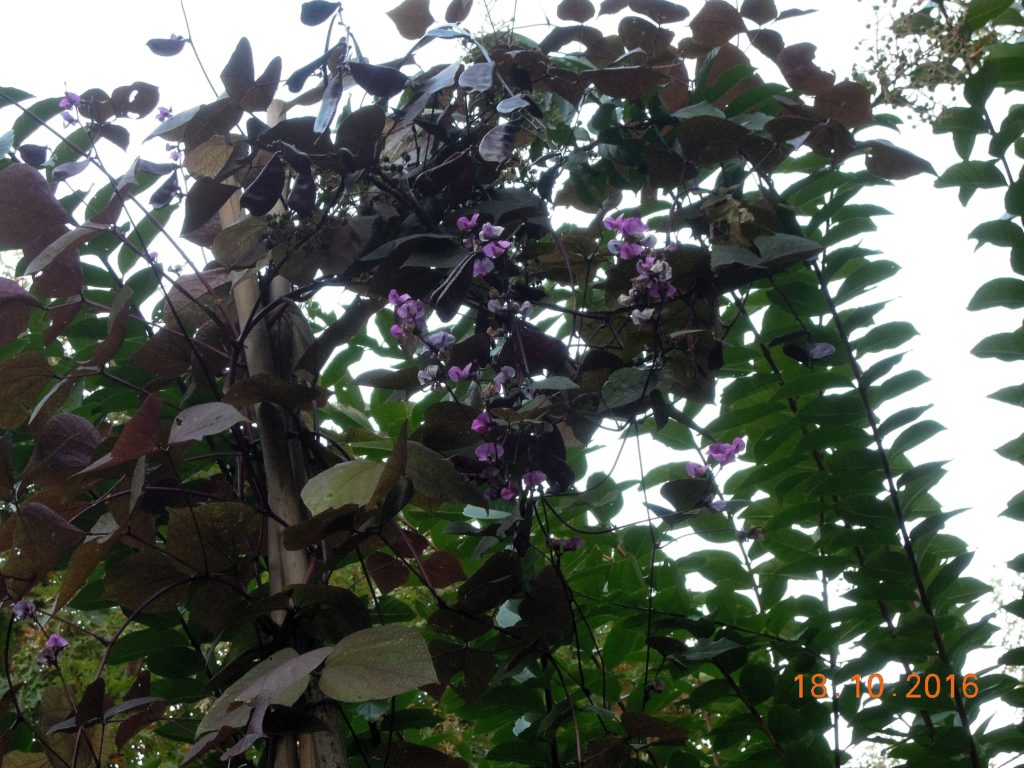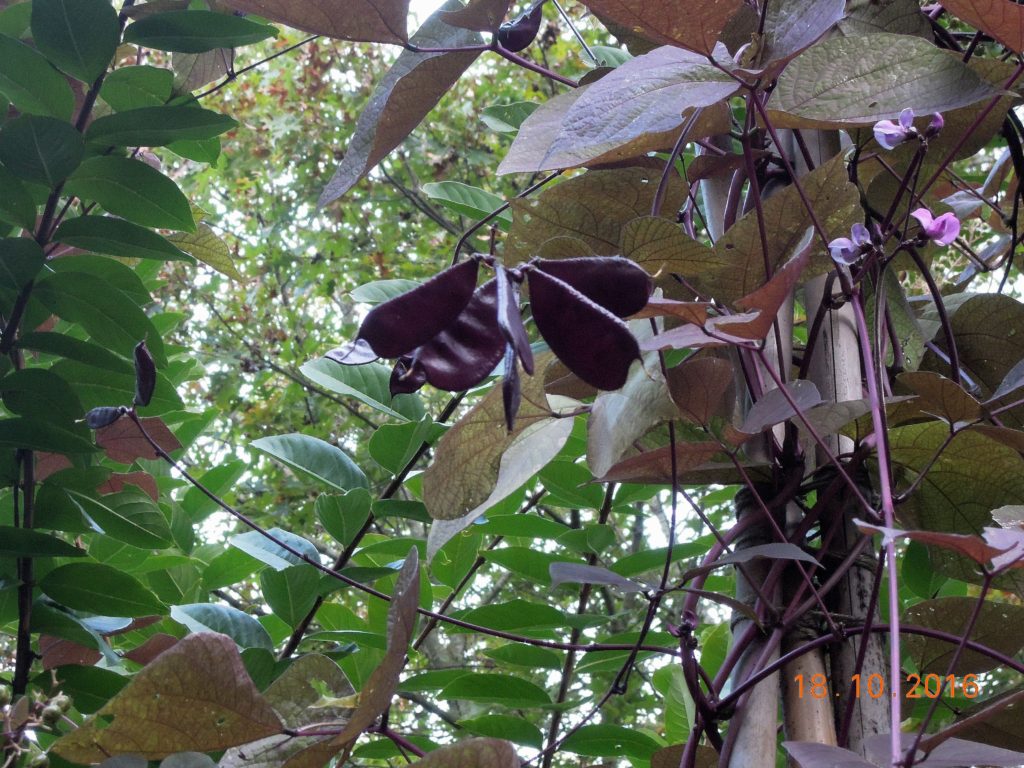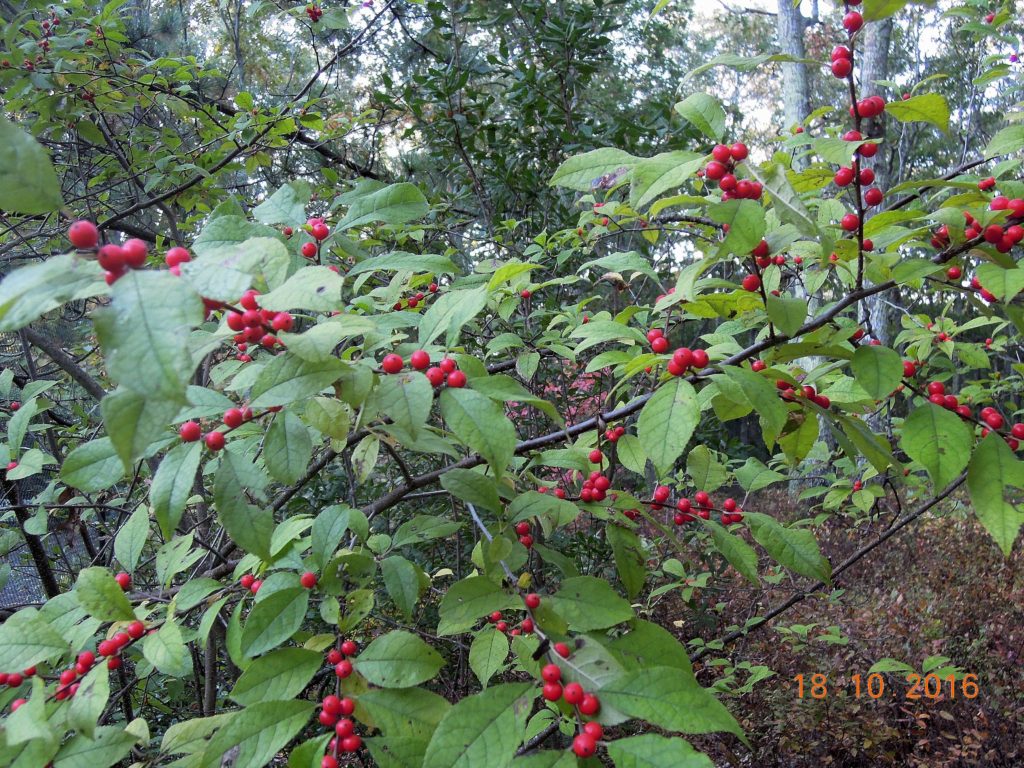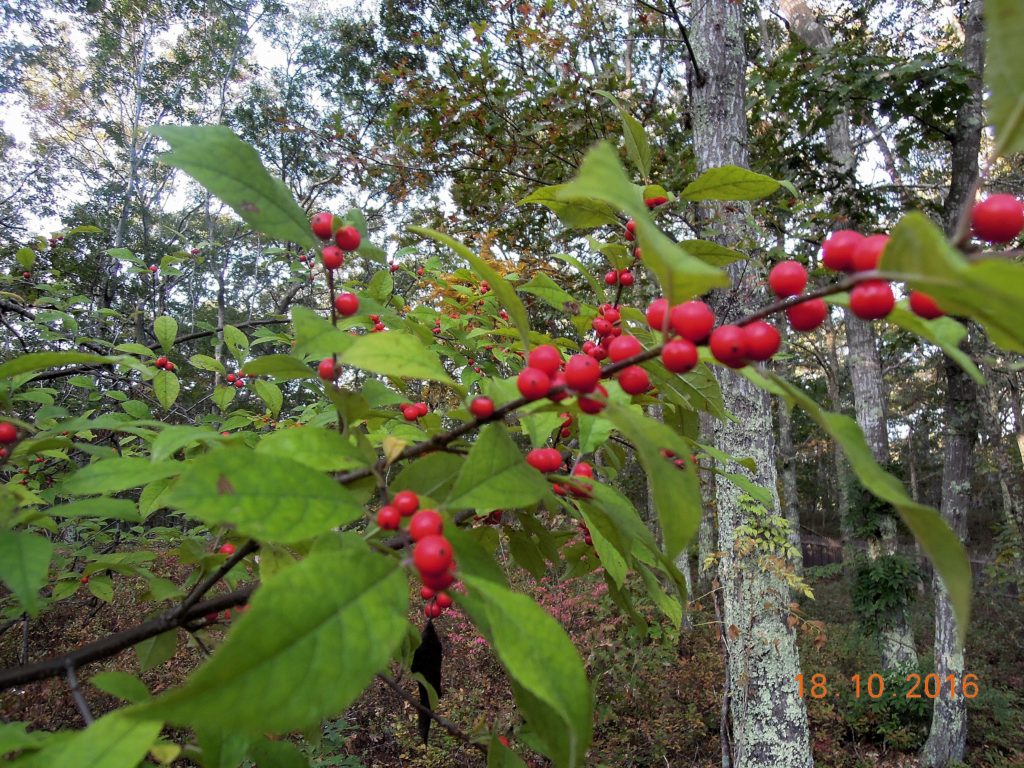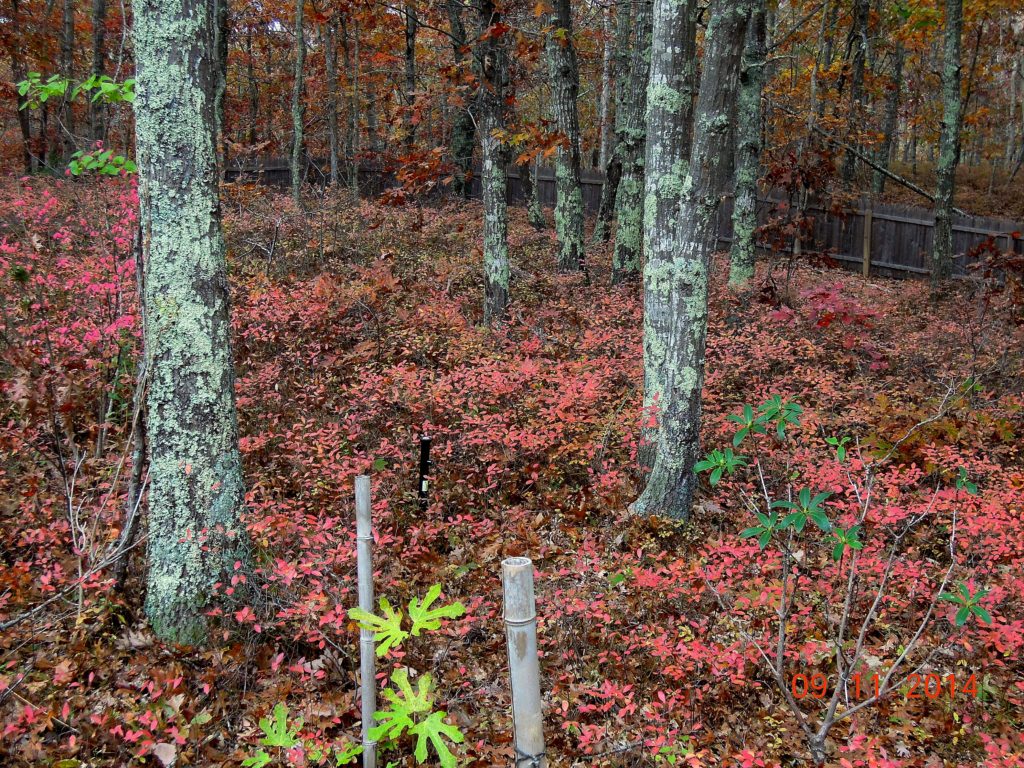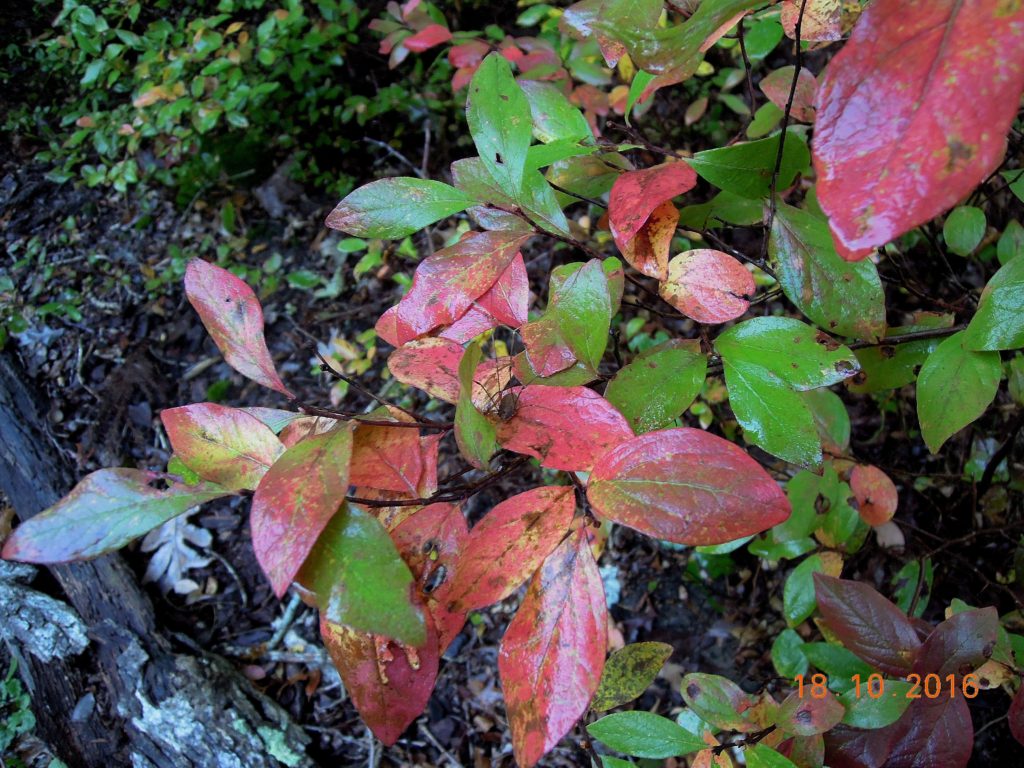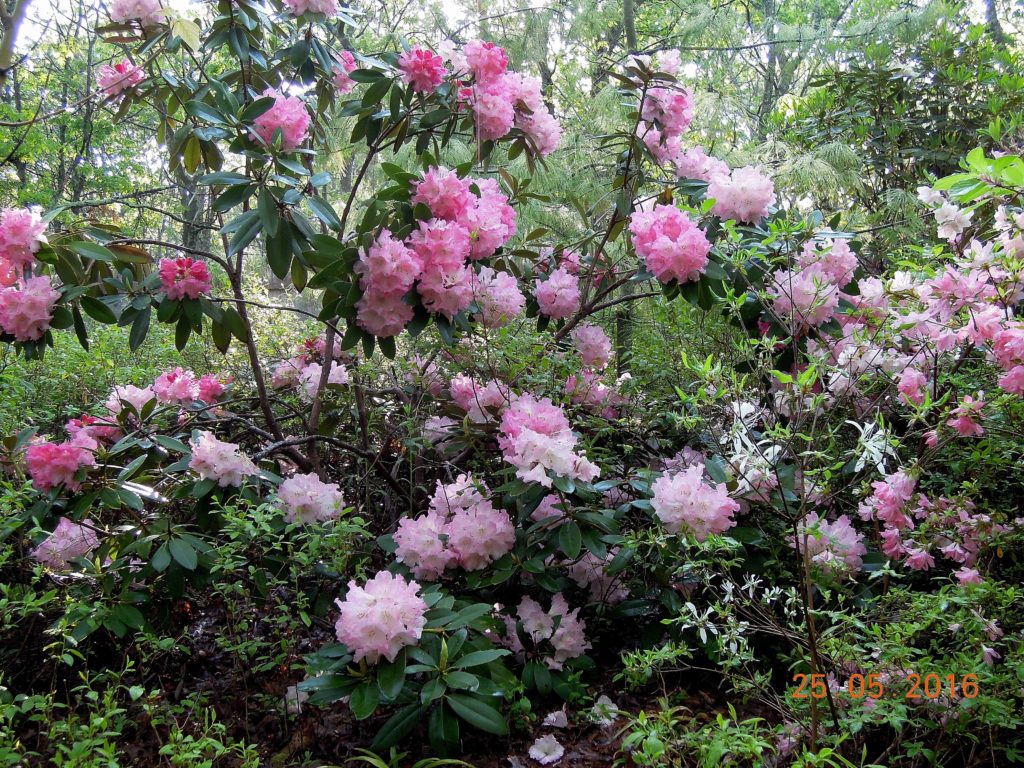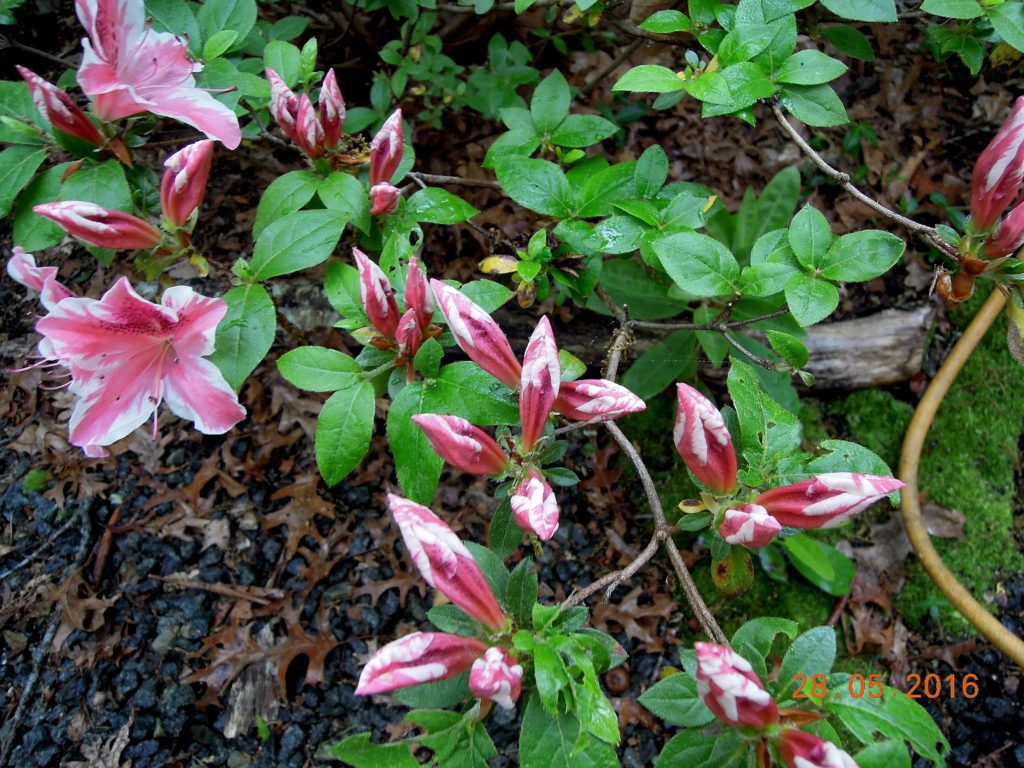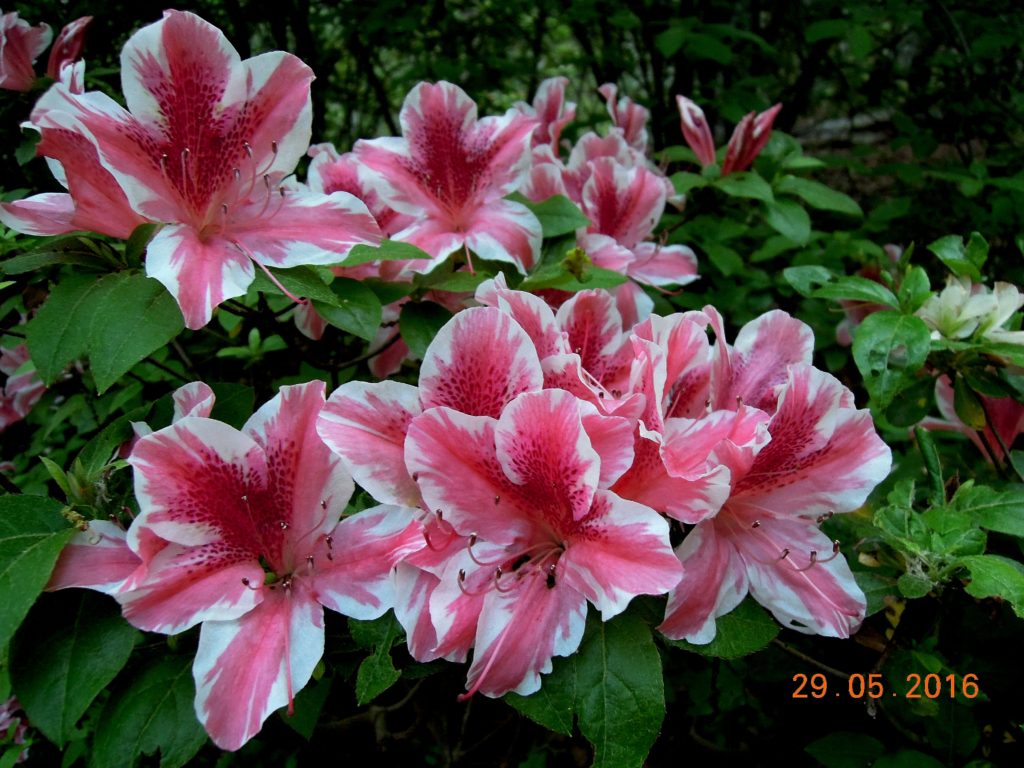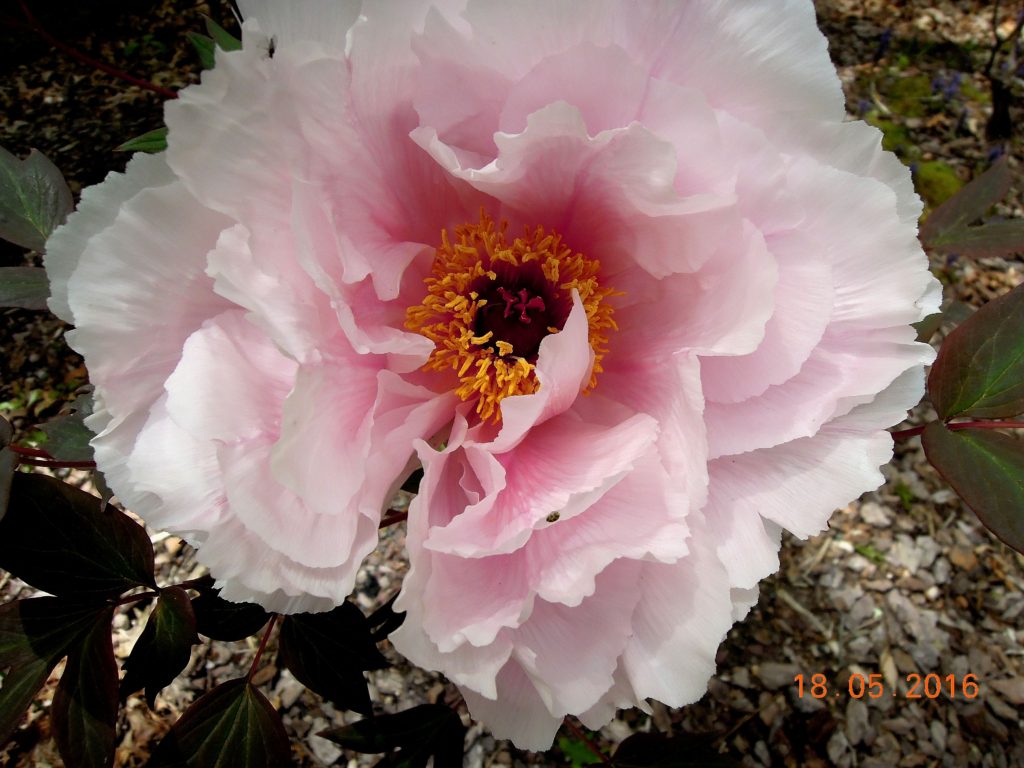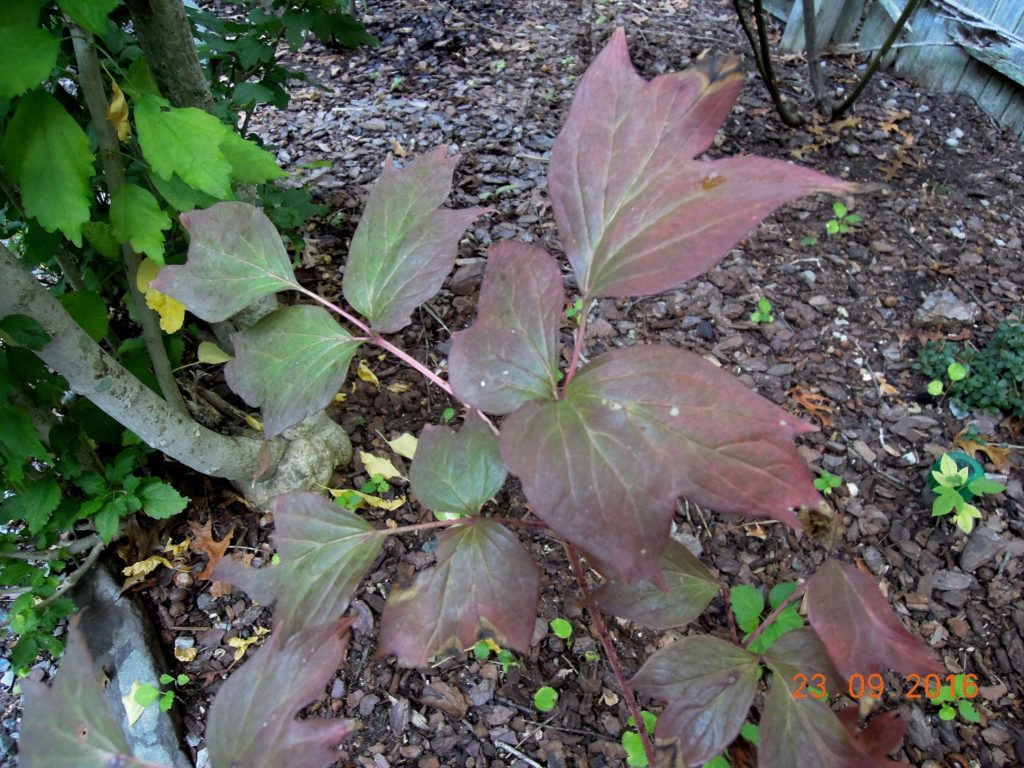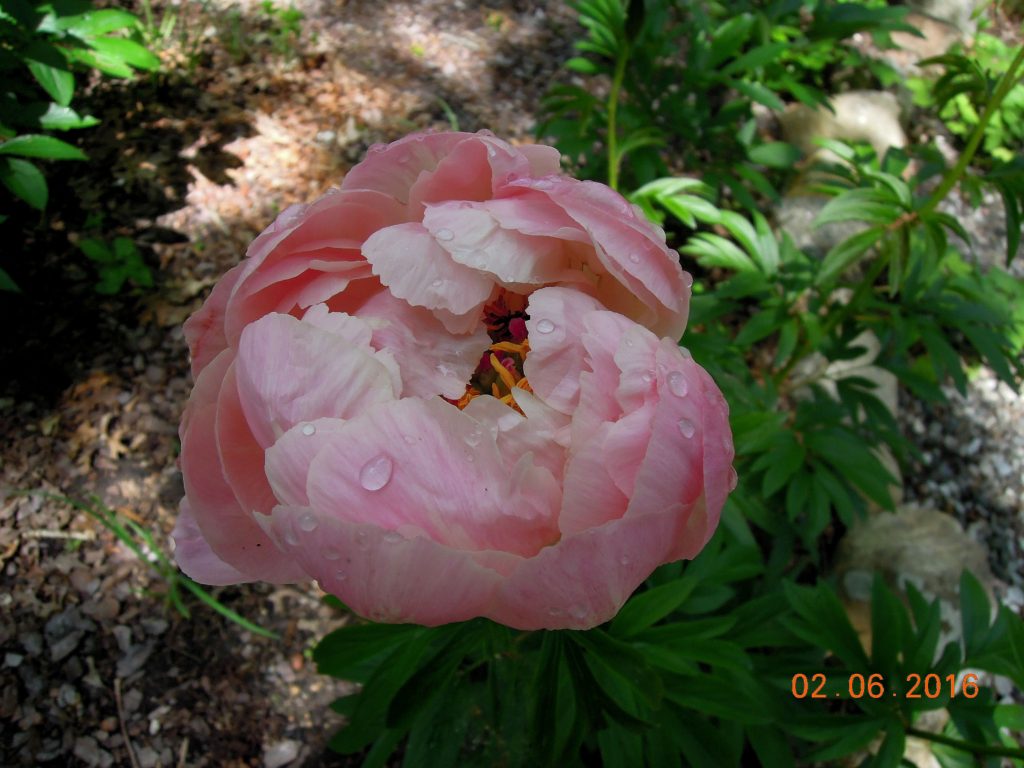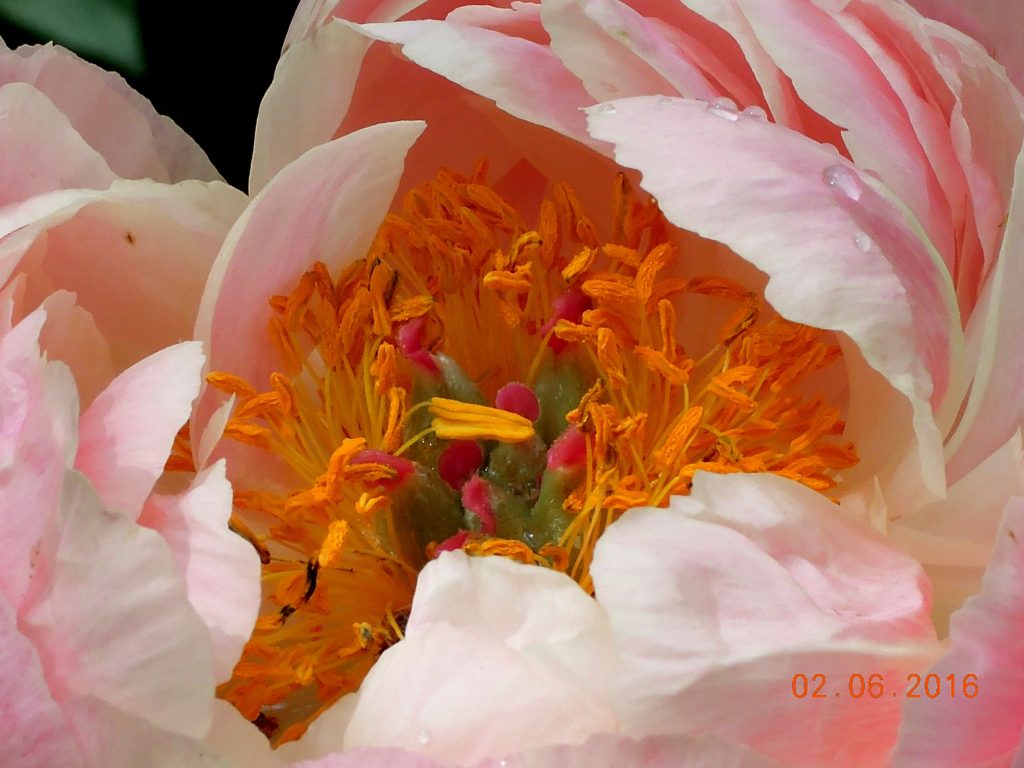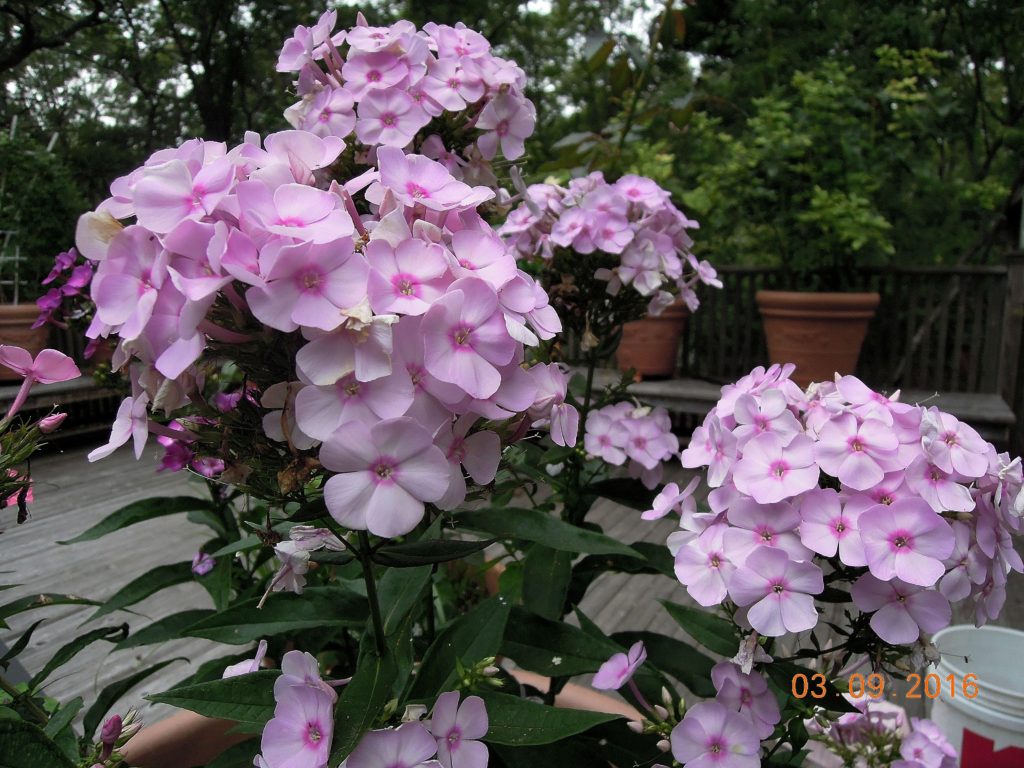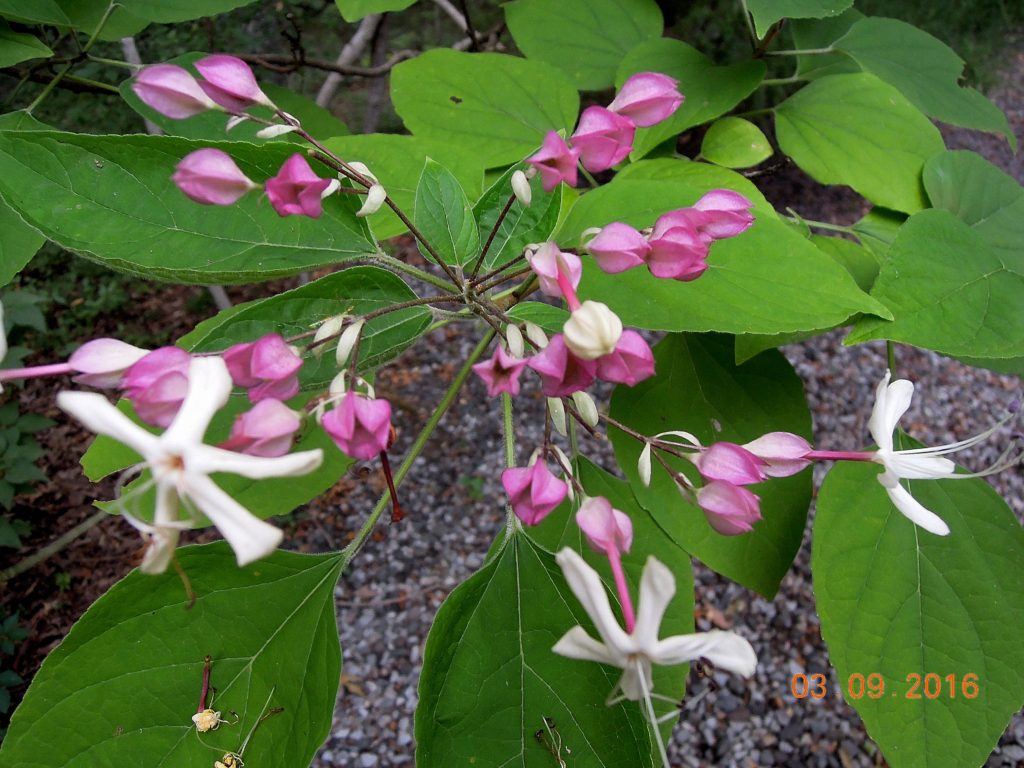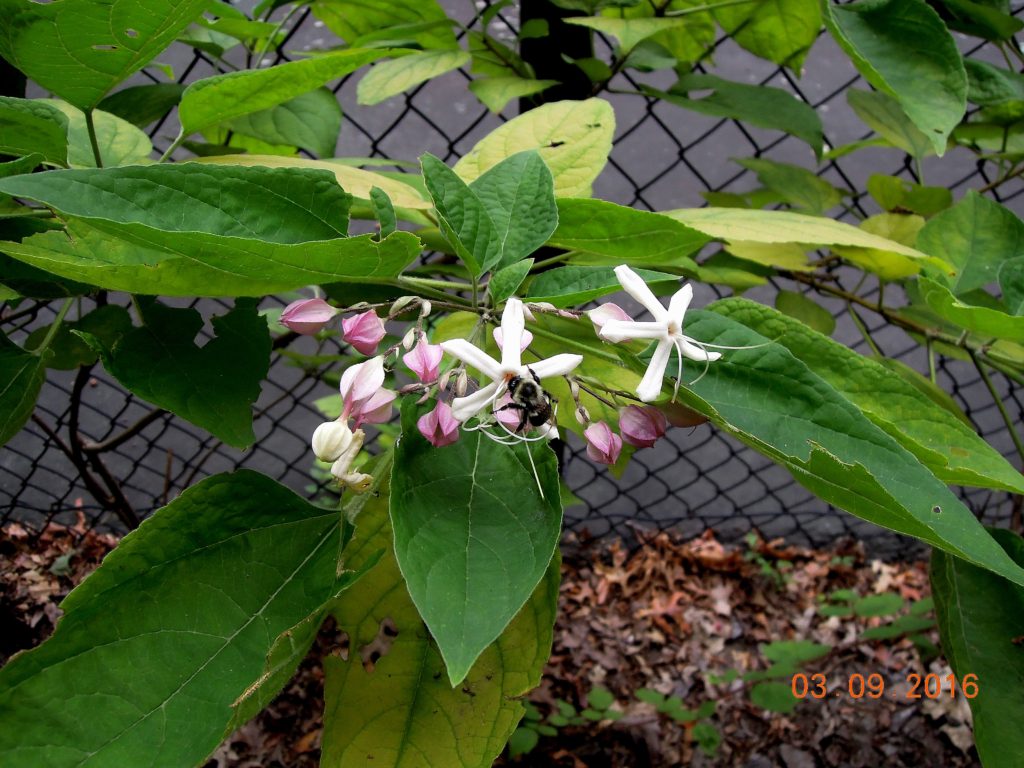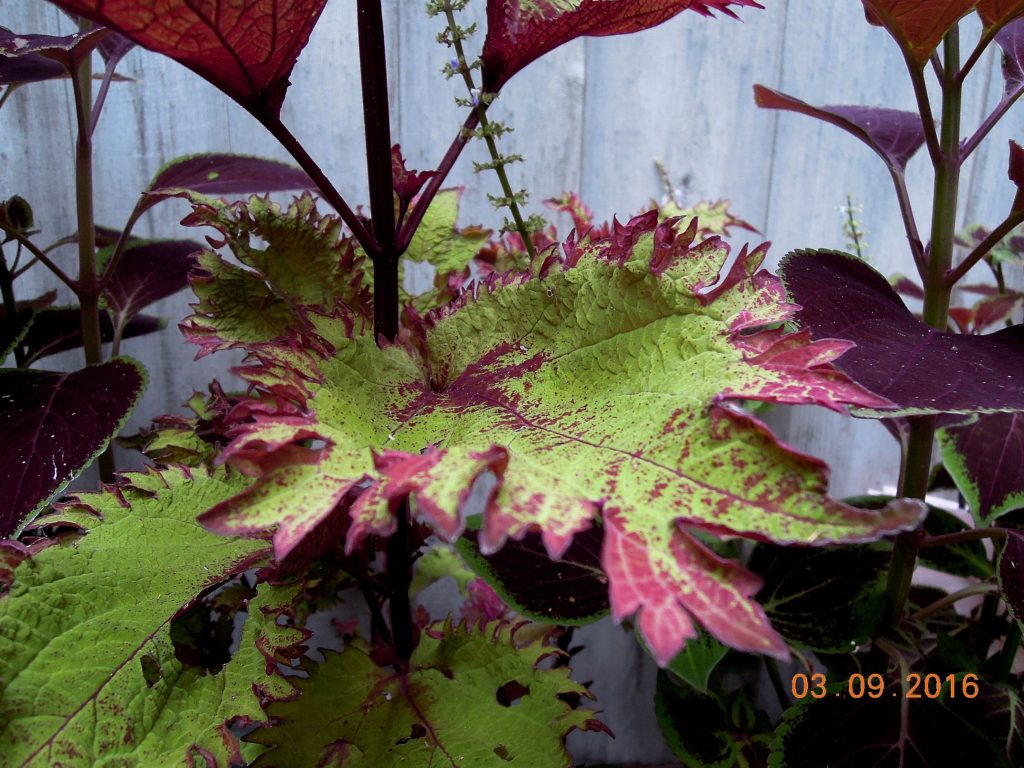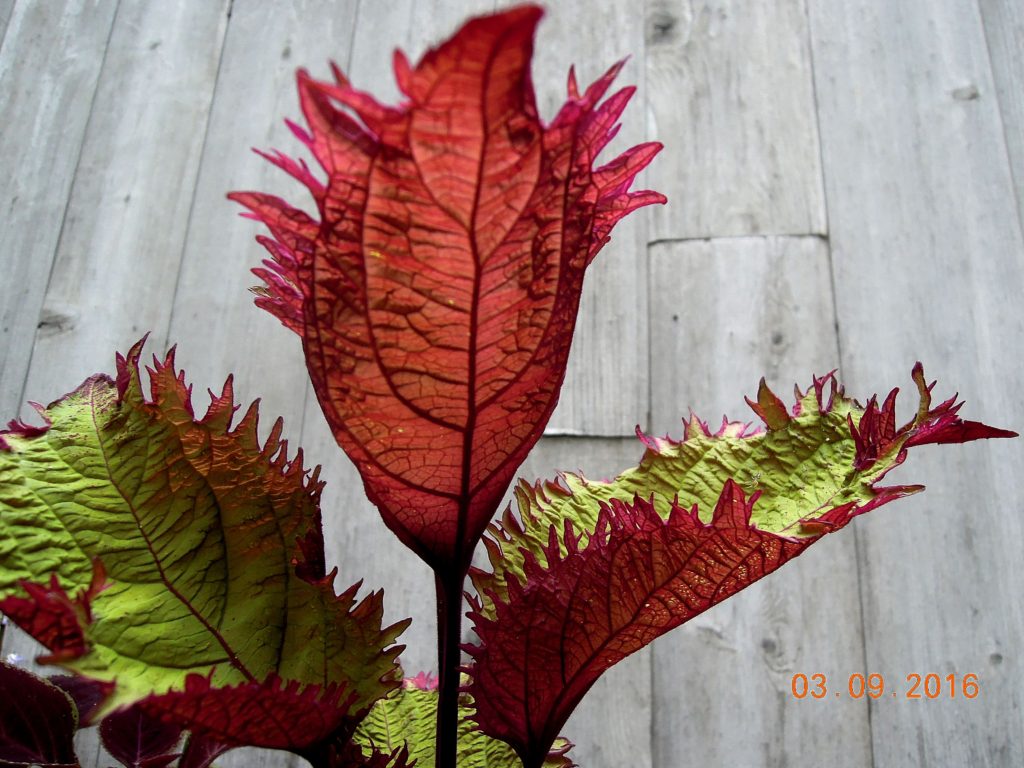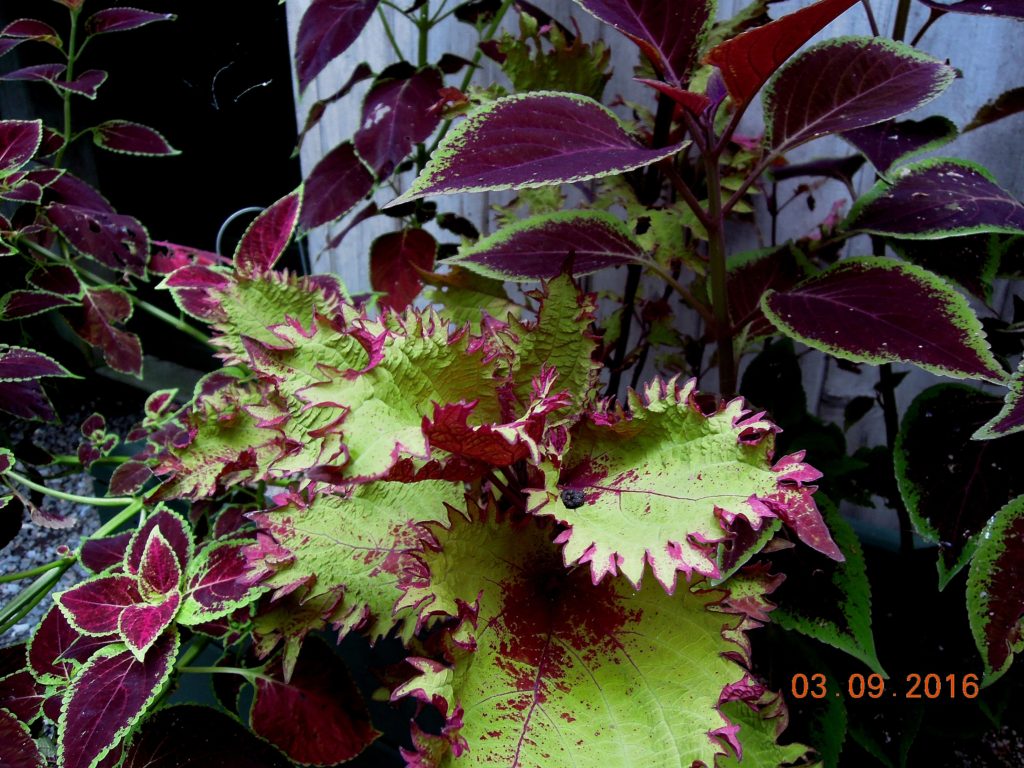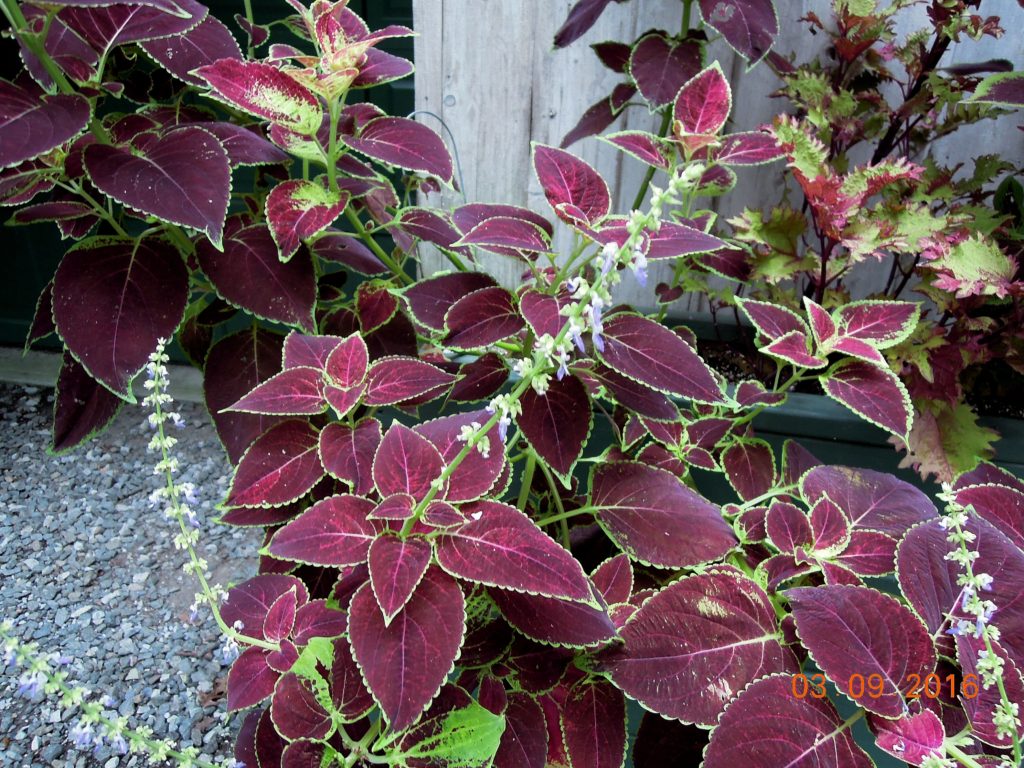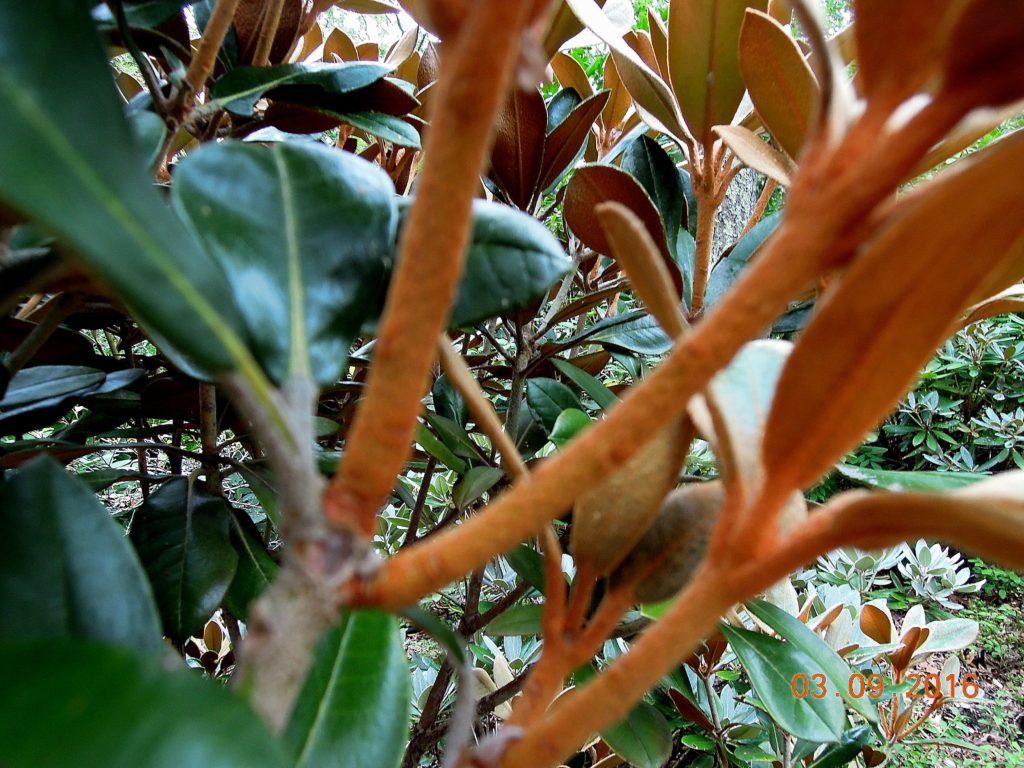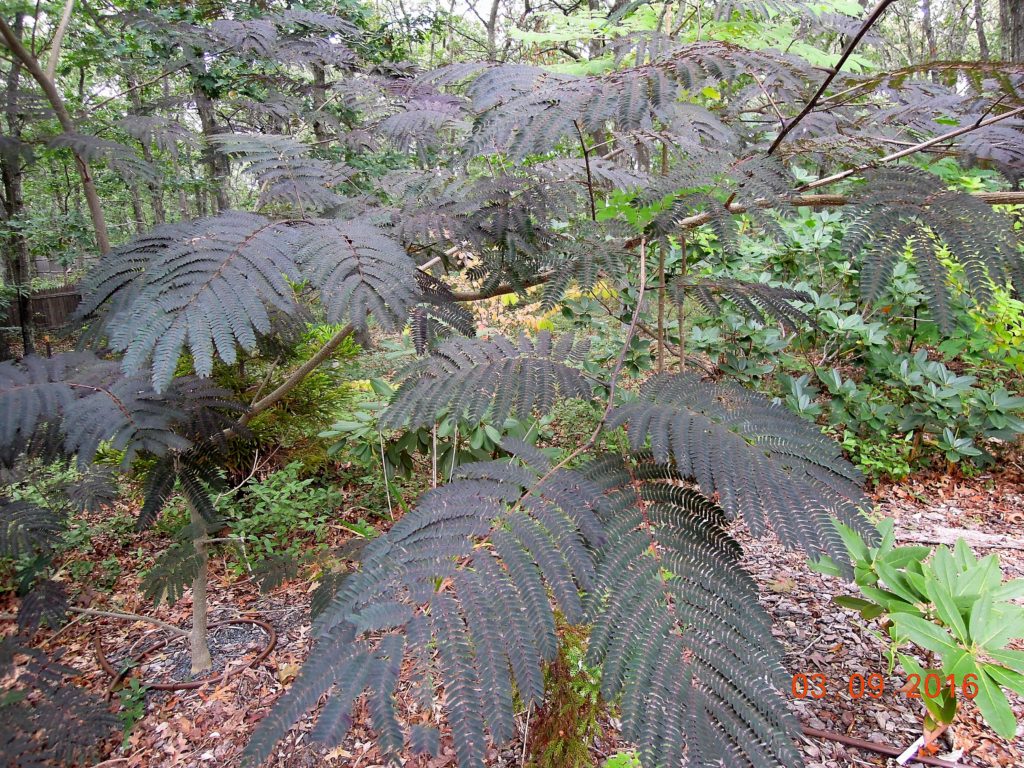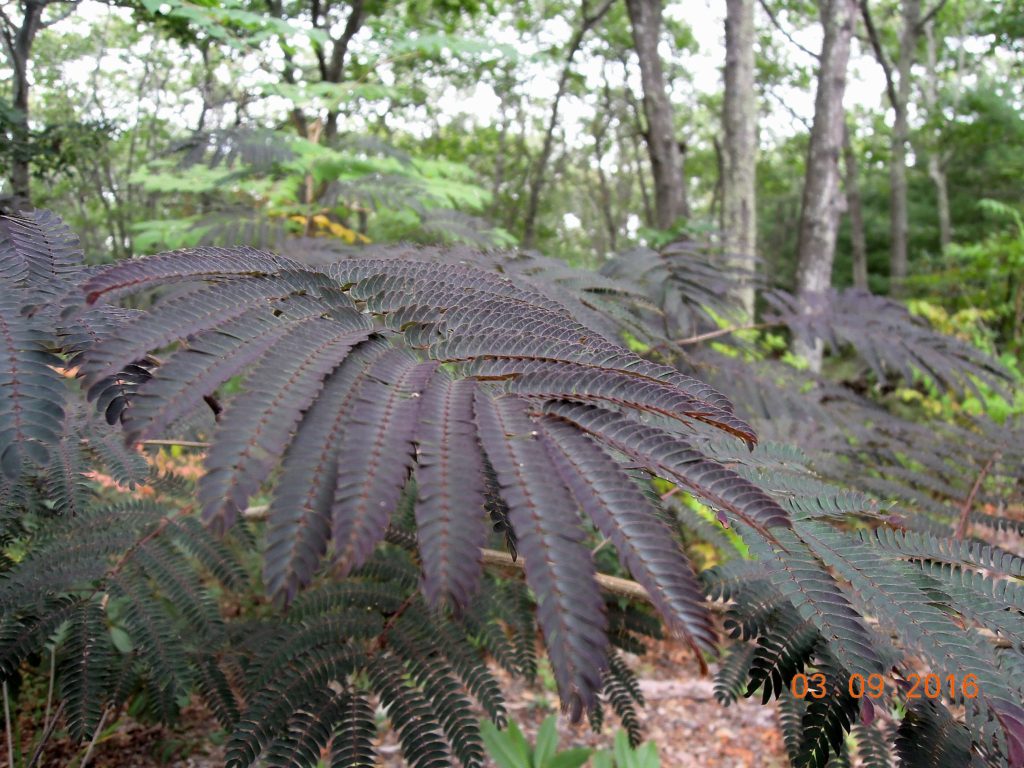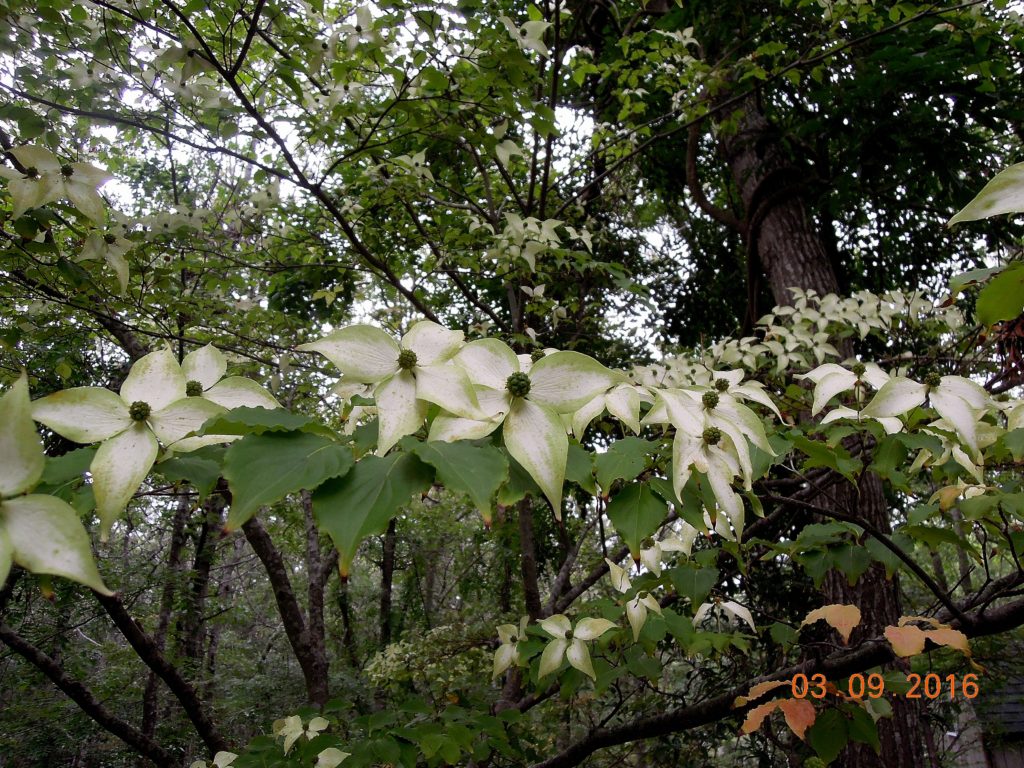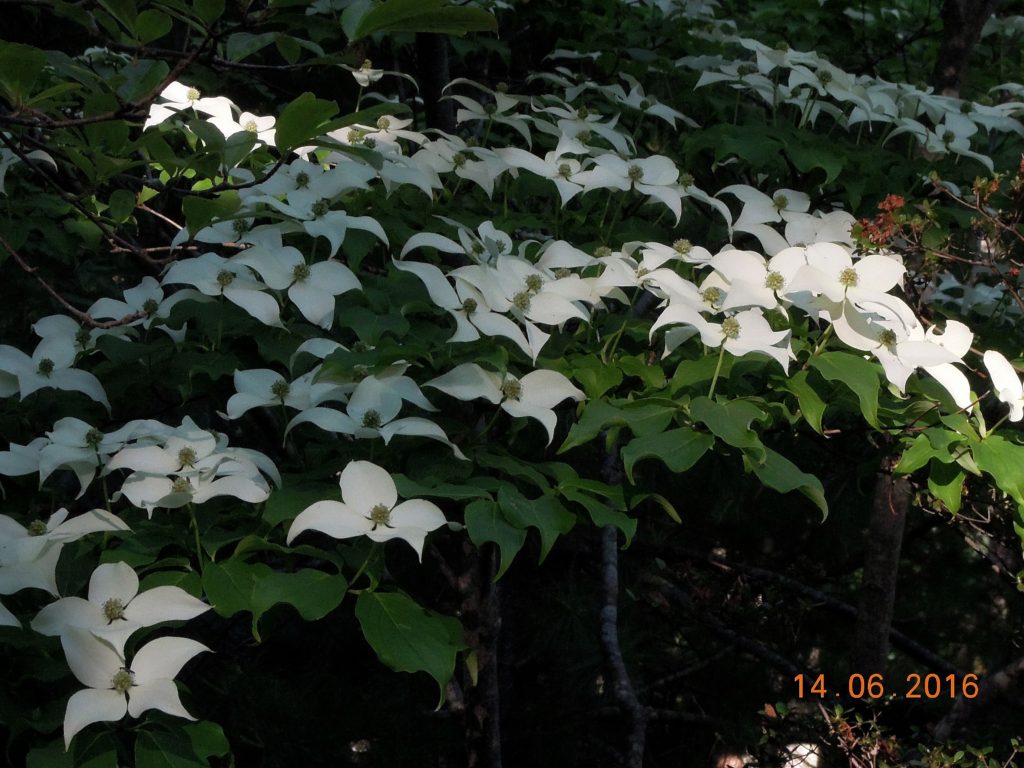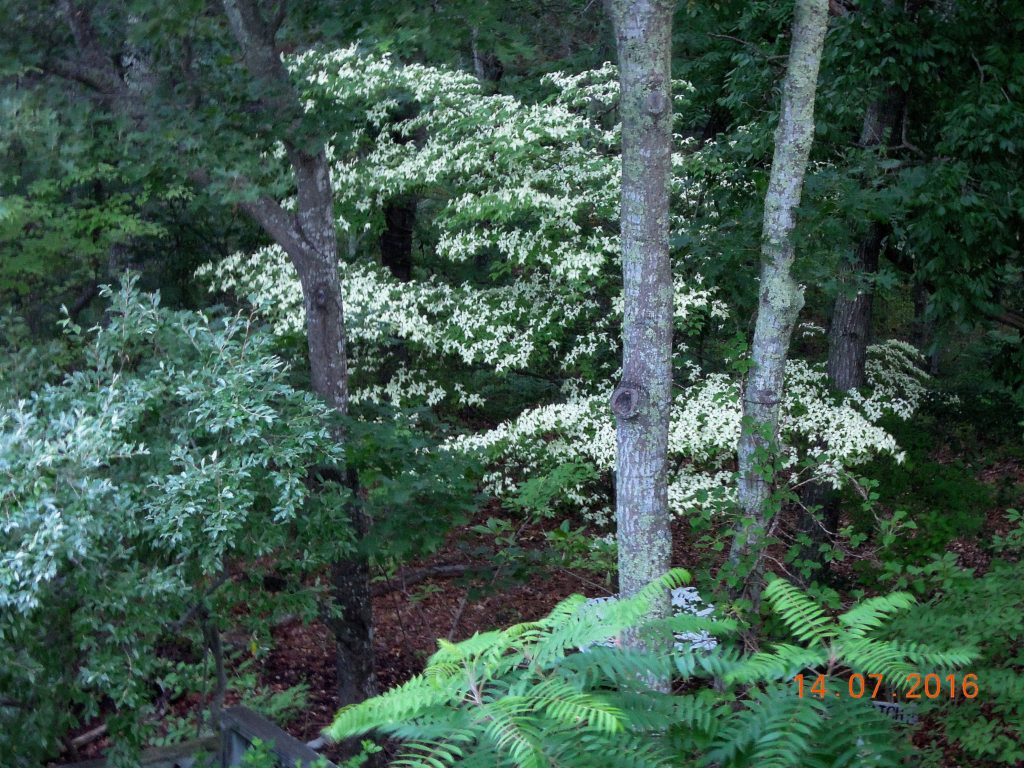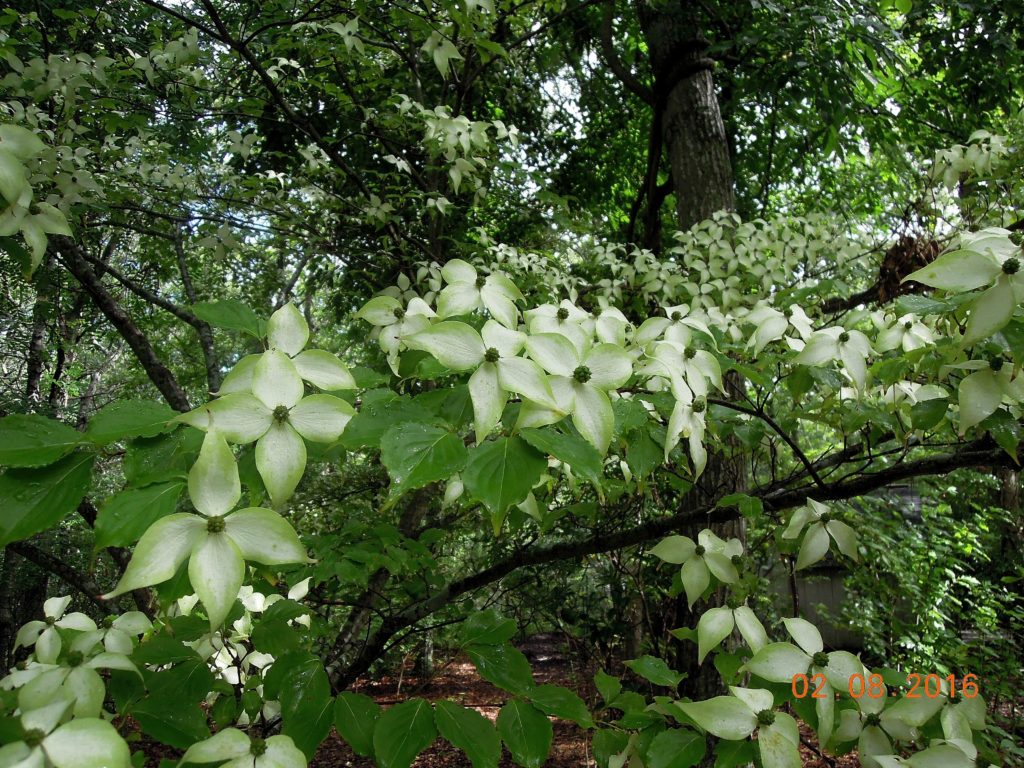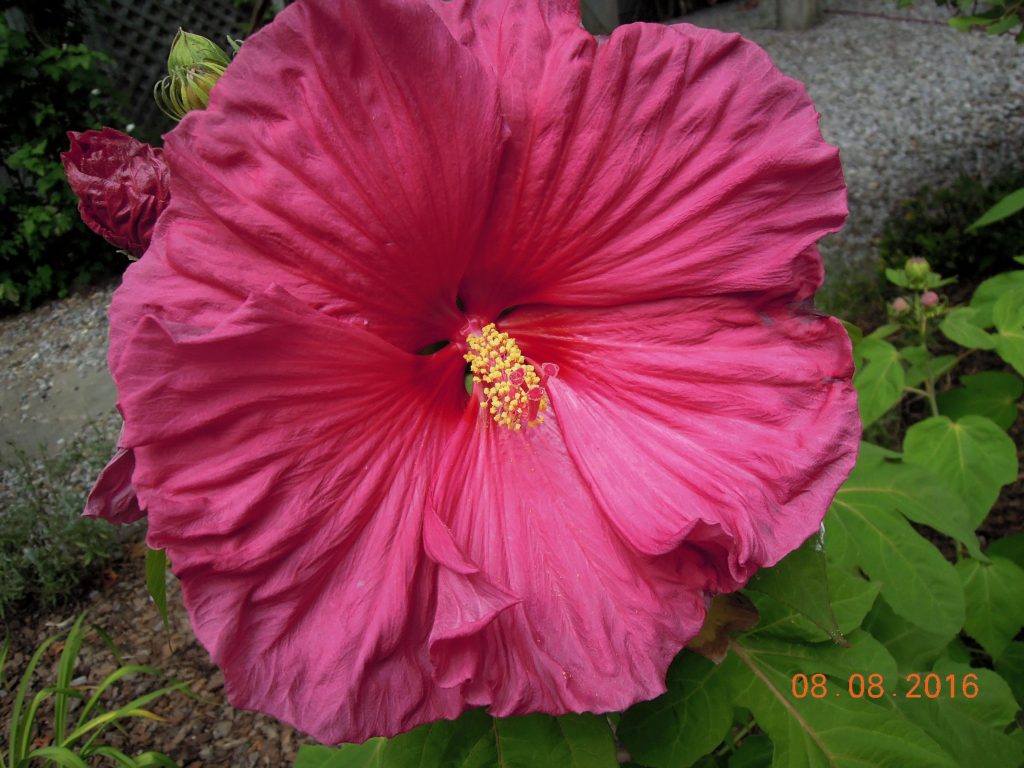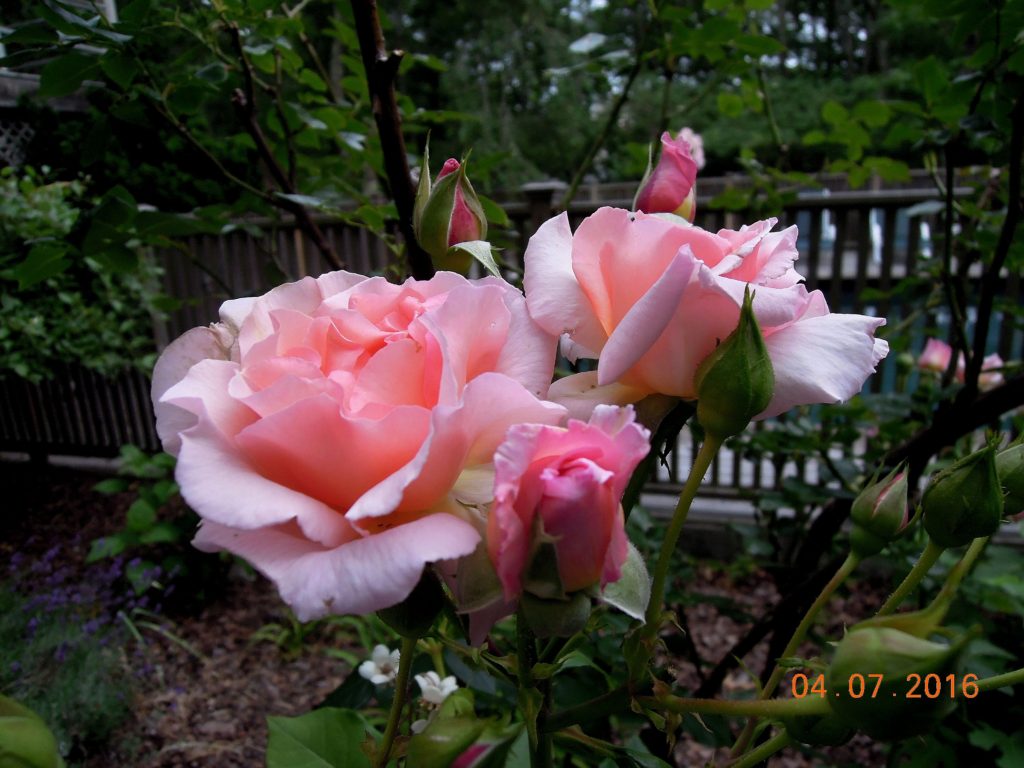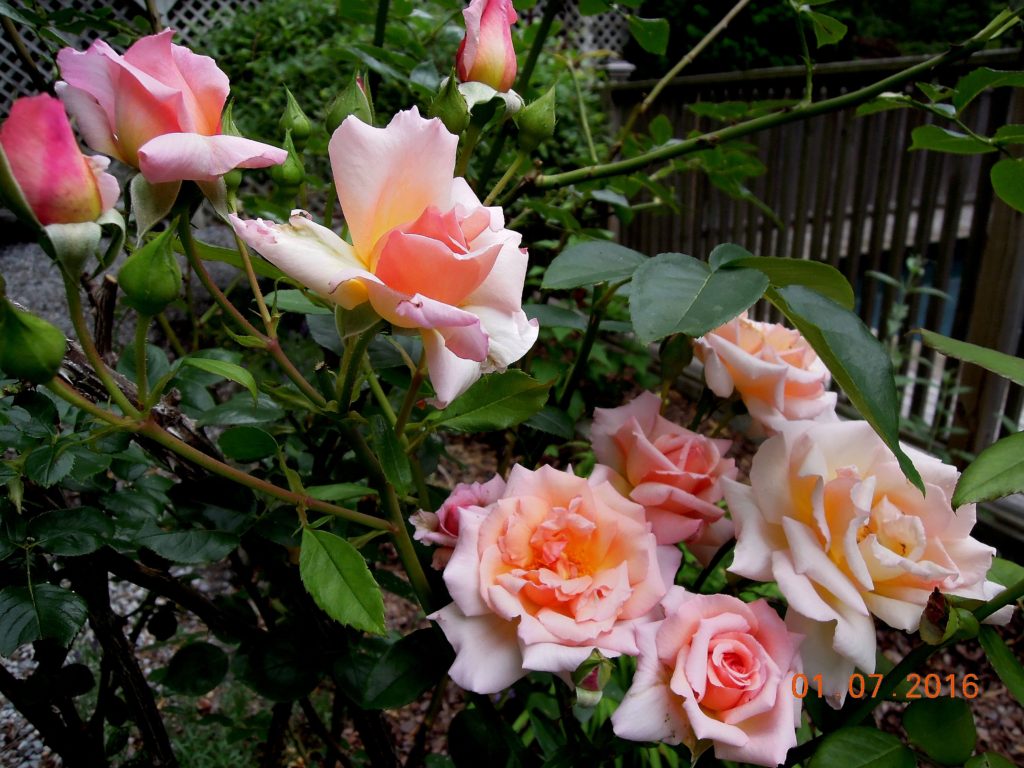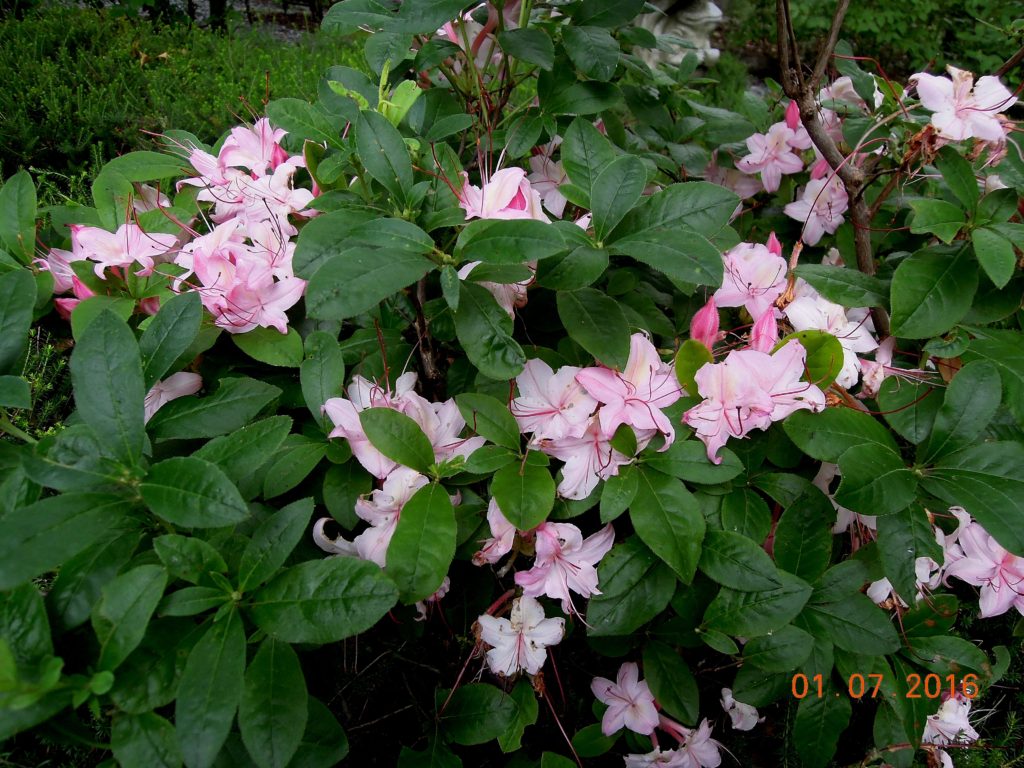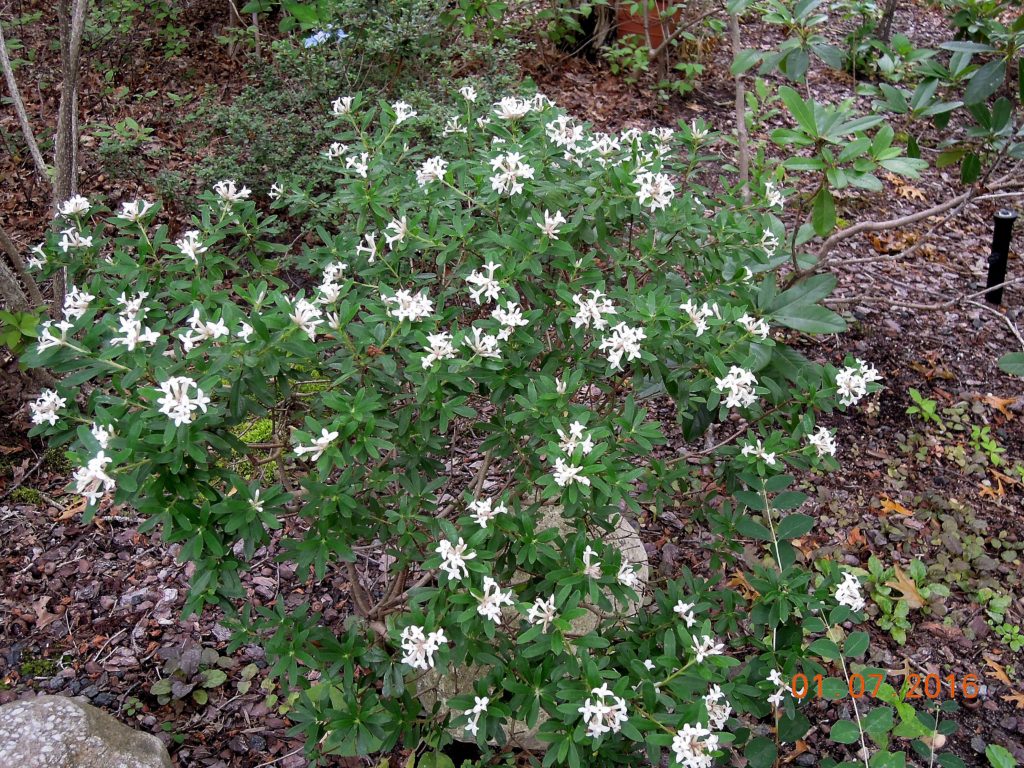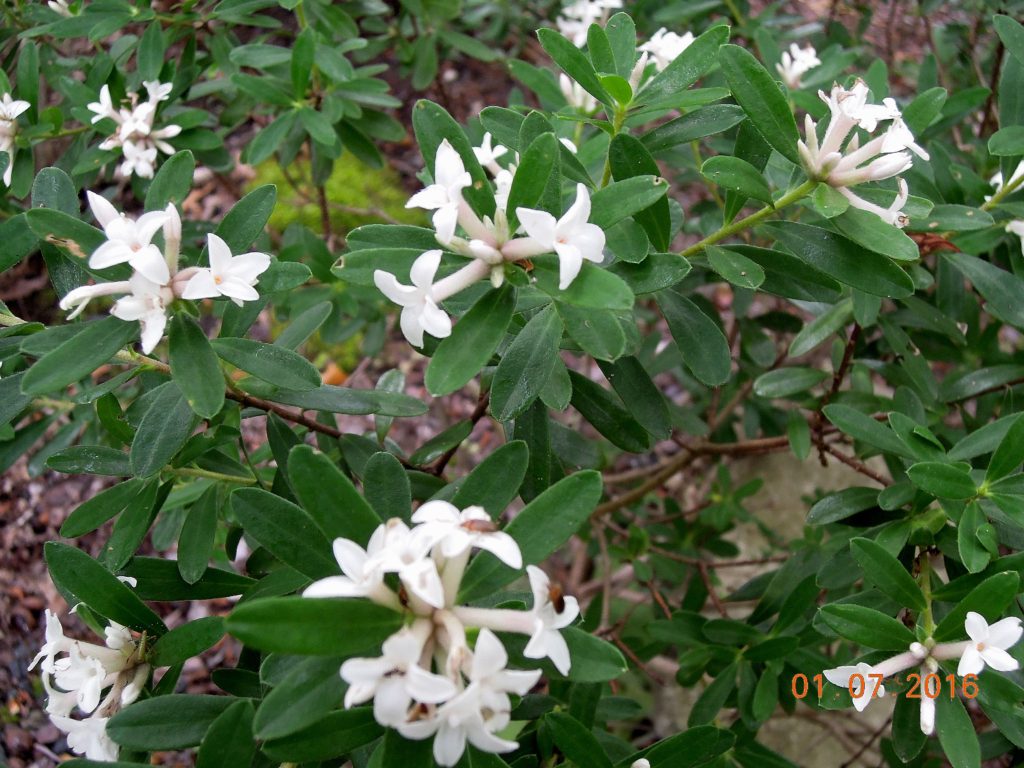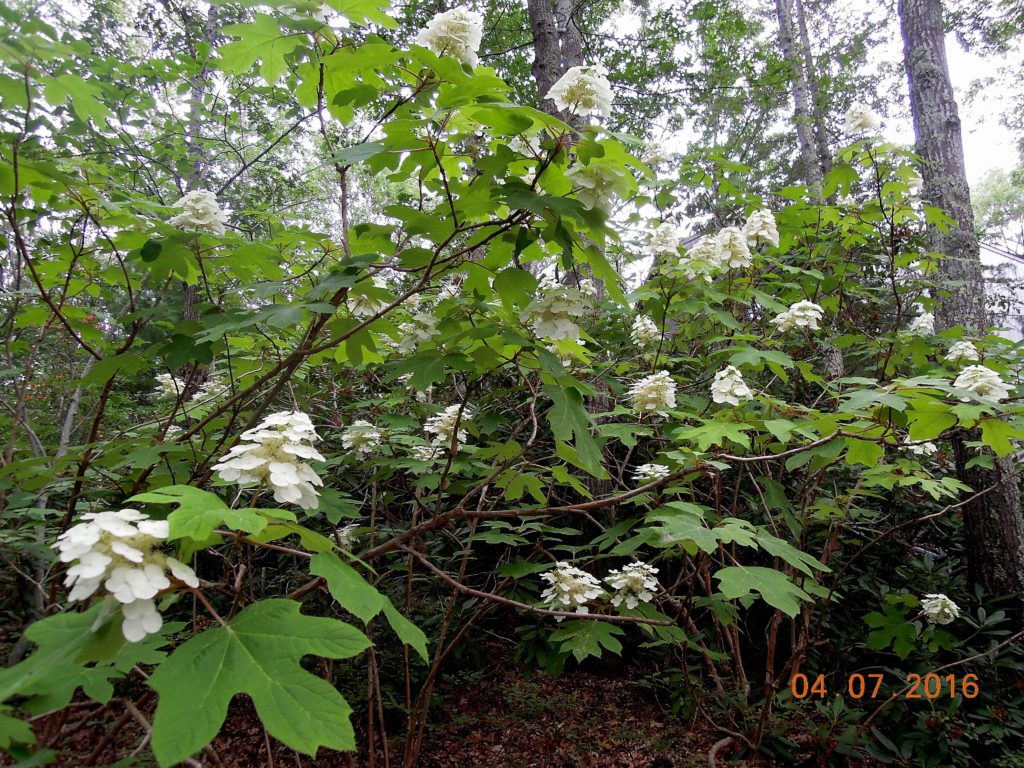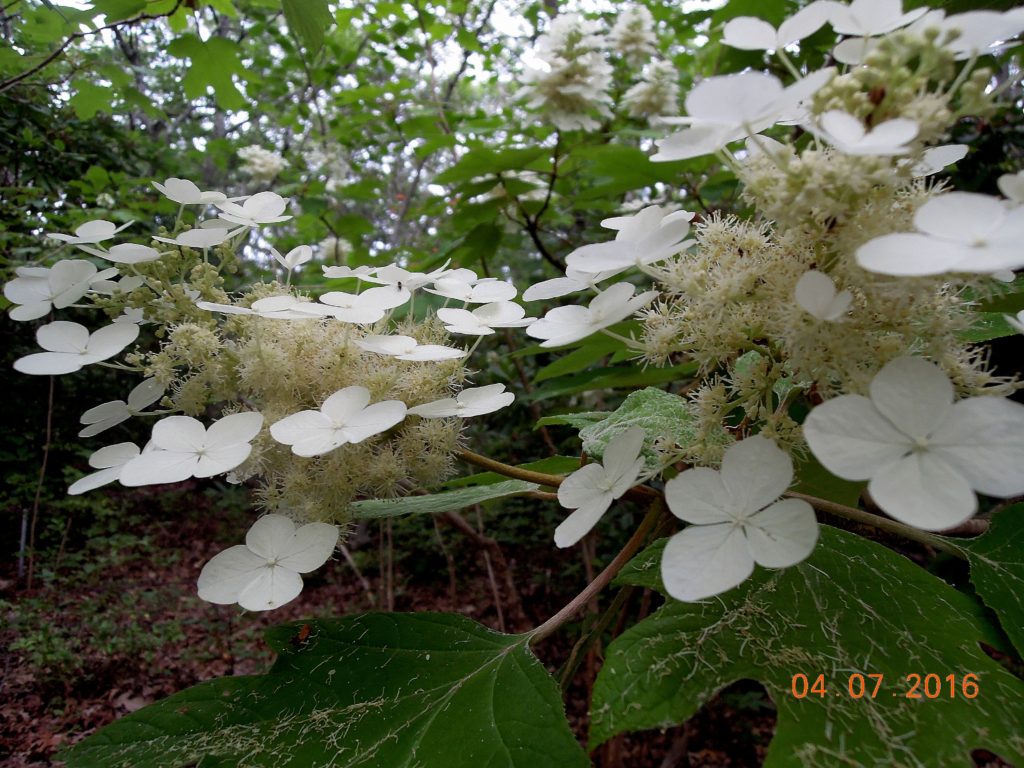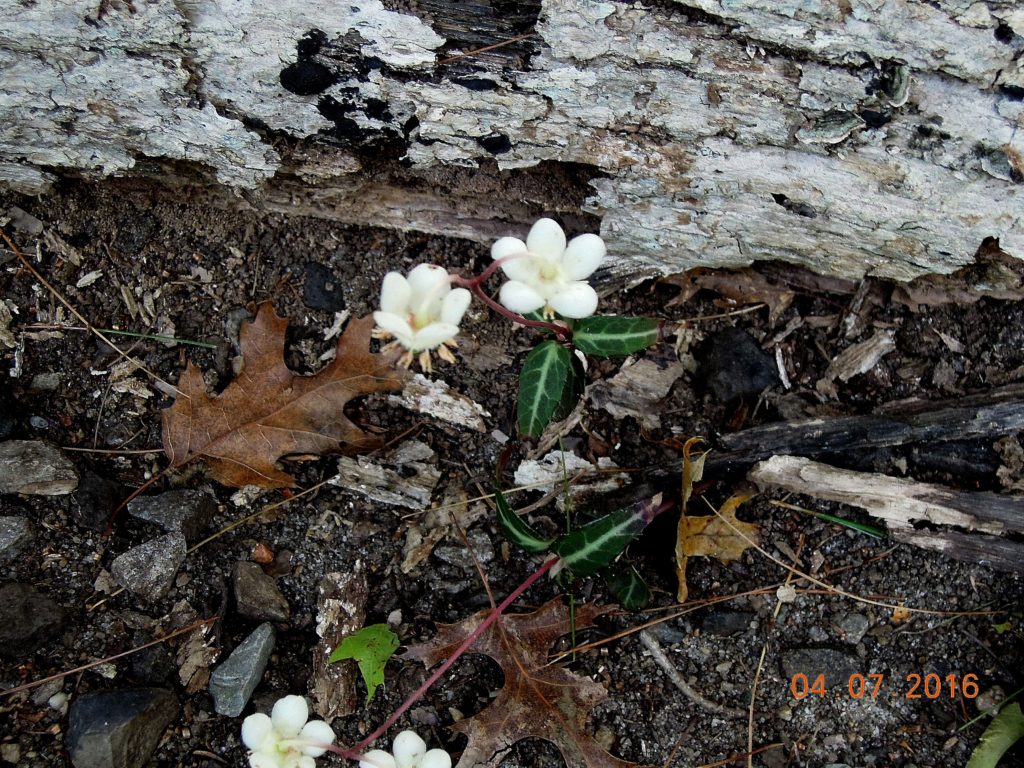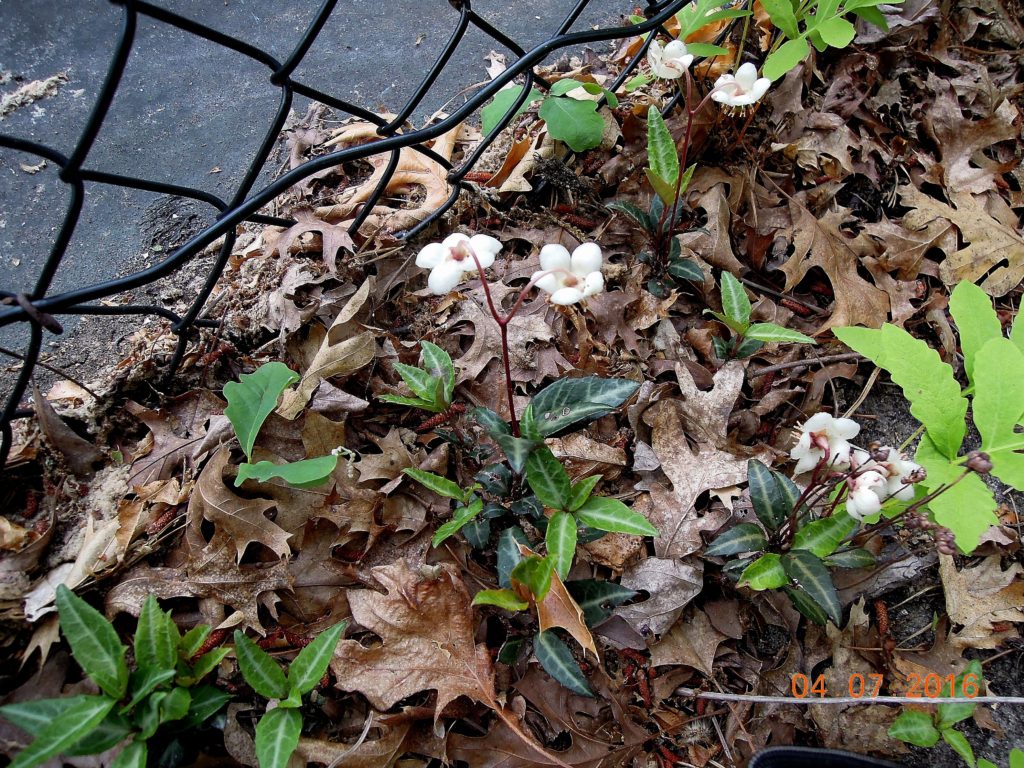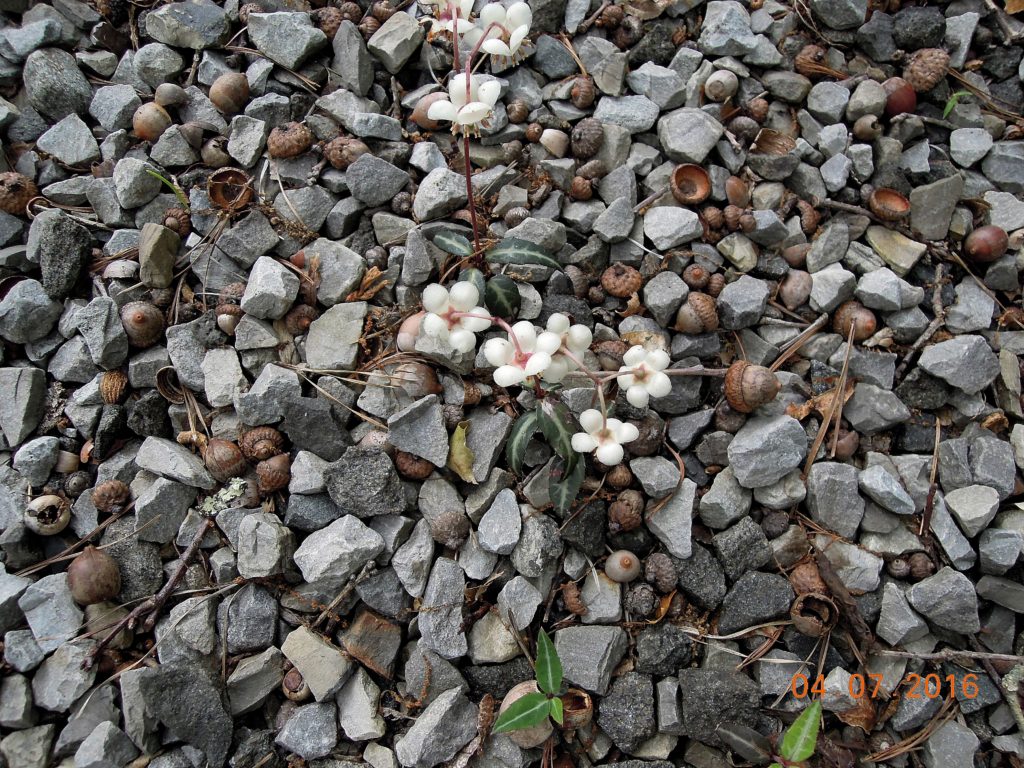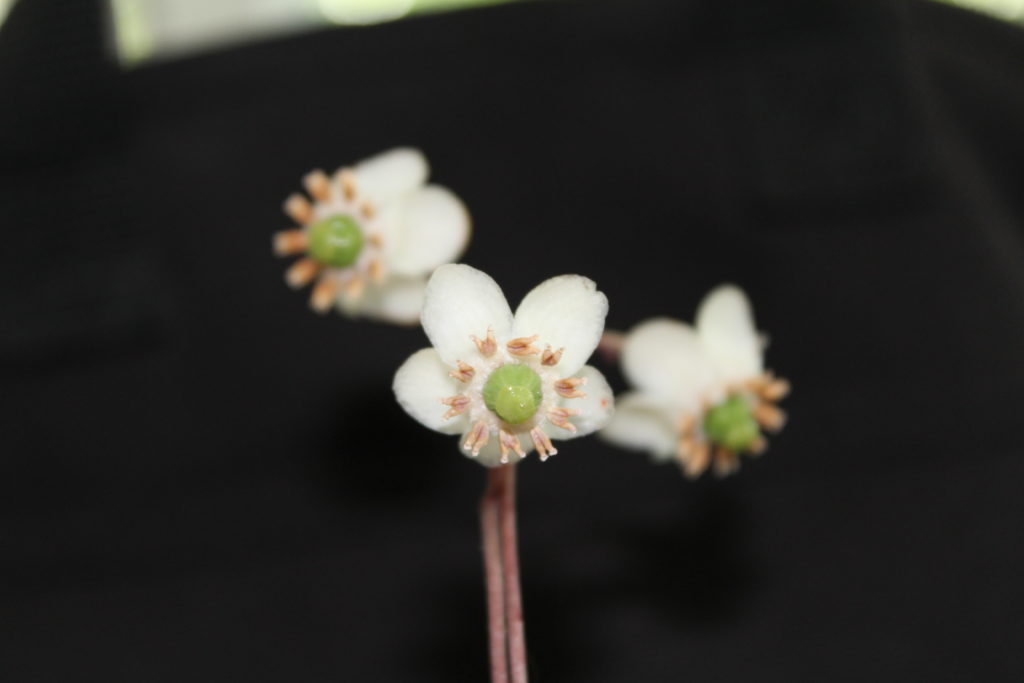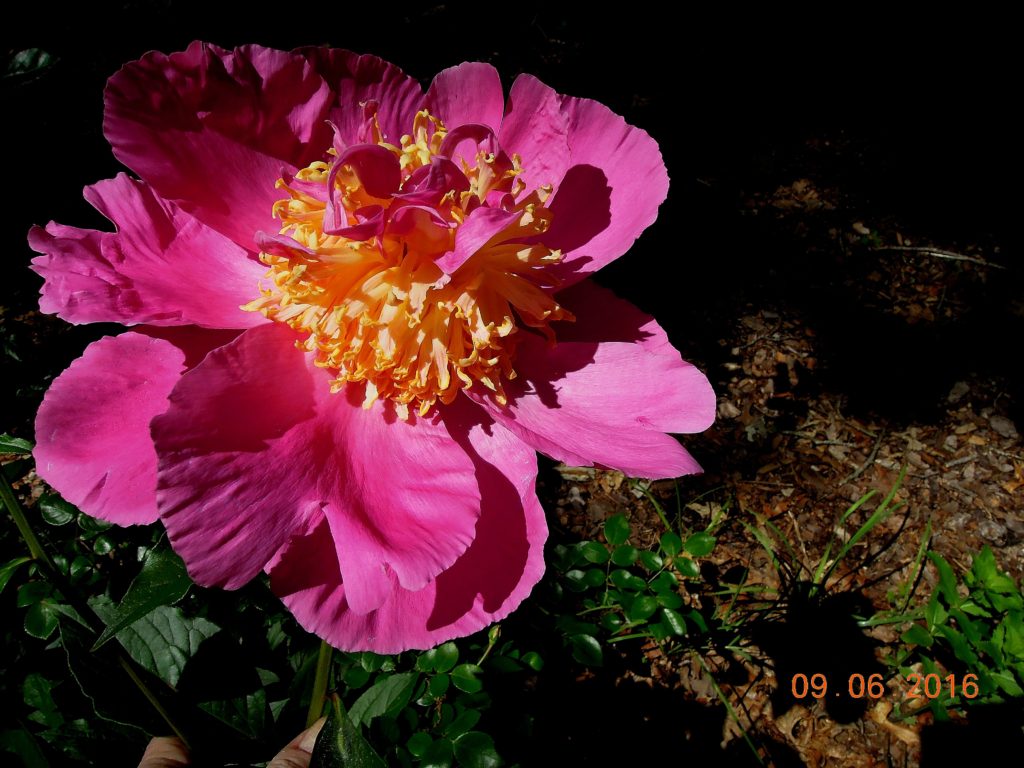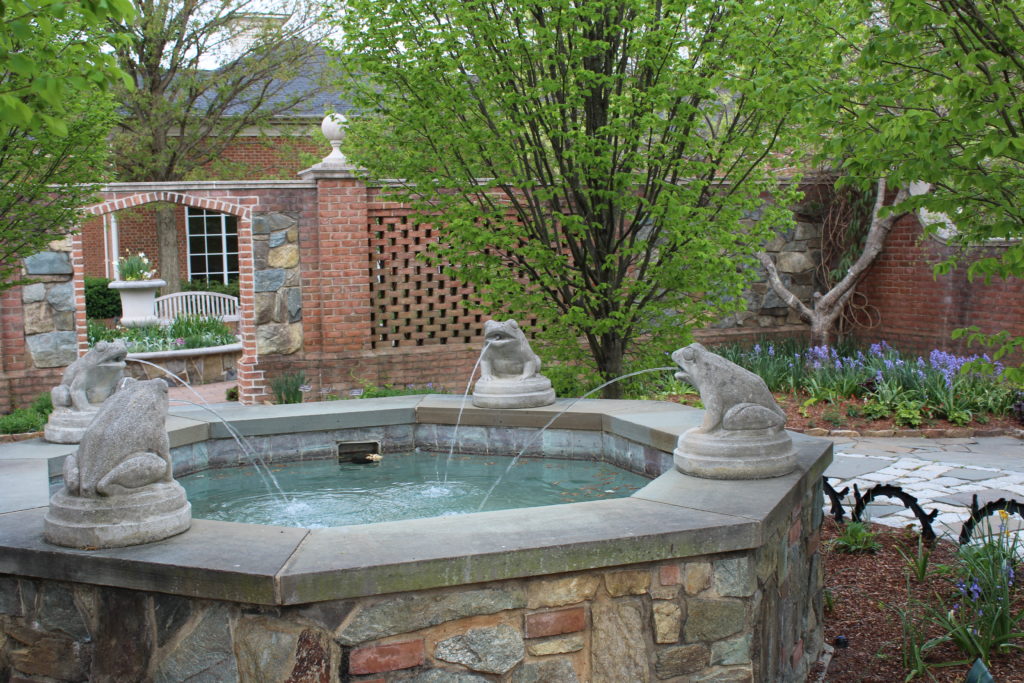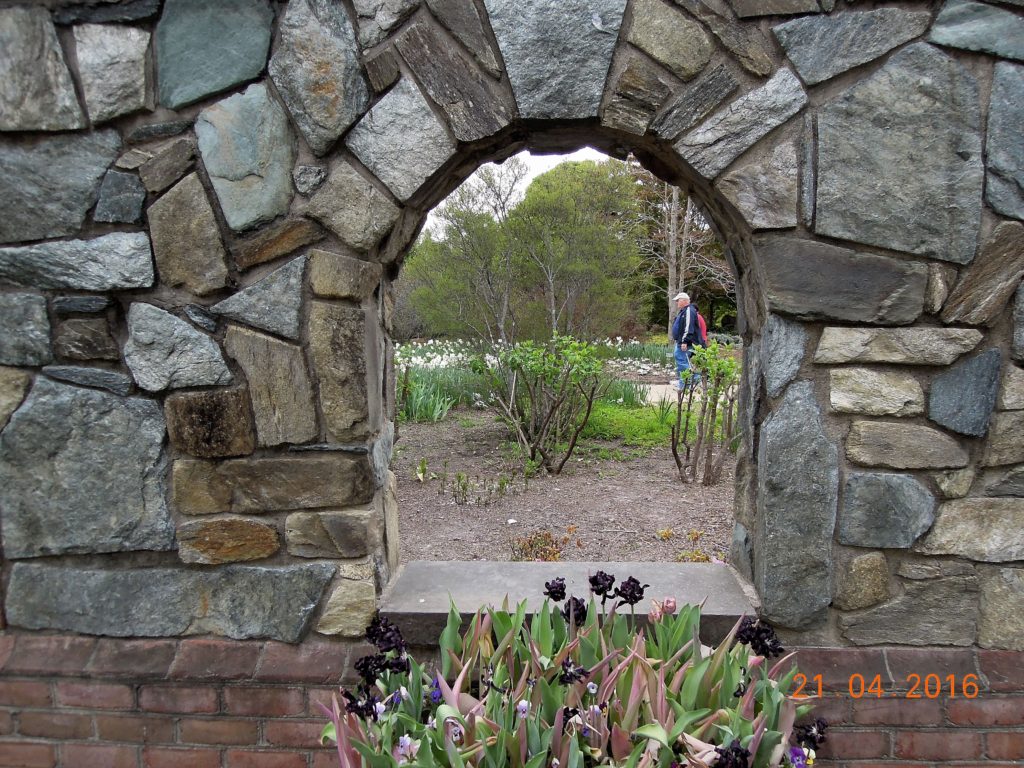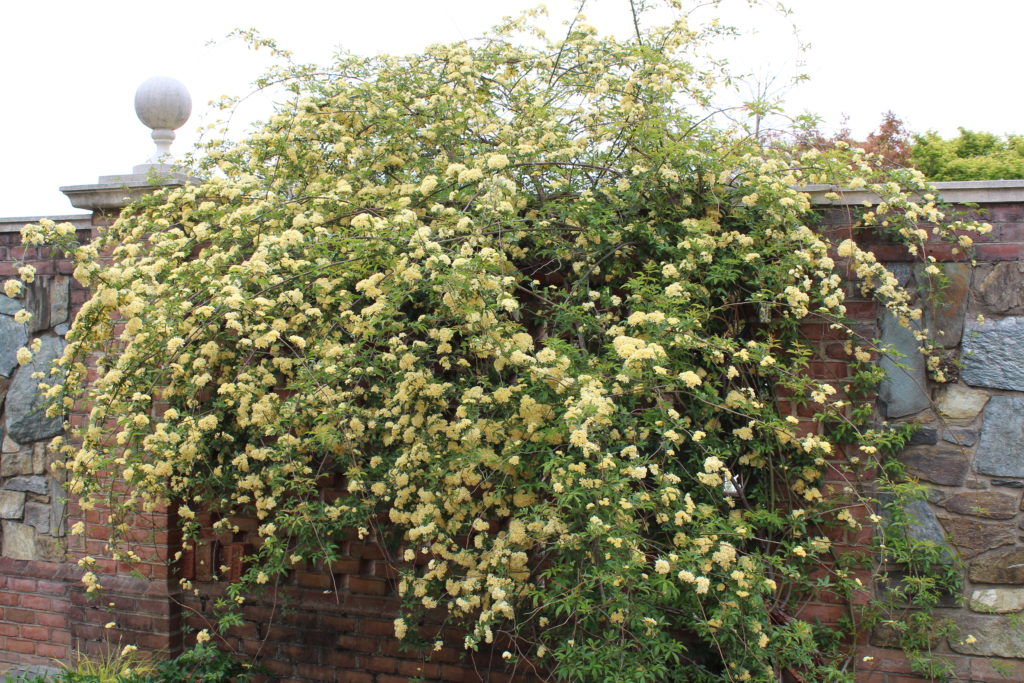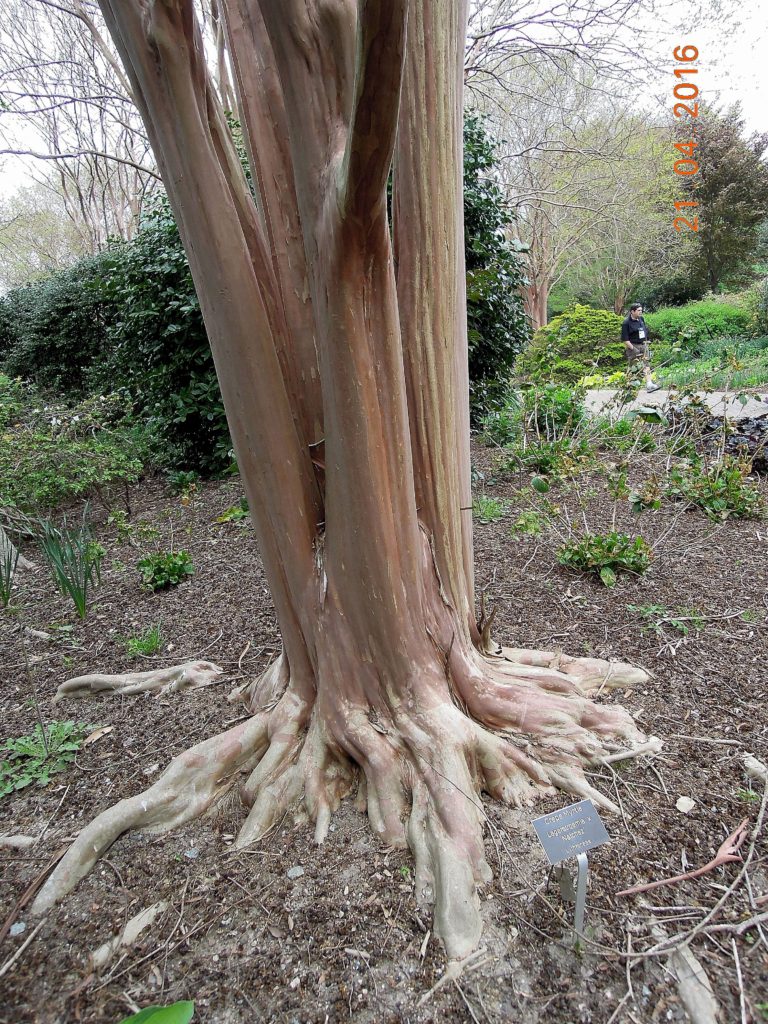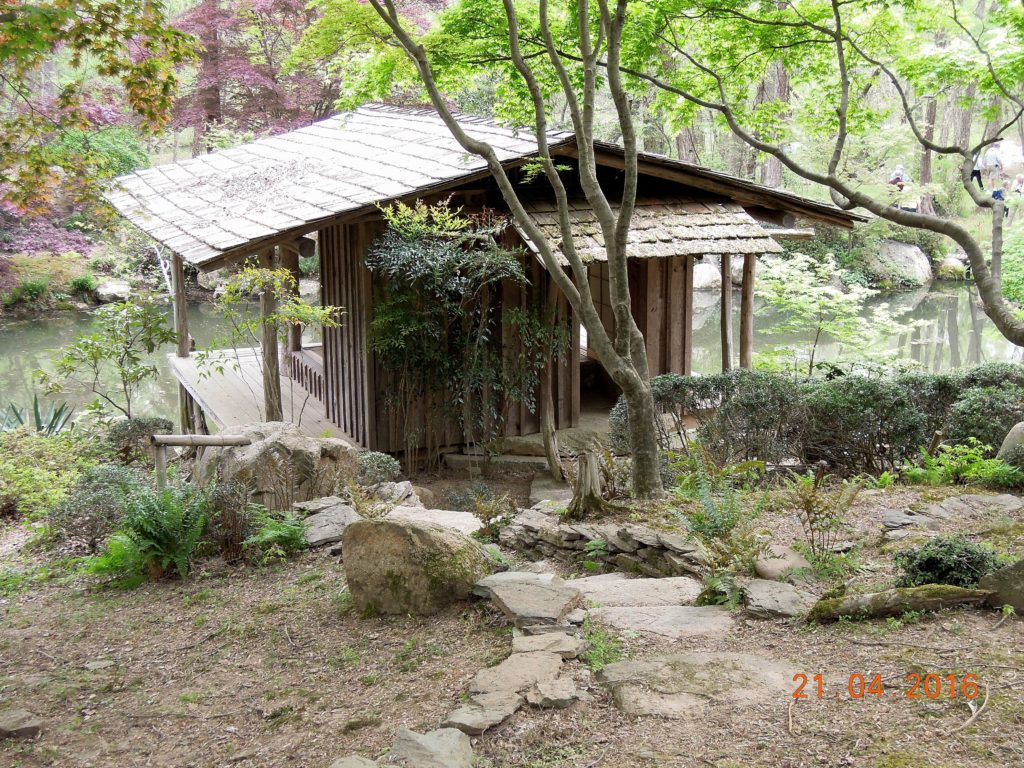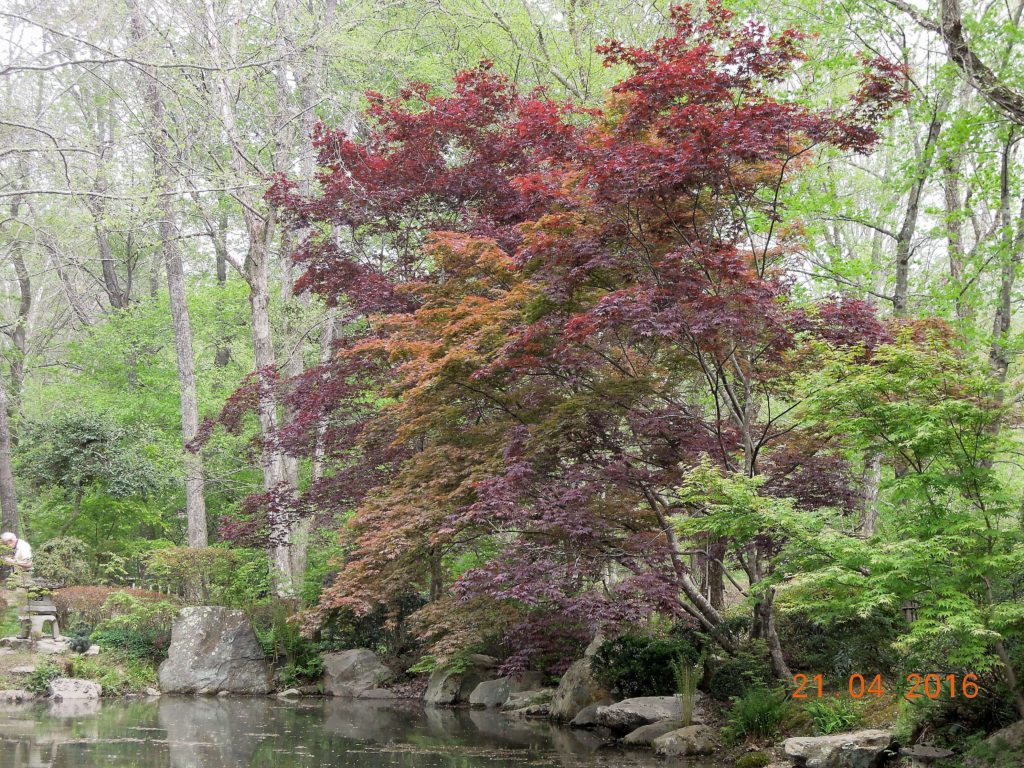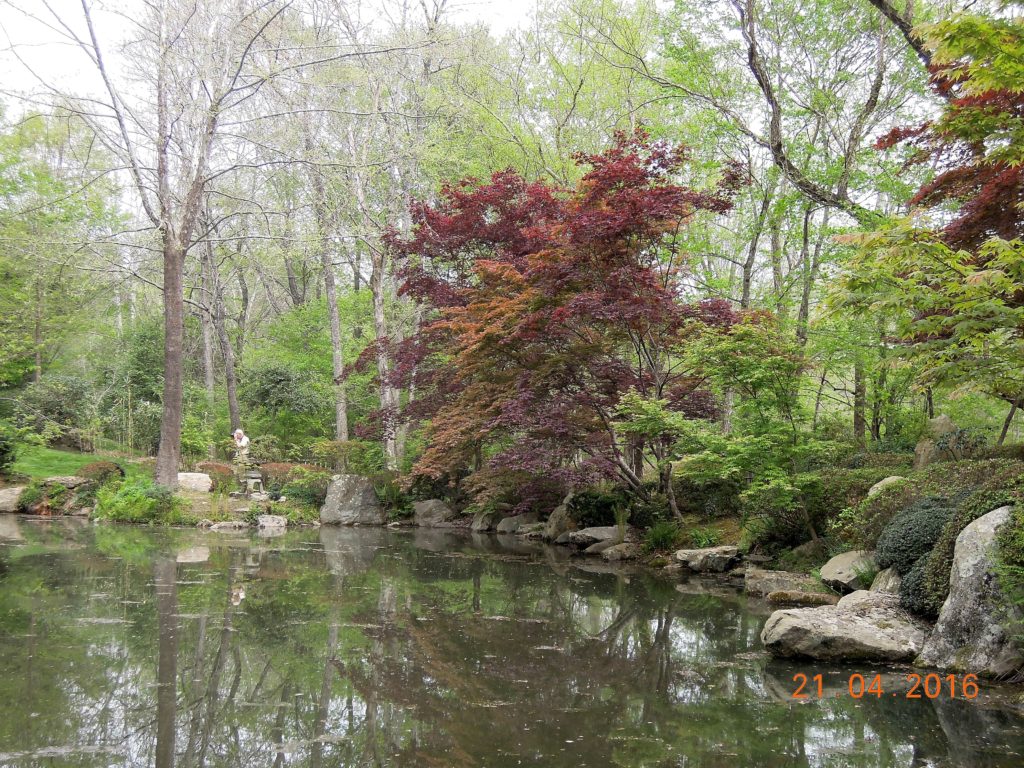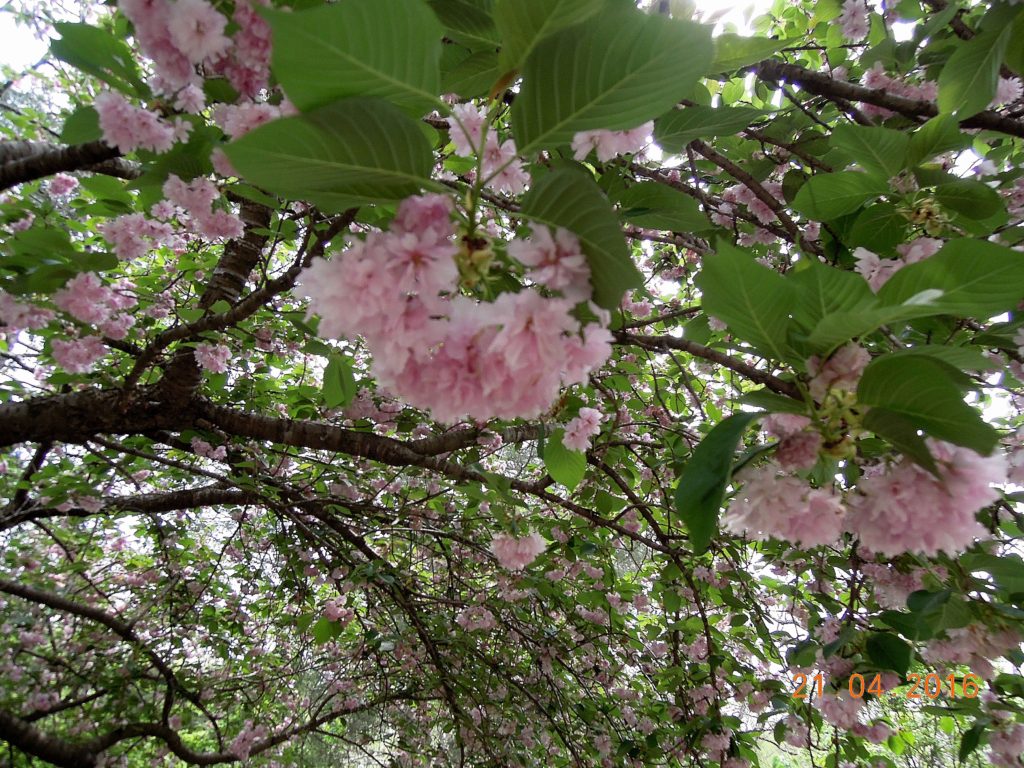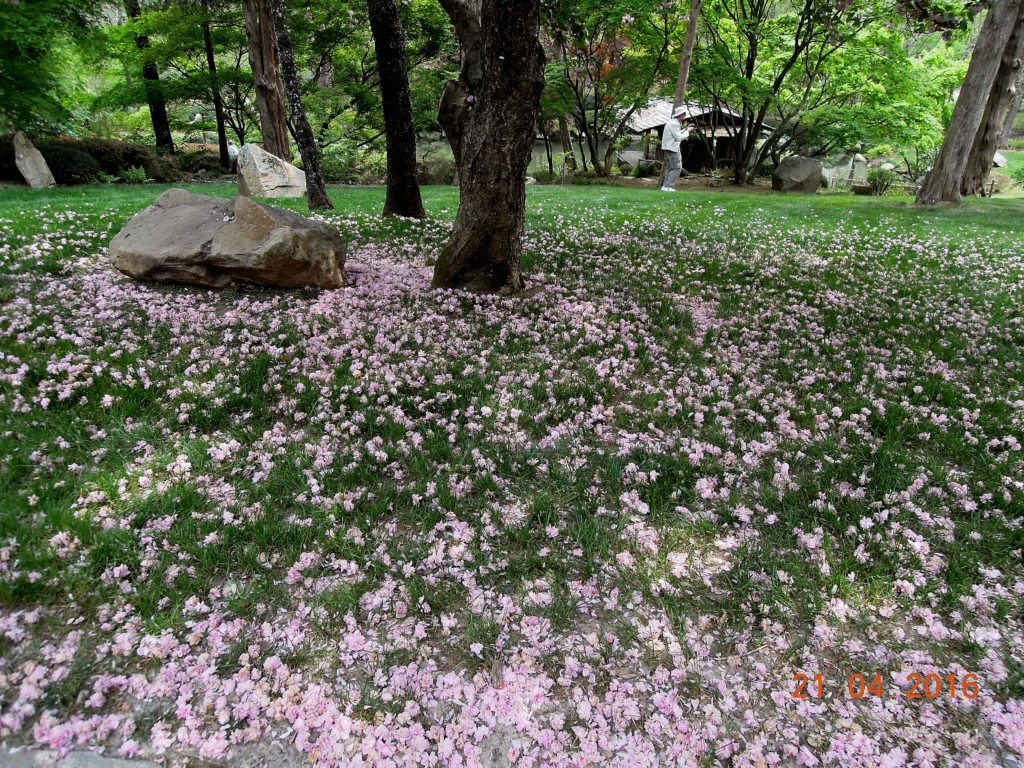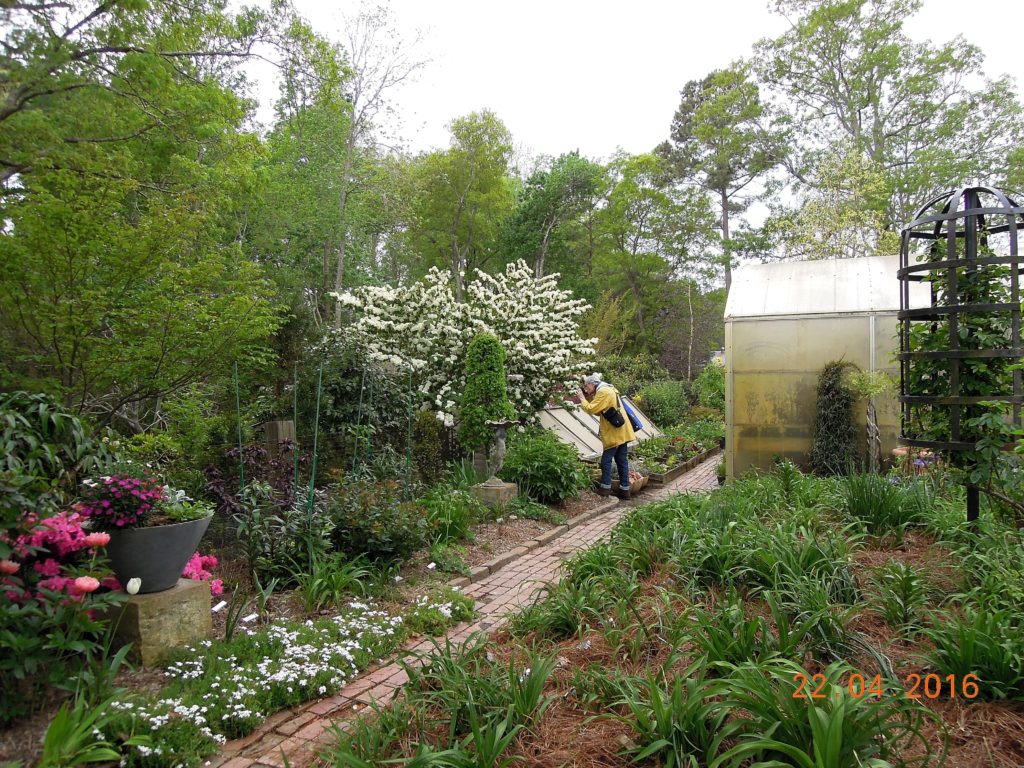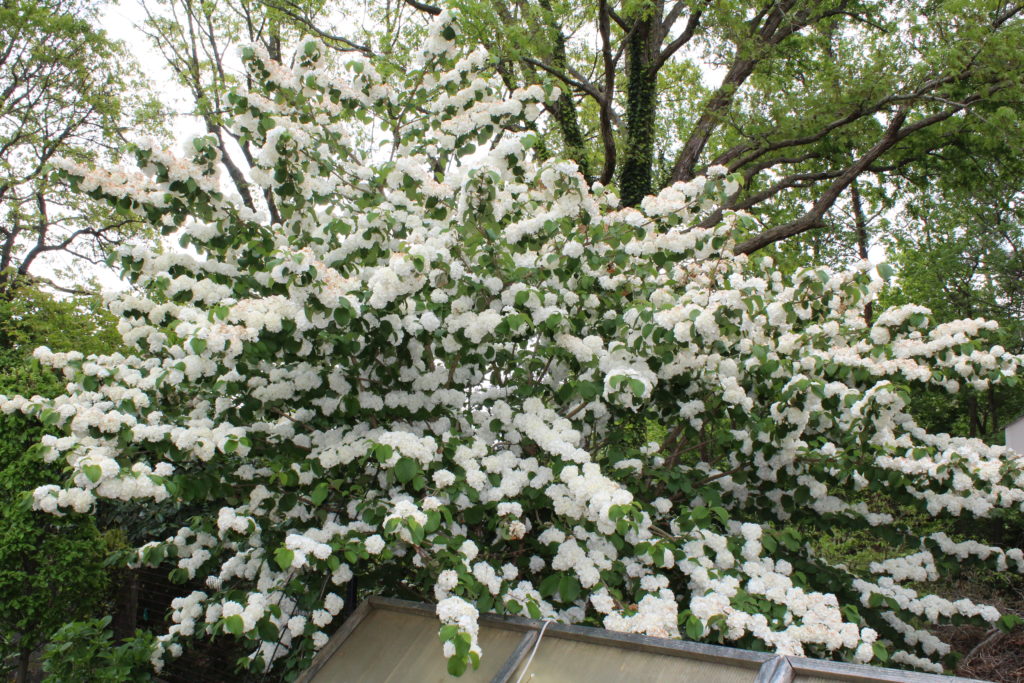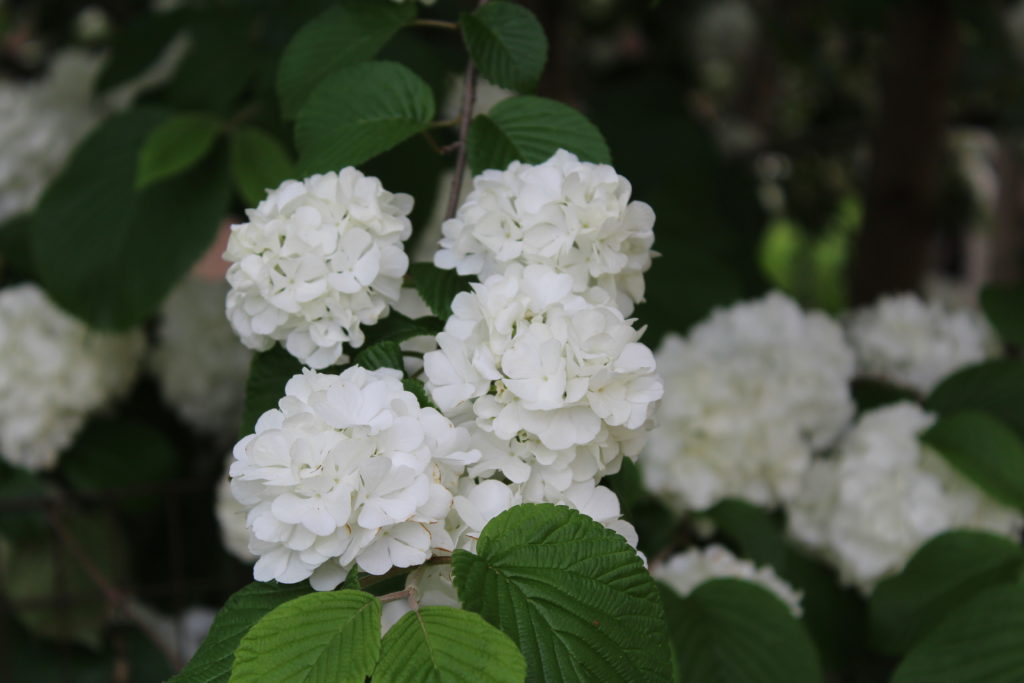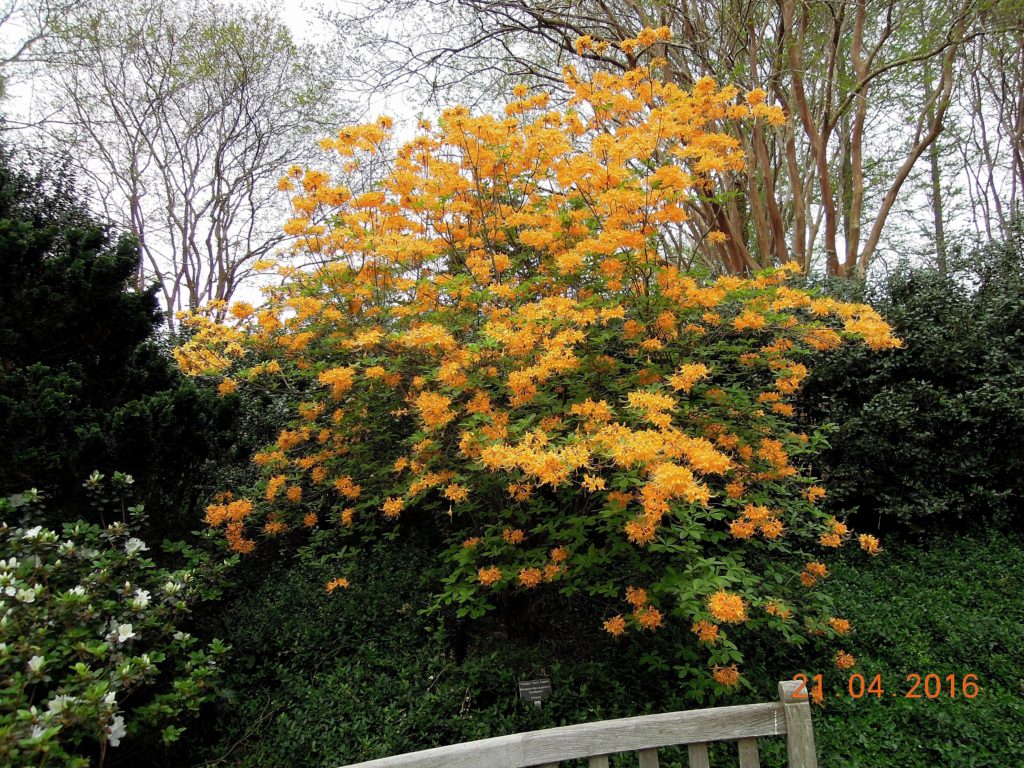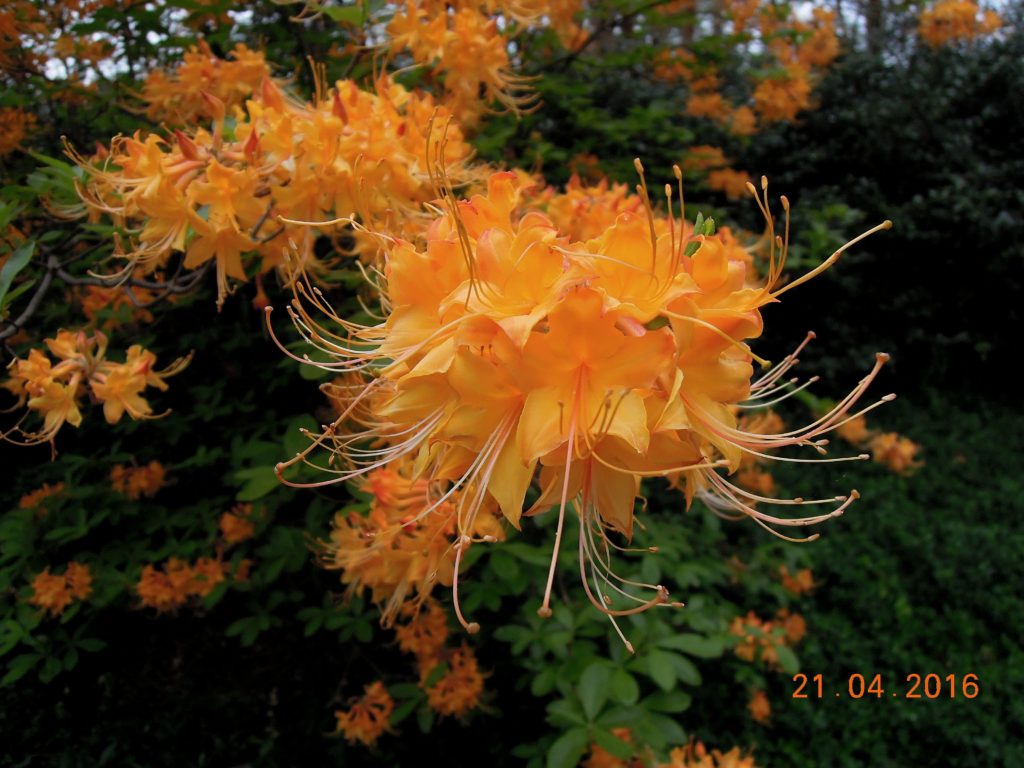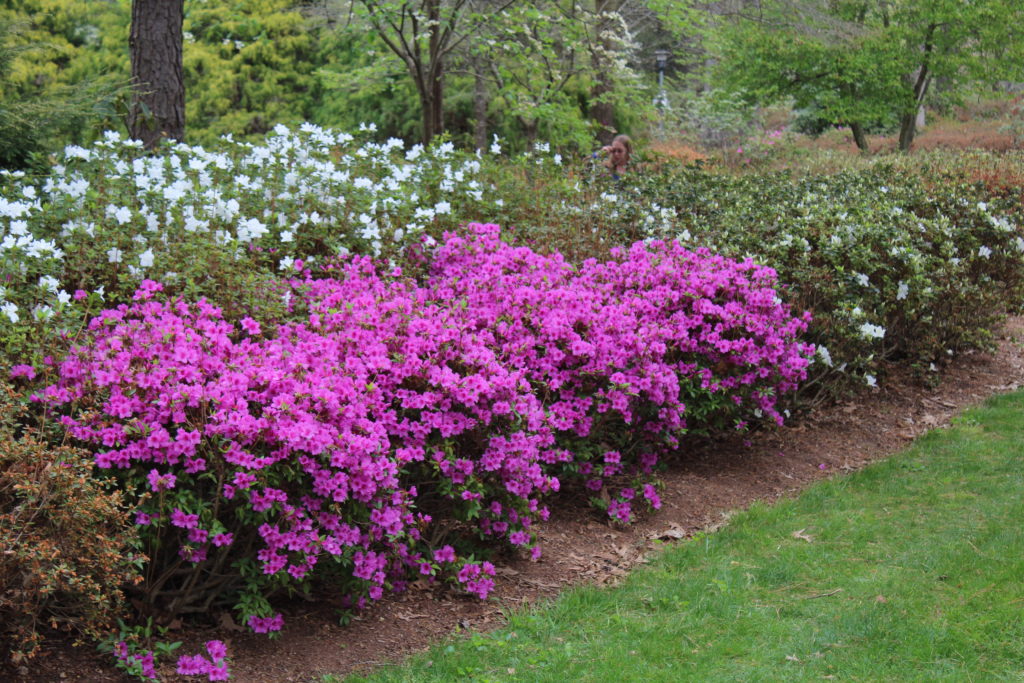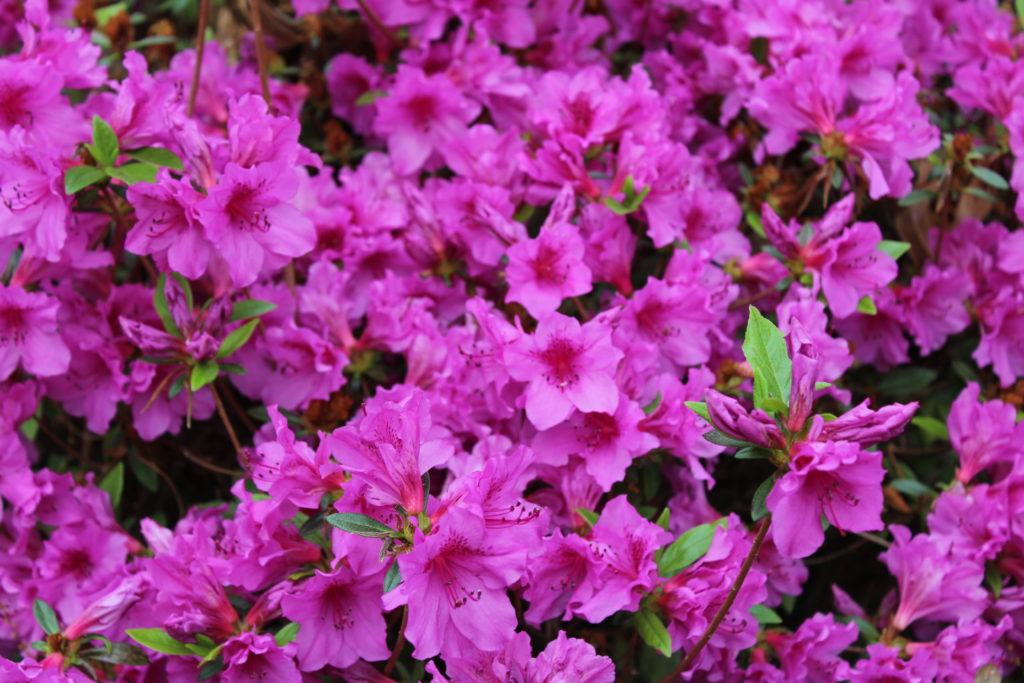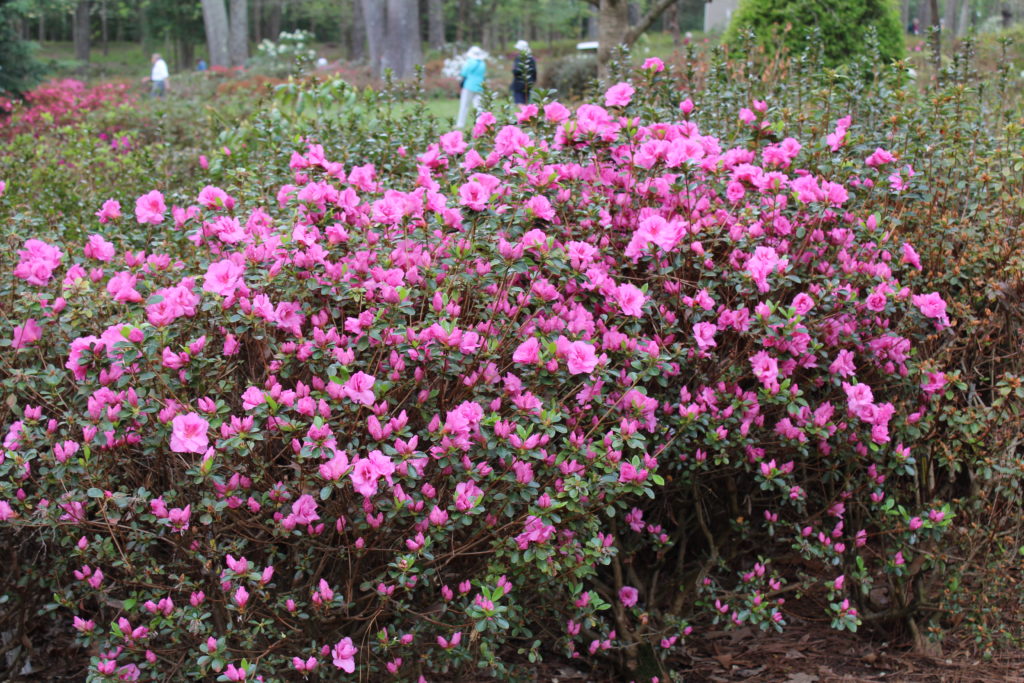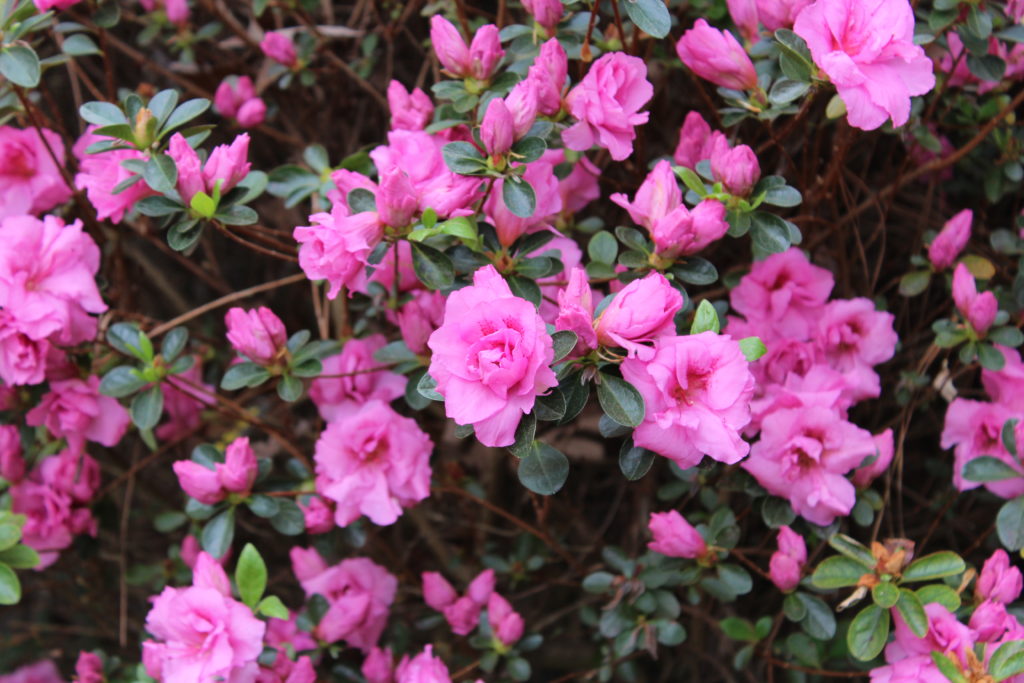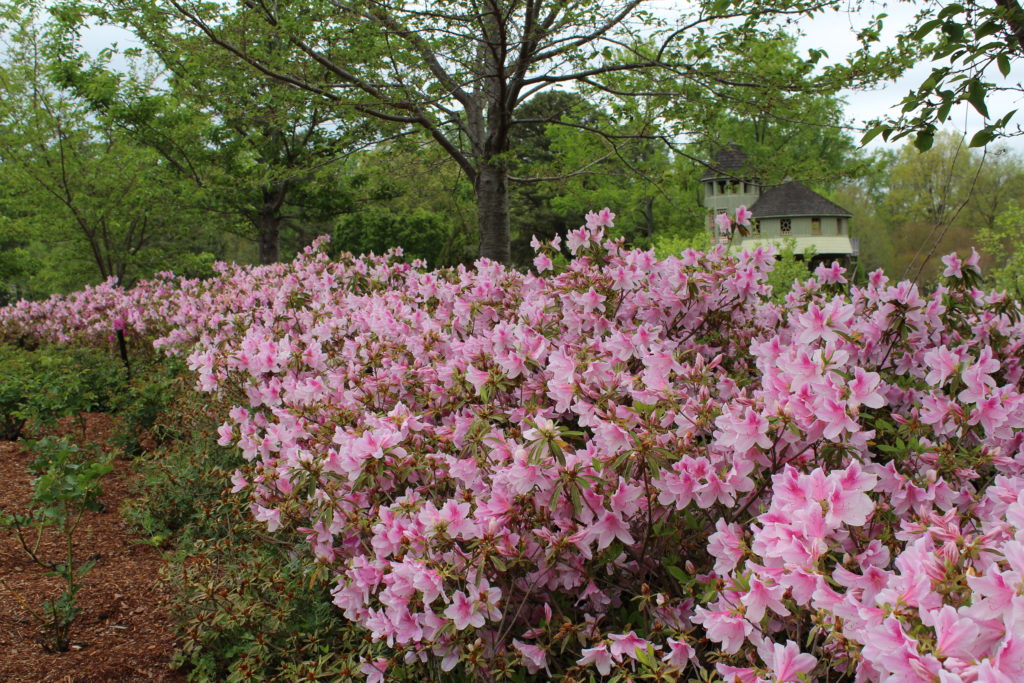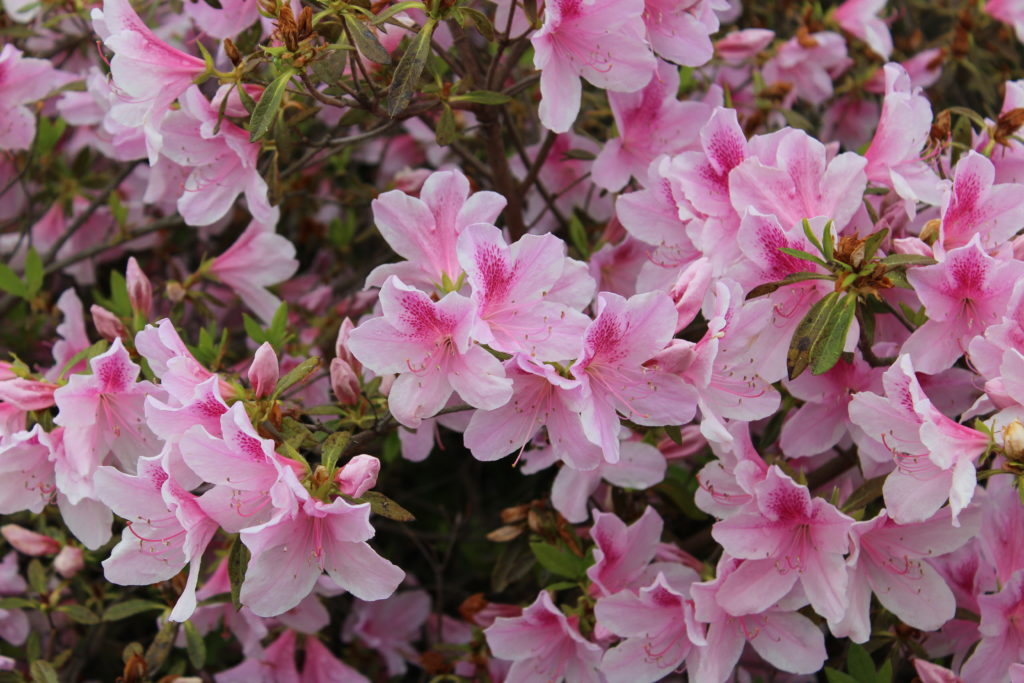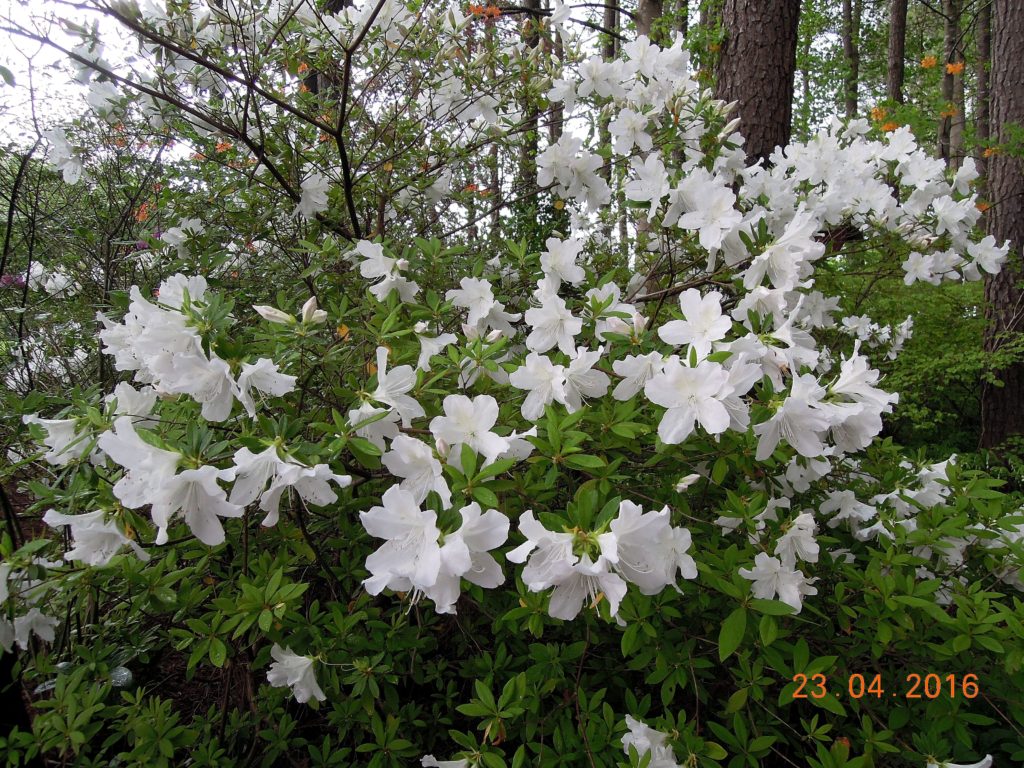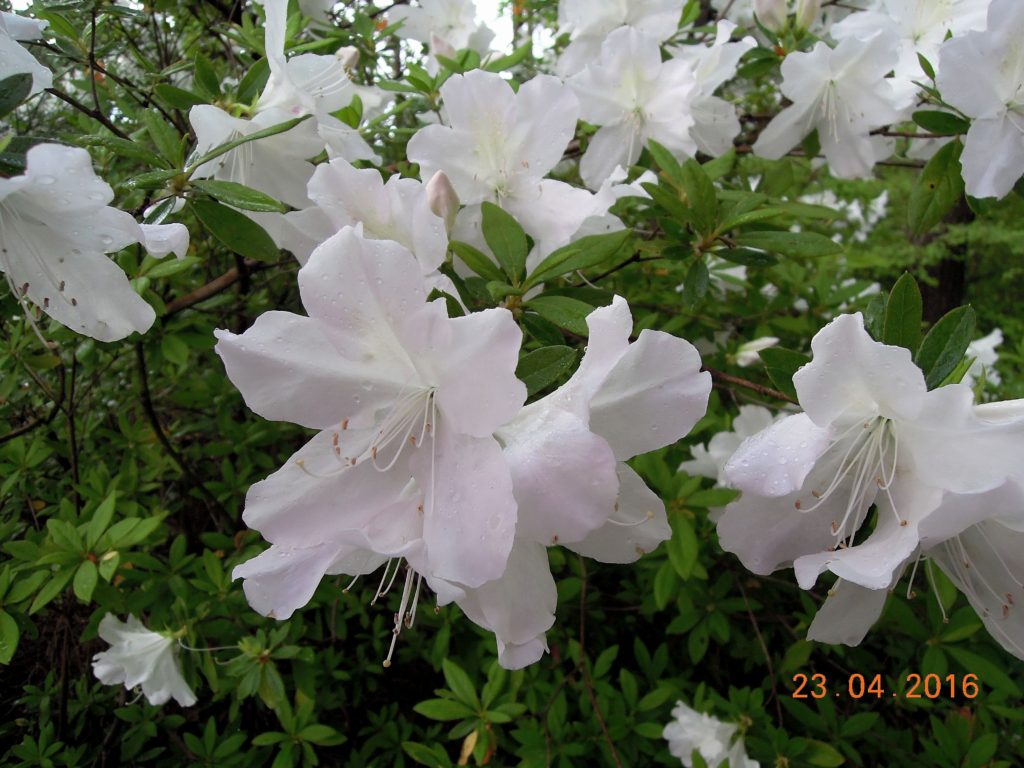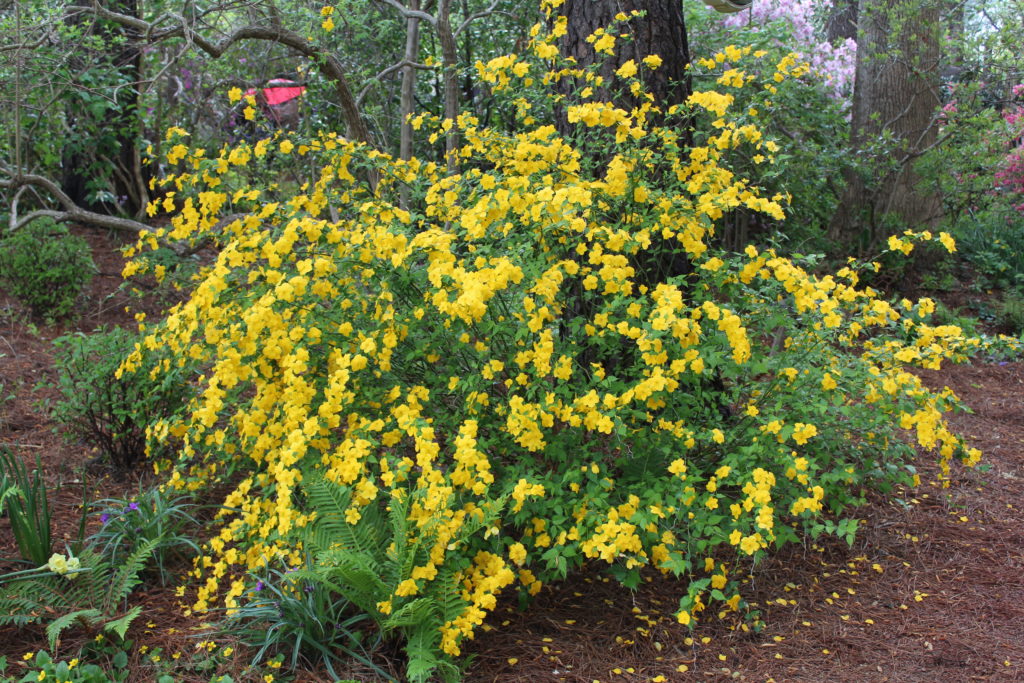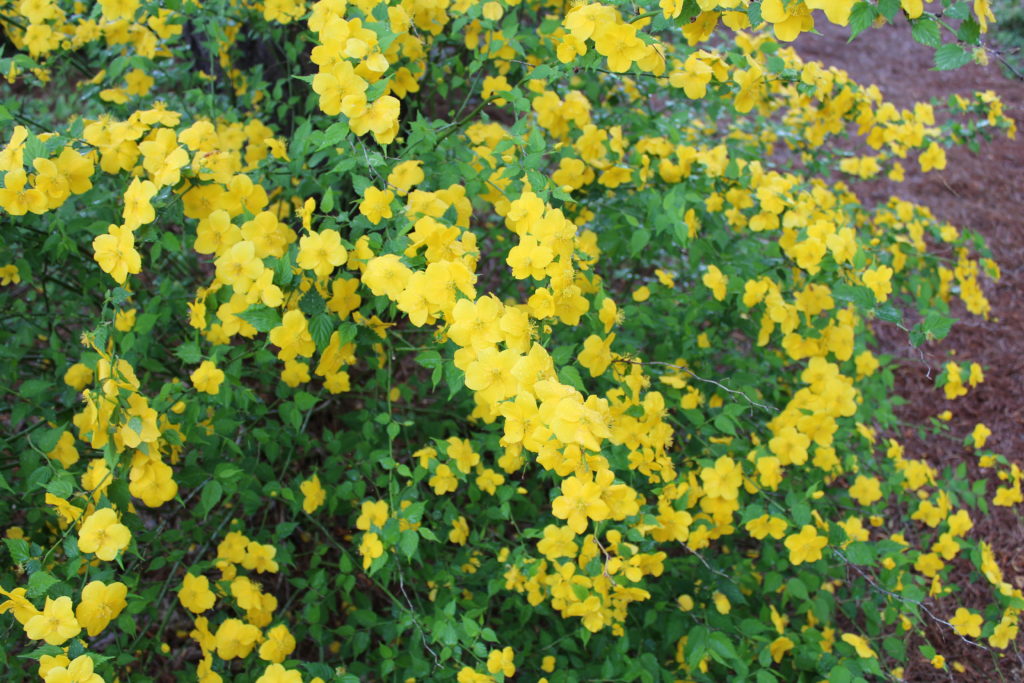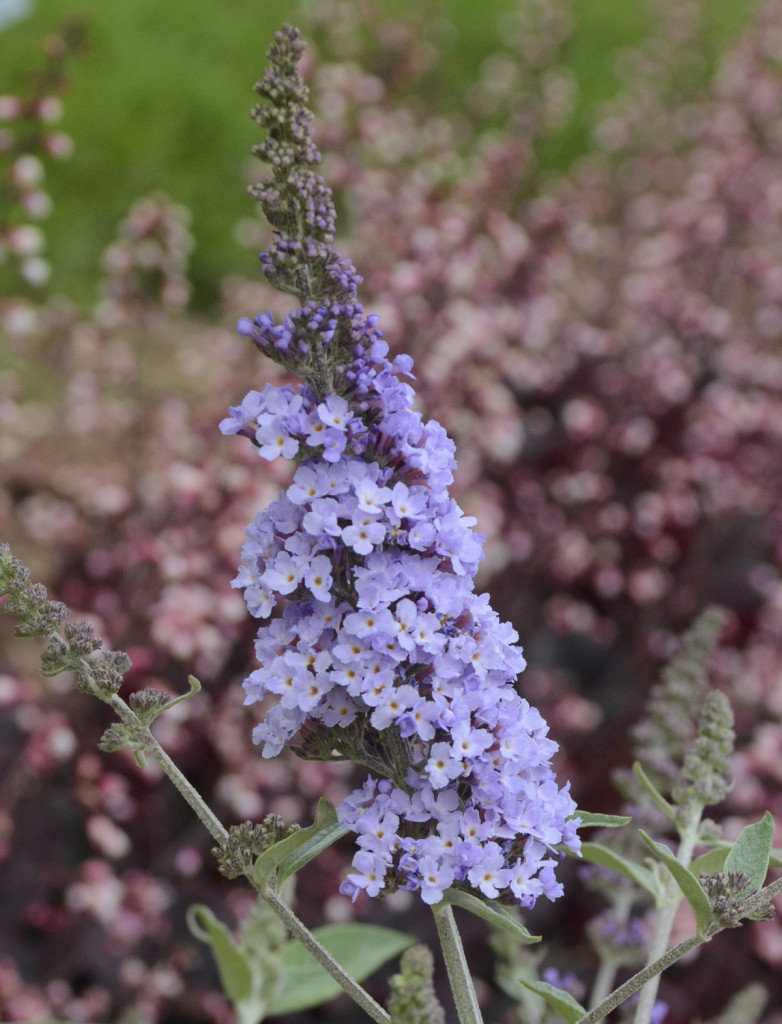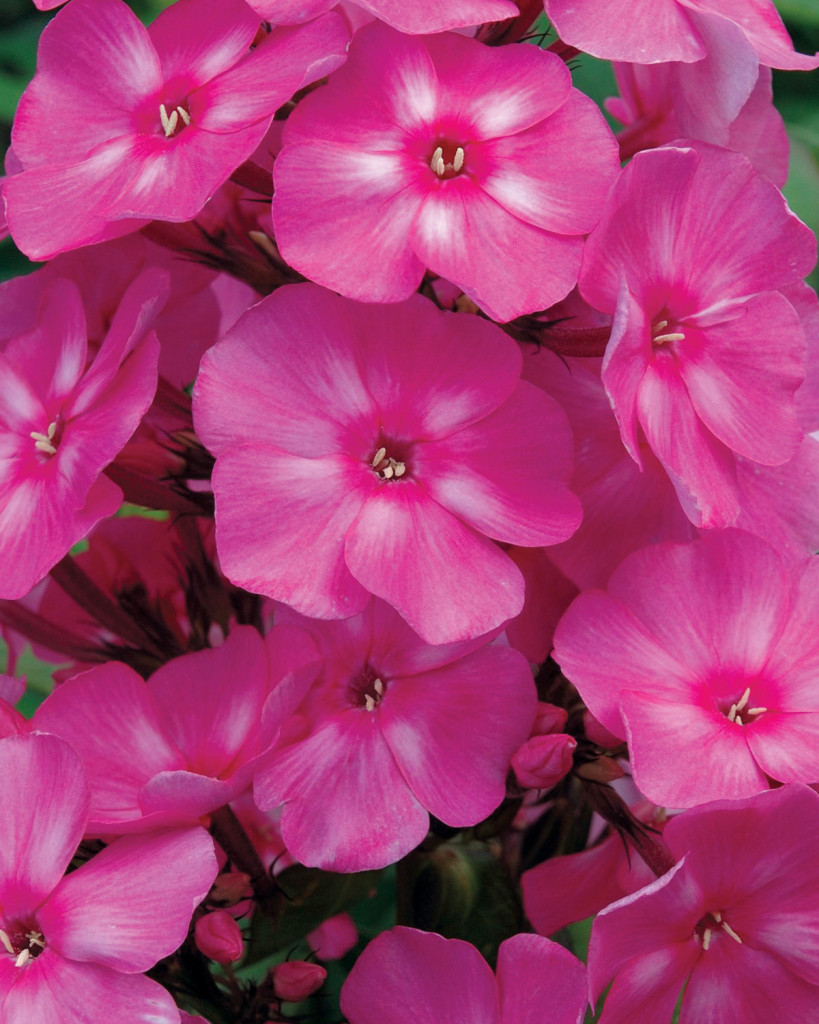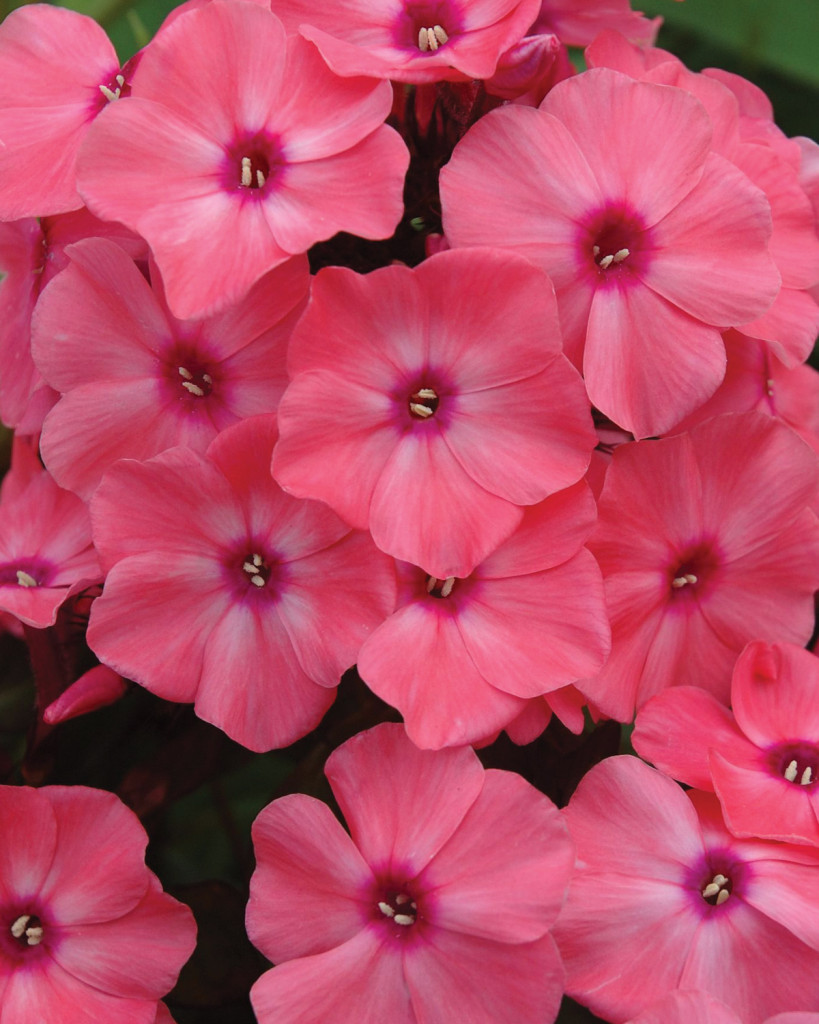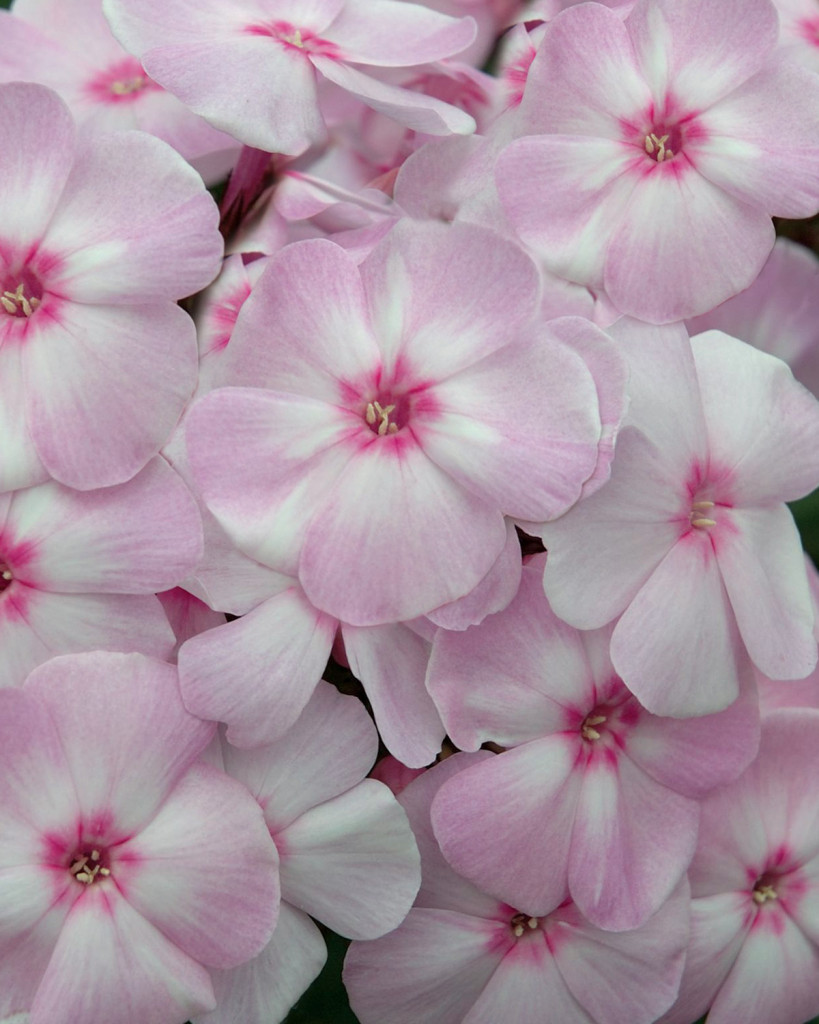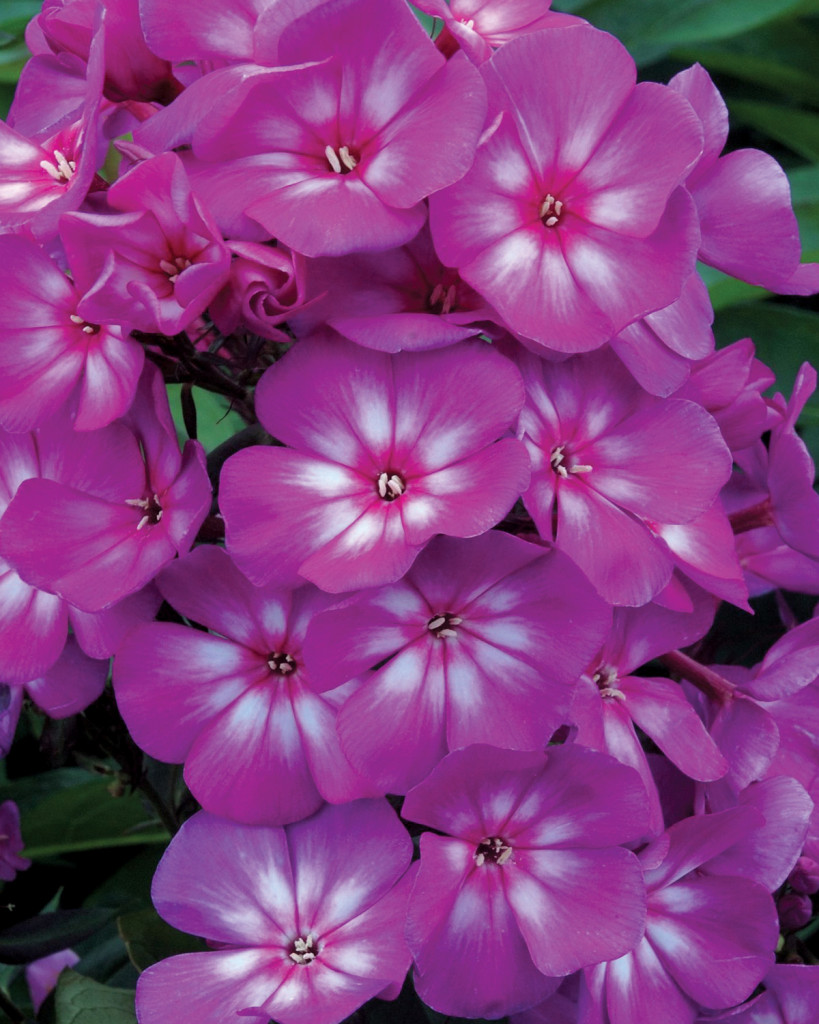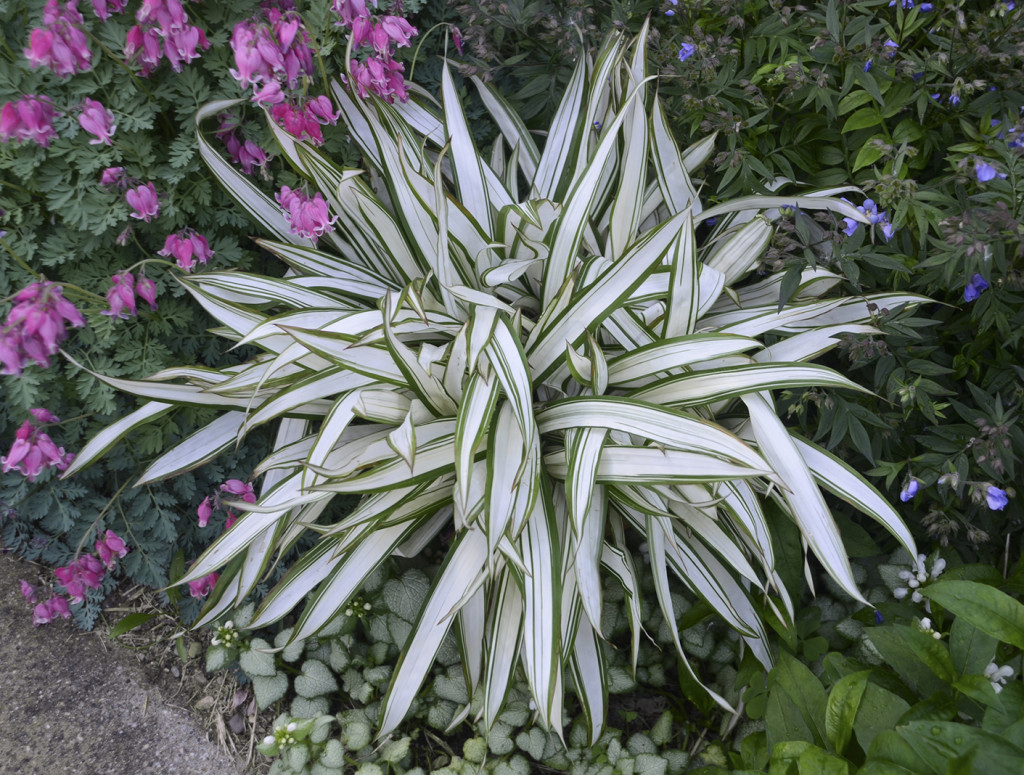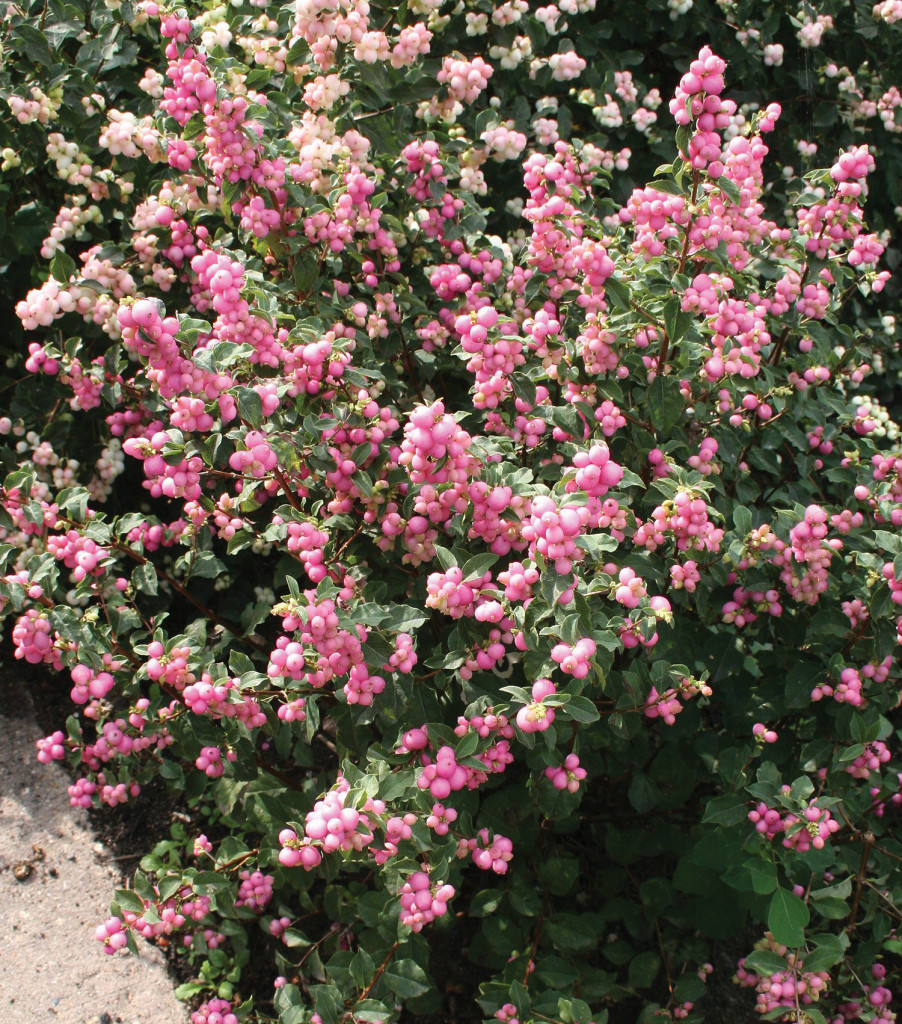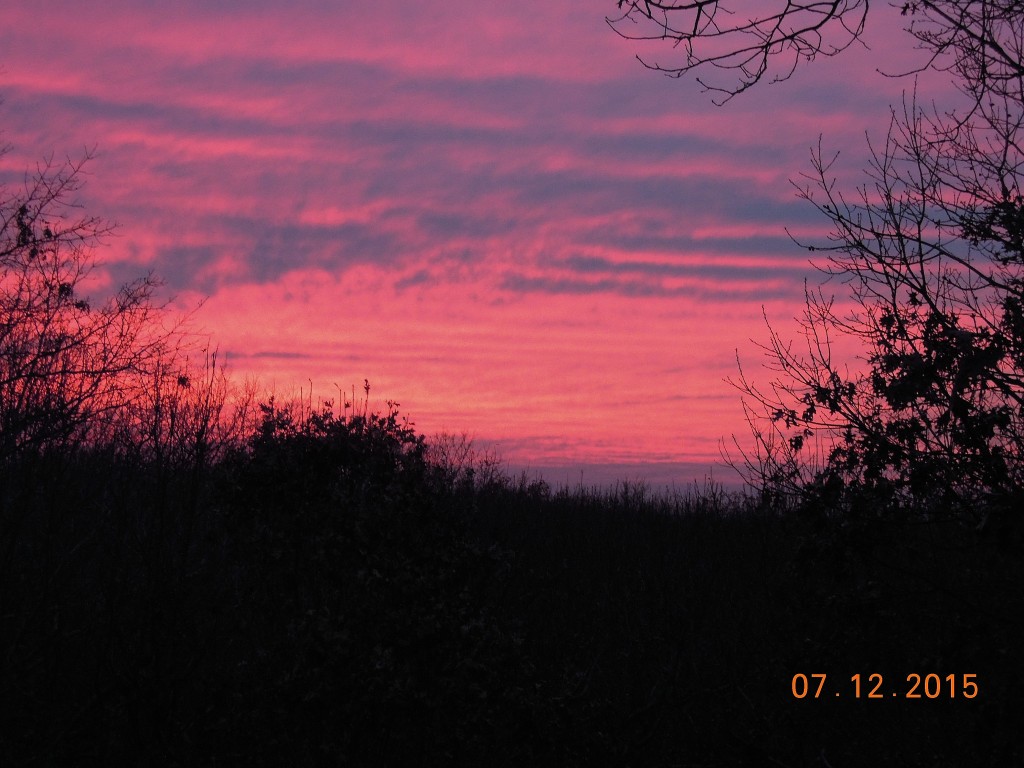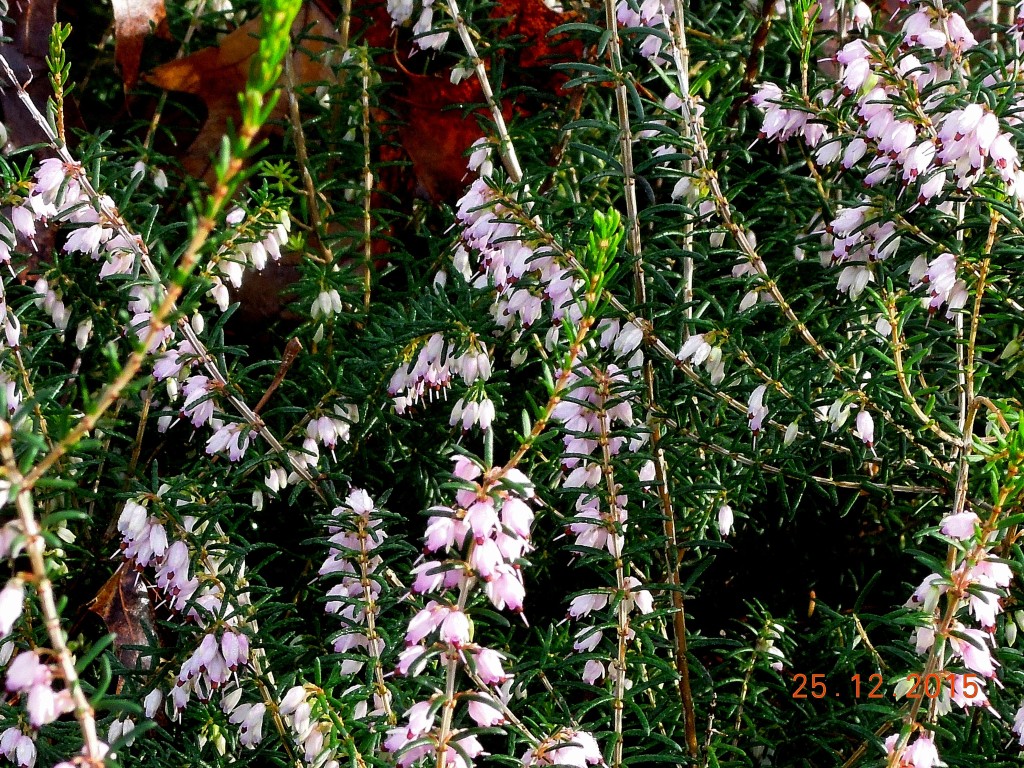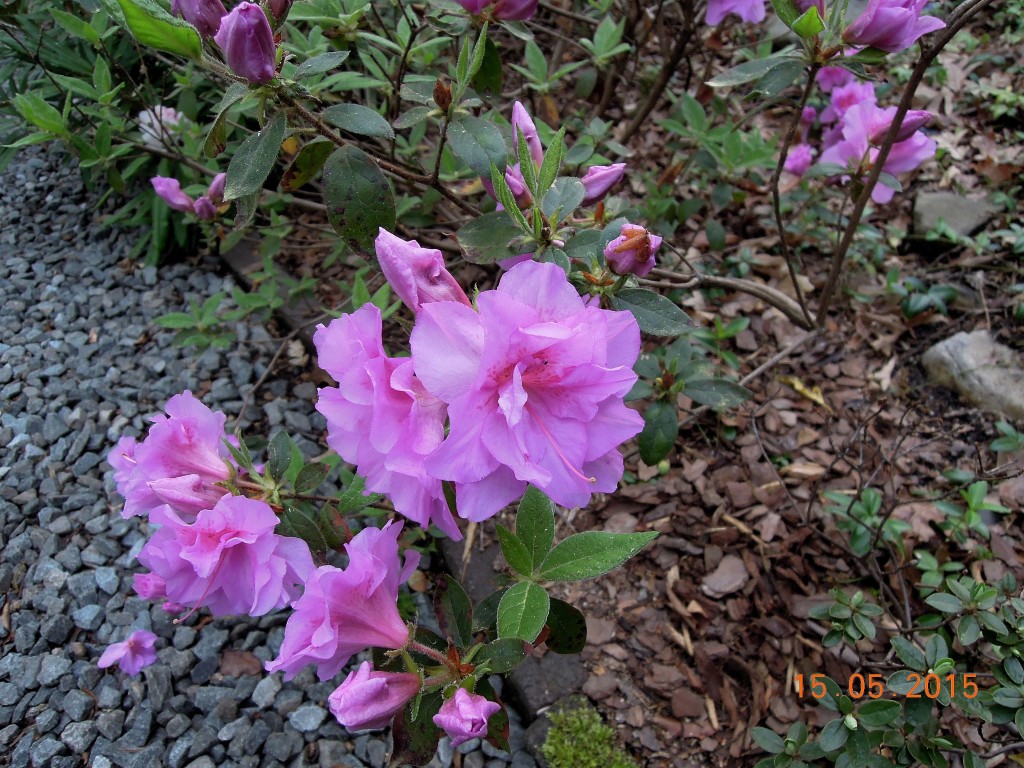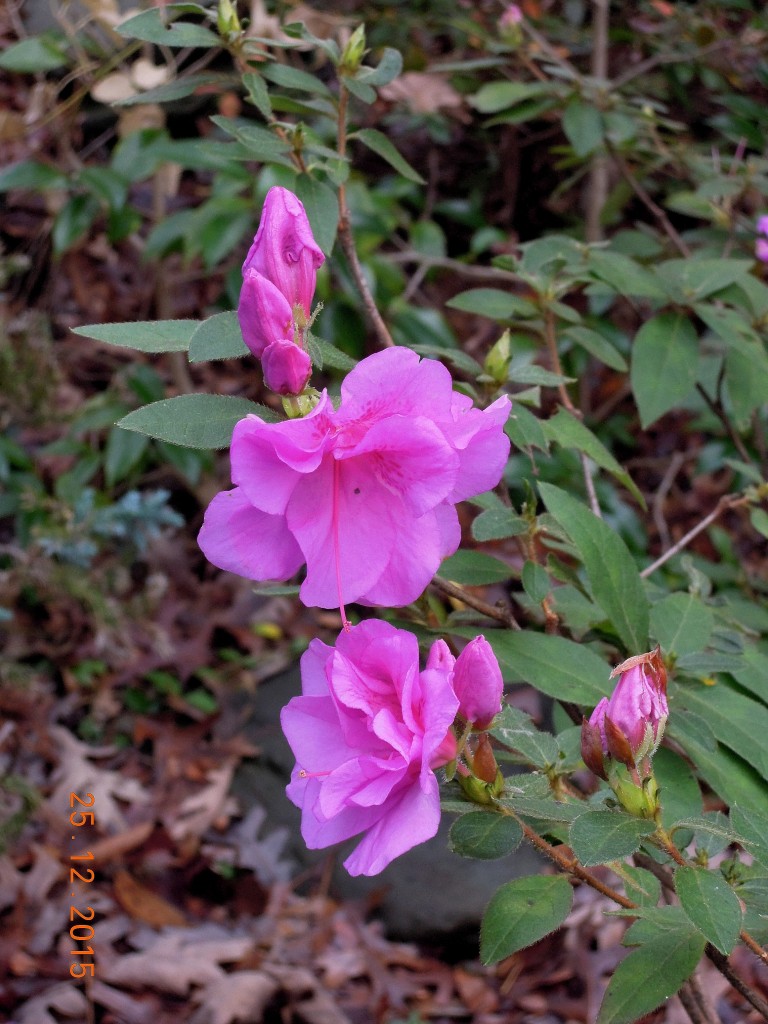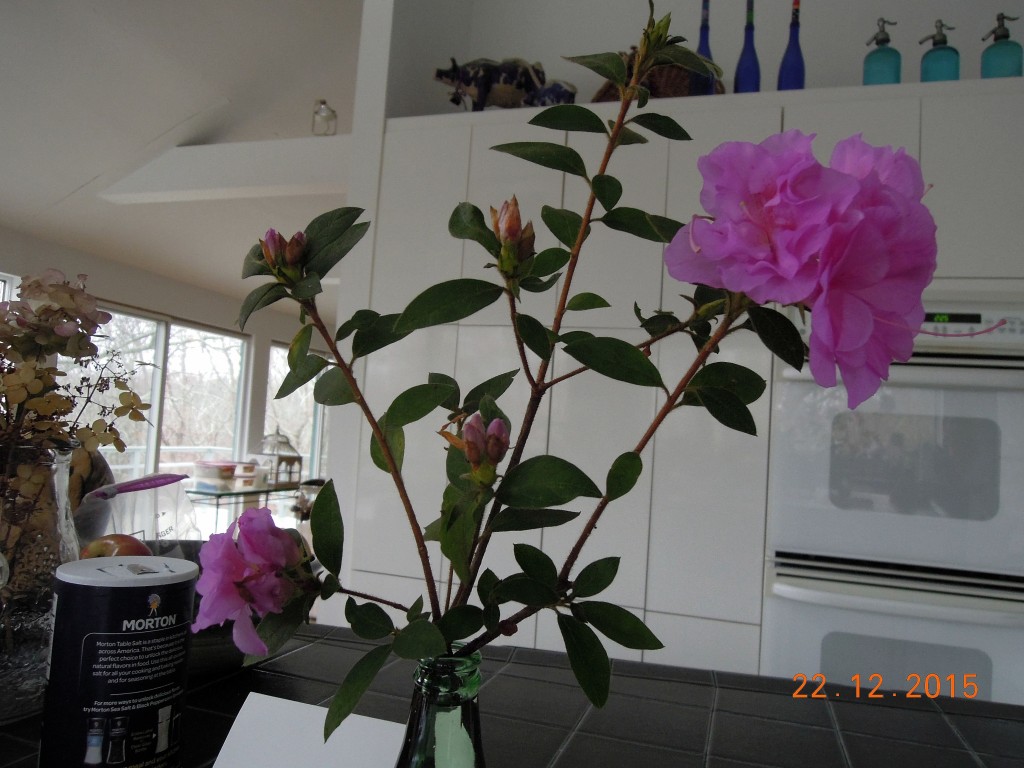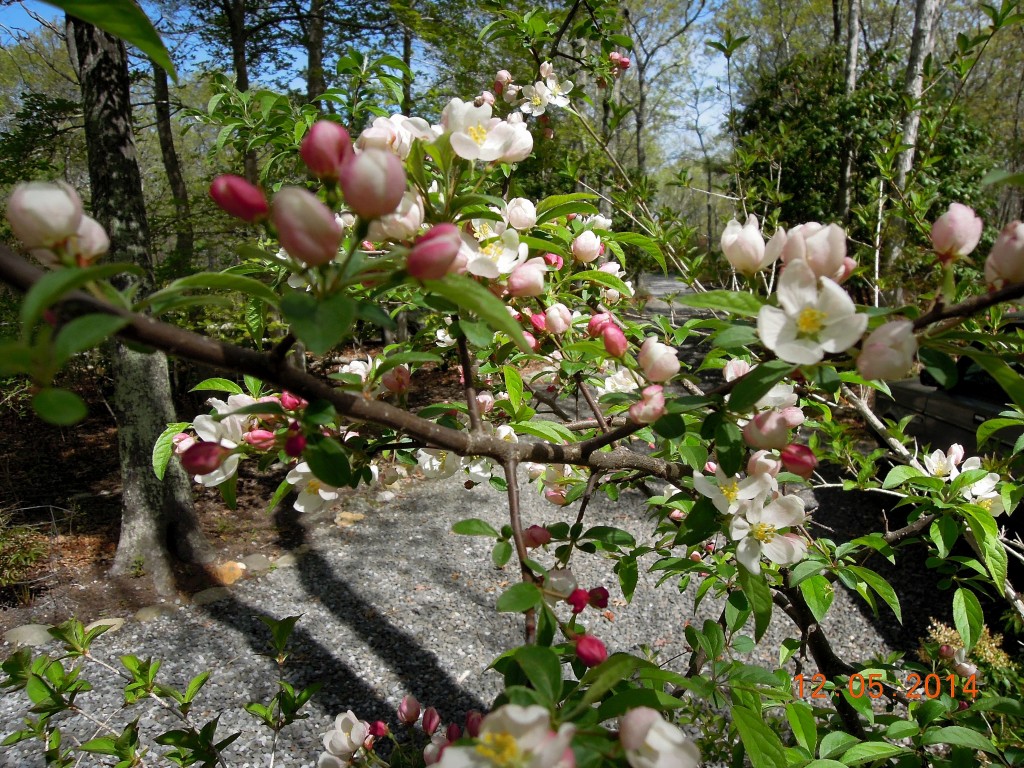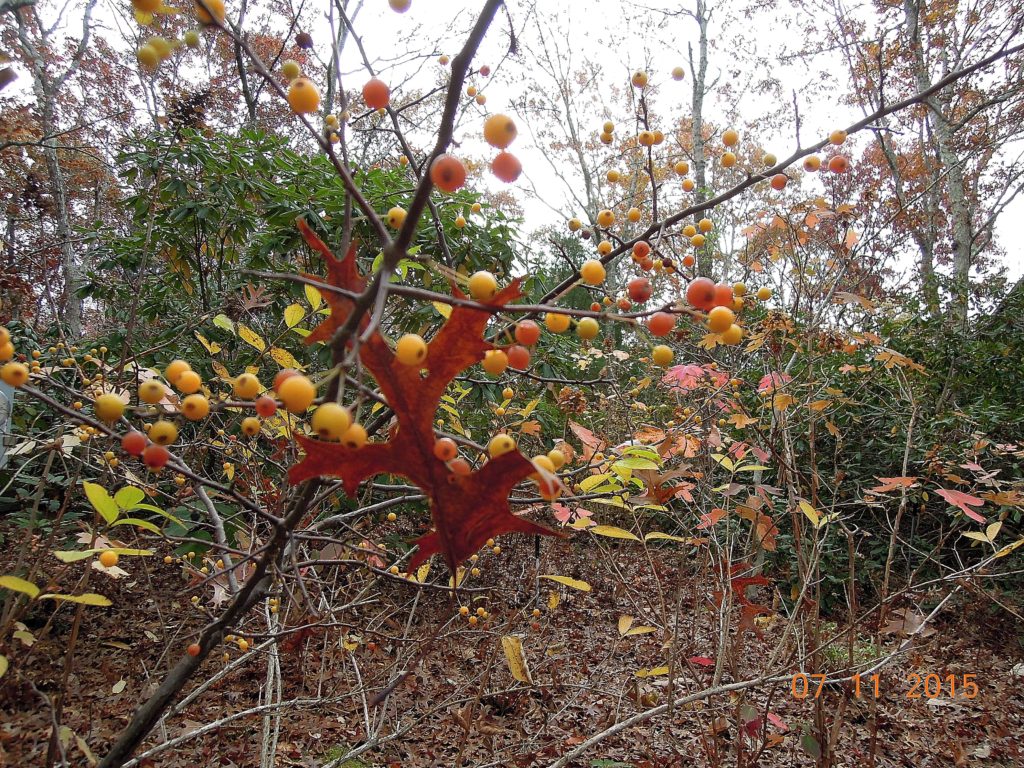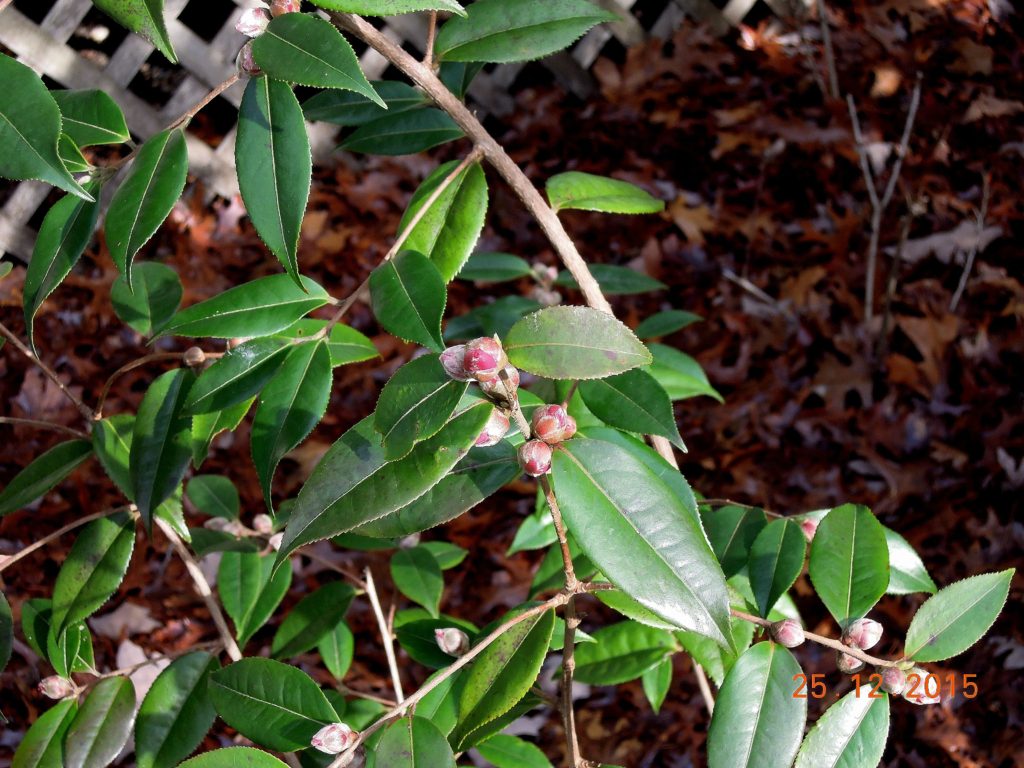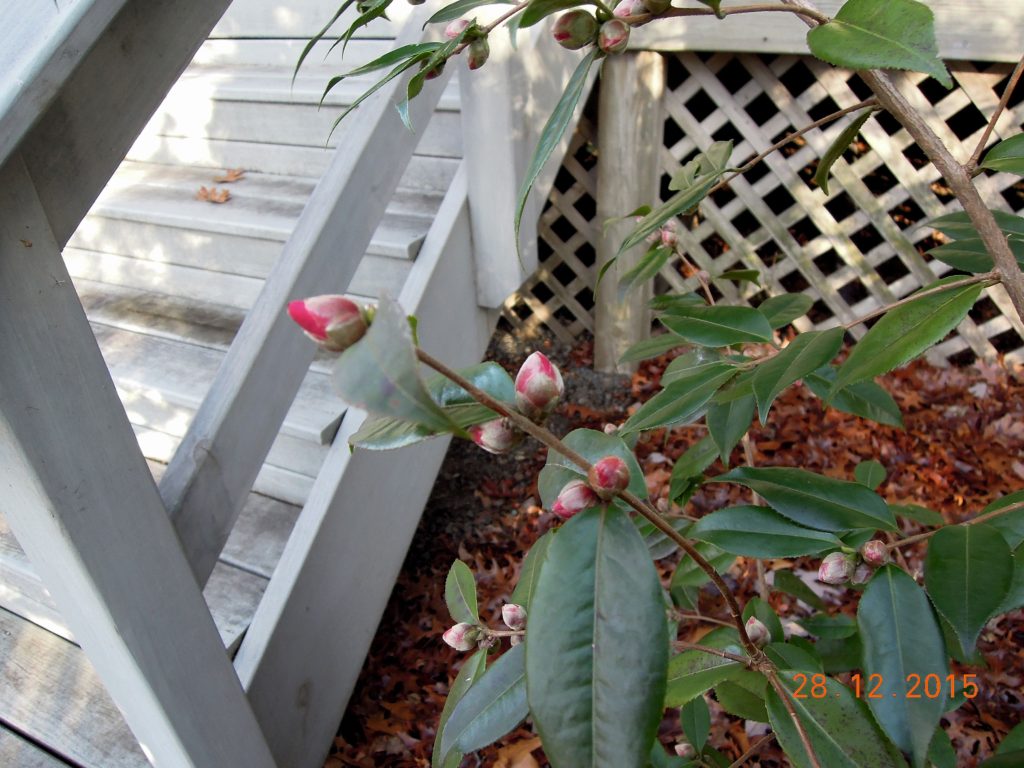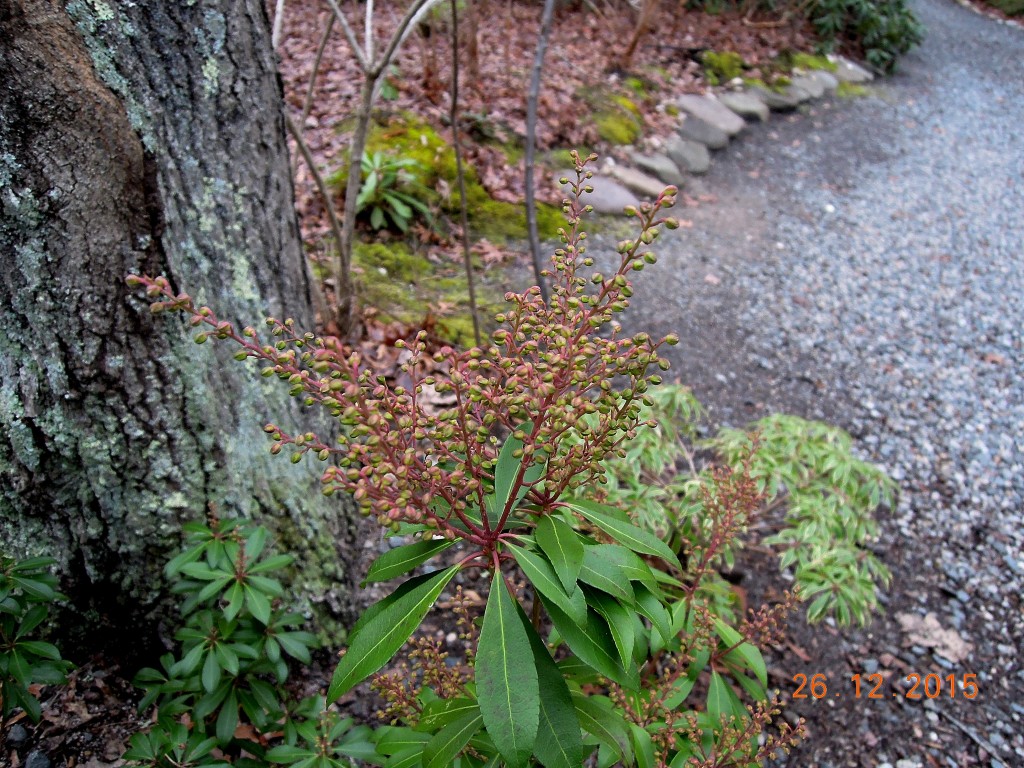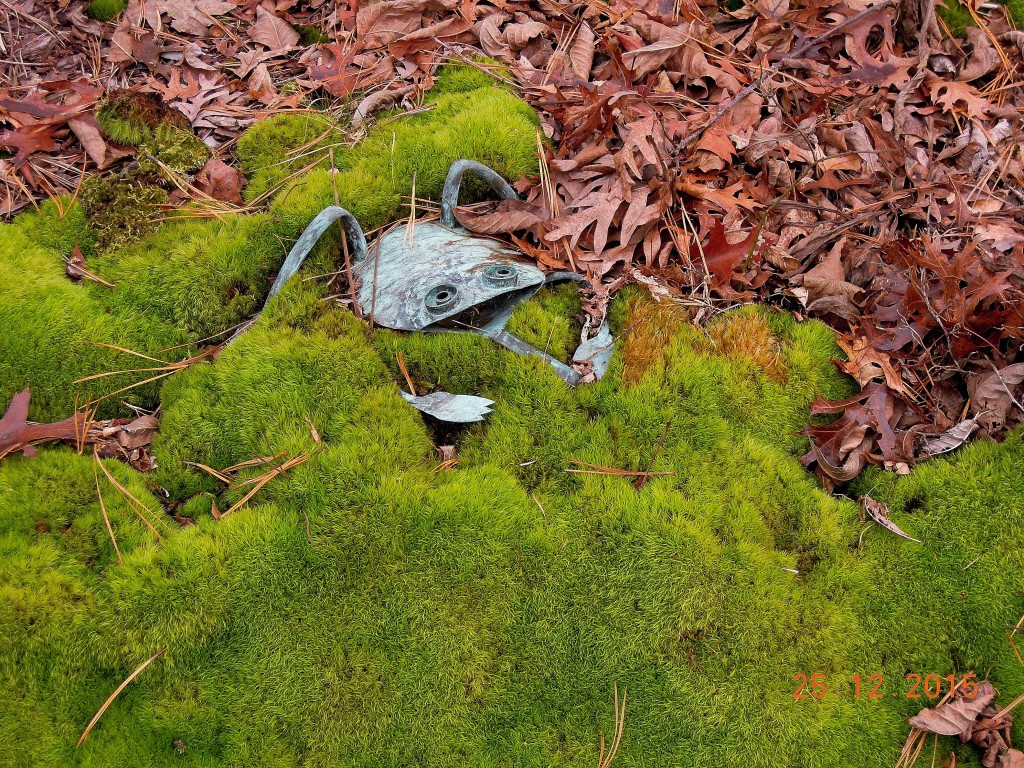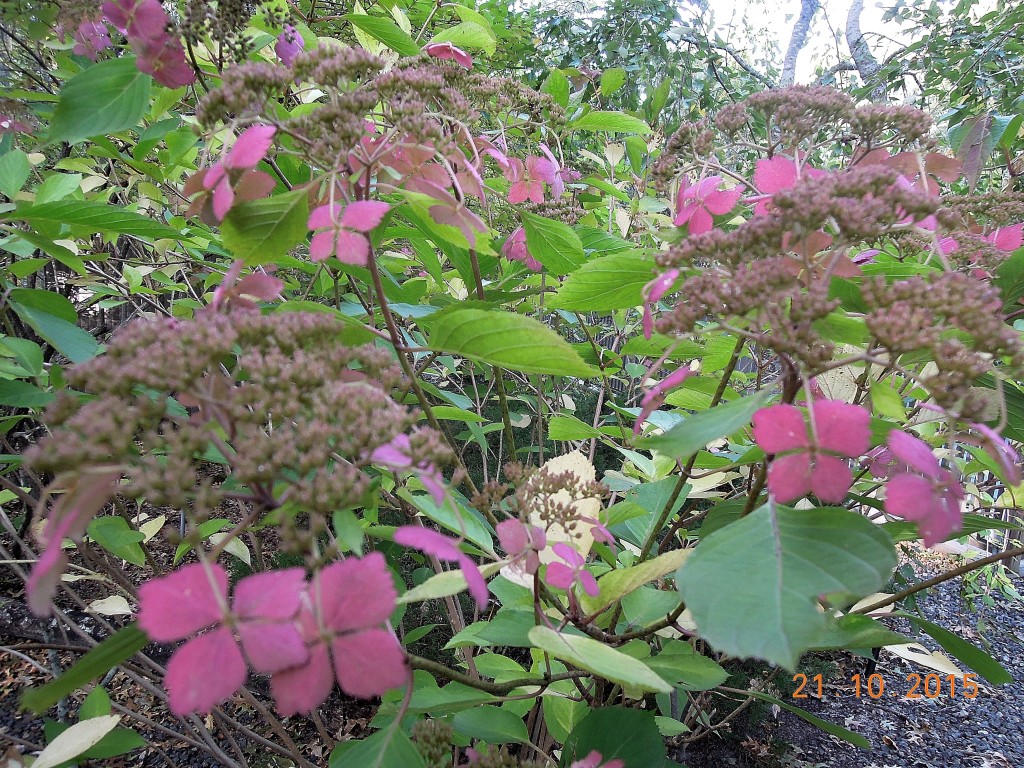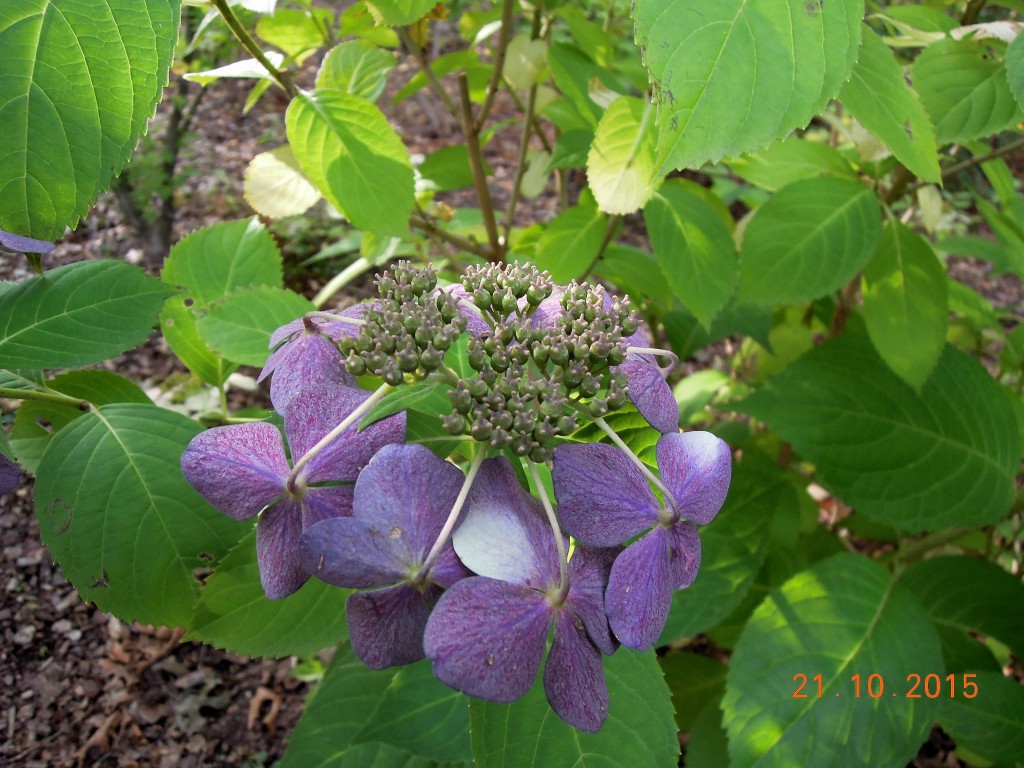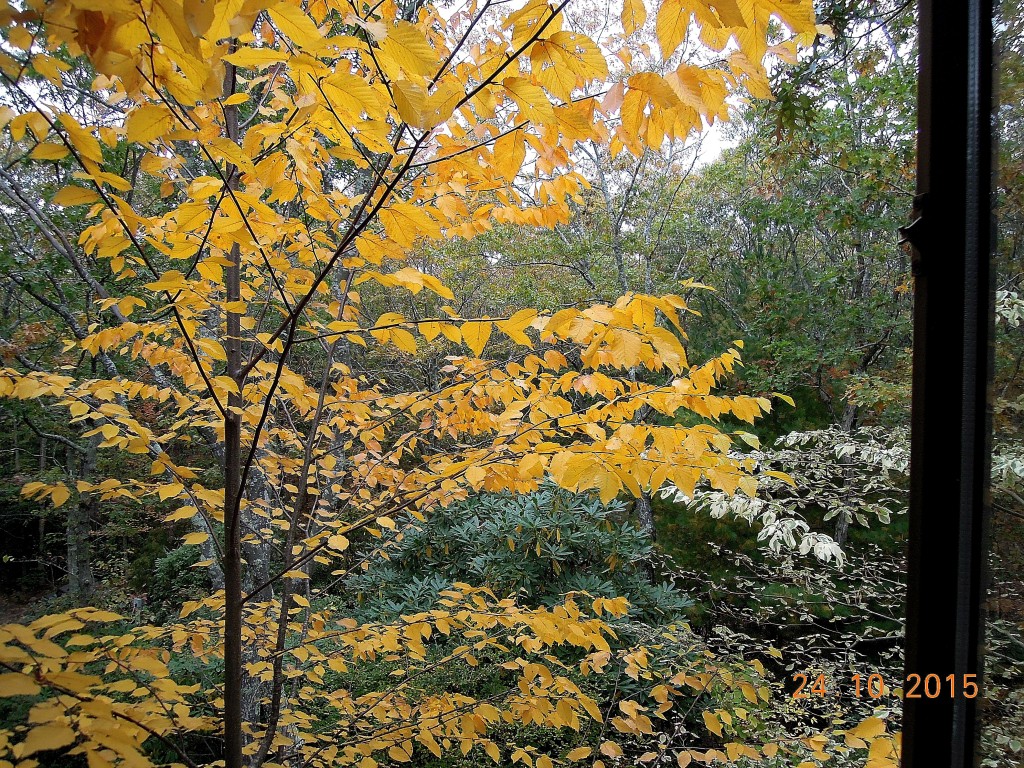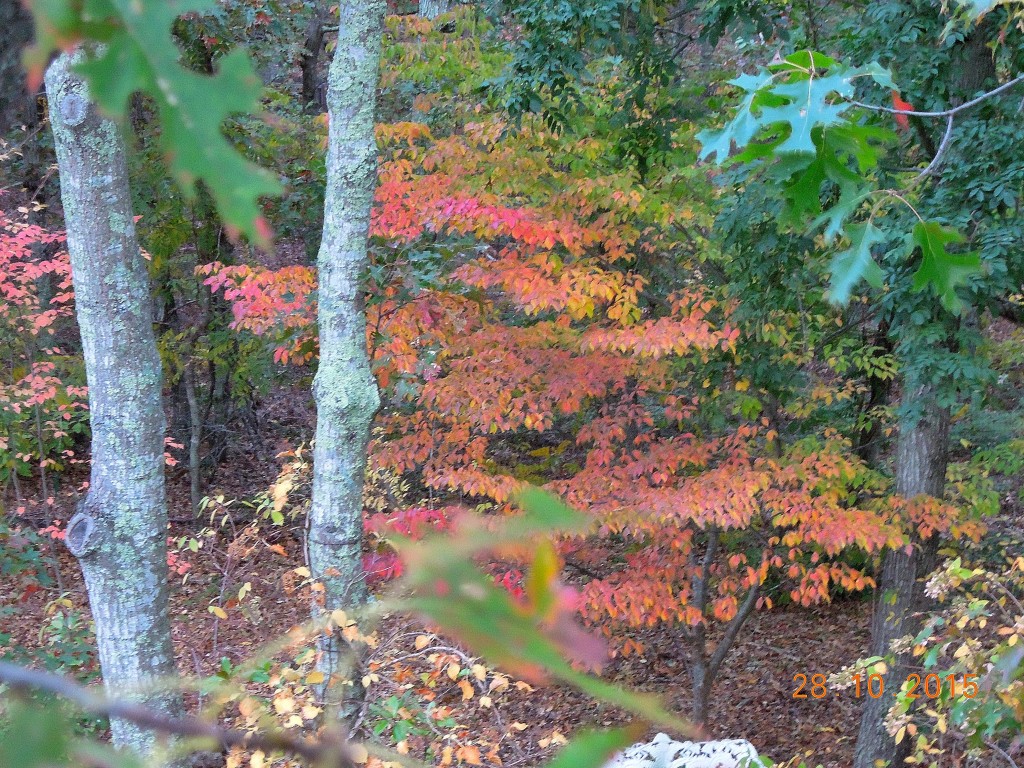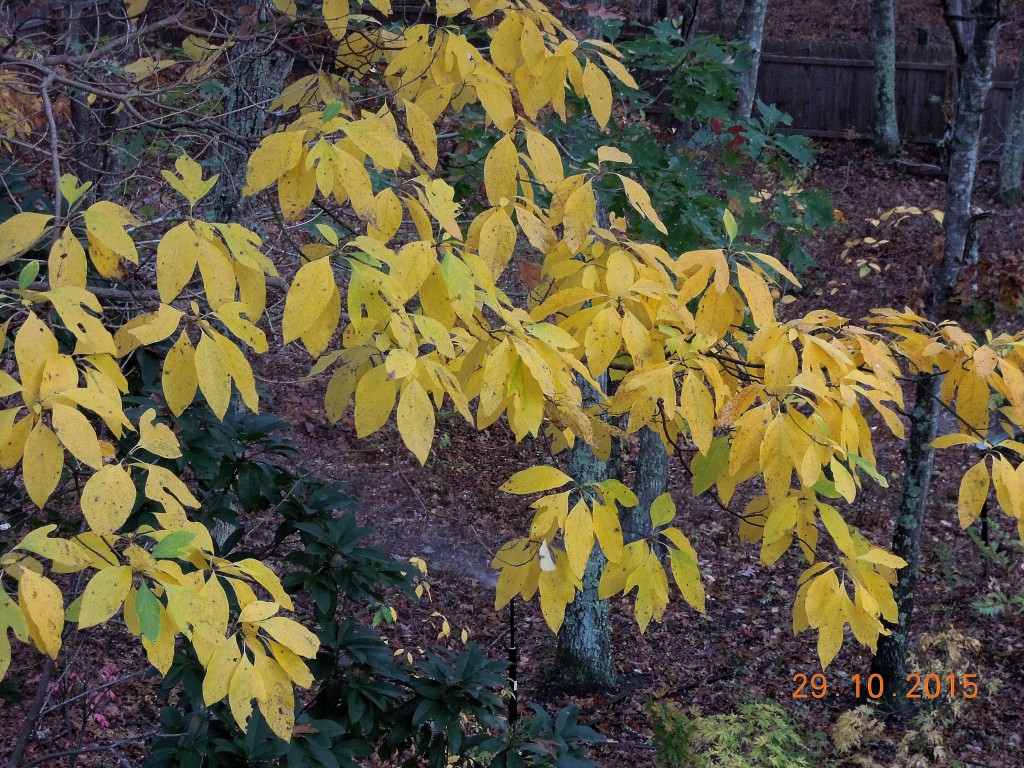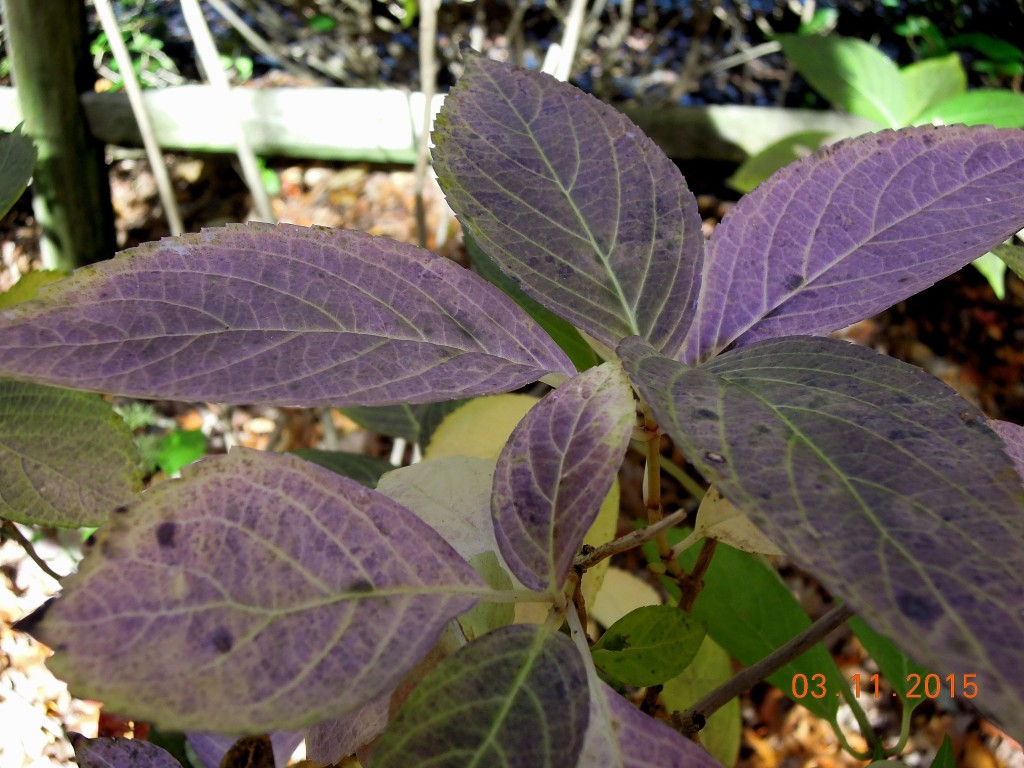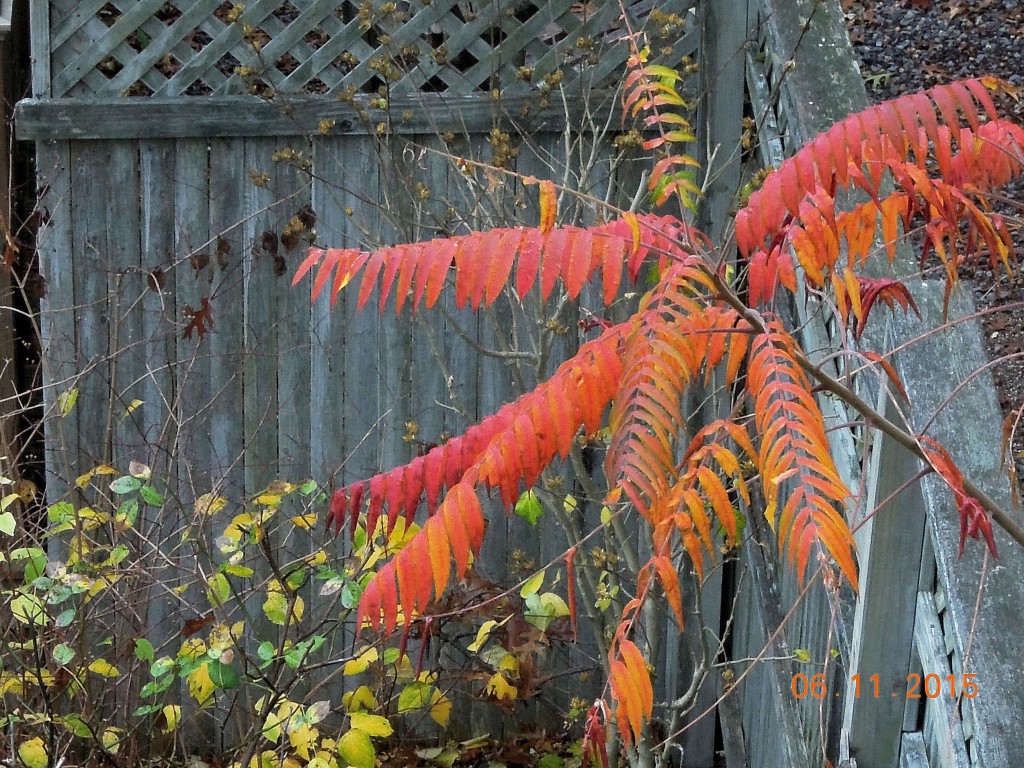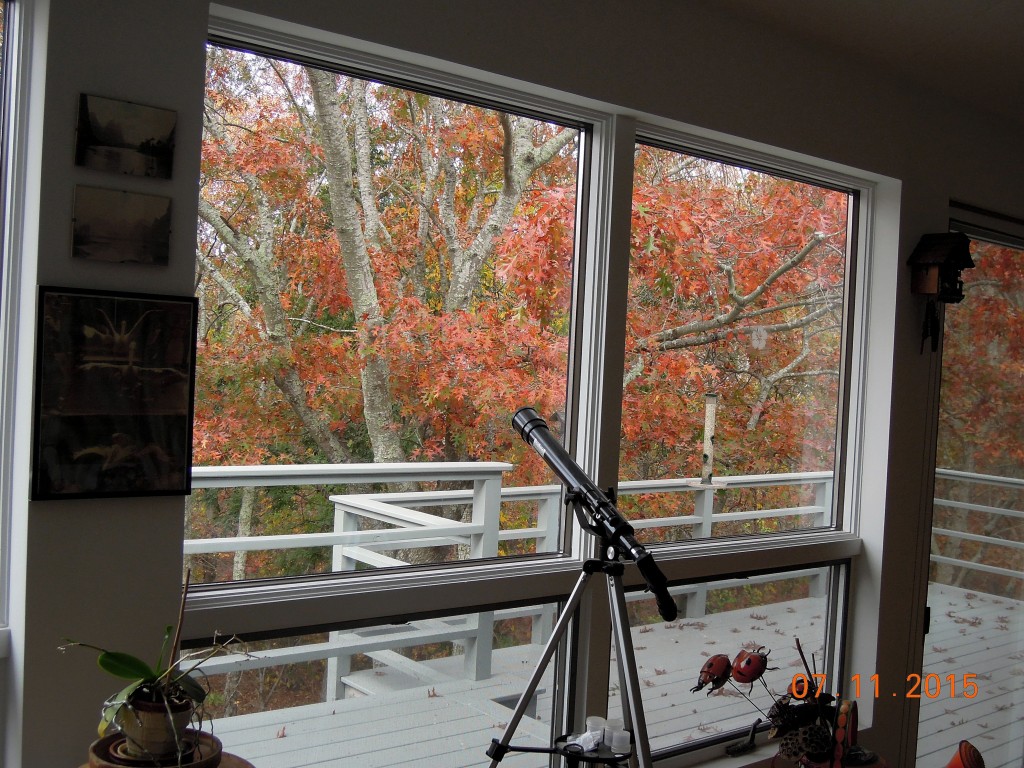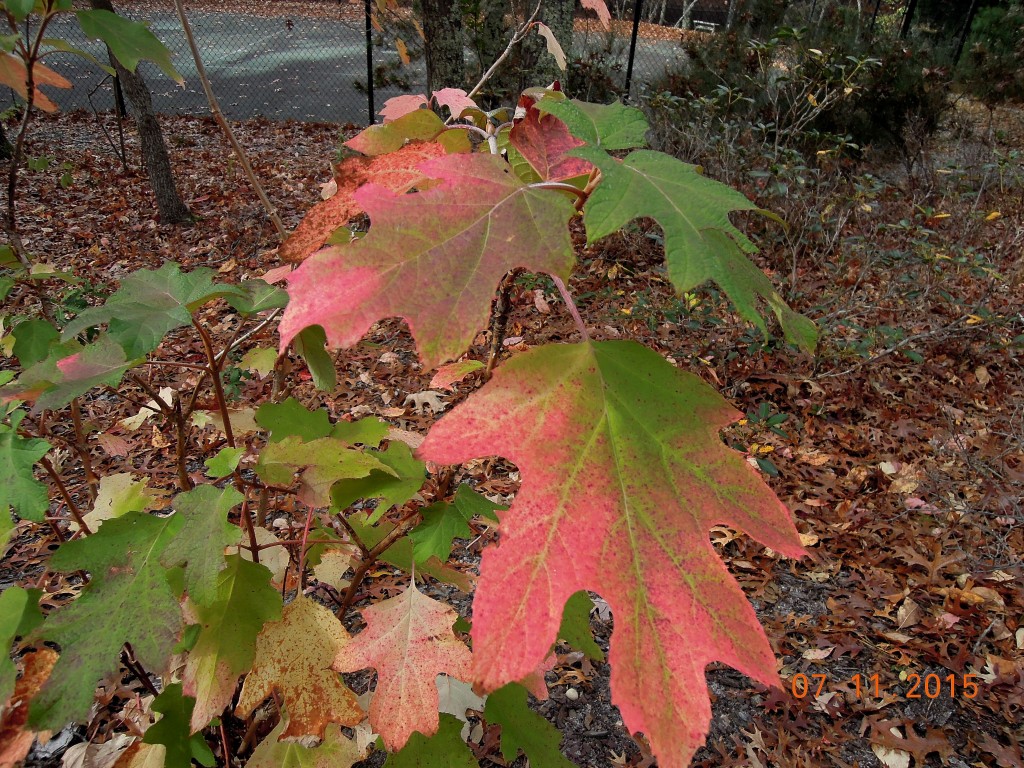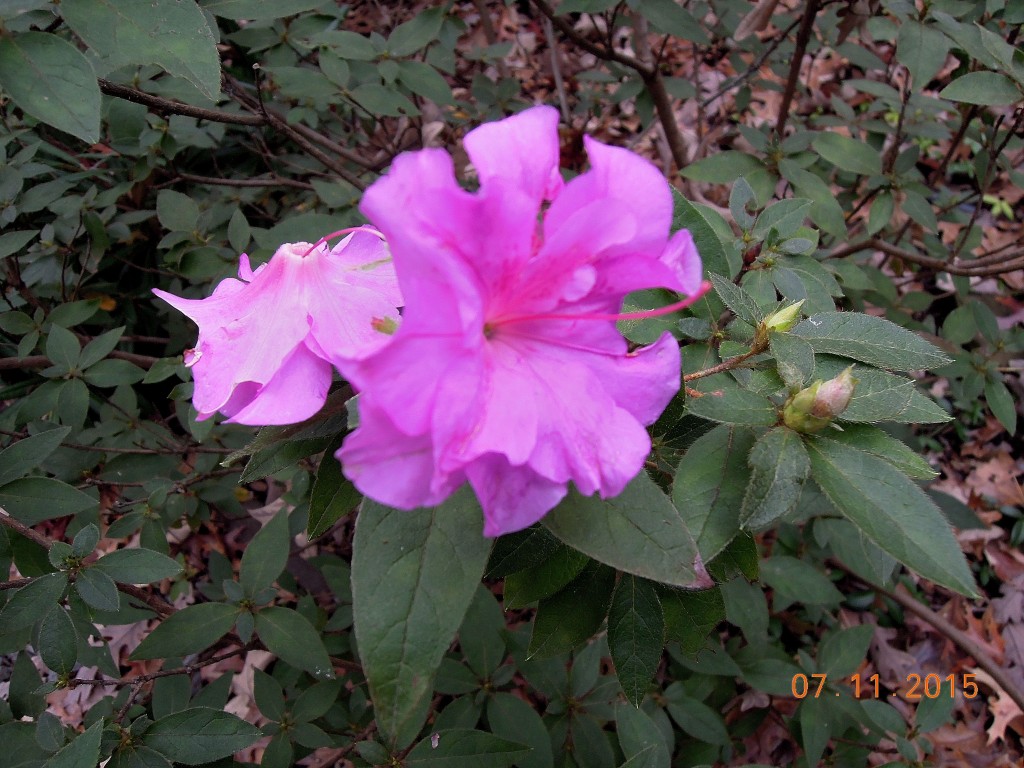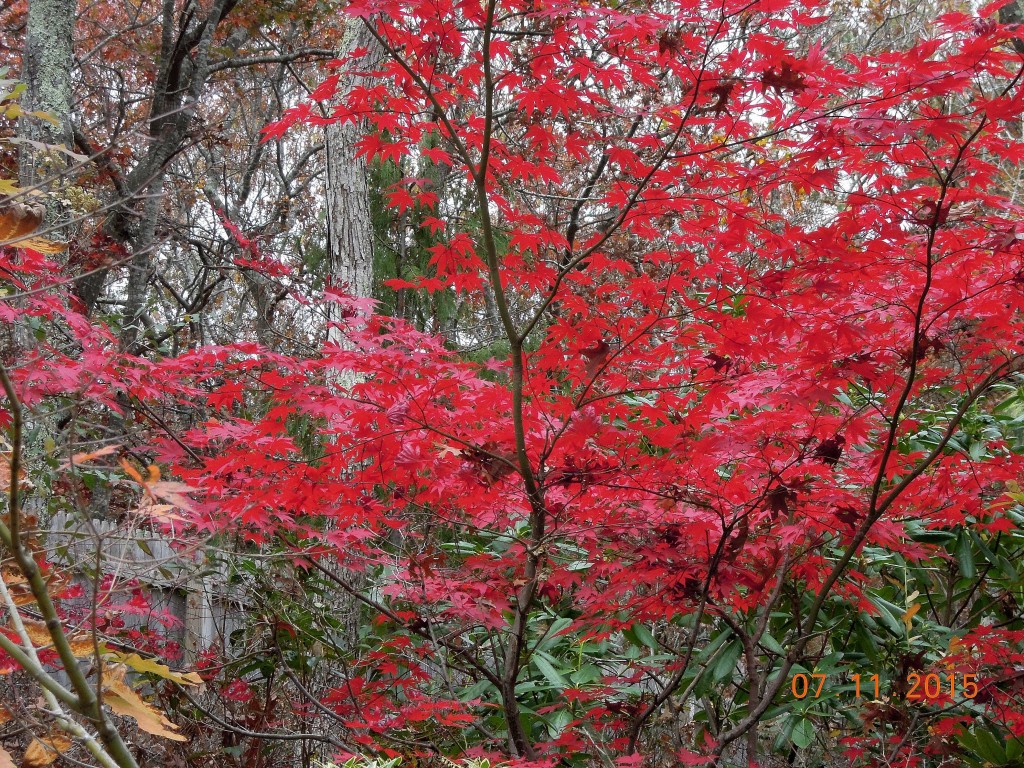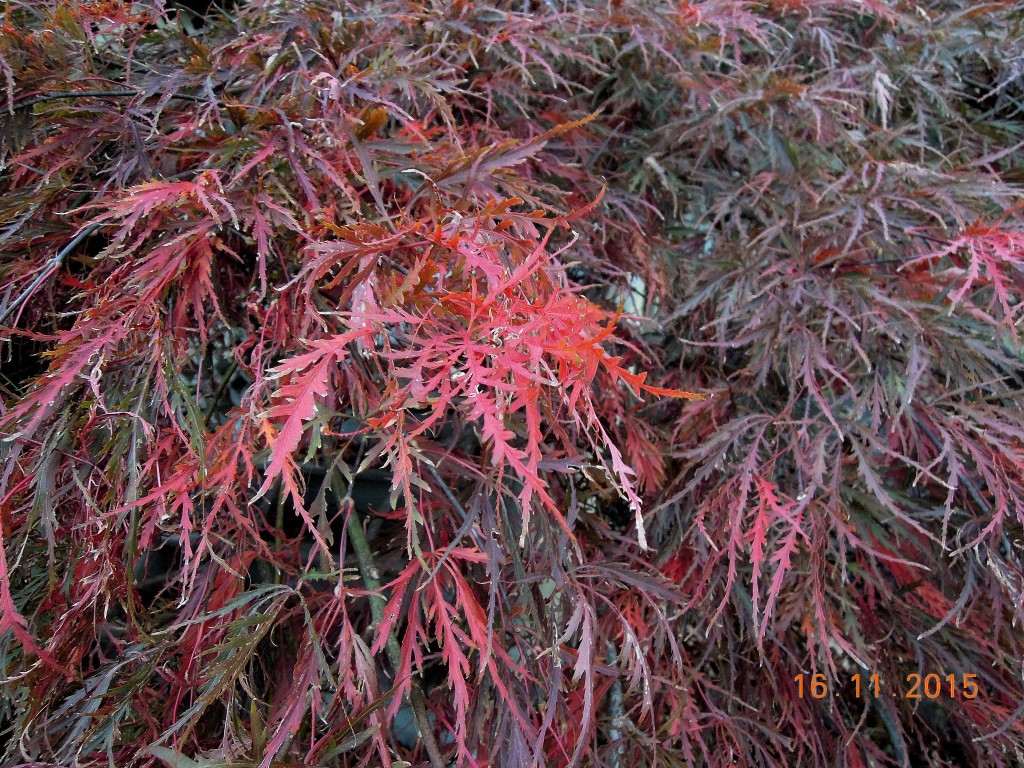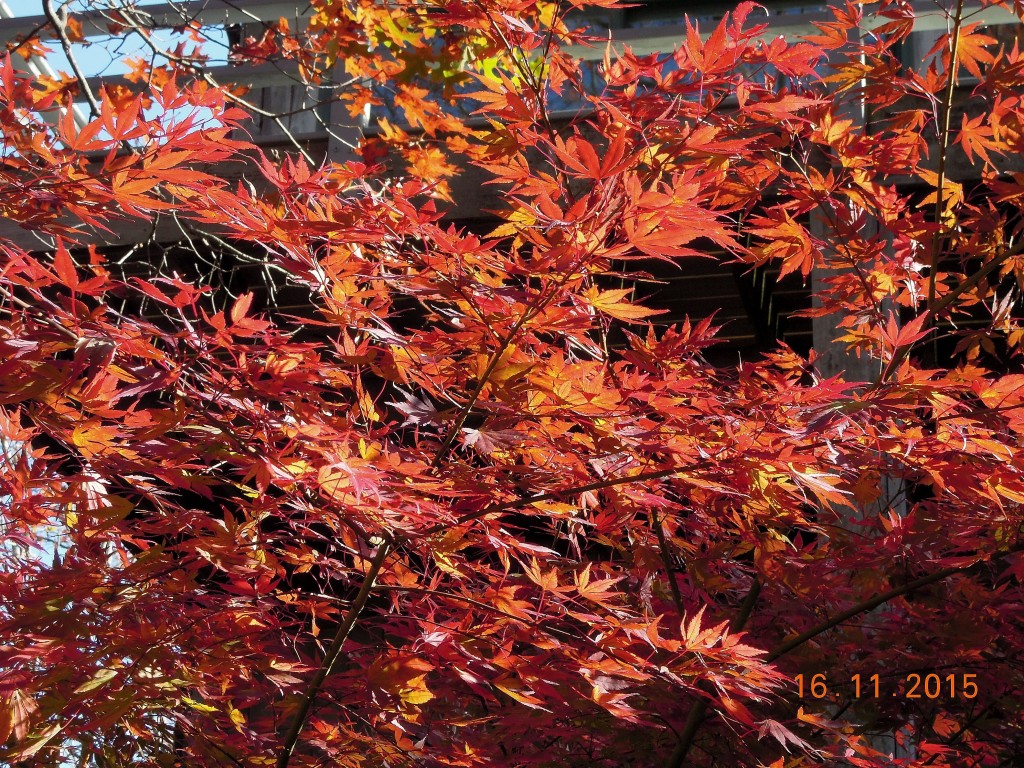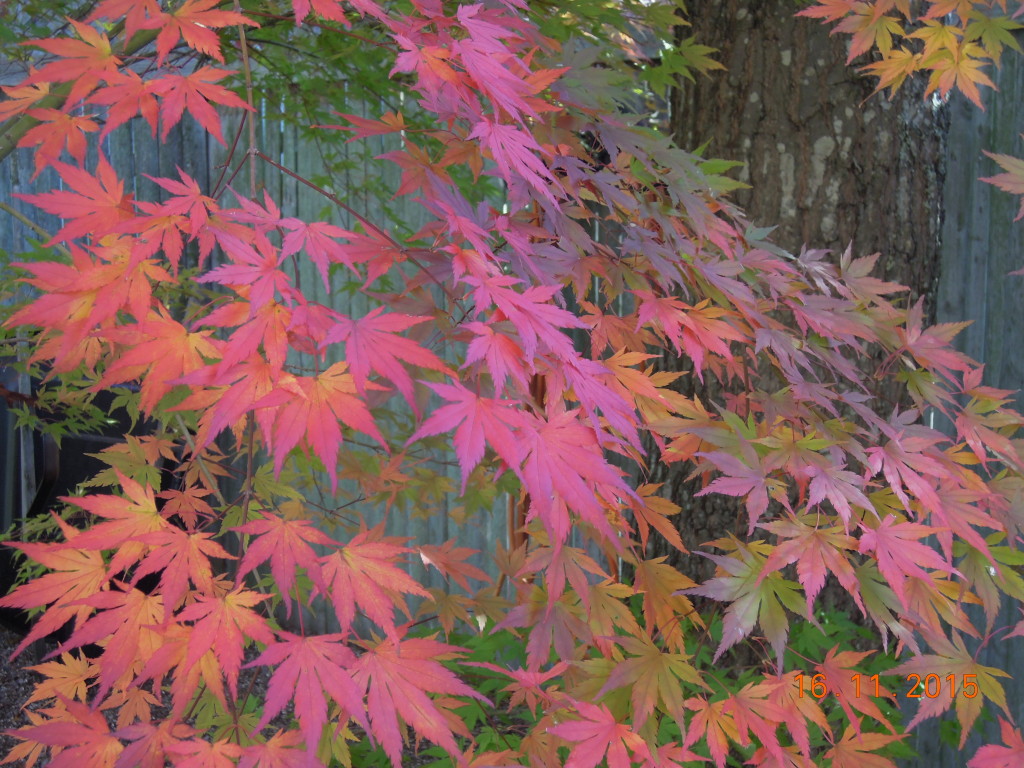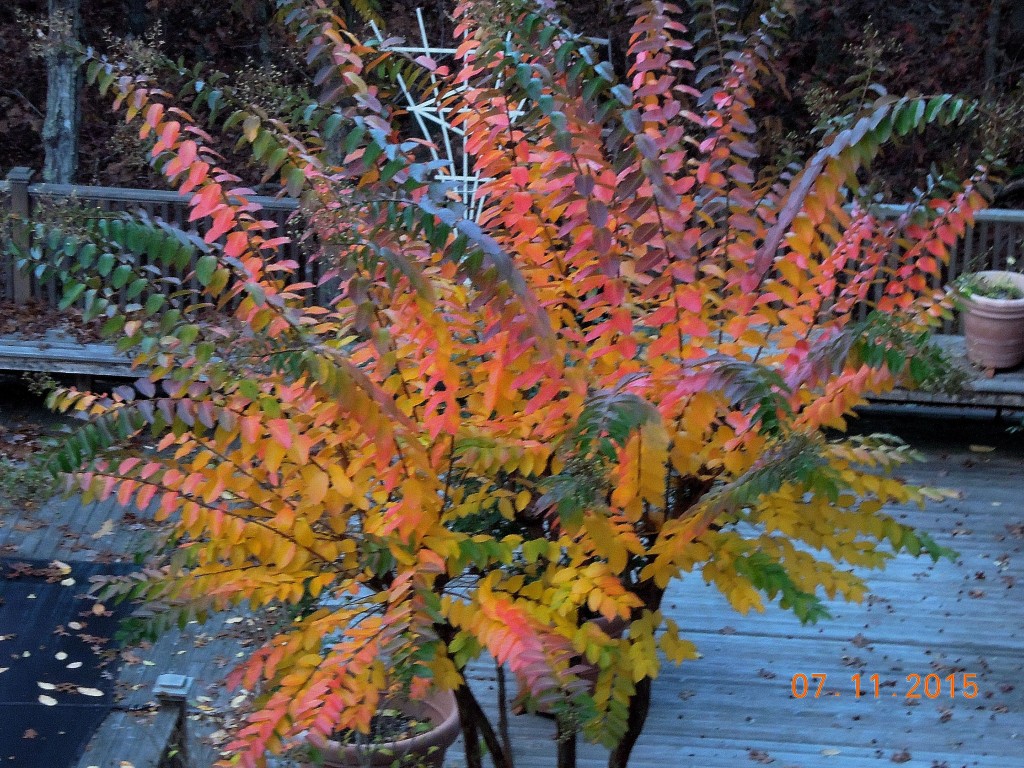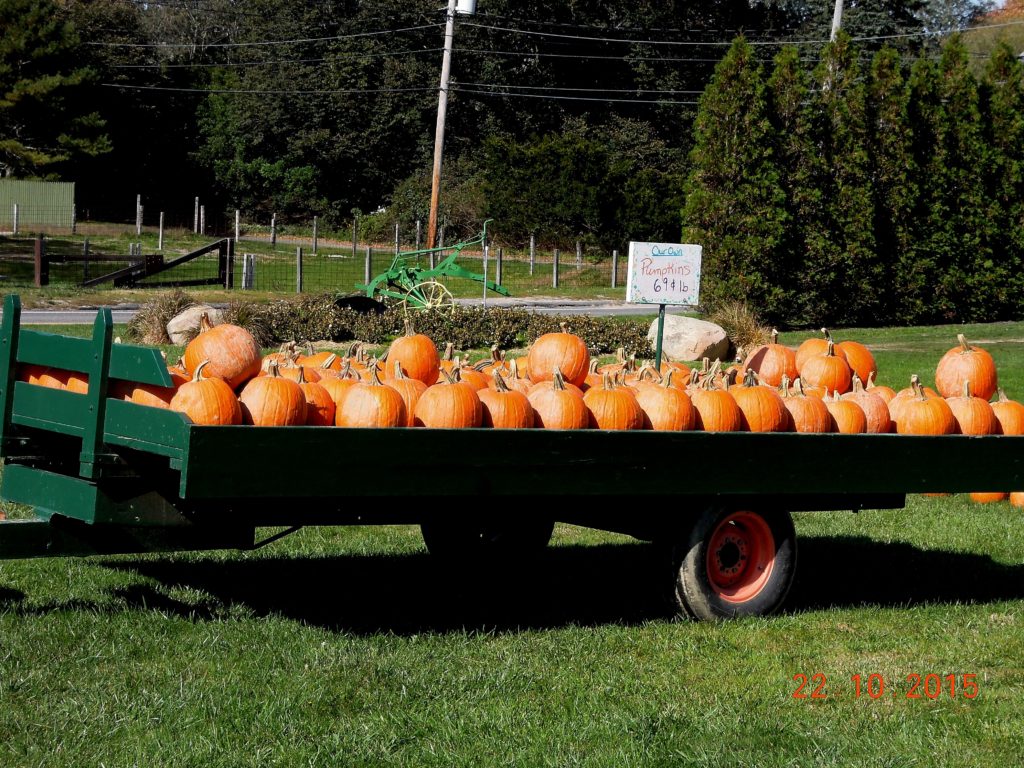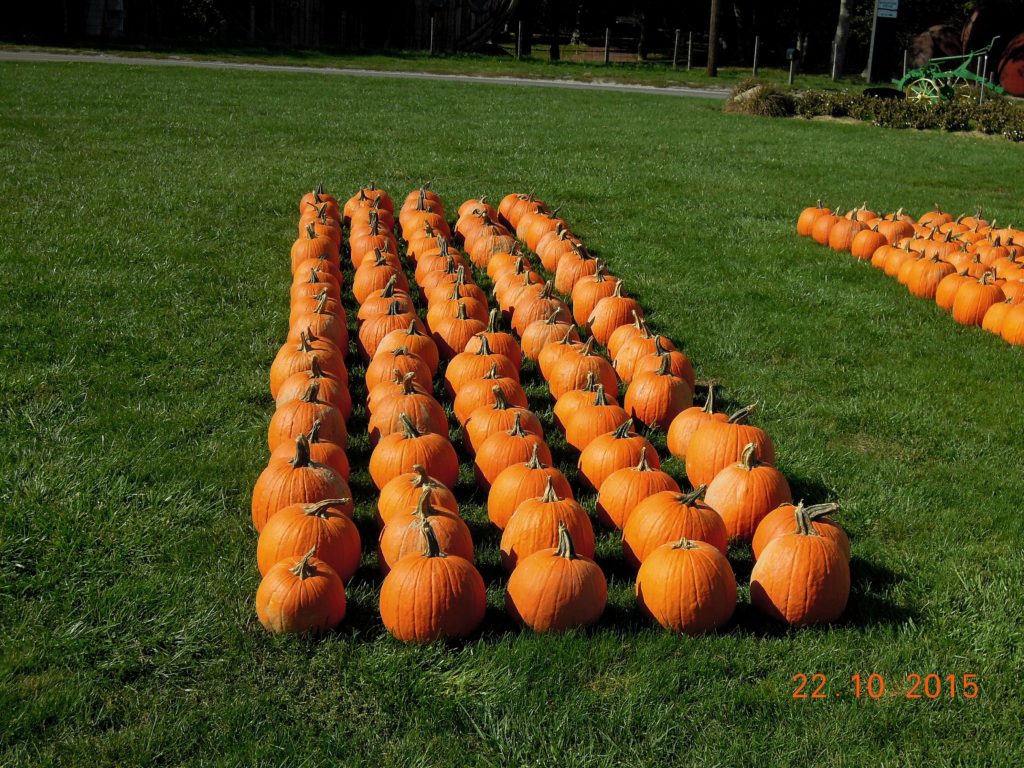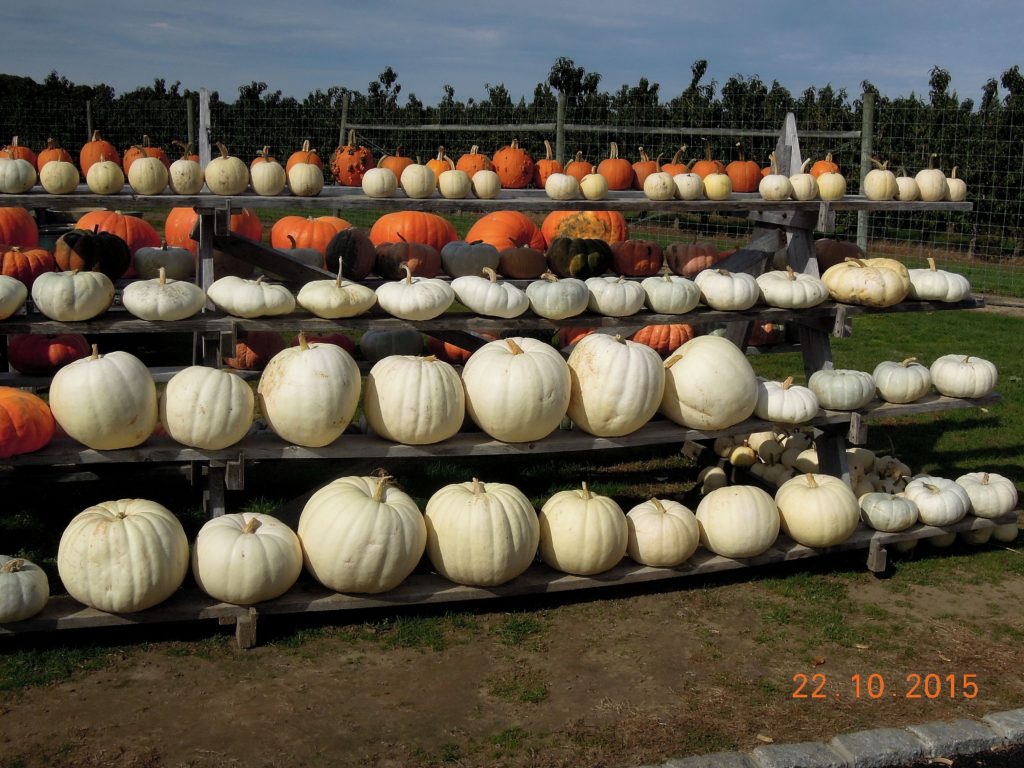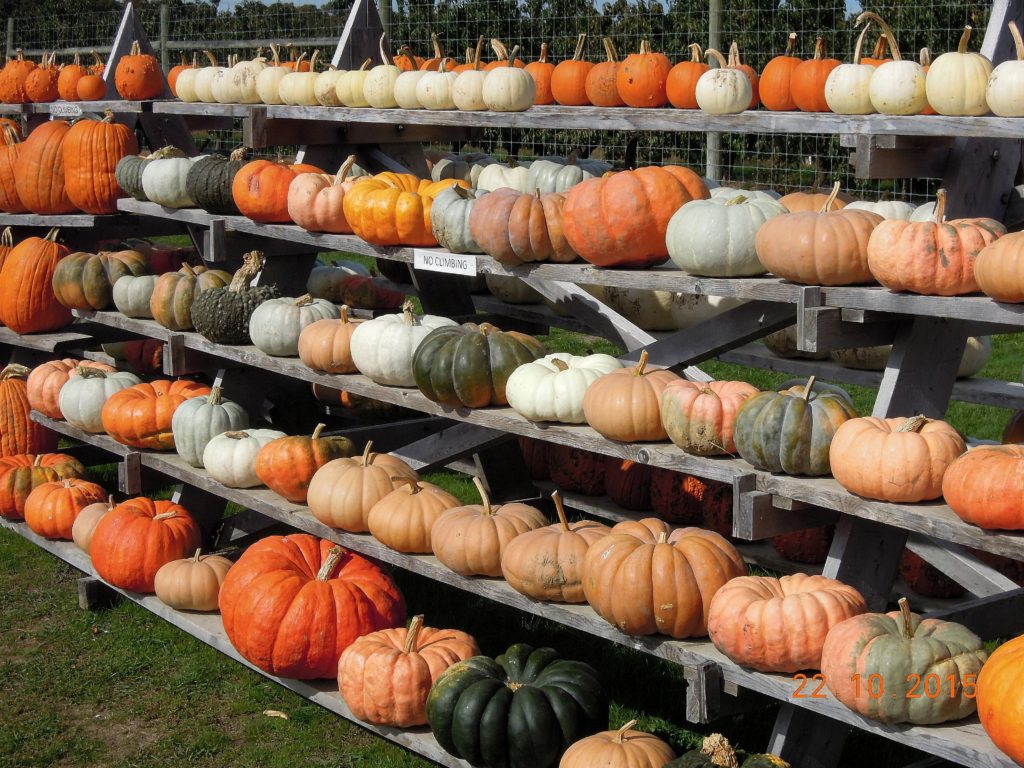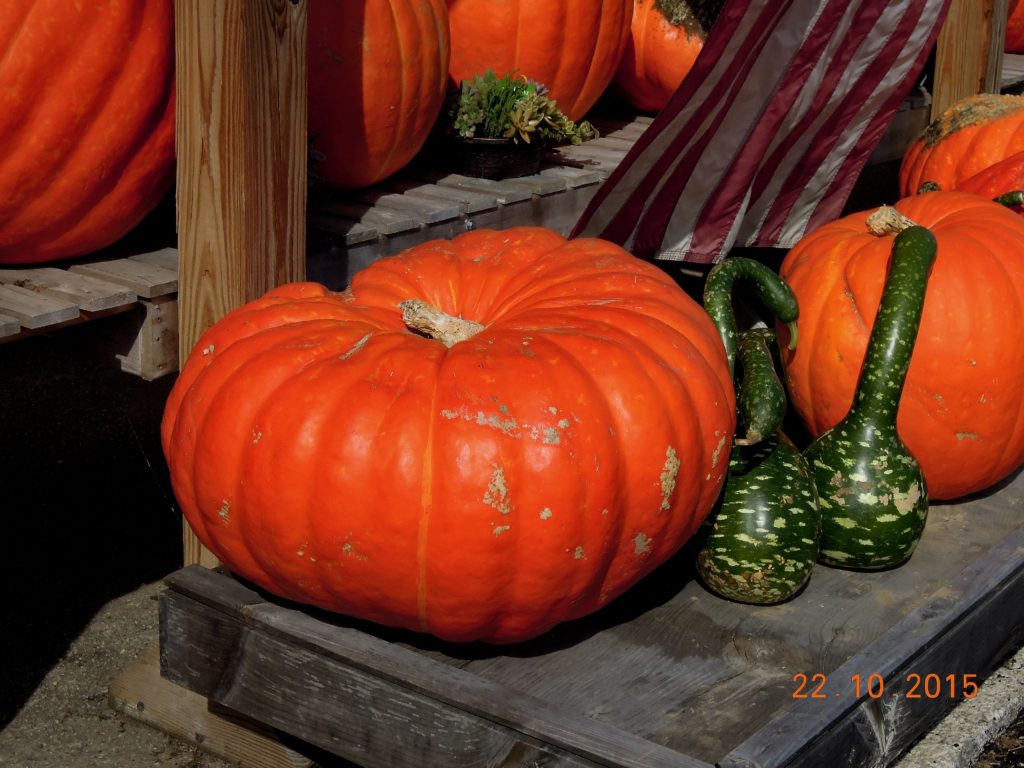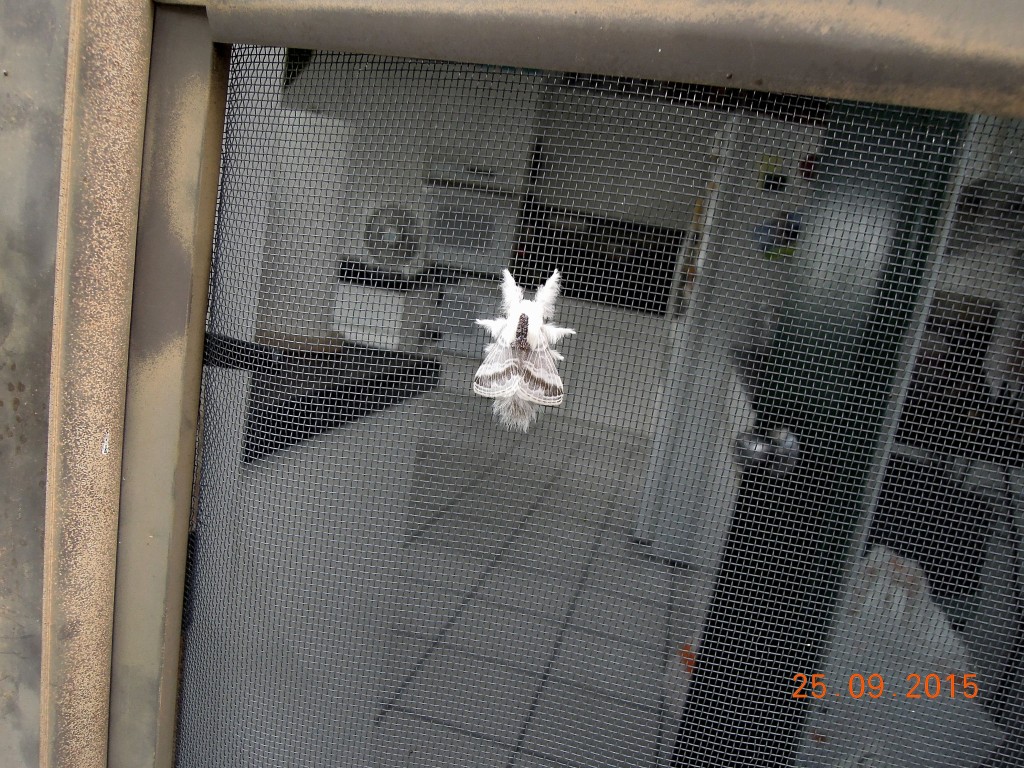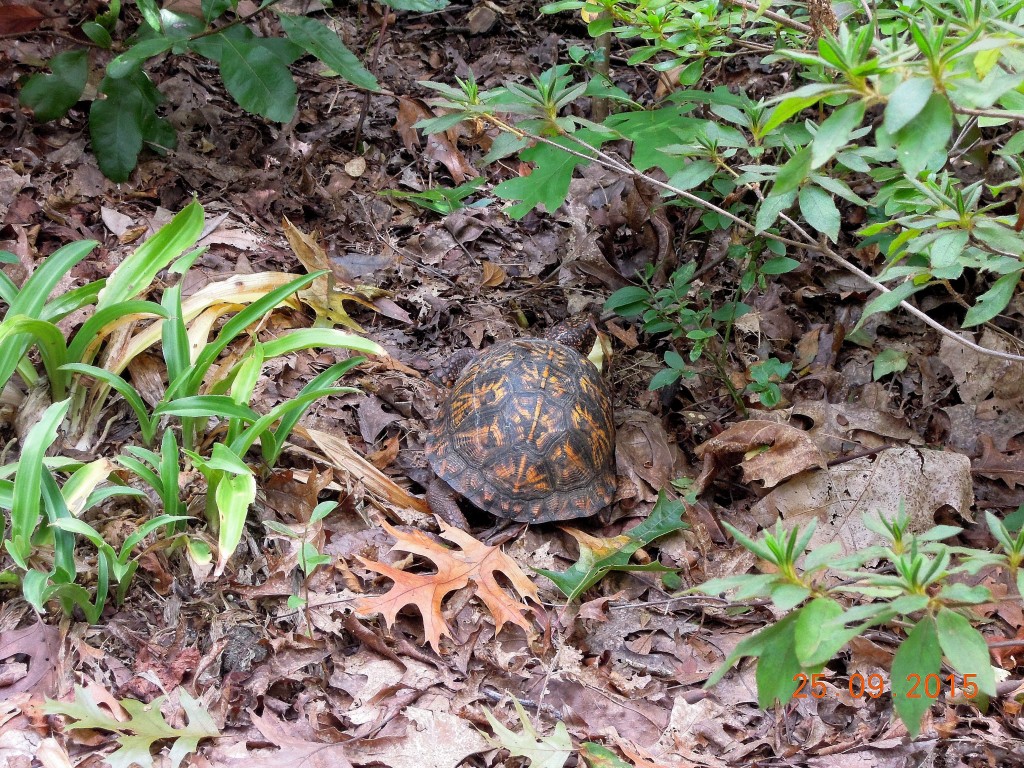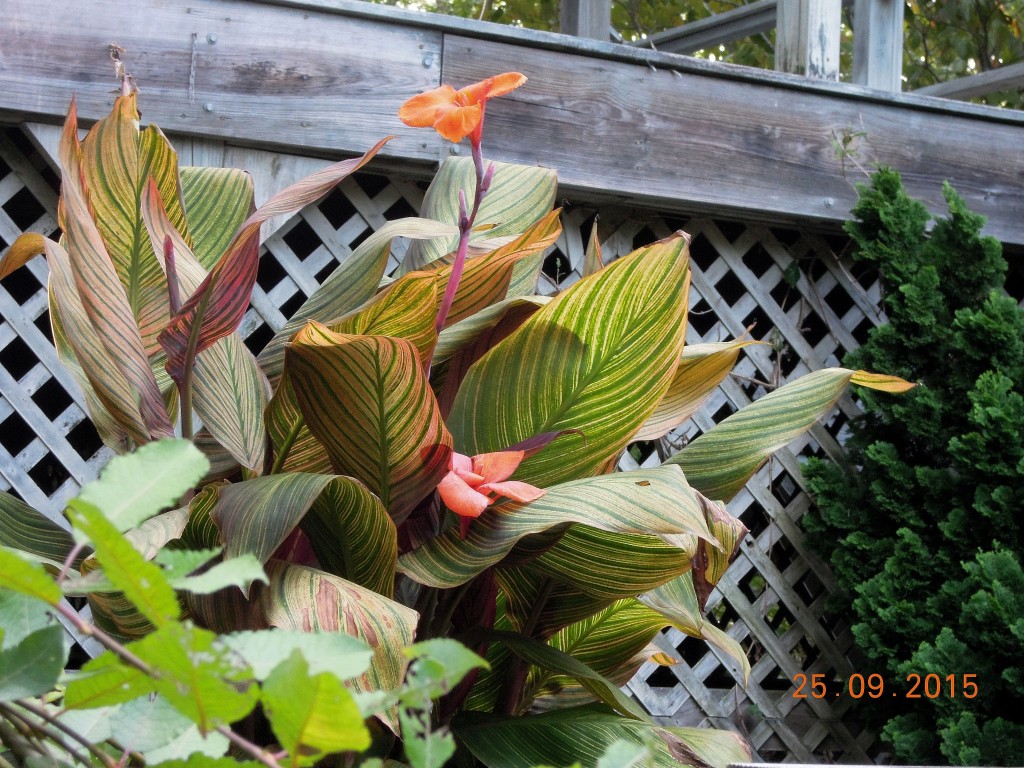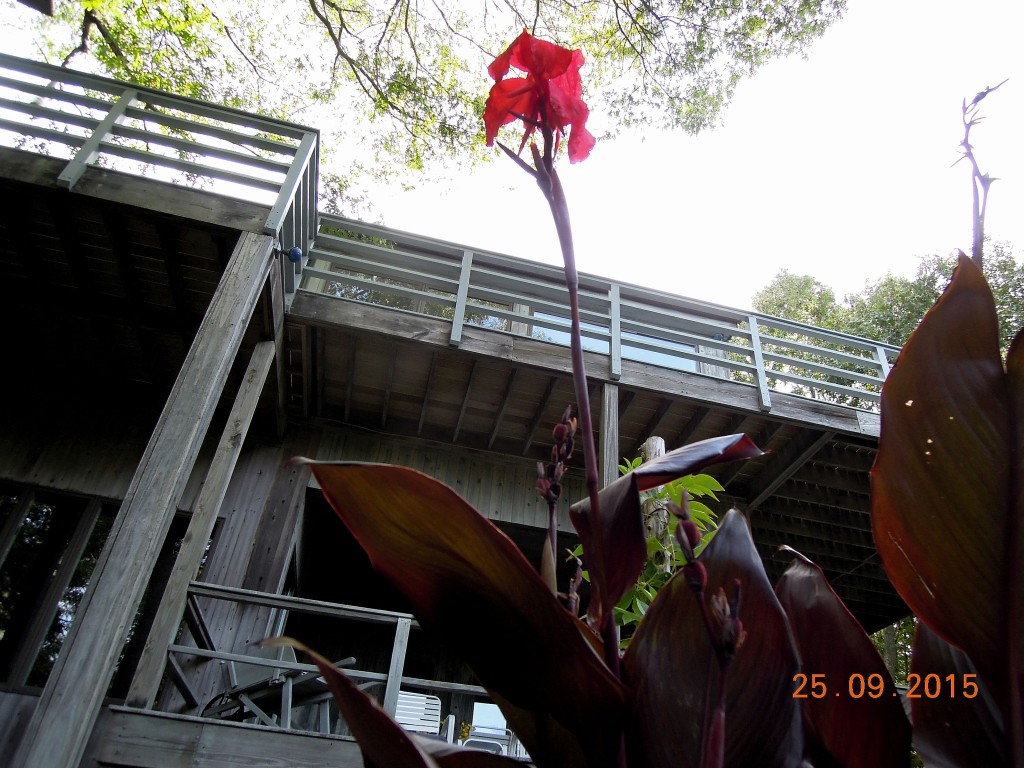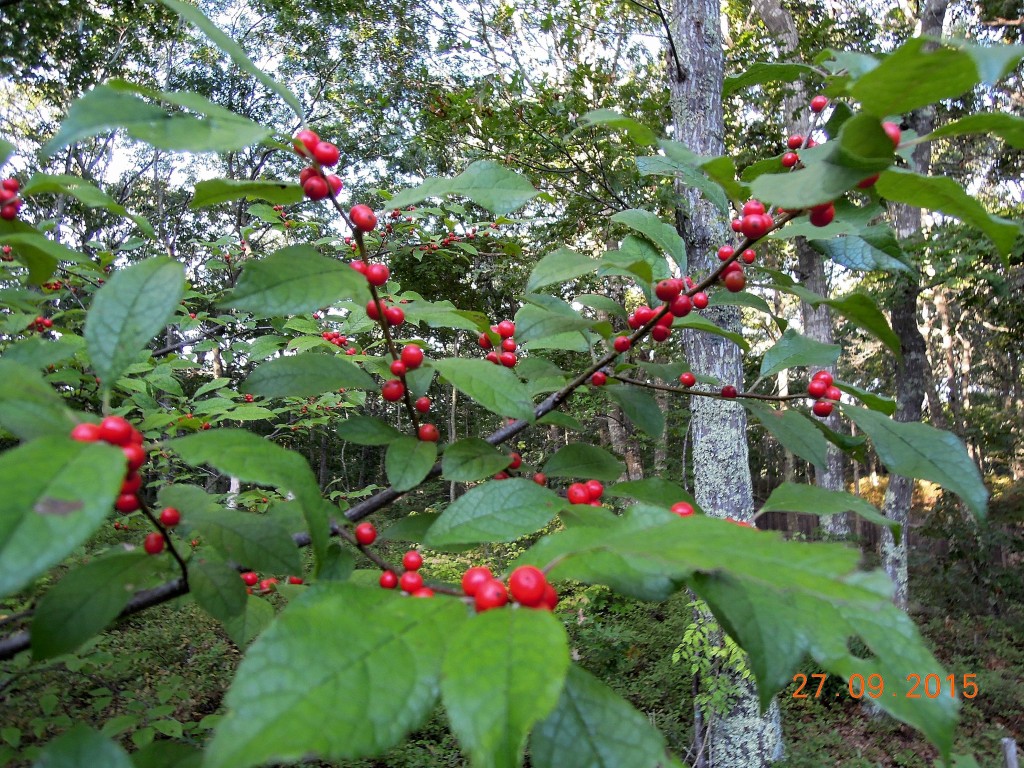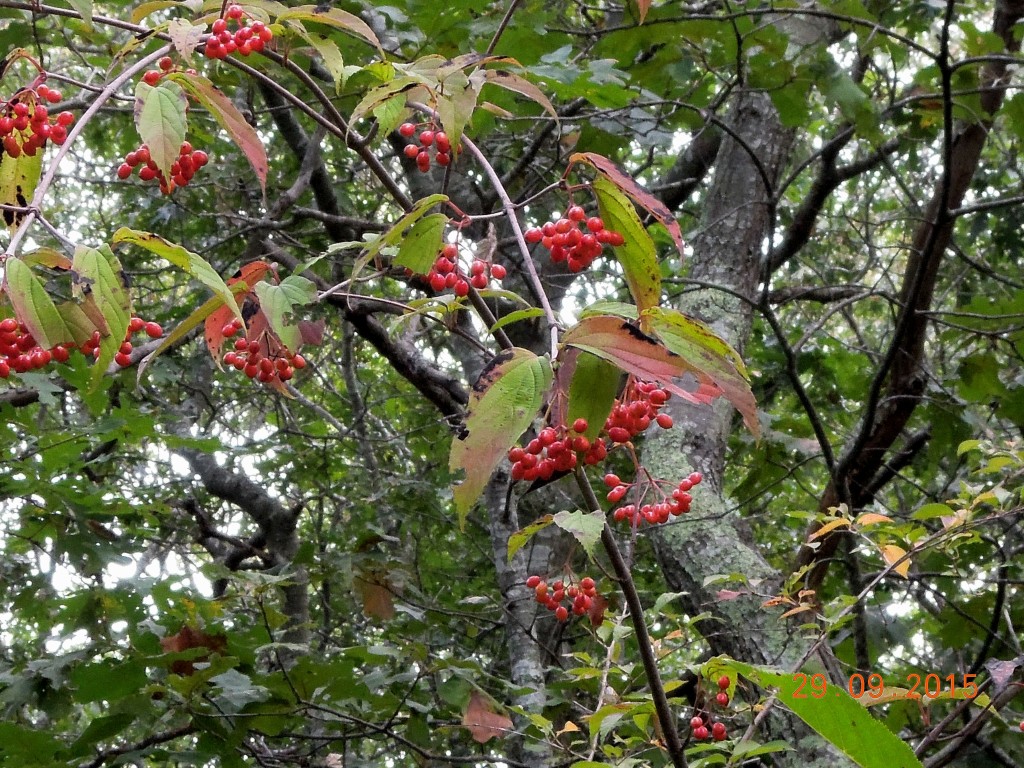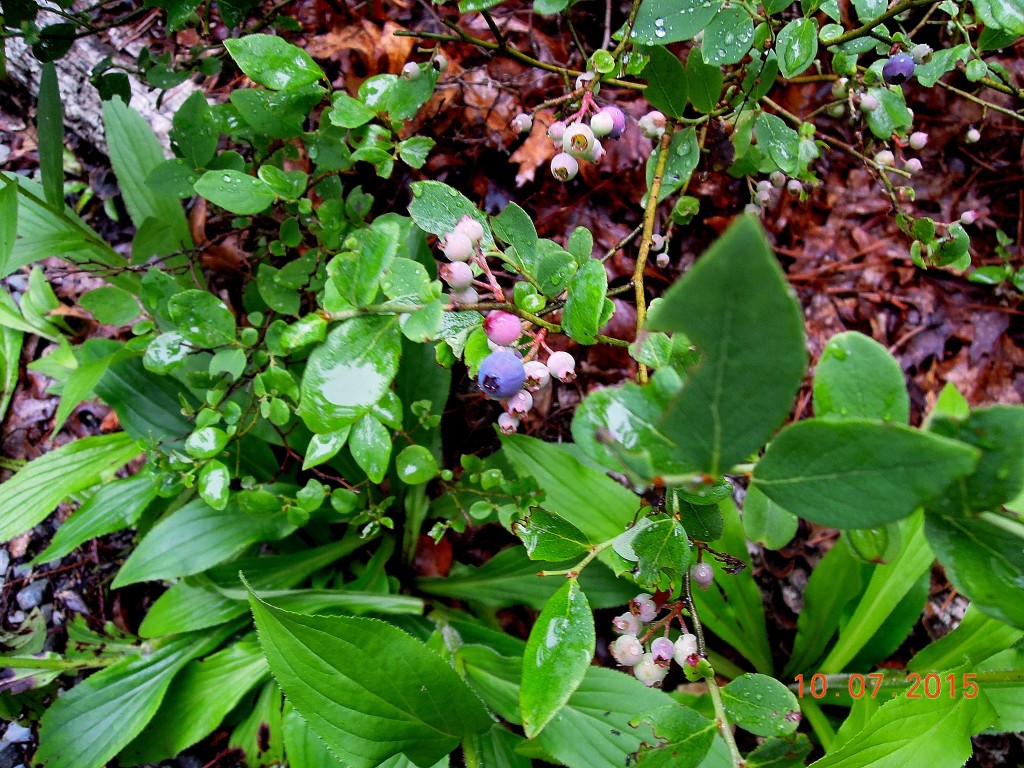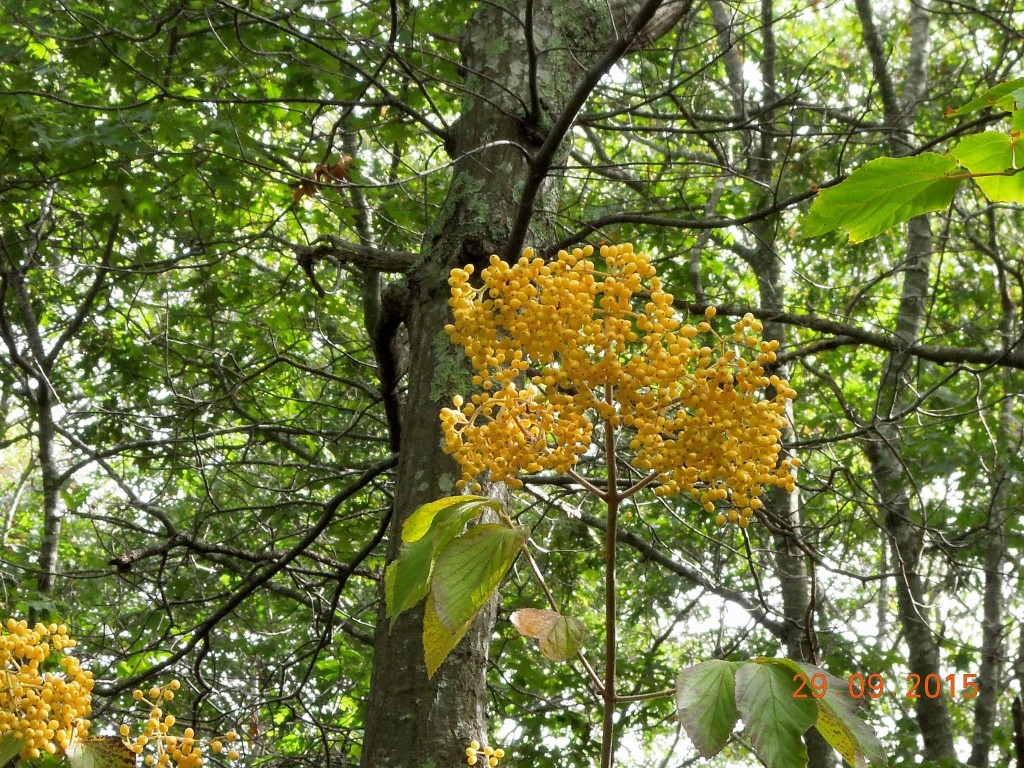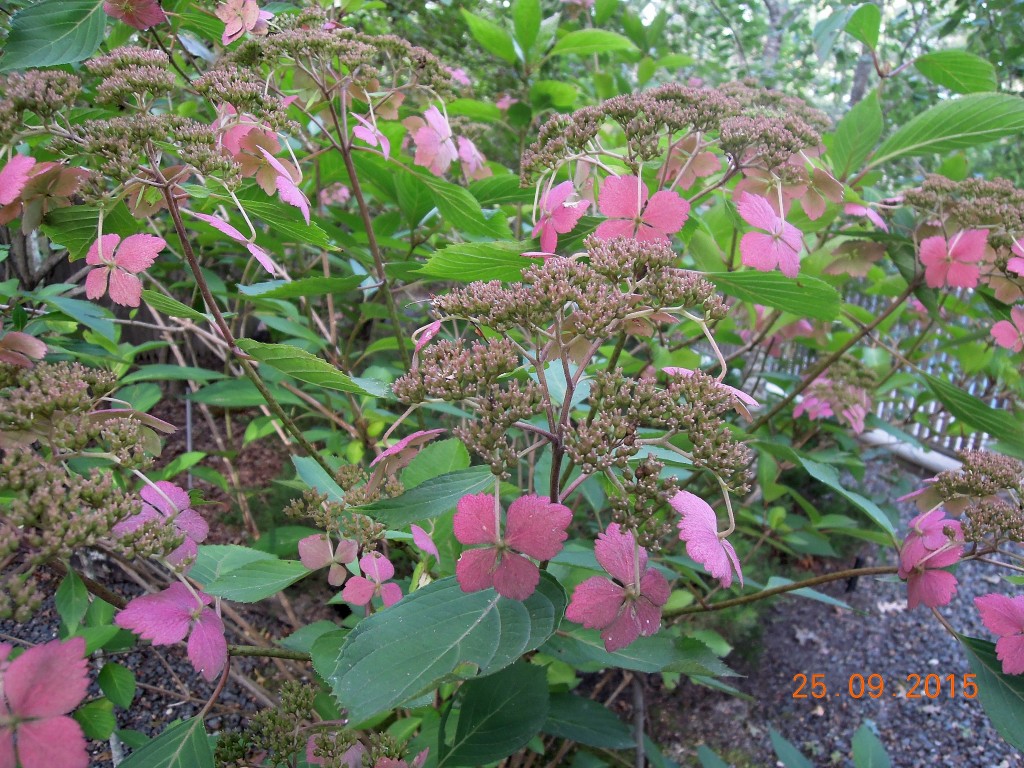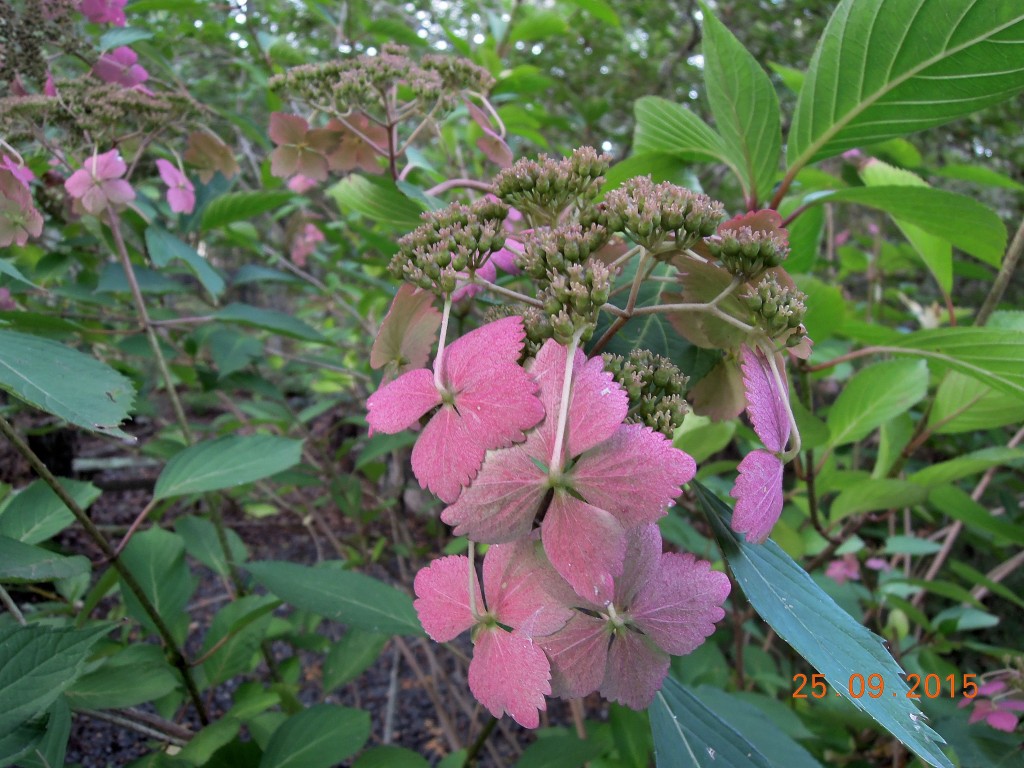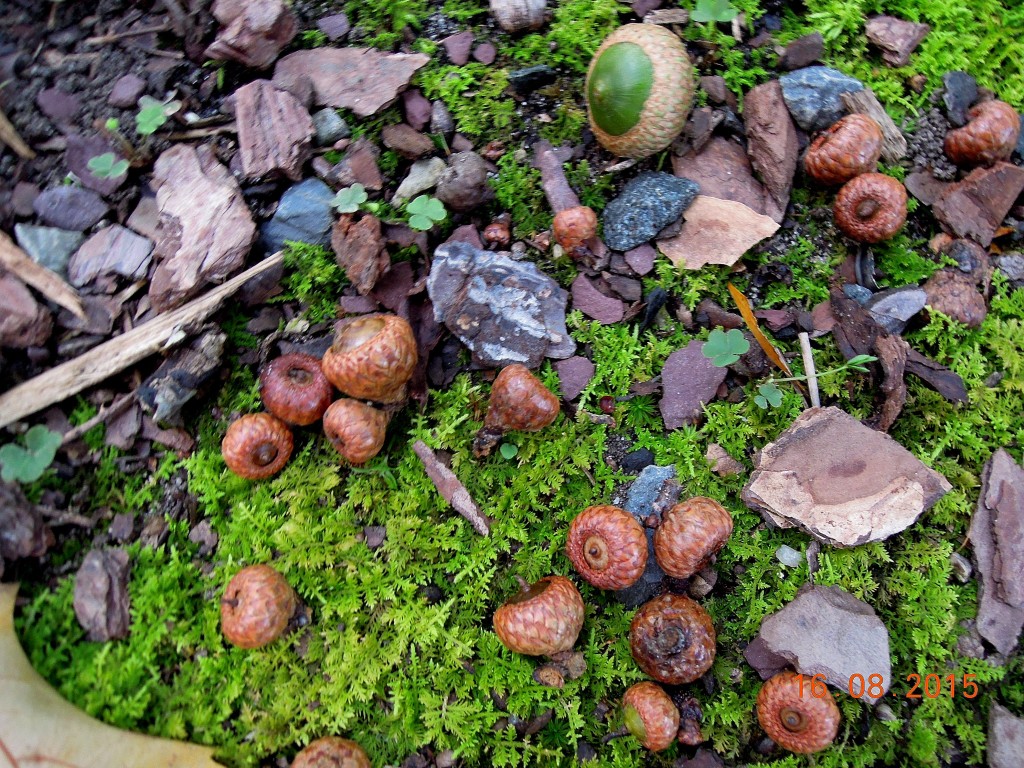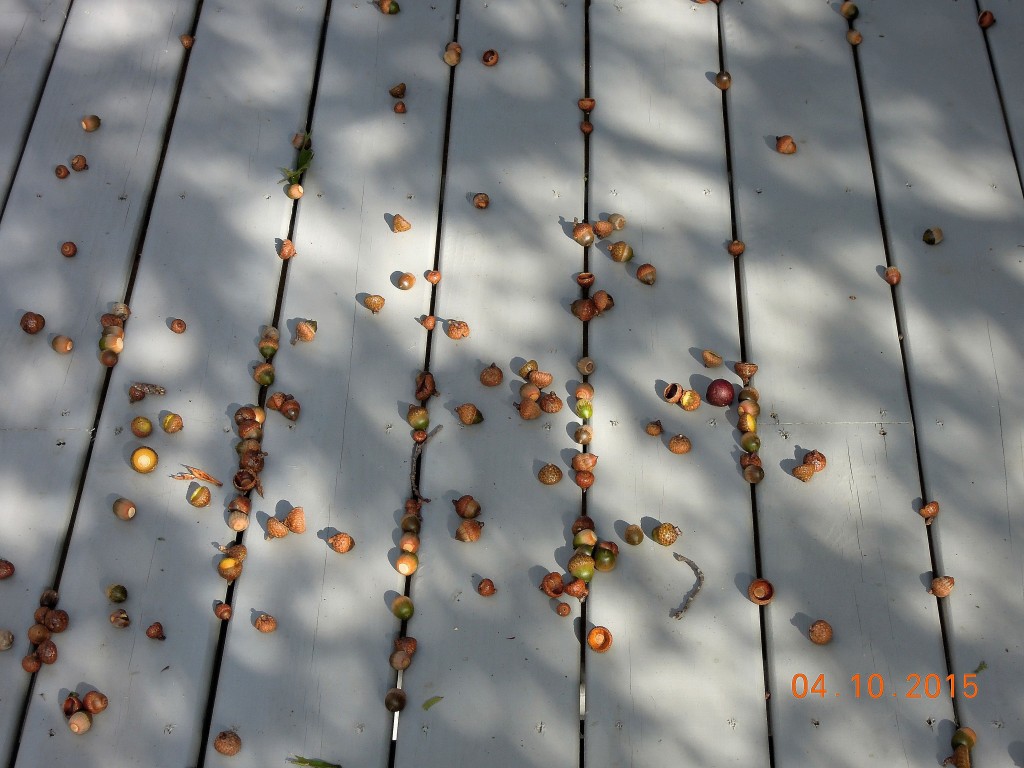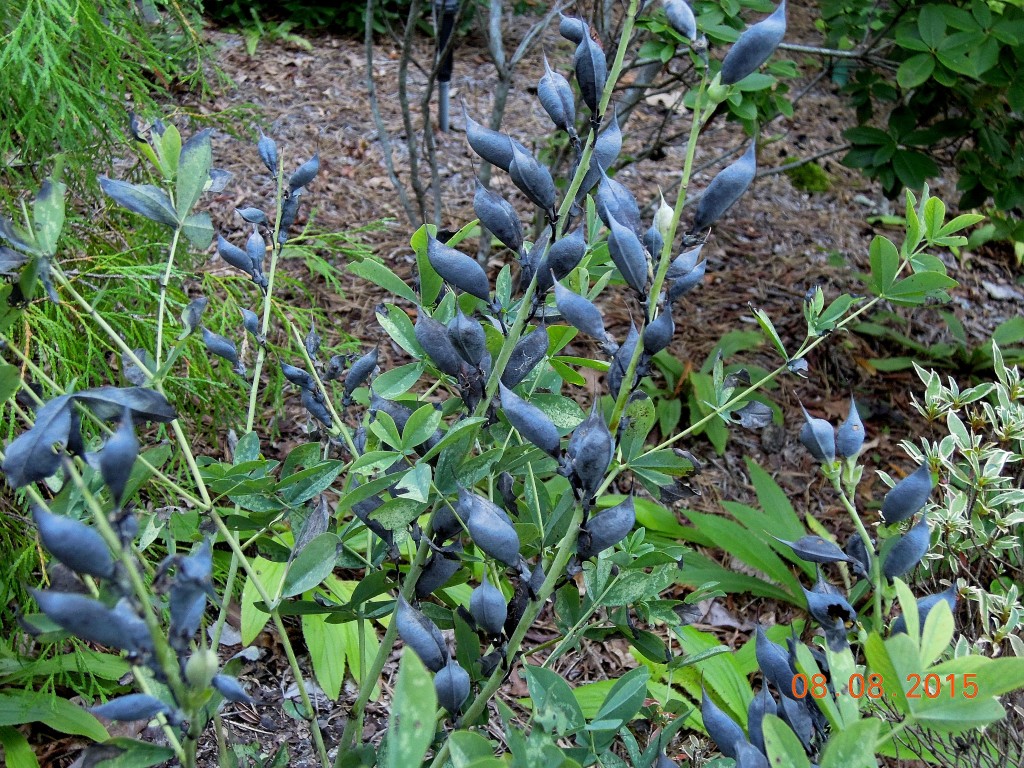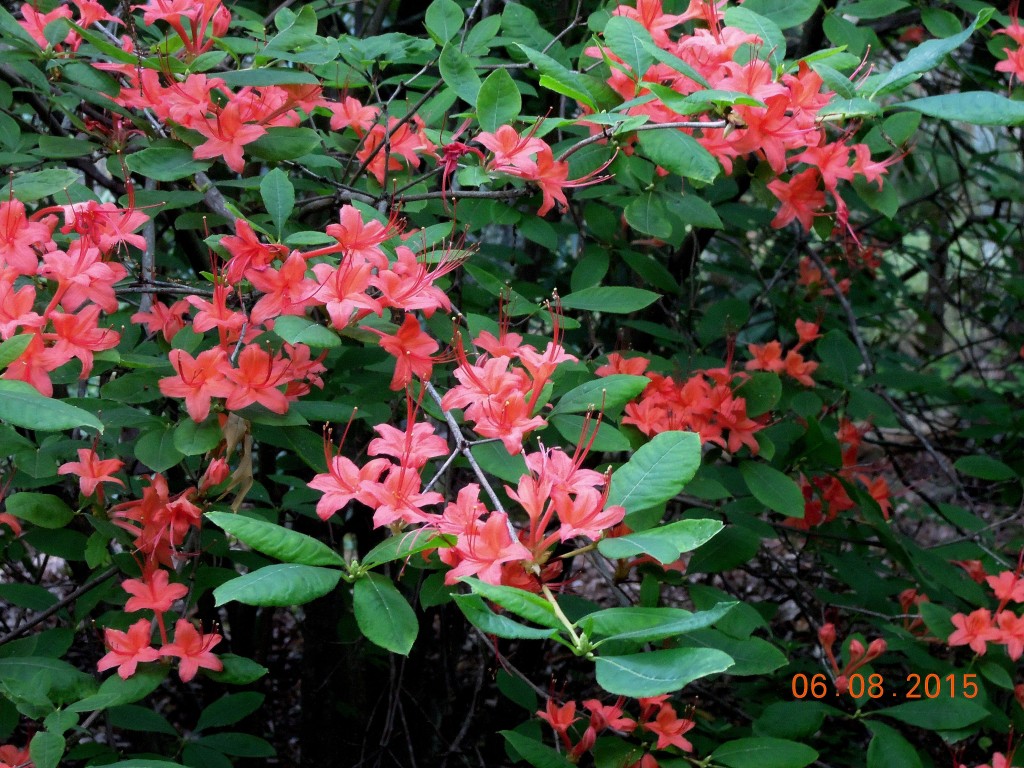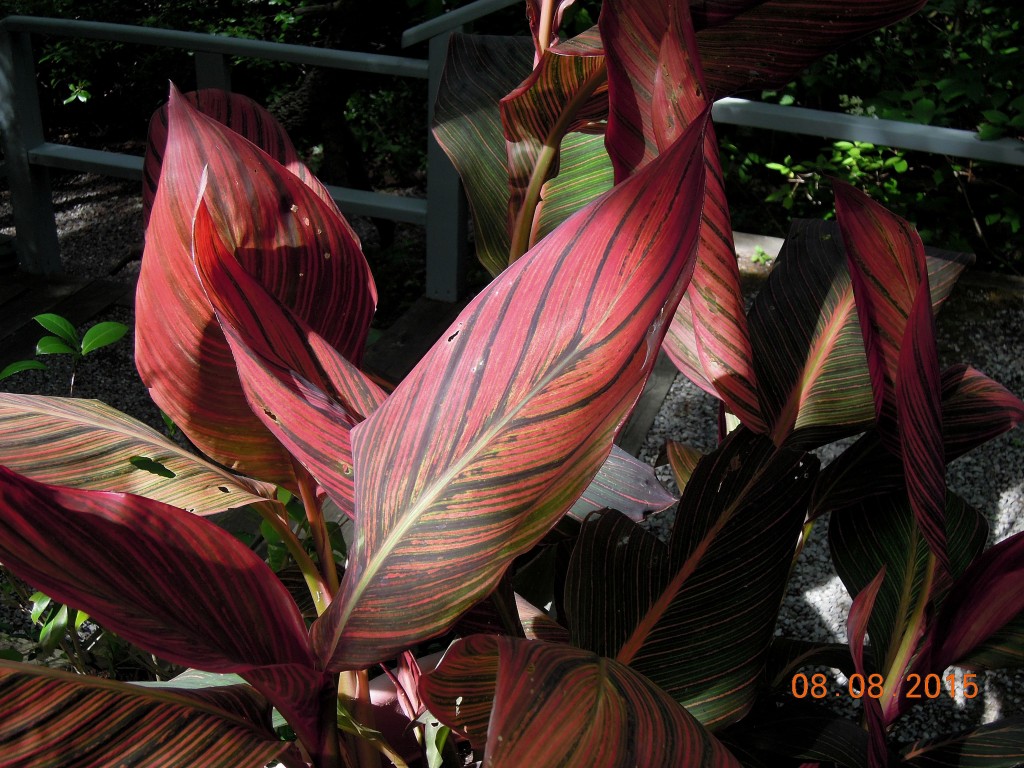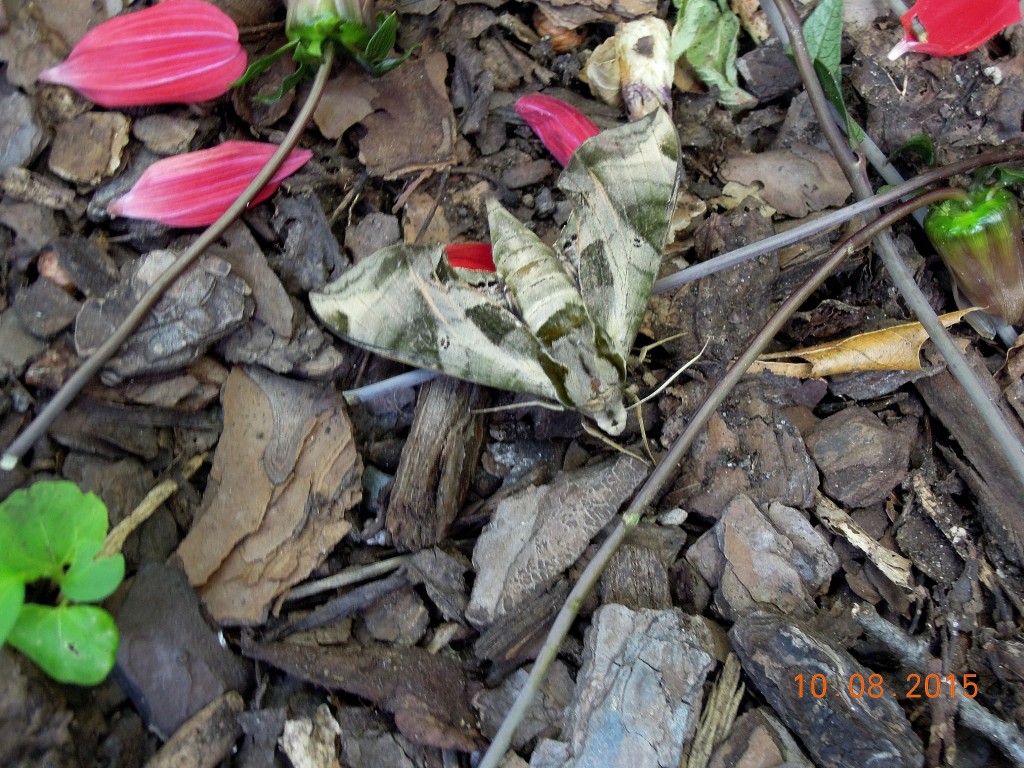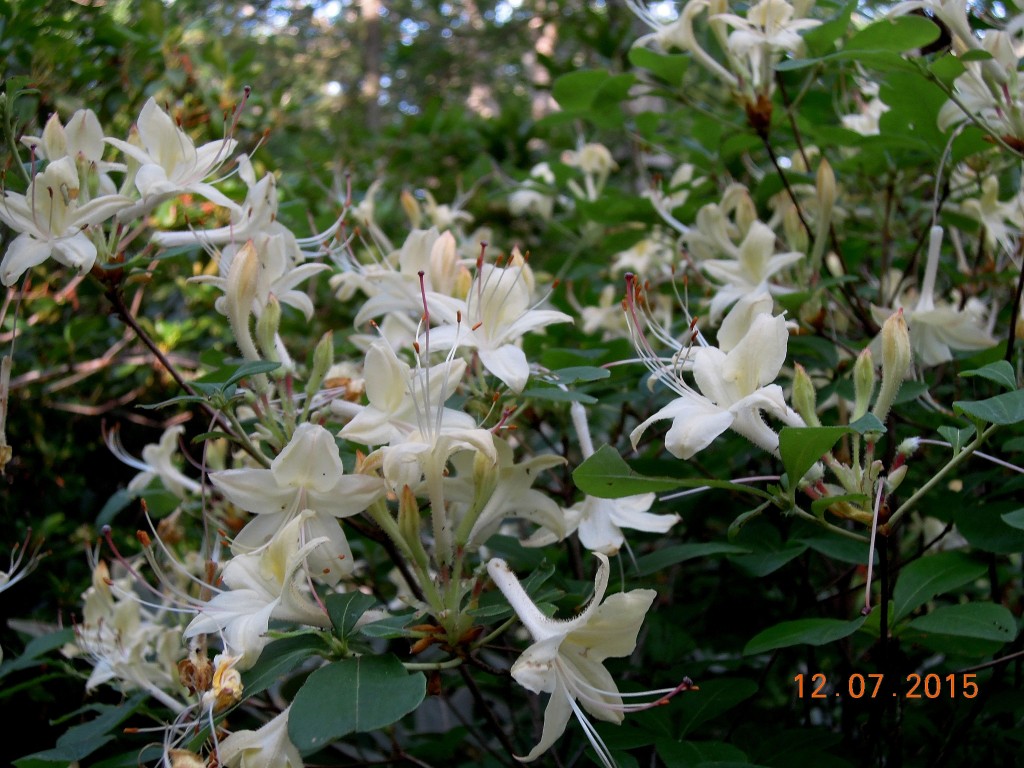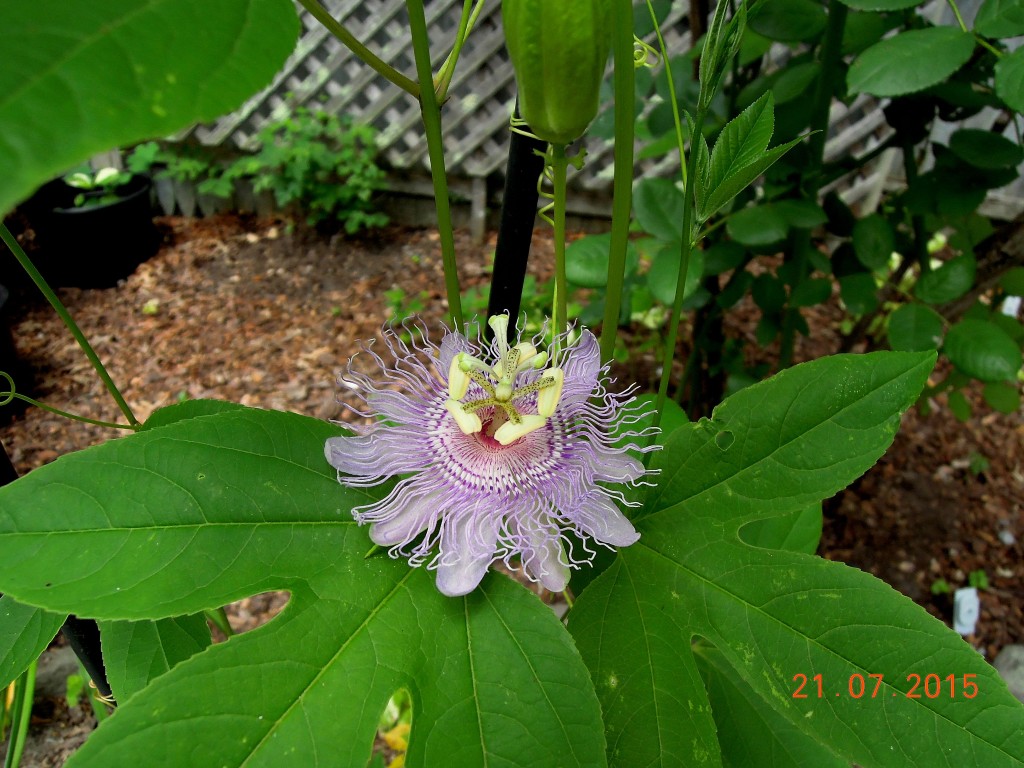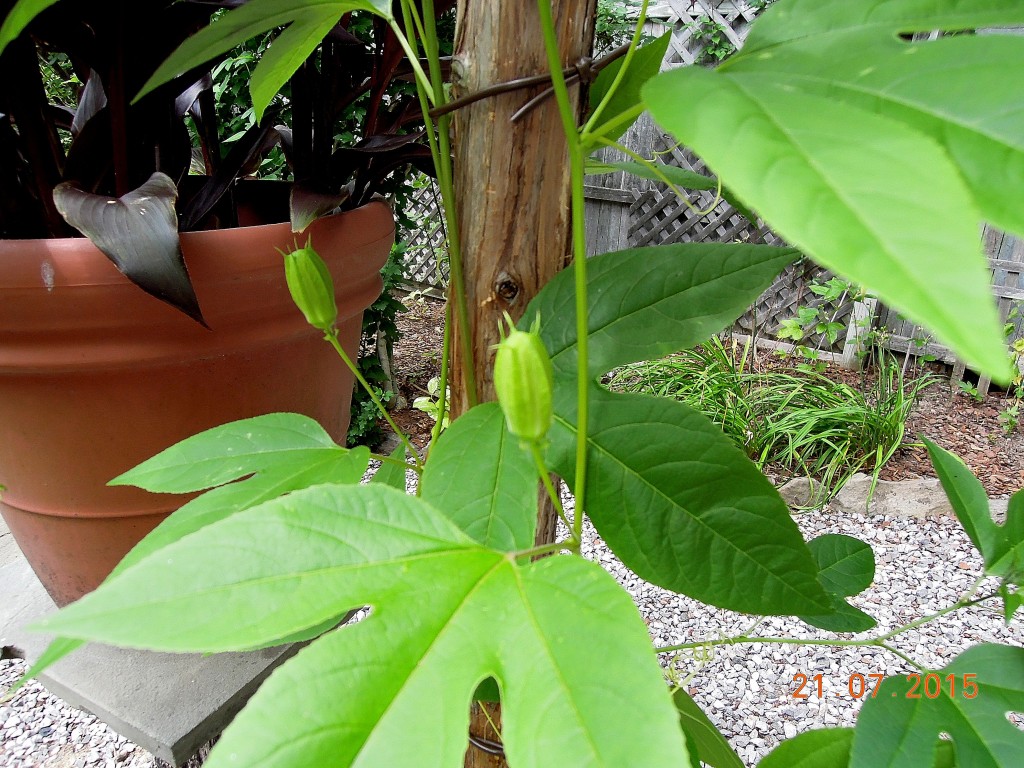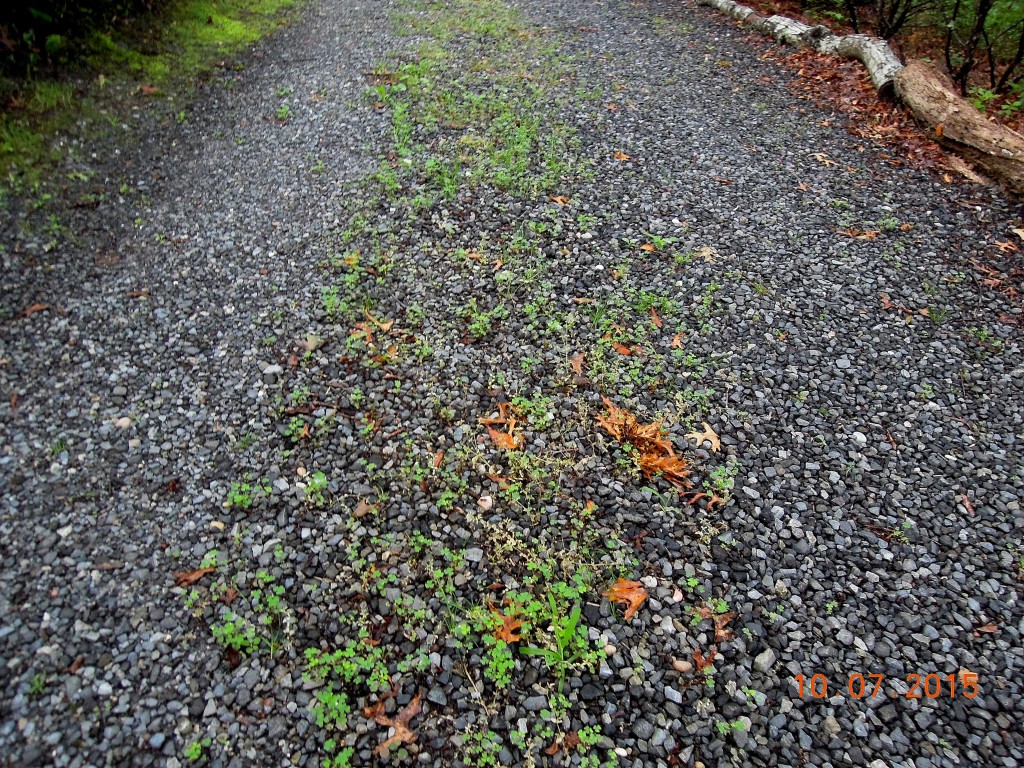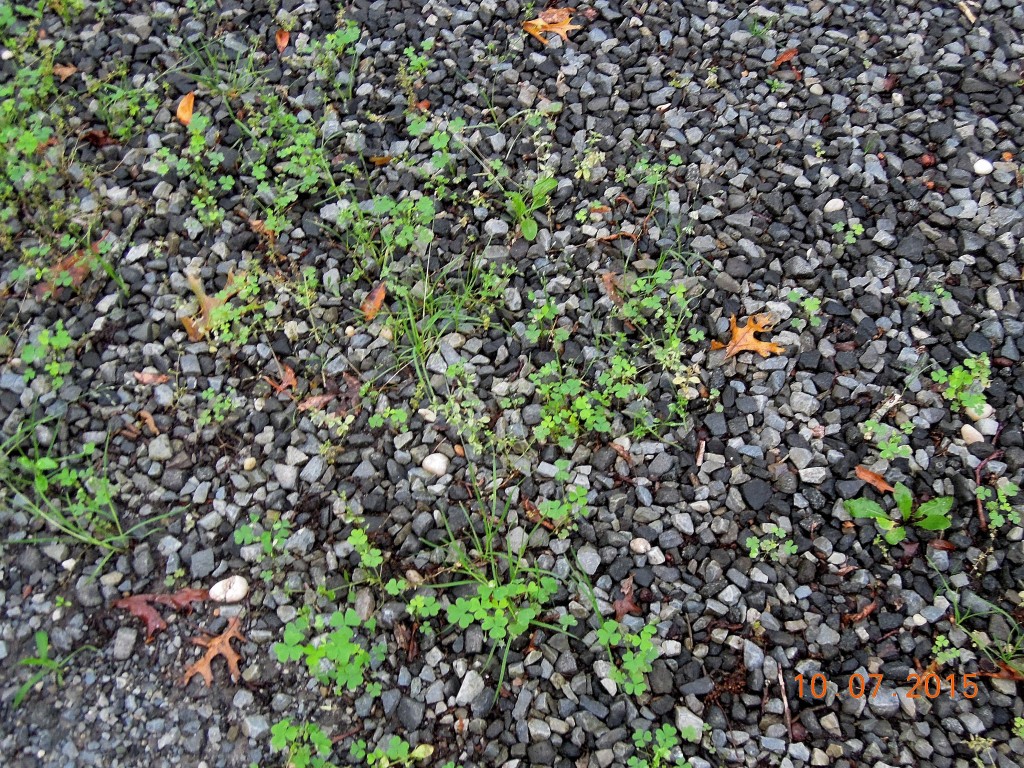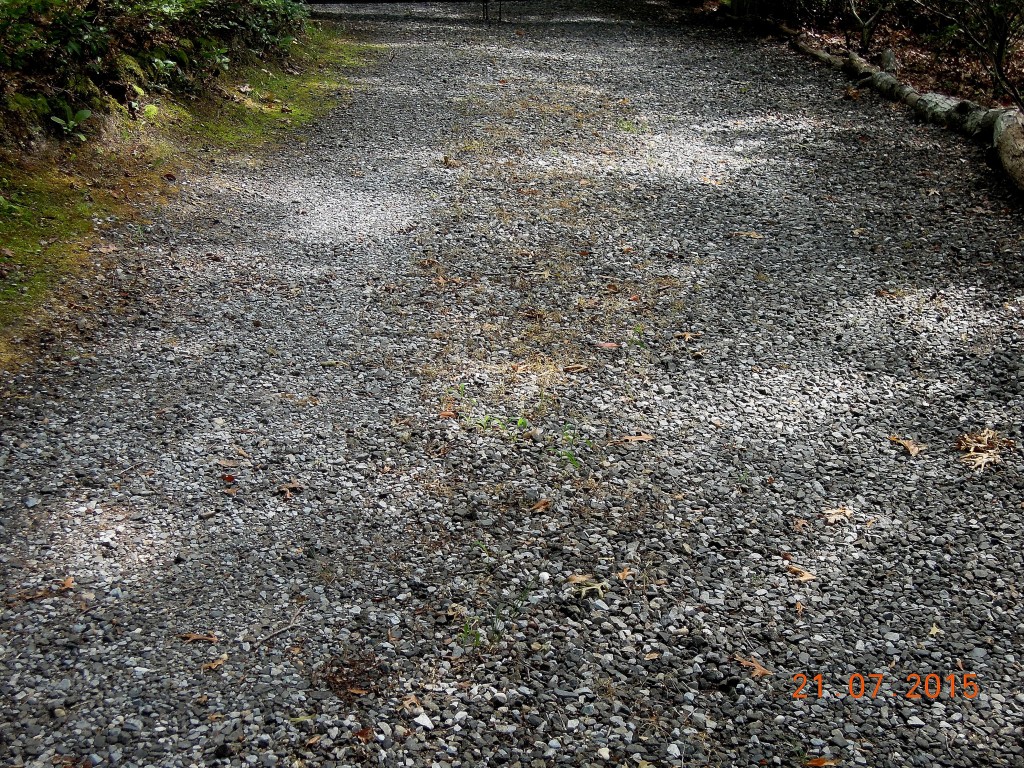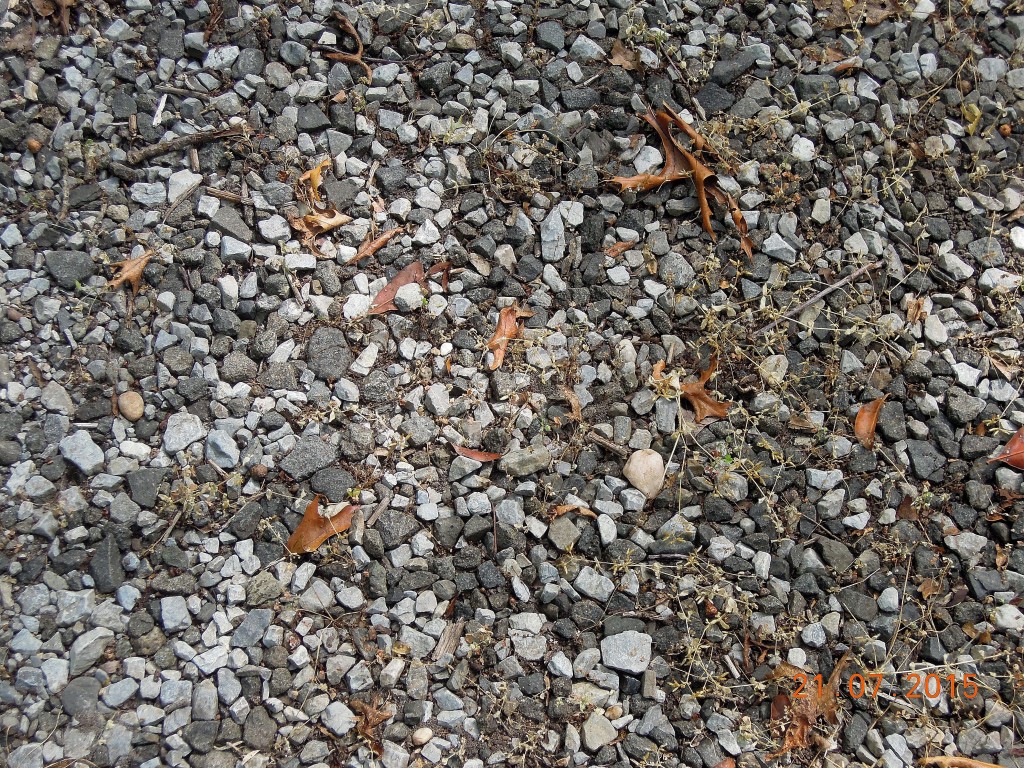This gallery contains 5 photos.
Archives
2019: A Choice Selection of Garden Plants
On an icy cold day in January — when I was loath to venture out — I decided to slog through humongous piles of old garden magazines, a task I’d been avoiding forever. While I was sorely tempted to chuck the whole lot sight unseen, I’m glad I didn’t. It was clear as soon as I started reading: the older the magazine, the more interesting and informative the content. As for example, in a 1999 copy of Garden Design I read that in Israel a professor of plant physiology discovered that a pill would extend the life of cut flowers for a whole week. The name of that magic pill? Would you believe Viagra?
(If anyone is interested in the science, the professor knew that nitric oxide preserves vegetables by blocking production of ethylene, which causes produce to age. When he read that Viagra induces the production of nitric oxide, he decided to experiment. And, as often happens in science, one thing led to another.)
Valentine’s Day is fast approaching. If you intend to give that special someone a bouquet of roses, why not tuck in a Viagra pill. (Best to also tuck in an explanation.)
In addition to reading old garden magazines, I’ve been checking out 2019 mail order garden catalogs. Looks like a very good year for plants. My orders are in and I’ve chosen favorite nurseries and a garden-worthy selection of plants to highlight and share with you:
SELECT SEEDS, www.selectseeds.com, 1-800-684-0395.
When I was searching for an elusive Salvia cultivar, my friend and plant maven, Anne Haines, suggested I contact Select Seeds. I did, they had it, and I’m happy to recommend this excellent, environmentally friendly source. Following are three of Select Seeds’s favorite plants for Hummingbirds, Bees and Butterflies:
Salvia guaranitica (Blue Brazilian Sage) Z. 8-10
Of all the many Salvias offered by Select Seeds, this deep-blue sage is the Hummingbird hands-down favorite — and the plant also attracts butterflies. It can grow 3-6 feet and blooms from mid-summer to frost. According to Salvia guru, Betty Clebsch, author of A Book of Salvias, you may be able to increase S. guaranitica’s winter hardiness by protecting the plant with pine boughs — a method I use successfully with my container roses. Worth a try. Plant in rich, well-drained soil, in sun or part shade with regular water. (Select Seeds also offers the fabulous and hard-to-find Salvias: S. splendens ‘Van Houttei’ and S. x ‘Amistad’; I snatched up both.)
Pycnanthemum muticum (Mountain Mint) Z. 4-8
A magnet for bees, this 1-3-foot spearmint-scented, hardy perennial blooms from July-September with showy silvery white bracts surrounding pink-flowering centers. Grow in sun or part shade in rich, well-drained soil. Mountain Mint is vigorous but not invasive like the mint Mentha. Plant this deer-resistant U.S. native, and bees — our hard-working pollinators — will thank you.
Asclepias incarnata (Swamp Milkweed) Z 3-9
Monarch butterflies voted this U.S. native perennial their number one favorite. Moreover, the plant has numerous additional assets: Pink vanilla-scented flowers form in summer on erect 3-4-foot stems and when the flowers fade, the plant produces attractive seed pods. In the Fall, the leaves turn vibrant autumnal colors. Site in full sun or part shade in moist, well-drained soil. Site carefully because Swamp Milkweed has a deep tap-root and when established should not be disturbed.
BLUESTONE PERENNIALS, bluestoneperennials.com, 1-800-852-5243
Bluestone is one of the few sources — if not the only source — for my treasured Trifolium purpurascens. And their plants are shipped in biodegradable pots which do not have to be removed for planting. A plus for the gardener and less stress for the plants. Below are three plants I chose for my garden:
Trifolium purpurascens (Black Four-Leaf Clover) Z. 5-9
A must-have plant for my garden and a perfect gift for gardening friends as well. Everyone appreciates a little luck, especially now that Mother Nature has become loony and unpredictable. This lucky clover is perfect for containers or as a ground cover, and will flourish in sun or shade.
Astilbe ‘Chocolate Shogun’ Z. 4-8
Lovely pink-blushed flowers in summer and handsome, unique, chocolate-bronze foliage set this Astilbe apart. Shogun, an award-winning native of Japan, requires a moist, shady site. It is deer-resistant, but needs protection from voles.
Sempervivum ‘Pacific Blue Ice’ (Hens and Chicks) Z. 3-8
I love the look of succulents, and Pacific Blue Ice is pretty irresistible with its elegant, icy-blue rosettes. In addition, the plant is evergreen, deer-and-rabbit-resistant, and, when established, tolerant of drought. Provide a sunny site with neutral or alkaline well-drained soil. It will do well in containers or in the ground.
NOTE: Punxsutawney Phil predicts an early Spring. After experiencing the recent polar vortex, I hope we are alive to see it.
Watch for the next post: 2019 Choice Garden Plants Part 2
2018 Unspooled: A Year In the Garden
“There is something healing in the repeated refrains of nature.” Rachel Carson.
A surprising trend is rapidly taking hold in the premier tech enclave of Silicon Valley, California: Parental concern over children becoming addicted to tech devices has resulted in home use restrictions—even total bans—of smart phones, iPads etc. “I’m convinced the devil lives in our phones”, said one techie, “and is wreaking havoc on our children.” And a top tech exec. said of his children’s screen addiction: “On the scale between candy and crack cocaine, it’s closer to crack cocaine.”
Clearly kids need other interesting and healthy diversions. The late British author/garden designer Gertrude Jekyll recommended one close to my heart:
“I rejoice when I see any one, and especially children, inquiring about flowers, and wanting gardens of their own, and carefully working in them. For love of gardening is a seed that once sown never dies, but always grows and grows to an enduring and ever-increasing source of happiness….I hold that the best purpose of a garden is to give delight and to give refreshment of mind, to soothe, to refine, and to lift up the heart.” The Gardener’s Essential (Godine 1986).
I’m also reminded of the words of Maribel P., a fourth grader in an inner city school, who was taking a nature enrichment class: “Sometimes I feel sad,” she said, “and with all the things about plants it makes my day feel better.”
Ditto for me, Maribel.
But I digress. With 2019 almost upon us, I thought a look back might be instructive. Here is a small, diverse sample of plants and highlights from my 2018 garden year:
January-March: Not a big fan of Winter, but in January Mother Nature decorated our kitchen door with wonderful ice art.
April: Spring began with a heavy snowstorm; then a first sighting of our wild turkeys and the lovely early Spring flowering duo: Pieris ‘Valley Valentine’ and evergreen Azalea, Rhododendron ‘White Surprise’.
May: May dazzled with large-leafed Rhododendrons like R. ‘Solidarity’, the signature plant of rareFindnursery, and with our beloved native plant, the Pink Lady’s Slipper Orchid (Cypripedium acaule).
June: Roses owned the month of June, represented here by time-tested, fragrant Rosas ‘Leander’ and ‘Aschermittwoch.’ And we had our first sighting of the garden’s treasured native box turtles.
July/August: Summer bloomers were center stage, especially my favorite Hydrangea, H. x ‘Sweet Chris’ and the very fragrant butterfly/hummingbird magnet, Phlox ‘Laura’.
September\October: This Autumn we reveled in the intoxicating perfume of Osmanthus x fortunei ‘UNC’. (For years my shrubs suffered winter damage and didn’t bloom at all. Maybe our luck has changed for the better.) I wonder if the fragrance lured our shy garden snakes out of hiding.
November: Acer palmatum ‘Aoyagi/ukon’ (Japanese Maple).
December: Miscanthus ‘Morning Light’ was a picture of ghostly white, graceful elegance, and the birds appreciated the abundance of seeds. Good reasons to delay cutting back perennials and grasses until Spring. Moreover, top growth protects a plant’s crown over Winter. Another good reason.
Garden Year 2018: TAKE A BOW!
Wishing you all a wonderful holiday and a Happy, Healthy New Year!
Autumn 2018: Showy Variegated Grasses
Louis Pasteur once said: “Chance favors only the prepared mind.”
This is as true for gardeners as it is for scientists. I’m constantly finding wonderful gifts from Mother Nature, volunteer plants like Japanese Maples, Weigelas, Hydrangeas and Magnolias, and I try to be “prepared” in order to avoid yanking out the good guys along with undesirable weeds.
Recently, though, I was stumped by an interesting grass-like volunteer growing in a large container of clematis. It had multiple stems ending in a starburst of foliage centered with a cluster of spikelets. I liked it a lot and transferred it to a pot of its own. Photo below.
Then I sent off a photo to The Cornell Cooperative Extension requesting an identification. The plant’s ID, Yellow Nutsedge, arrived with a warning: “Yellow Nutsedge will spread readily by seed . . . you might want to cull this plant!” And my go-to reference book on grasses and sedges agreed, calling Yellow Nutsedge (Cyperus esculentus) an “infamous” and “pernicious weed.” So much for a pretty face!
I do grow two showy, variegated grasses with stellar reputations and I’m happy to recommend them:
Arundo donax ‘Variegata’ (Zones 6-10) is a hardy, compact, deer-resistant, green and white boldly striped form of Giant Reed Grass. Photos below.
In my garden, Zone 7, it dies back in winter and returns in the Spring. It has never flowered for me and since it doesn’t set seed it is not invasive like the standard form of Giant Reed Grass. While it has been said that Variegata requires sun, my plant flourishes in shade. This Autumn it’s been embraced by a volunteer pink-eyed aster, enhancing the garden presence of both. Photo below.
Miscanthus sinensis ‘Morning Light’ (Japanese Silver Grass. Zones 5-9) is a hardy, deer-resistant, silvery, shimmering, award-winning fountain of elegance. In the Fall, Morning Light produces abundant, pink, tassel-like flowers and thereafter plumes of white seed heads that last well into winter. In the Spring, my plant has to be cut back close to the ground to make way for the new growth. Photos below.
I have been delighted to find a number of Morning Light’s progeny popping up in the garden.
2018: Late Summer Interest
Late summer is prime bloom time for Rose-of-Sharon (Hibiscus syriacus zones 5-8). My hardy shrubs are beloved by bees and hummingbirds and flower from early August thru September in varying shades of white, pink and purple. They never disappoint. Photo below.
Would that I could say the same for the beautiful begonias I wrote about in June. Pounding, torrential downpours in August wreaked havoc on them. So, for late summer interest, I’ve identified a sturdy, intrepid, time-tested plant that has withstood Mother Nature’s assaults and can be successfully grown in a container or in the ground:
Hylotelephium telephium ssp. ruprechtii ‘Hab Gray’ (aka Sedum telephium ssp. ruprechtii ‘Hab Grey’) Quite a mouthful. It must have been a slow day in taxonomy land when the plant was christened. Defined by all that hoity-toity Latin, one might expect a demanding, pampered aristocrat. Hab Gray is anything but.
This hardy herbaceous perennial has showy, succulent, gray-green foliage adorning 12-14 inch pink stems, and in late summer produces dense clusters of small, white, star-like flowers, magnets for butterflies and bees. Photos below.
Hab Gray is drought tolerant and will succeed in zones 4-8 in well-drained, low-fertile soil. My plant has flourished for 15 years in an outdoor container. At the onset of winter, I cover the plant with conifer branches and store it under an outdoor bench until Spring. In the ground, it’s an ideal plant for a rock garden or for the front of the border.
Finally, Hab Gray has an additional asset: A detached leaf rooted in soil will form a new plant — perfect for gifts, garden club plant sales or classroom/home projects with children.
Toxic Chemical Update: A recent study has found elevated levels of the cancer-linked herbicide glyphosate in 31 tested samples of breakfast food, including Cheerios and Quaker Oats. (A study last year also reported a link between glyphosate and liver disease.)
No surprise that Monsanto—the producer of Roundup, the most popular herbicide containing glyphosate –and the manufacturers of the tainted cereal say that their products meet federal standards and the glyphosate in the food does not exceed levels set by the federal Environmental Protection Agency (EPA). That’s a joke. This is the very same Trump EPA that is trashing all reasonable and essential health and safety regulations and standards in the name of deregulation in favor of Big Business. (See post, “Jan/Feb. 2018: Toxic Chemical Alert”).
I no more trust Trump’s EPA than I trust Monsanto. Besides, a pox on EPA’s acceptable levels of poison! I don’t want to eat ANY toxic glyphosate. Or feed it to my family. Or feed it to anyone else for that matter.
Maybe that’s just me.
2018: Resplendent Trees & Climate Change
Americans have often experienced green envy when touring gardens across the pond. So I guess the Brits are entitled to bragging rights. Yet, I was a bit surprised when I read these in-your-face assertions made by English author, Penelope Lively:
“I am going to get xenophobic here: we garden rather well. I am tempted to say we garden second to none . . . English gardens do not wear a straitjacket; they are lush, exuberant, expansive . . . We have an immediate advantage: the climate. The temperate climate that means plenty of rain for those lawns, and for everything else, few prolonged extremes of either cold or heat, a long growing period.” LIFE IN THE GARDEN (Viking 2017).
As recently reported by The New York Times, England’s green and pleasant land has turned “brown and brittle”. (The New York Times, 7/5/2018, p. A8.) Britain is now suffering prolonged drought and record high temperatures. (Sorry, Penelope.)
Climate change is real and affects us all. I’m finding it increasingly difficult to perform simple summer garden tasks in the suffocating heat. And temperature extremes exact a brutal toll on the plants.
Now is an ideal time to identify and celebrate time-tested, outstanding garden survivors:
Oxydendrum arboreum (Sourwood) Z 5-9, is a deciduous, native tree, with multi-seasons of interest. In summer it produces cascading sprays of tiny, urn-shape, fragrant white flowers, beloved by bees. The lustrous, dark green leaves turn vibrant shades of red in Autumn. After twenty years my tree is about 25 feet tall. Photos below.
Provide acid, moist, well-drained soil, rich in organic matter. The tree does well in sun or part-shade. Here it receives only a few hours of filtered sun, yet is a reliable bloomer. Thus far, my Sourwood has been pest and disease free and immune to Mother Nature’s insults. A fabulous, easy-care, specimen tree.
I’m also quite taken with the striking, unusual, Asian native deciduous tree, Firmiana simplex (Chinese Parasol Tree) Z 7-9. The Parasol Tree is a stand-out with enormous, tropical-like leaves and green bark. Photo below.
It blooms in summer with clusters of small yellow-green flowers on showy, long panicles at the ends of branches. When the flowers age and produce seed in late summer, the tree reveals the reason for its common name: the papery seed-covers separate and drape over the seeds like tiny umbrellas (parasols).
Chinese Parasol Trees can be successfully grown in a variety of soils and in sun or shade. Mine has been healthy for 10 years in acid soil and in shade. But it has never bloomed. Moreover, while Firmiana can attain a height of 40 feet my tree is only about 3 feet and doesn’t seem inclined to grow any higher. Methinks it needs sun for growth and bloom. Act accordingly if you are into tall and parasols.
One more thing: It is believed that the mythical Chinese Phoenix Bird, feng huang, perches on the Firmiana tree.This extraordinary bird symbolizes unity and harmony — male-female, yin-yang — as well as goodness and justice. And it sings like an angel.
Provide the perch and the bird may come.
Early Spring 2018: A Vision in White
HUH??? Was Mother Nature a bit tipsy when she was staging Spring? (April photo below.)
She took three weeks to sober up before forsythia — the official herald of Spring — finally burst into bloom. (Photo below.)
Prunus ‘Snow Fountain,’ my ethereal and fragrant weeping cherry tree, also flowers in April and has been problem free and a reliable Spring bloomer for over 25 years. An ideal addition for a white garden– or any garden. (Photo below.)
Ditto for the Prunus glandulosa ‘Alba Plena’ (Dwarf Flowering Almond) that I purchased last year. Alba Plena, a small, multi-stemmed, deciduous shrub, survived the horrific winter without damage and then cloaked itself in showy, double white Spring blossoms. (Photo below.)
I’m aware that P. glandulosa has been called “a very poor plant” because it doesn’t play Mozart in all seasons. Actually, I’m quite partial to plants that possess multi-seasons of interest. But I’m a pushover for exceptional flowering beauty, especially in the early Spring when it is so appreciated. (And P. glandulosa is one tough, hardy plant. I’m sorry to report that a few of those Mozart players did not survive the winter.)
Talk about exceptional flowering beauty, this Spring I was seduced by the bi-color, fragrant bloom of the Annual Nemesia ‘Cherry Blue’. Couldn’t resist the razzle-dazzle. Perfect in a pot. (Photo below.)
Finally, when making plant decisions for my garden — including additions and subtractions — I’m ever mindful of the words of one of my favorite garden writers, Elizabeth Lawrence:
“A pomegranate tree was one of the first plants to come into my garden…and it was one of the first to go, for I could never find a place where the burning scarlet of the flowers was not at war with its surroundings.
Now I often wish I had kept the pomegranate and let everything else go. I have nothing to match its beauty and brilliance in flower and fruit.”
Through The Garden Gate (1990)
April 2018: Trees, Trees, Wonderful Trees
NEWS ALERT: The Environmental Protection Agency’s Scott Pruitt should be shown the door — or, these days, shown the tweet. In addition to having a history of ethically questionable conduct, including misuse of public funds, we now learn that Pruitt has accepted a financial benefit (bribe?) from a lobbyist. Isn’t that a fatal no-no? Even in Trumpville?
Not that we can expect any Pruitt replacement to protect the environment. (See post, Jan.\Feb. 2018: “Toxic Chemical Alert”). A recent appointee to EPA’s Scientific Advisory Board actually said that our air is “too clean.”
All the more reason for us to hug a tree. Trees inhale toxic carbon dioxide and exhale life-supporting oxygen. As Peter Wohlleben observed in The Hidden Life of Trees: “Every walk in the forest is like taking a shower in oxygen.” Moreover, in the home garden, trees provide needed shade and a habitat for songbirds and other wildlife. They also endow the garden with a sense of permanence, beauty, and ofttimes fragrance.
In this post I’d like to focus on one of my favorite “Peelers” — an interesting tree with exfoliating bark and multi-seasons of interest — that has been problem-free in my organic garden for over twenty years:
Clethra barbinervis (Zones 5-8) is a deciduous tree, native to Japan and a kissin’ cousin of our native shrub, Clethra alnifolia. While not as well known as C. alnifolia, this showy, 10-20 foot, deer-resistant beauty deserves our attention. C. barbinervis has dark green, trouble-free foliage and abundant racemes of fragrant, snowy white flowers in July and August. The tree is a reliable bloomer; the fragrance is carried on the air and attracts bees, butterflies, and me.
When the flowers fade, attractive seed capsules are produced and persist until frost. My tree’s foliage never displays Fall color, though the garden literature speaks of it. But the mottled, exfoliating bark is handsome year round. (Photo below of bark, foliage, and flowers.)
Provide acid, well-drained, moist, rich soil. A shady site is best. Avoid dry areas; water during drought.
Finally, if anyone gardens in Zones 9-10, you can grow the extraordinary, ne plus ultra exfoliating tree, Eucalyptus deglupta (Rainbow Eucalyptus). (Photo below).
UPDATE April 13, 2018: Corrupt Scott Pruitt is still on the job at the Environmental Protection Agency. Hurry up and pay your Federal income tax: Pruitt wants your hard-earned dollars to support his in-your-face opulent lifestyle—first class plane tickets, deluxe hotels here and abroad, expensive five course dinners in Italy for him and 6 of his Agency pals, etc. etc. etc. All on the public dime. He is a National disgrace!
2018: Look to the Future
“Orchids are among the best liars on earth,” declared orchid guru Judy White in a recent issue of The American Gardener. “They have developed an arsenal of seduction mechanisms,” she explained, “aimed at attracting — and often hoodwinking — pollinators . . . . These deceptions frequently are one-way streets when it comes to reward.” The orchid is fertilized “while the duped pollinator gets nothing in return.”
Sound familiar? As evidenced by The New York Times, President Trump is a card-carrying member of the Best Liars Club. (The New York Times, “Trump’s Lies,” June 23, 2017, updated December 14, 2017.) He can teach orchids a thing or two. In addition to the lies, almost every day we suffer the trashing of essential protections by an Administration reeking with corrupt ambition and unbridled greed. Drain the Swamp? Make America Great Again? Really??? Haven’t we been duped like the unfortunate folks who signed up for the phony Trump University?
It’s enough to make one very cranky.
Yet, if we can’t have the White House we wish for — where is Aaron Sorkin when you really need him? — we can always look to the garden for comfort. As a garden writer once said: “The whole garden seems one loud voice of exultant hope.” So, let’s talk time-tested worthy plants for 2018:
Flowering Rhododendron shrubs add beauty and distinction to a garden. Moreover, they are remarkably self-reliant. The plant pictured below lost a huge branch during a horrific storm but soon produced others that flowered after a few seasons. Don’t ever give up on your Rhododendrons. They know how to survive.
Some are better than others at survival. Rhododendron ‘Koromo Shikibu’, an evergreen azalea, not only thrives but expands under adverse weather conditions — often at the expense of its neighbors. Although Koromo may prefer taking over half a garden to express itself, it won’t hold a grudge when subjected to yearly hard-pruning. Photo below of the exquisite flowers. (Note: Some claim the flowers are fragrant. My plants are not fragrant, nor are the plants in the many gardens I’ve visited.)
Trees are also self-reliant. Punch a hole in a tree trunk and it will repair itself. Photo below. (Using tar, etc. to cover the hole is no longer advised as it hinders the tree’s recovery. Don’t help — just stand back and admire.) For tree huggers everywhere, I recommend the fascinating, informed book by Peter Wohlleben: The Hidden Life of TREES.
If you adopt a few Digitalis plants, they will seed themselves, and the progeny of these stately foxgloves will grace your garden forever. The bees will thank you. Photos below of D. grandiflora and D. ferruginea.
Finally, let’s not forget the birds. They appreciate berry producing shrubs like the Berberis thunbergii pictured below. This bird-favorite, easy-care, thorny barberry is deer-resistant, tolerates shade, and, in addition to providing autumn interest, produces lovely primrose yellow flowers in Spring.
Have hope — 2018 is but a shiver away. Think plants — and midterm elections!
Wishing you and yours a New Year as fabulous as a Flamboyance of Flamingos!
Autumn 2017: Snap, Crackle and Pop
“Autumn is a second Spring”, said Albert Camus, “when every leaf is a flower.”
Sadly, not every leaf. This year our oaks, colorful superstars of Autumn, are clothed in dry, brown leaves that never turned their usual vibrant shades of orange and red.
Yet, with the looming threat of deadly Oak Wilt Disease (see post of July 3, “Summer 2017: Roses & Clematis”) we are grateful that our trees are still alive. Moreover, other showy plants have taken up the slack, like Enkianthus and Japanese Maples. Photos below.
Adding to the snap, crackle and pop is the fiery autumn foliage of the native Staghorn Sumac, Rhus typhina. Our shrub (small tree?) was a welcome gift from the birds. (Thanks to the Cornell Cooperative Extension for the ID!) Photo below.
In addition to the Camus ‘leaf flowers’, there are real flowers to admire and celebrate in the Fall. Standouts in my garden are the repeat-blooming evergreen azaleas. Consider my long adored Rhododendron ‘Marshy Point’s Humdinger’, a time-tested reliable Spring/Autumn bloomer with disease-resistant foliage. Photo below. (For additional photos and for more information about Humdinger, see posts of November 2011, March 2013, and December 2015.)
And new to my garden is the handsome evergreen azalea, Rhododendron Bloom-a-Thon Pink Double. The shrub possesses a winning combination of abundant ruffled, pink flowers in Spring, Summer and Fall, and healthy, dark green foliage. Photo below.
{Note: Most Rhododendrons form flower buds in the Summer and Fall and bloom only in the Spring. A few of these plants are beguiled by warm weather spurts in the Fall and Winter and are seduced into bloom—as in the photo below. When the emerging flowers are zapped by the cold, Spring bloom is diminished if not destroyed altogether. Heartbreaking. Their lawyer should sue Mother Nature for wrongful death.}
Finally, homage must be paid to Rosa ‘Belle Vichyssoise’, a Noisette rose that started to bloom in June and continues to produce intoxicating, fragrant flowers to be enjoyed in the garden and in the house. Photos below. (For more information about Belle and Noisette roses see post of June 2012.)
Wishing you all a wonderful Thanksgiving!
Autumn 2017: Fig Fundamentals
A good news story: Eyebrows, Lily Belle, and Swiss Cheese worked hard all season on a woodland reclamation project in Prospect Park, Brooklyn, New York. Their job? Eating massive amounts of poison ivy and invasive species.
“They were very productive”, said the project’s chief landscape architect.
No wonder. Endowed with very large stomachs, they can eat 25% of their body weight every day. Yup, Eyebrows, Lily Belle, and Swiss Cheese are goats, and they provided Prospect Park with an environmentally safe option for clearing land. Kudos to the Park for not choosing the popular, faster and cheaper option, the toxic herbicide Roundup. The World Health Organization’s International Agency for Research on Cancer found that glyphosate, the principle component of Roundup, is “probably carcinogenic to humans”.
Moreover, the goats were a big hit with Park visitors.
Another good news story: For over 25 years, the fig, Ficus ‘Hardy Chicago’, has been a big hit in my organic garden. I am often asked for information about growing figs so I’d like to share a few tips:
Figs require alkaline (sweet) soil. I raise the pH of my acid soil by amending with lime and, when available, wood ash from the fireplace.
With a leap of faith I planted Hardy Chicago in the ground, rather than in a container I could move inside at the first sign of frost. Yet, fearing winter damage, I provided protection by surrounding the tree with chicken wire and dumping loads of oak leaves into the enclosure. In the Spring, the fig stems were alive but I was left with an unpleasant mess to clean up. So much for winter protection. I decided to trust Hardy Chicago to be true to its name.
And so it was. Over two decades the tree prospered without protection. It did suffer winter damage twice, but each time recovered in the Spring and produced fruit. That is until 2016.
After an extraordinary, abundant harvest in 2015, the tree stems died to the ground in the winter of 2016 and the sparse, new stem growth in Spring produced no fruit. Not one fig.
A major disappointment.
Therefore, in December of 2016, I covered the small, bare fig stems with conifer branches — a winter protection method I have used successfully with container roses. And it worked. No dieback in 2017 and we are once again enjoying figs a-plenty. (The first photo below shows the 2016 dead stems along with the vigorous new growth, and the second shows the tree now loaded with fruit.)
This winter I’ll provide protection, but not with conifer branches: The tree is now much too tall and wide. But if you are growing a small fig in a container and want to leave it outside over winter, cloaking it with conifer branches could work for you. I may return to the messy drown-in-oak-leaves-approach.
I purchased my beloved Ficus ‘Hardy Chicago’ mail order from the nursery Edible Landscaping in Virginia. Check out their online catalog selection of fabulous fruit, berry, and nut producing trees, shrubs, and vines.
2017: Summer End Game
On a recent walk about the garden I was startled to see the distinctive upside-down-baseball-bat like seed heads of the butterfly weed, Asclepias tuberosa. Photo below.
I guess I have a bird to thank. Over the years I’ve planted a slew of A. tuberosa but they all died–probably from a combination of lack of sun and an overabundance of voles. I join the butterflies in hoping this plant survives. (Note: I never saw the midsummer flowers because the gravel path in that area of the garden was then overgrown with vegetation laced with ticks and had to be avoided.)
My late summer garden is a showcase of interesting seed heads like the singular display of Clematis ‘Minuet’ and the golden pinwheels of Clematis ‘Duchess of Albany’. Photos below. (For flower photos and information about these vines see my last two blog posts.)
Another showy seed head is produced by the hummingbird magnet, Canna Lily Tropicanna a/k/a Canna indica ‘Phasion’. Photos of the seed head and flowers below.
Tropicanna is no longer in flower so the hummingbirds have moved on to a vibrant orange flowering geranium and the gorgeous purple-stemmed, blood-red flowering, Dahlia ‘Bishop of Llandaff’. Photos below.
Finally, to celebrate summer’s splendid End Game, a fragrant bouquet from the garden.
Summer 2017: Clematis & Gardenias
I love tulips but I don’t have any in the garden. As soon as I plant the bulbs the voles invite all their friends over for an eating orgy. So, imagine my surprise and delight when I recently discovered a tulip-look-alike substitute, the award-winning vine, Clematis ‘Duchess of Albany.’ Zones 4-9. (Photo below.)
Don’t know what took me so long — the Duchess was introduced to commerce in 1894. And she possesses many assets, including profuse flowering from late July to September, and thereafter showy golden pinwheel like seed heads. The plant blooms on new growth and once established can grow 6-12 feet after hard pruning in the Spring. Moreover, the vine is so hardy and easy-care that it is on the International Clematis Society’s “Clematis For Beginners List”. Provide rich, well-drained soil, and water on a regular basis. With adequate support, the Duchess grows well in the ground or in a container.
I love gardenias and I treasure Gardenia ‘Chuck Hayes’ (Zones 7-9) in my garden. (Photo below.)
Before Chuck, I tried about 7 or 8 different gardenias and none survived . Then ten years ago Chuck arrived on the scene with the promise of cold-hardiness in my U.S. East Coast Zone 7. But when winter frost arrived that first year, I was so taken with the plant’s beauty and fragrance I rushed Chuck indoors to safety — and put him back outside the following June when the danger had passed. That’s been the modus operandi every year since.
My organic garden’s health relies heavily on beneficial insects and birds to control the damage caused by pests. Needless to say, those garden helpers don’t live in my house. I was taking a risk with Chuck since many other house plants didn’t make it. But he surpassed all expectations: No pests and no disease. A Super Hero!
Chuck is an evergreen shrub with deliciously fragrant double flowers from July to October, and lustrous, dark green foliage. He flourishes in a large container with acidic soil and regular water. He does grow quite big–about 3 feet tall and wide-and I’ve had to prune him back a couple of times.
I have been tempted to leave him out over winter, protected with conifer branches — the method I use with container roses — but these days Mother Nature has been too crazed and erratic. Maybe someday.
Summer 2017: Roses & Clematis
Trouble in Paradise:
A pox on ticks!!!! Our gardens are harboring thousands of these blood-sucking vampires. It’s impossible to avoid them. My husband and I have already suffered 4 debilitating bouts of Lyme Disease. (And I shuddered when I read that in northern New England large numbers of moose have been killed by ticks.) Enough already. WE NEED A VACCINE!!!!
Our Oaks are also in need of help. A deadly fungal disease, Oak Wilt, is killing the trees by cutting off their supply of food and water. Last year the disease spread to six new locations in New York, including the East End of Long Island where I garden. The catastrophic loss of oaks would be devastating to our landscapes and to our wildlife. As yet, there is no cure, but there are preventive measures suggested by the New York Department of Environmental Conservation:
Oak Wilt is spread by insects, especially sap beetles, which are attracted to fresh tree wounds. Therefore, prune oaks between October and February — not during the sap-flowing growing season. And learn to identify the symptoms of Oak Wilt, which include discoloration around the leaf edge and a sudden, substantial loss of summer foliage. For more information, contact the DEC Forest Health office: 1-866-640-0652; or e-mail photos of tree symptoms to: foresthealth@dec.ny.gov
Pretty In Pink:
On to happier thoughts. The roses are in their glory, releasing intoxicating fragrance about the garden. I am partial to the disease-resistant Kordes roses, like the enchanting, multi-award-winning climber, Rosa ‘Jasmina’. We revel in her delicious perfume, which travels on the air all the way to our upper house deck — over 20 feet high. Photos below. (For more about the Kordes Nursery and roses see the post: “July 2014: Celebration of Roses.”)
I do grow and treasure one non-fragrant rose, another multi-award-winning Kordes beauty, Rosa ‘Larissa’. If you are looking for a repeat bloomer that is über hardy and disease-resistant (disease-free for me), and will flourish in a container, look no further. Albeit non-fragrant, I love Larissa’s small, densely-petaled, cotton-candy-pink flowers. Photo below. (Larissa is still in bud. Photo from last year.)
Speaking of a hardy, healthy, floriferous bloomer that will thrive in a container, consider Clematis ‘Minuet.’ This small-flowered viticella Clematis does not suffer from the dreaded Clematis Wilt which plagues large-flowered Clematis. A big plus. As a general rule, viticellas are extremely hardy and disease-resistant. And pruning is a piece of cake. Minuet blooms on new growth, so in early Spring I prune the old stems down to the ground. (I wait until there is no risk of frost because the old stems provide protection for the crown of the plant — and birds appreciate any remaining seeds.) In the wink of an eye, new stems emerge and the vine produces masses of charming, purple-pink edged white flowers. Photo below.
Note: In his 1597 Herball, John Gerard did caution gardeners about the viticella Clematis: “it climeth aloft,” he said, “and taketh hold with its crooked claspers upon everything that standeth nere unto it!” Ergo, keep to a safe distance.
Wishing you all a fabulous Fourth of July! a fabulous and.
Spring 2017: Fragrant Radiance
We live in an extraordinarily trying time.
Mother Nature has been almost as erratic and misguided as the Ruling Class in D.C.
Yet, this Spring, she seems to have had a brief change of heart: The garden has never looked as splendid, bursting at the seams with awe-inspiring bloom. Especially impressive are the Rhododendrons, like the purple-flowering variety shown below.
A few Rhododendrons possess both spectacular bloom and fragrance. One of the finest is the award-winning R. ‘Loderi King George’ (Zones 7-9). In 1920, this beauty was hybridized by Sir Edmund Loder in England and it has been prized ever since. (One of George’s parents, R. fortunei, is discussed in the previous post.) Large snowy-white blossoms produce fragrance that carries on the air and fills the garden with intoxicating perfume. The shrub’s foliage does suffer winter damage, but the plant quickly produces new pristine green leaves in the Spring. Photo below.
Another intensely fragrant Rhododendron is the native deciduous azalea, R. ‘Choptank Rose Seedling’ (Zones 5-8). This seedling comes from a group of natural hybrid azaleas (atlanticum x periclymenoides) discovered along the Choptank River, on the Maryland/Delaware border. With a seedling, you never know for sure what the flower will look like. I lucked out. Photo below.
Joining Spring’s sweet symphony, the Broom, Cytisus scoparius ‘Moonlight’ (Zones 6-8), produces an abundance of fragrant, creamy-yellow, pea-like flowers. When the flowers fade, purple seed pods add to the dazzle. Moonlight is an easy-care, drought-tolerant shrub that requires sun and well-drained soil. While Broom has a sorry reputation for being short-lived, my plants are over twenty years old and are still going strong. (Just protect against voles!). Photos below.
If you are looking for a fragrant flowering, shade-loving, deer-resistant, perennial ground cover, consider Convallaria majalis’ Albostriata’ (Zones 3-7). About forty-five years ago, while touring the Lake District in England with my husband, a sprig of enchanting lily-of-the-valley (Convallaria) graced our table at dinner. I was smitten and now treasure them in my garden. The variegated form, Albostriata, is relatively new to me and is certainly worth having for the foliage alone. Note: It may occasionally revert to an all green leaf. Photo below.
Finally, an exciting plant from a warmer clime. My friend Dee lives in Albuquerque, New Mexico and sent me a photo of a showy shrub blooming in her garden: Caesalpinia gilliesii (Desert/Yellow Bird Of Paradise). This red-tongued Diva is native to Argentina and Uruguay and thrives in Zones 8-11. It isn’t fragrant but Hummingbirds love it. And so do I! Sometimes the grass is greener.
2017: Year Of The Rooster & Global Warming
2017 is the Year of the Rooster when evil spirits are supposed to be exorcised.
So where was the Rooster when Mother Nature moved to Crazyville and decided to play topsy-turvy with the seasons? On February 8, in the dead of winter, we were enjoying balmy weather in the 60’s and the flowers of the Witchhazel, Hamamelis x intermedia ‘Orange Peel,’ filled the garden with fragrance.
On February 9 — the very next day — we suffered a deep freeze along with a foot and a half of snow. The storm was accompanied by thunder, lightning, and strong winds that blew our 6 ft. x 4 ft. metal chimney-cap off the roof and smashed it into a group of bud-heavy Rhododendron, causing untold damage. And the heavy snowfall changed tall shrubs into groundcovers.
Dramatic shifts in weather continued into March when we had another run of unusually warm weather. On March 9th, Hellebores were in full bloom, fat Pieris buds were showing color, Sarcococca bloomed a month early, and the birds were singing love songs — all in hopeful anticipation of Spring. Alas, these hopes were dashed when frigid temperatures returned and heavy snow fell again on March 10th. (Photos below in order of mention.)
Across the country, climate change has also caused soaring temperatures, blizzards, tornados, severe droughts and wildfires, horrific floods and mudslides. It simply belies reason that despite unimpeachable scientific evidence and real life experience, many of our recently elected representatives refuse to admit that we have a global warming problem.
Worse still, instead of coming up with solutions,Trump & Co. are part of the problem: They are intent on repealing our clean air and clean water protections and the President’s budget mandates sweeping cuts in funding for The Environmental Protection Agency. I don’t get it. Could this be President Trump’s idea of “America First”?
I’m reminded of the ancient saying: “If you keep a green tree in your heart, a singing bird may come.”
Will any birds sing for us?
Jan.\Feb. 2017: Fragrant Native Plants
It’s the start of a New Year but we gardeners don’t have much to celebrate: Mother Nature has again locked us into a dizzying weather roller coaster. And I mean locked. The first week in January we were housebound for five days after a snow storm. With an accumulation of over a foot of snow and freezing cold temperatures, we couldn’t open a door to the outside. Then the weather turned balmy and all the snow melted. Photos below.
Warm days followed, then freezing temps again, and snow again, and then a return of the tropics AGAIN! These dramatic swings in weather are driving me and the plants cuckoo. As soon as there is a run of warm weather, the buds of a number of spring-flowering shrubs — forsythia, rhododendron, and camellia, to name a few — open and are zapped by frost. Not pretty. And too many plants just up and die.
When I think about the added stress of coping with deer, rabbits, voles, et al., I’m sorely tempted to throw in the trowel.
Ultimately, though, the pleasures of having a garden outweigh the problems. Especially the priceless joy I receive from fragrant plants providing natural aromatherapy in my own backyard. (Recently, I read about a new fragrance trend in New York City luxury apartment buildings: Lobbies and hallways are saturated with synthetic aromas blown in through ductwork or stand-alone machines. Quite frankly, I think it’s dreadful — too much like being caught in an elevator with someone heavily doused in strong cologne.)
Plantsman William Cullina once said, “My favorite part of winter is spring.” On that note, here are two of my favorite Spring-blooming, fragrant, American beauties:
Rhododendron ‘Snowbird’, a deciduous native Azalea (z 6-8), has deliciously fragrant white flowers and blue-green, mildew-resistant foliage. I grow Snowbird in organic rich, well-drained, acid soil, in a shady area close to a path. Photo below.
Wisteria frutescens ‘Amethyst Falls’ (z 5-9), is an award-winning, fragrant, native vine. While the lovely flowers may not be as dazzling as those of its Asian cousins, W. sinensis* and W. floribunda, its reliable bloom and restrained growth are more suitable for a home garden. And my plant does fine in dappled shade. Photos below.
*Note: I have to constantly prune the rapacious roots of my Chinese wisteria, W. sinensis, especially when they sneak into the compost pile. Not to mention that in the wink of an eye its stems wrapped five large oaks in fond embrace.
December 2016: Singin’ The Blues
We are fast approaching the end of 2016 and I’m dreamin’ of Spring and singin’ the blues — garden blues.
Before you are seduced by the glossy photos in 2017 plant catalogs, I’d like to bring to your attention a number of captivating “blue” plants that have been time-tested in my organic garden:
Rhododendron ‘Turquoise and Gold’ is a 3 foot tall, mildew-resistant (for me, mildew-free) deciduous azalea. For twelve years the shrub has exceeded expectations with lush displays of beautiful, deliciously fragrant golden flowers, and healthy, blue-hued foliage. Photos below.
Abies koreana ‘Silberlocke’ (Korean Fir) is a compact, slow-growing (3-6 inches a year) evergreen conifer — a distinctive tree, with upright blue cones in Spring, and wondrous, tightly curled, green needled foliage with silver undersides. Photo below. (I should note that for the first few years in my garden the tree’s greenish-white cones never turned blue. Why? I haven’t a clue.)
Pinus parviflora ‘Glauca'(a/k/a Glauca Group) is a tall, vigorous, very cold-hardy Japanese White Pine. This handsome tree has evergreen, blue-green-silvery foliage and is embellished in the Spring with an abundance of pink — yes, pink! — cones. And ‘Glauca’ has been problem free for 25 years. Photos below of the cones and foliage.
Finally, another shout out for Henna Coleus. (See Post: “September 2016: Ode To Late Summer”.) Henna isn’t blue, but deserving of celebration nonetheless. While her Coleus container companions died in October, Henna continued to flaunt her ruffles thru Thanksgiving. I replaced the dead plants with conifer stems. A whole new look. Photo below.
Autumn 2016: Garden Successes Part 3
This is an oak mast year like none other: Torrents of acorns have been raining down on our heads for months. We need to buy helmets. Mother Nature is fond of oak forests. Me, not so much.
We remove bucket upon bucket overflowing with acorns from our garden beds, decks and paths, yet an abundance of acorns remains. The woodland creatures don’t seem the least bit interested in eating acorns. Even the usual suspects, the squirrels, act as if acorns have nothing to do with them — they are always at the bird feeders, along with the chipmunks.
But I digress. I really want to talk about 2016 garden successes:
First and foremost is the vine Lablab purpureus (Hyacinth Bean), a fast growing, showy annual. Flaunting purple stems, purple flushed green foliage, and purple flowers, Lablab is a dazzler. And when the flowers fade, the vine produces amazing mahogany-red bean pods.
I last grew the vine in 2004, collected the mature black and white beans — when the pods turned brown and dry — and stored them in the refrigerator in a small glass jar. For years, every time I opened the fridge door they screamed, “Plant us, plant us already!”
So, this year, I did.
Scientists germinated a date-palm seed that was nearly 2,000 years old and my beans were only 12. A piece of cake. Yet to ensure success, I soaked the beans in hot water overnight, planted them in a large, tall container with a tripod to avoid voles and rabbits, and waited until late July’s hot weather — a condition precedent for germination. Within weeks, they were on their way up the tripod, and soon after, Lablab flowers and pods appeared. Photos below.
Berried plants are also good doers, especially the native Common Winterberry (Ilex verticillata). My Winterberry shrubs thrive in moist, acid soil in shade and have been winter-hardy and disease-free for over twenty years. While hybridizers have produced scores of named cultivars, I love the Common Winterberry form. There is nothing common about it. Just ask the birds. Every year they gorge themselves on the berries and every year we find — happily find — Winterberry volunteers in the garden. Photos of the berries below.
Lowbush Blueberry (Vaccinium angustifolium) is another outstanding native plant and my natural groundcover. All the woodland creatures love its berries — and so do I. (While we have close to four acres, I’m lucky if they leave me enough to bake a pie.) As a bonus, come Autumn, the blueberry foliage is aglow with color. Photos below.
Garden successes — and plants in general — do help to offset the angst of a sorry Presidential election. Have a joyous Thanksgiving!
2016 Garden Successes: Part 2
The luminous, evergreen Rhododendron ‘Solidarity’ was hybridized by my friend, the late great plantsman, Hank Schannen. Several plants have flourished in my garden for over 20 years, despite Mother Nature’s relentless assaults. Given shade, well draining acid soil and adequate water, Solidarity has been disease free and has bloomed reliably every year. With dark pink buds that open to extra-large pink flowers that fade to white, the vigorous shrub is a sight to behold. Photo below.
Another May/June bloomer gracing my garden is Hank Schannen’s favorite Azalea, the dazzling Rhododendron ‘Ben Morrison’. Equally hardy and disease free, it’s a unique evergreen Azalea with bi-color flower buds as striking as its abundant flowers. Photos below.
A plant that does not perform with vigor, yet survived horrific icy winters and oppressively hot and droughty summers, Tree Peony, Paeonia ‘Yae Zakura’ (Host of Cherry Blossoms) is enchanting. I’m so besotted that if the plant only produces one or two exquisite, shell-pink flowers, I’d be content. Amend the planting soil with lime and or wood ash if your garden soil is acid. Photos below of Yae Zakura’s flower and colorful Fall foliage.
Finally, for both beauty and vigor, I recommend the award-winning herbaceous peony, Paeonia ‘Coral Charm’. Photos below.
September 2016: Ode To Late Summer
Recent editions of an Oxford Junior Dictionary, aimed at seven-year-olds, eliminated the following words that the editors considered no longer relevant to the lives of modern children: “acorn”, “dandelion”, “fern”, “nectar” and “pasture.” I find this very sad.
Sadder still, was this Summer’s abysmal weather. In recent years, hot, muggy days and drought, likely caused by global warming, resulted in lasting damage to the landscape. So I too must identify and edit, weeding out plants — including long-time favorites — that will not thrive in a “modern” garden.
Yet, thankfully, Mother Nature’s bounty is infinite. Despite the egregious growing conditions, there were a number of garden successes worthy of mention:
Phlox paniculata. This summer I grew several colorful, fragrant, mildew-resistant Phlox in a large container. I’m still enjoying the rewards — along with grateful hummingbirds and butterflies. Photo below. (See also post of January 2016, “What’s New: Klehm’s Song Sparrow”.)
Clerodendrum trichotomum. Another plant that fills the air with delicious fragrance, Clerodendrum, commonly called Harlequin Glorybower, blooms for me in late August/early September. When the white tubular flowers fade they are followed by lovely pink calyxes. Not a bad investment for the dog days of summer. Photo below.
Moreover, in October, the calyxes open to reveal pea-sized, showy, metallic-blue fruit. (For photos, see post of October 2012, “Autumn Update: Iochroma & Clerodendrum.”)
Glorybower is stoloniferous and begets many volunteers. While some regard this as a fault, I welcome fragrant, fruiting gifts from Mother Nature. So do the bees. Photo below.
Henna Coleus (a/k/a Solenostemon scutellarioides ‘Balcenna’). Henna is an award-winning Coleus and a 2016 trendsetter: Ruffles are the new IN THING for Fall couture and Henna has ruffles a-plenty. A Garden Fashionista. Photo below.
Apart from frilly edges, Henna flaunts chartreuse centers splashed with reddish-purple, and burgundy undersides. A fabulous foliage plant for sun or shade. And Henna plays well with others. Photos below.
It has been suggested that Coleus flowers should be removed because they cause the plant to become leggy and unattractive. Not a problem with Henna, which either flowers very late in the season or not at all. (I rather like the long spikes of pale blue flowers that attract butterflies and I don’t remove them.) Photo below.
Rhododendron bureavii x yakushimanum is an outstanding foliage plant. Rhododendrons are usually celebrated for their flowers, but this shrub’s sensational new stems and foliage covered in orange suede take top billing. It is one of the most admired plants in my garden. Photo below.
Albizia julibrissin ‘Summer Chocolate.’ While this Mimosa Tree produces flowers that are magnets for butterflies, it is the exquisite purple foliage that makes it a must-have plant. And ‘Summer Chocolate’ is hardy, vigorous, and easy-care. Photos below.
Update: Cornus kousa ‘ Milky Way’ still a-flower in September. Photo below.
2016 Garden Treasure: Cornus kousa ‘Milky Way’
As recently reported by The New York Times, the Yao people of Mozambique have formed a working partnership with wild “honeyguide” birds: After communicating through an exchange of sounds and gestures, the birds lead the Yao to beehives hidden high up in trees. After the tribesmen subdue the bees and extract the honey, the birds happily eat the leftover beeswax, a good source of calories.
Impressive! But these wild birds have nothing on my helpful, domesticated Grandpets. Consider my Grandcat, Callie. When there is computer work to be done, she is always ready to lend a helping paw.
And sometimes more than a paw.
My Granddog Zoe, on the other hand, has no interest in computer work.
But when there was a Donkey invasion, she rose to the occasion by bravely facing down the enemy.
I treasure my “helpful” Grandpets.
And when I choose plants for the garden, I treasure those that truly work for me, not the other way around. One of my favorites is the Kousa Dogwood, ‘Milky Way’. As a general rule, kousas bloom in the month of June. The amazing Milky Way blooms continuously from June through August—oft-times into September. That is flower power! (June, July, August photos below.)
When the flowers finally fade, the tree produces an abundance of green lollypop-like fruit that eventually turns scarlet red. Irresistible to songbirds. And in the Fall, Milky Way’s dark green foliage turns glorious shades of autumnal orange. Moreover, when established, the trunk bark exfoliates like a Stewartia. A stellar multi-season performer.
Kousas are free of the dreaded anthracnose disease that has devastated our native dogwood population, Cornus florida. Indeed, for the twenty years Milky Way has graced my garden, it’s been entirely disease-free. Provide rich, acid, well-drained soil.
NOTE: August heat-waves and drought create problem conditions for plants. But not for the August blooming, shrub-like, hardy perennial, Hibiscus ‘Jazzberry Jam’. This is its fifth season in my garden and every year–regardless of weather–the huge, gorgeous flowers attract hummingbirds, bumble bees and me! A late-summer WOW plant.
July 2016: Summer Fragrance
Health Alert: A new study has found a link between exercise and a reduced risk of 13 cancers. People who exercised moderately had significantly less risk of developing cancer than those who were sedentary. And increased exercise dramatically reduced the risk.
While formal exercise is a non-starter for me, I hope to reap health benefits by working endless hours in the garden. Natural beauty and intoxicating floral aromas are good for the soul as well as the body.
I’d like to share with you a sampling of outstanding summer-blooming fragrant plants that have been time-tested in my garden:
Rosa ‘Compassion’ is an award-winning, very fragrant, repeat-blooming climbing rose. With disease-resistant foliage and beautiful apricot-pink flowers, it’s always a hands down favorite when I lecture on roses. I grow Compassion in a large container set beside an arch. In December, I cloak the entire plant with protective conifer branches. (Photos below.)
Rhododendron ‘Weston’s Lollipop’ is a deciduous, hardy, summer-blooming azalea with mildew-resistant foliage. Numerous pink flowers possess a lovely sweet fragrance. Provide moist, well-drained, acidic soil. (Photo below.)
Daphne x transatlantica ‘Blafra’, a/k/a Daphne Eternal Fragrance, is an ideal plant for a large or small garden. For a shrub of modest size — 2 to 3 feet tall — it packs a wallop of a return: masses of small, white, intensely fragrant flowers with a long bloom season from Spring to Fall. Be aware that Daphne has a well-earned reputation for being temperamental and unpredictable, ofttimes dying for no discernible reason. But so far — five years and counting — Eternal Fragrance is happy growing in shade in rich, moist, well-drained soil. Maybe this cultivar is the exception — eternal after all. (Photos below.)
Hydrangea quercifolia (Oakleaf Hydrangea) is a winter-hardy, trouble-free, native shrub, with multi-seasons of interest. In Summer, it produces large panicles of showy sterile and fertile white flowers. When the fertile flowers open in July, they release a delicious fragrance that carries on the air. The sterile flowers slowly change from snowy white to pink. And in the Autumn, the foliage turns vibrant shades of red and orange. In addition, as a special bonus, when the shrub is established in the garden its woody stems will exfoliate.
Oakleaf Hydrangea can grow quite large — 6 to 8+ feet tall, and the same across. (The shrub is stoloniferous so volunteers pop up around the mother plant adding to its girth.) My plants thrive in shade with compost-rich acid soil. (Photos below.)
Finally, the native woodland wildflower, Chimaphila maculata (Striped Wintergreen a/k/a Pipsissewa), comes and goes in the garden beds and in the gravel paths and driveway. This diminutive charmer has tiny, nodding white flowers with a green button eye. The flower’s luscious perfume is to die for. Wish I could bottle it. (Photos below.)
NOTE: I have been asked the name of the gorgeous, long-lived peony I mentioned in the Post of Jan.27: “2016 What’s New: Klehm’s Song Sparrow”. The peony’s cultivar name is ‘Largo’. (Photo below.)
Spring 2016: Beautiful Gardens of Virginia
A recent study concluded that viewing pictures of nature can help people recover from stress. According to Magdalena van den Berg, who led the study at the VU University Medical Center in Amsterdam, the effects would probably be magnified if someone could visit nature and see actual greenery.
I can attest to that. My garden is a constant source of comfort and pleasure. And at the April 2016 American Rhododendron Society/Azalea Society of America Convention in Virginia, I was afforded the opportunity to tour many fabulous gardens. Here are a few highlights:
The Lewis Ginter Botanical Garden had a number of interesting design features.
Walls were adorned with Lady Banks roses (Rosa banksiae).
And extraordinary trees were showcased, especially the Crape Myrtles (Lagerstroemia).
[Note: The Ginter added this surprising No No to the usual list of visitor guidelines:” The Use Of Drones Is Prohibited.” A sign of the times.]
Striking in design was a private, Japanese influenced garden, with a tea house by a pond surrounded by colorful Japanese Maples. Especially lovely were the images of the maples reflected in the water.
Further enhancing the beauty of the garden were the pink double blossoms of the elegant Japanese Cherry Trees (Prunus serrulata ‘Kwanzan’).
In another private garden, a dazzling Viburnum drew many admirers — including my husband. That’s him in the yellow slicker. (Note the wonderful blossoms marching two by two up and down the stems. My kind of buddy-system!)
And then there were the glorious flowering Azaleas. Notable among them:
The fragrant flowering deciduous native Azalea, Rhododendron austrinum ‘Escatawpa’.
And the evergreen Azalea hybrids, R. ‘Herbert’ and R. ‘Linwood Lavender.’
All are winter hardy in my area, Northeast Zone 7a. Sadly, not so for my two favorite Azaleas: R. ‘George Lindley Tabor’ (a\k\a ‘Taber’) and its sport R. ‘Mrs. G.G. Gerbing’. (The large, showy, pure-white flowers of Mrs. G.G. Gerbing are so irresistible, I’m tempted to ignore her zonal shortcomings.)
Finally, I loved the winter-hardy shrub, Kerria japonica, a golden-flowering Diva flaunting her stuff in a private shady garden.
Kudos to the hosts and organizers of the 2016 ARS/ASA National Convention for an outstanding, rewarding experience!
2016 What’s New: Klehm’s Song Sparrow
In 1990 I discovered that Klehm Nursery (now Klehm’s Song Sparrow) was the source for a gorgeous peony I saw at the New York Flower Show, and I have been a loyal customer and fan ever since. While the Nursery has changed names and location (originally South Barrington, IL.), its commitment to providing a wide mail-order selection of outstanding plants — and, equally important, outstanding customer service — has been constant and unwavering.
Klehm’s 2016 new plant offerings are especially exciting. Here are a few of my picks:
Buddleia davidii ‘Glass Slippers’ (Butterfly Bush). z. 5-9.
A yummy light-blue, orange-eyed, fragrant-flowering, silvery-green foliaged, compact plant that attracts butterflies, hummingbirds and bees — who could resist? Planting Tip: If you have acidic soil, before planting amend with lime or wood ash to raise the pH. Buddleias are partial to sweet soil.
Phlox paniculata Bubblegum Pink; P.p. Coral Creme Drop; P.p.Cotton Candy; P.p. Grape Lollipop. zones 4-8.
Many years ago, on a garden tour of Bainbridge Island, Washington, I saw a show-stopping container filled to bursting with fragrant, colorful phlox, and I’m forever trying to duplicate that fabulousness in my garden. Mildew can wreck a phlox display, so mildew-resistant plants are essential. Happily, you can’t do better than the rainbow of beautiful, fragrant, disease-resistant plants pictured above. And did I mention that like Buddleia, these long-blooming, vigorous plants attract butterflies and hummingbirds? My order is in.
Carex siderosticha ‘Snow Cap’ z. 5-9.
This new Asian sedge hybrid is true to the variety siderosticha in every important way: It’s a low growing, long-lived, deer-resistant plant that spreads slowly into a dense mass of foliage. But this isn’t the typical green-leaved form. Snow Cap dazzles with broad snowy-white leaves edged in green, with an occasional green stripe bonus. An ideal woodland/shade garden ground cover.
Symphoricarpos x doorenbosii Candy z. 4-7
Candy is all about the berries. In Autumn, this deer-resistant, ornamental woody’s branches are smothered under an avalanche of candy-pink fruit. And the decorative berries persist thru winter. Since the shrub is so compact — only about 2 feet at maturity — a front edging row of plants would create a glorious Autumn/Winter destination planting.
Note: The gorgeous peony that led me to Klehm 26 years ago is still flowering and healthy. Needless to say, Klehm is also my go-to place for peonies. The Klehm selection surpasses all others.
For easy access to Klehm’s Song Sparrow Nursery website, click on at LINKS.
2015 Year-End Beauty/Spring Promise
The sun will soon set on 2015. After the last brutal winter, who would have thought the final days this year would be so unseasonably warm? Morning air even smells of Spring. No wonder the plants are confused. Forsythia and Rhododendron flowers have jumped the gun and opened 4-5 months early. I wish they had exercised a modicum of restraint. Hopefully, others will not follow them like lemmings, for the killing frost will surely arrive any day.
Yet, no call for restraint is necessary or appropriate for the fragrant flowering evergreen ground cover , Erica darleyensis ‘Mediterranean White’ and ‘Mediterranean Pink’ (Heath).
For twenty-five years these low-growing, shrub-like plants have bloomed continuously from November thru early Spring, unfazed by frost or snow. Amazing! Moreover, they are easy care, disease free plants. Provide well-draining soil, regular water, and in order to maintain their compact, dense growth, prune after flowering. There is one downside: voles love ’em! (To avoid vole damage, see my Post, April 2, 2012,”Hot Tips: Vole Damage Prevention”.)
Another dazzler, Rhododendron ‘Marshy Point’s Humdinger’, has been flowering since Fall and will continue to bloom until frost. Then, after a well deserved rest, this wonderful evergreen azalea will produce abundant bloom again in the Spring. (Spring and Winter Photos below of Humdinger showing off in the garden and in the house. For detailed culture information see my Post, March 1, 2013, “Azalea ‘Marshy Point’s Humdinger’.”)
Colorful berries and buds also add interest and beauty to the December winter garden. Like the yellow-orange fruit of Crabapple X that the birds planted in the garden years ago. (Truth be told, all the crabs I planted have died from cedar apple rust disease, but, for some unknown reason, the bird-planted-crab flourishes. Needless to say, I don’t know the cultivar name and the birds ain’t talkin’. Photos below include Crabapple X’s beautiful buds and flowers as well as berries.)
Camellia ‘Crimson Candles’, a hardy, vigorous, disease-resistant variety, is bursting with buds that are just beginning to take on the showy, rich-red color they will flaunt all winter. (Photos below. For more information and a photo of Crimson Candles’s rosy-red flowers, see my Post, “2015 What’s New? Camellia Forest Nursery”.)
Pieris flower buds are also showing color, as in the photo below of Pieris x ‘Spring Snow’. (I have already written extensively about a number of shade-loving, deer-resistant, fragrant-flowering Pieris, including Spring Snow. For culture information and flower photos of P. x ‘Spring Snow’ as well as P. japonica ‘Mountain Fire’, see my Post, April 2014, “Spring 2014: Snow-White Extravaganza”.)
Finally, the natural splendor of a mossy cushion.
From my garden to yours: Have a joyous, healthy New Year!
Autumn 2015: Flora Electric
This autumn the garden was—and is still— beautiful, splashed-painted like a Jackson Pollock in shades of orange, red, pink, purple, and gold. And, not to be outdone, the local farm stands produced an extravaganza of magnificent pumpkin displays.
Now, in an unsettled time of international, brutal terror attacks, Mother Nature’s gift of beauty is especially welcome:
Family, friends, the garden. Much to be thankful for.
HAPPY THANKSGIVING!
Sept./Oct. 2015: Early Autumn Delights
A FEW GARDEN CREATURES:
Was Mother Nature a bit tipsy when she designed the odd, multi-featured, Large Tolype Moth, seen here attached to our kitchen screen door? So strange, I could scarcely believe my eyes. Gotta love it!!!
Happily, Autumn also signaled increased sightings of our beloved box turtles, young and old, like this mature turtle with fabulous starburst markings.
PLANTS:
Canna Tropicana, featured in my last Post, and purple-leafed Canna ‘Australia’, continue to produce their lovely, hummingbird-magnet flowers. (Photos below.)
And along with many other red-berried woody ornamentals in my garden, the native shrub Winterberry, Ilex verticillata, and the Chinese shrub Tea Viburnum, Viburnum setigerum, attract both local and migrating songbirds. (Photos below)
(NOTE: Lowbush Blueberry plants, Vaccinium angustifolium, are our native ground cover. The berries ripen in summer but are plucked by the birds even before they are fully ripe. There are no berries left in Autumn. Blueberries are included in this Autumn Post (third photo below) solely at the insistence of the birds. They sent me a singing telegram.)
Yellow berries are not favored by birds—-at least not when red fruit is plentiful. (It has been suggested that red (and blue) berries recommended for human consumption because of anthocyanins, potent antioxidants, also attract birds for health-promoting reasons.) Their disfavor is a big plus for us: we get to enjoy the extended showy display of yellow-berried fruit produced by the Asian shrub Linden Viburnum, Viburnum x dilatatum ‘Michael Dodge’.
I’m always entranced by the striking Autumn beauty of Hydrangea x ‘Sweet Chris’. This plant never disappoints. (Photos below. See also Posts: August 3, 2014 and July 8, 2012 for photos of Sweet Chris’s gorgeous summer flowers and for plant information. Click on at ARCHIVES.)
Finally, for months now, massive quantities of acorns have been falling from the oaks — often onto our heads — blanketing plant beds, decks, etc.
For the last two years, substantial mast output was followed by brutal winters. Many believe there is a connection between the two. If so, it doesn’t bode well. All the more reason to appreciate the remaining days and joys of Autumn.
2015: Late Summer Delights
Fall is fast approaching. BEGONE hot, muggy, droughty, weather!!! All too often I’ve had to drag the hose about in a 90+ degree heat wave. Not a great summer, this.
Yet, I would be remiss if I failed to mention a few late summer joys:
Baptisia australis is a multi-stemmed, shrub-like, native perennial with many virtues. In late Spring, the plant flaunts spires of showy, true-blue flowers, which are transformed in August into large, dramatic, purple-blue seed pods. (Pod photo below.)
Pluck a stem, shake a pod, and you have a child’s rattle. Or, better still, if you are a fan of Latin-American music, a maraca. Traditional maracas are dried gourd shells filled with seeds or beans and then mounted on wooden handles. Baptisia maracas are good to go as is. Great fun!
Baptisias are easy-care and attract butterflies. Unfortunately, they also attract root-nibbling voles. (Check out my time-tested method of vole prevention: April 2, 2012 Post, “Hot Tips: Vole Damage Protection.”) Hybridizers have had a go at Baptisia and scores of cultivars are now available with flowers in various shades of blue, purple and yellow.
Rhododendron prunifolium is a problem-free, deciduous, native azalea that attracts bees and butterflies. In my shady organic garden, a small plant has grown into a 12 foot tall, 4 foot wide, sensation, reliably cloaked every August with masses of vibrant orange-red flowers. This year I’ve paired it with a container of the equally sensational, hummingbird favorite, Canna Lily Tropicana (a/k/a Canna ‘Phasion’). A fabulous combo. (Photos below.)
A strange, beautiful bug visited the garden this summer. I called the Cornell Cooperative Extension and they provided an I.D: Sphinx moth. (Photo below.)
Apparently, these interesting, heavy-bodied moths aren’t uncommon here, but I never saw one before. It’s most welcome! If you have a question about a bug or a plant, Cornell is an outstanding resource. Call their free Helpline: (631) 727-4126, Monday-Friday, 9 a.m.-noon.
And finally, everyone loves our newest summer attraction: Swanee.
July/August 2015: Summer Fragrance
Smart-phone technology marches on. No, your phone won’t be able to walk the dog or wash windows, but thanks to intensive research and development you will soon be able to send and receive a variety of scents along with your e-mails. If that sort of thing appeals to you.
I’m not a fan. As a general rule, I find synthetic scents harsh and uninviting. For me — as my readers are aware — nothing can match the real thing, namely the captivating, natural fragrance of plants in the garden. Here are a few choice beauties for the summer garden:
Rhododendron ‘Weston’s Lemon Drop’ is a deciduous azalea that produces masses of pale-yellow, fragrant flowers in July. Despite the oppressively hot and humid weather this summer, Lemon Drop’s delicious perfume carried on the air for about three weeks. (In the photo below, the flowers appear white, but they are actually pale-yellow. If rich-butter-yellow, fragrant flowers are more to your liking, try the wonderful Spring-blooming deciduous azalea, R. ‘Narcissiflora’. For Narcissiflora photos, click onto my Post of Jan. 2014, “2014: My Favorite Deciduous Azaleas”.)
Passiflora ‘Incense’ will add an exotic and dramatic element to the garden. I planted this sultry, fragrant climber almost twenty years ago. In my Zone 7a organic garden, tropical plants — including other passion flowers — die in winter never to return. Incense, on the other hand, dies down with frost, yet every summer returns with a vengeance. And the plant produces passion fruits! Amazing! (Recent photos below of flowers and fascinating spiked buds. For earlier Incense photos, including one of passion fruit, click onto my Post of Aug.11, 2012, “Hibiscus ‘Jazzberry Jam’ and Passiflora ‘Incense'”.)
Finally, a Hot Tip. Every summer my driveway is overrun with weeds. I treasure and protect the volunteers of foxglove, iris, and the like, but I’ve devoted many hours hand-plucking the undesirables. My thanks to a member of my garden club who recommended using undiluted vinegar to kill the weeds. I tried it and it worked. I recommend it without hesitation. (Before and after photos below.)
